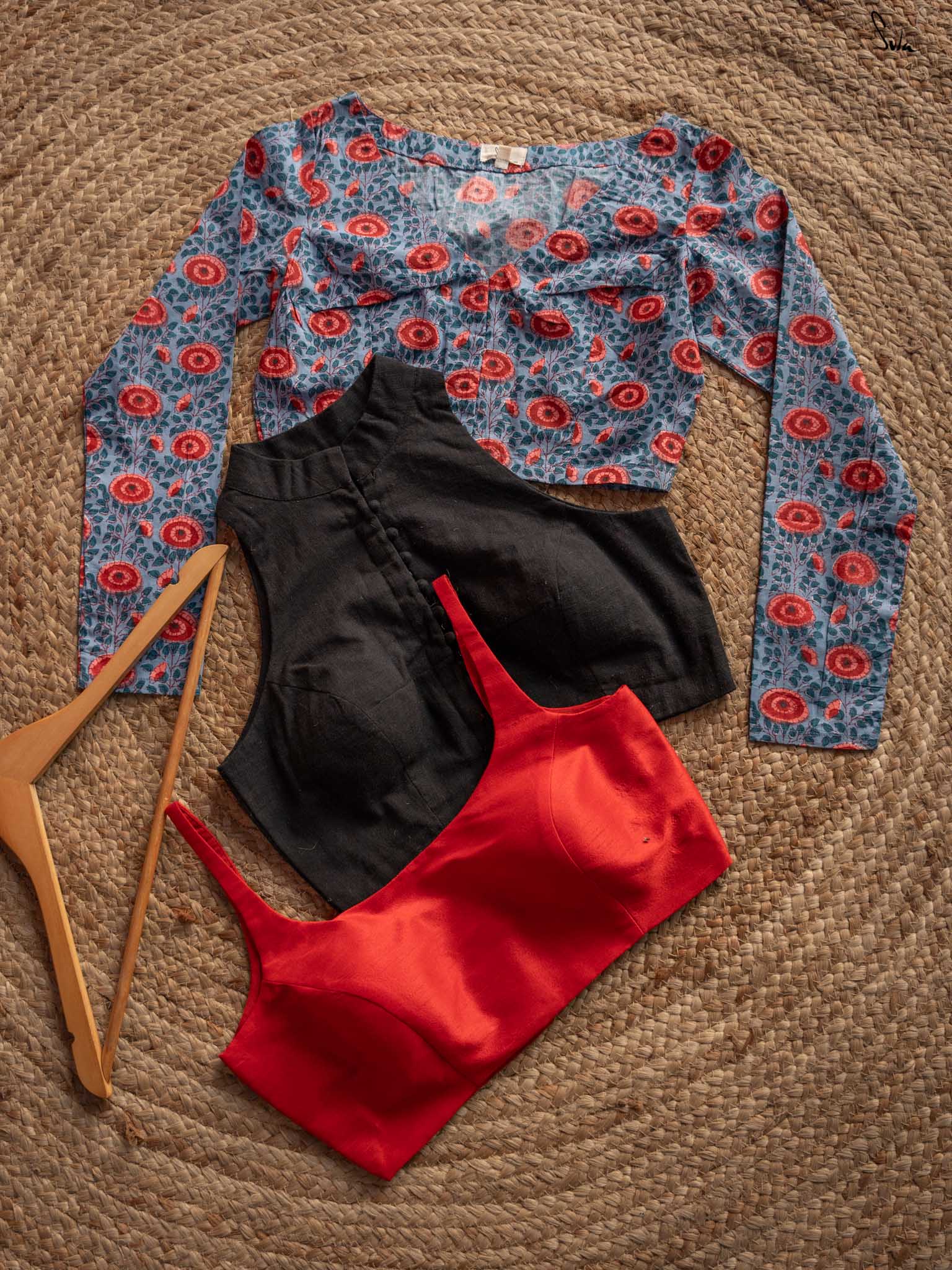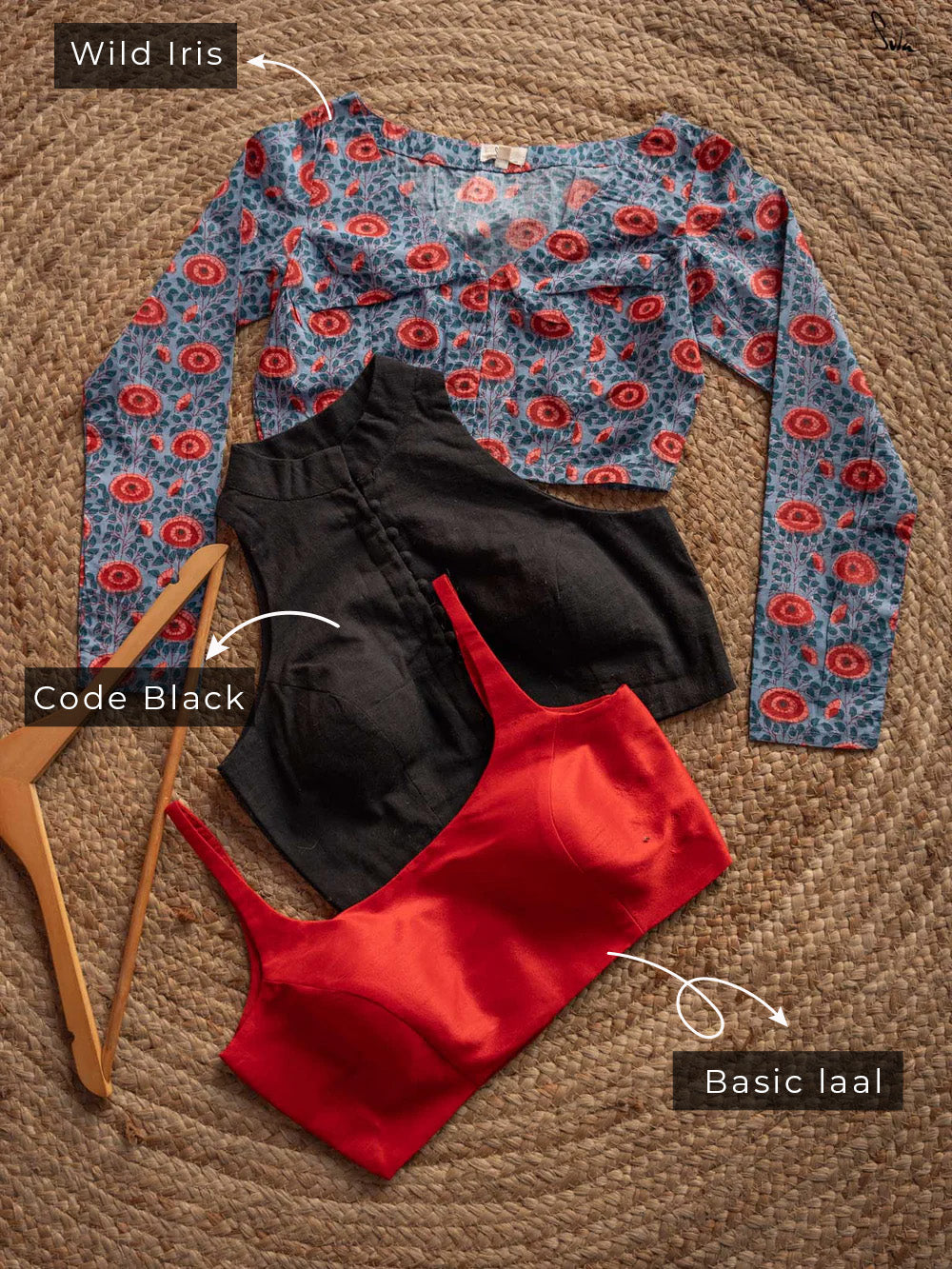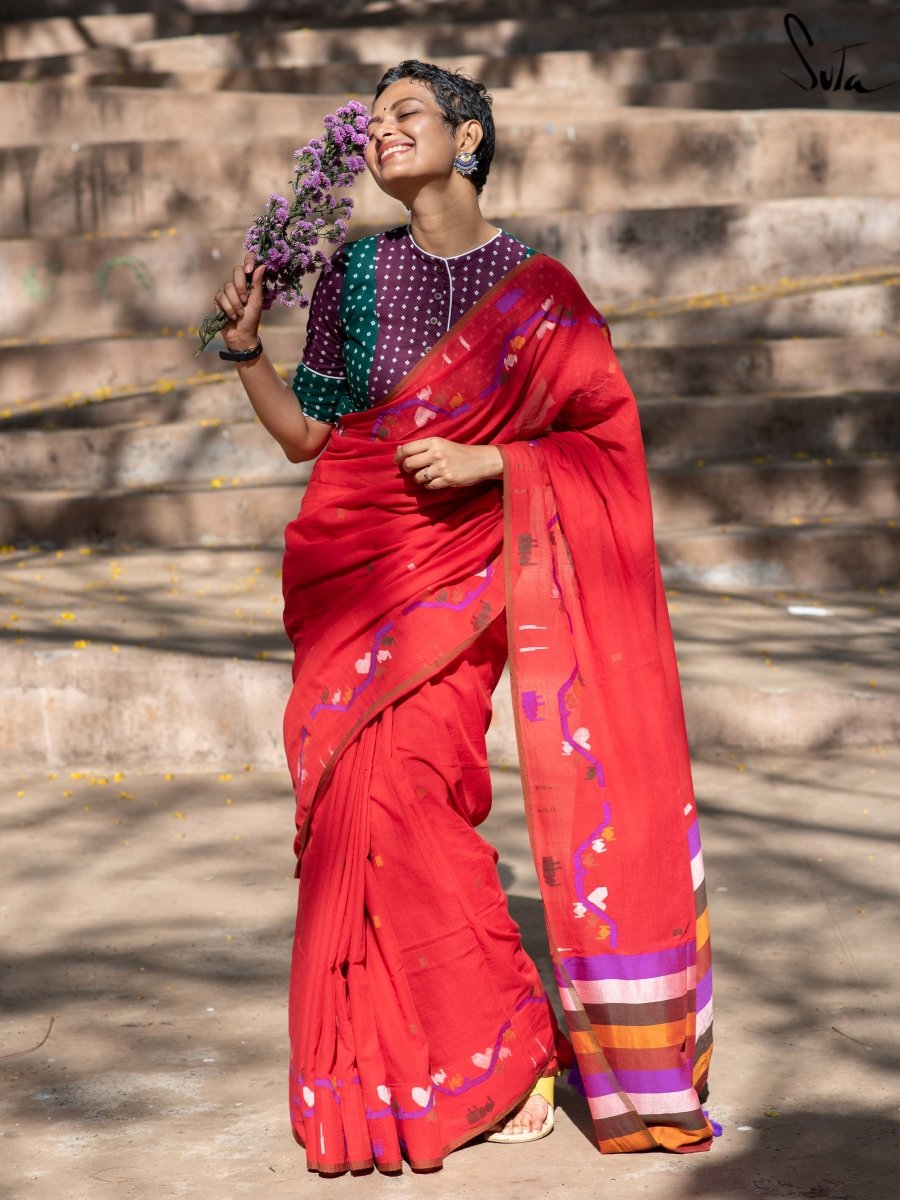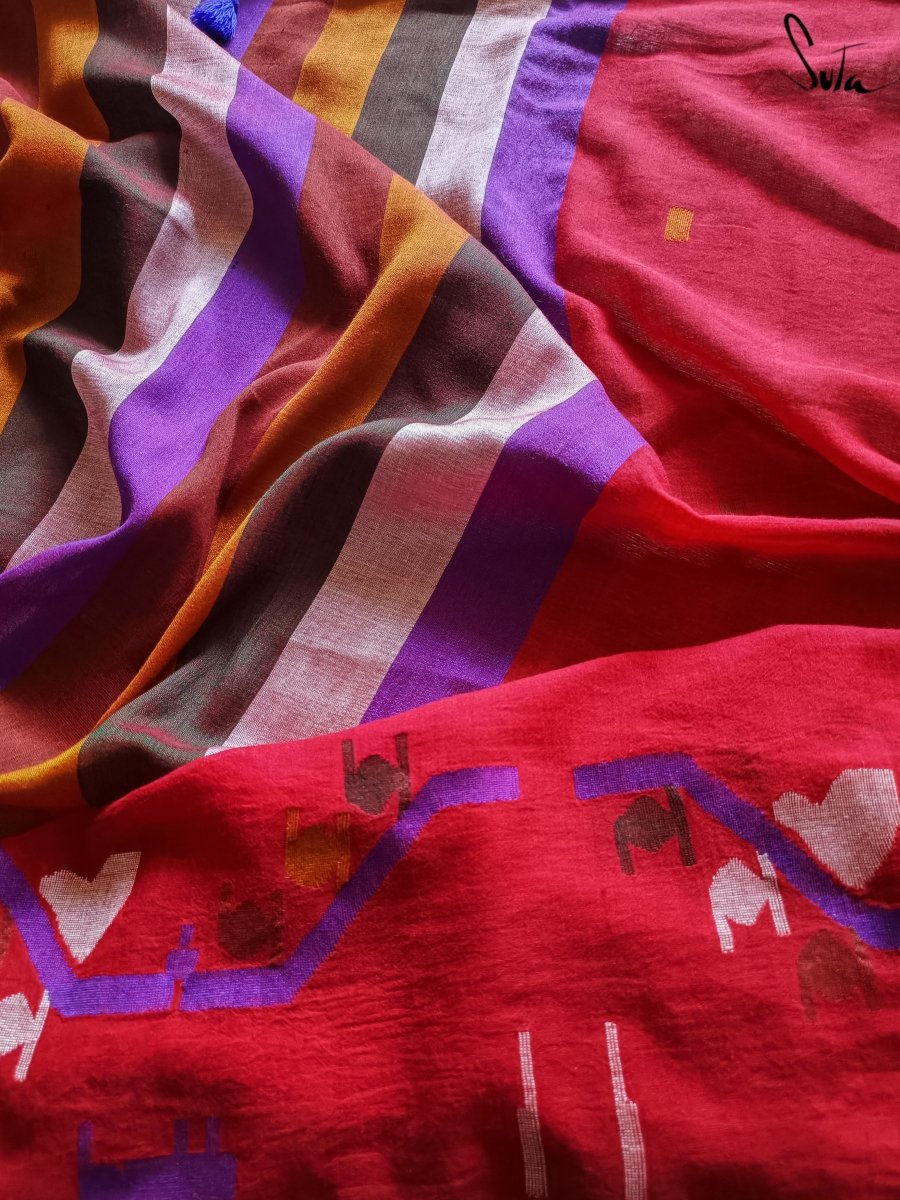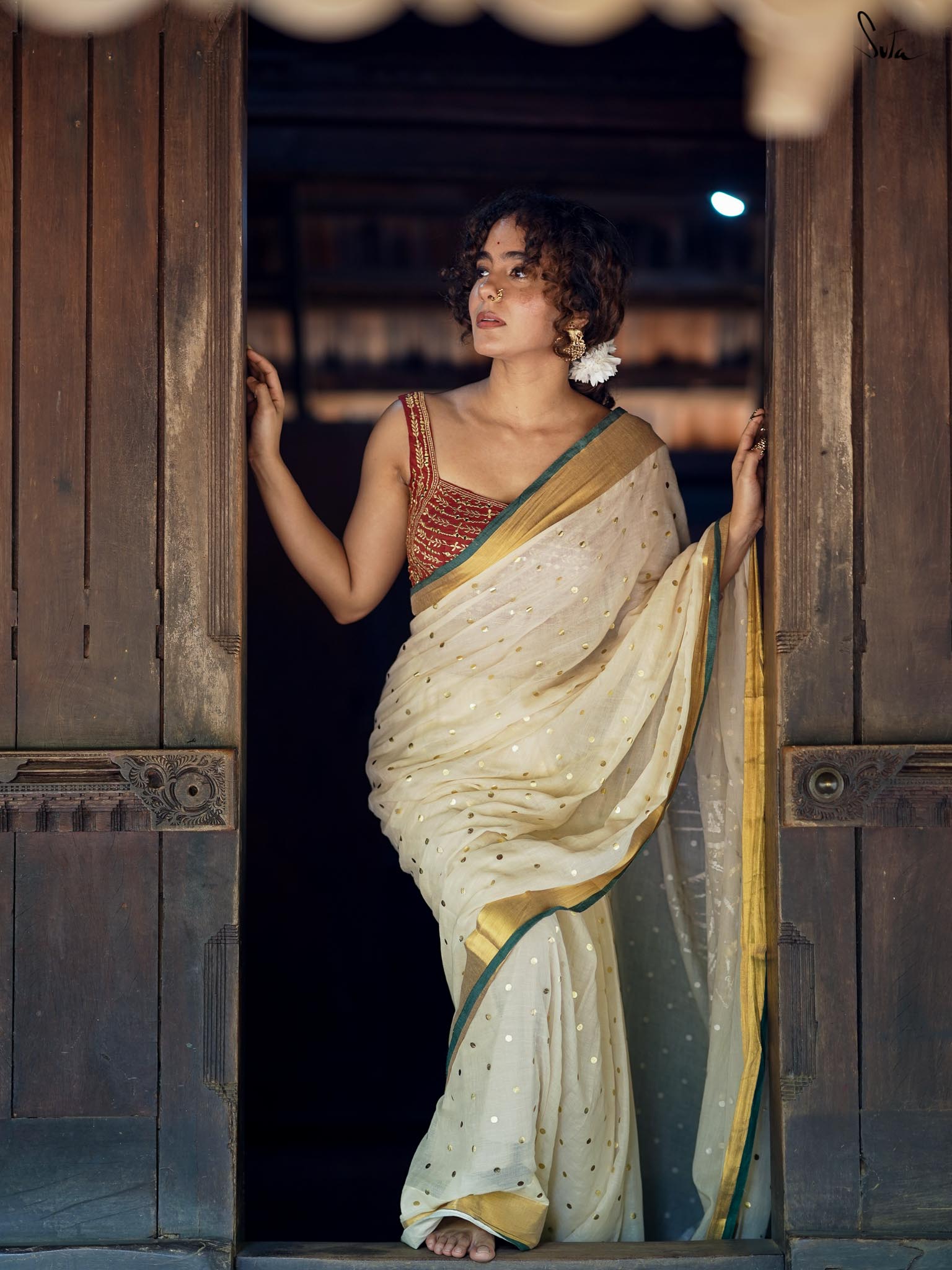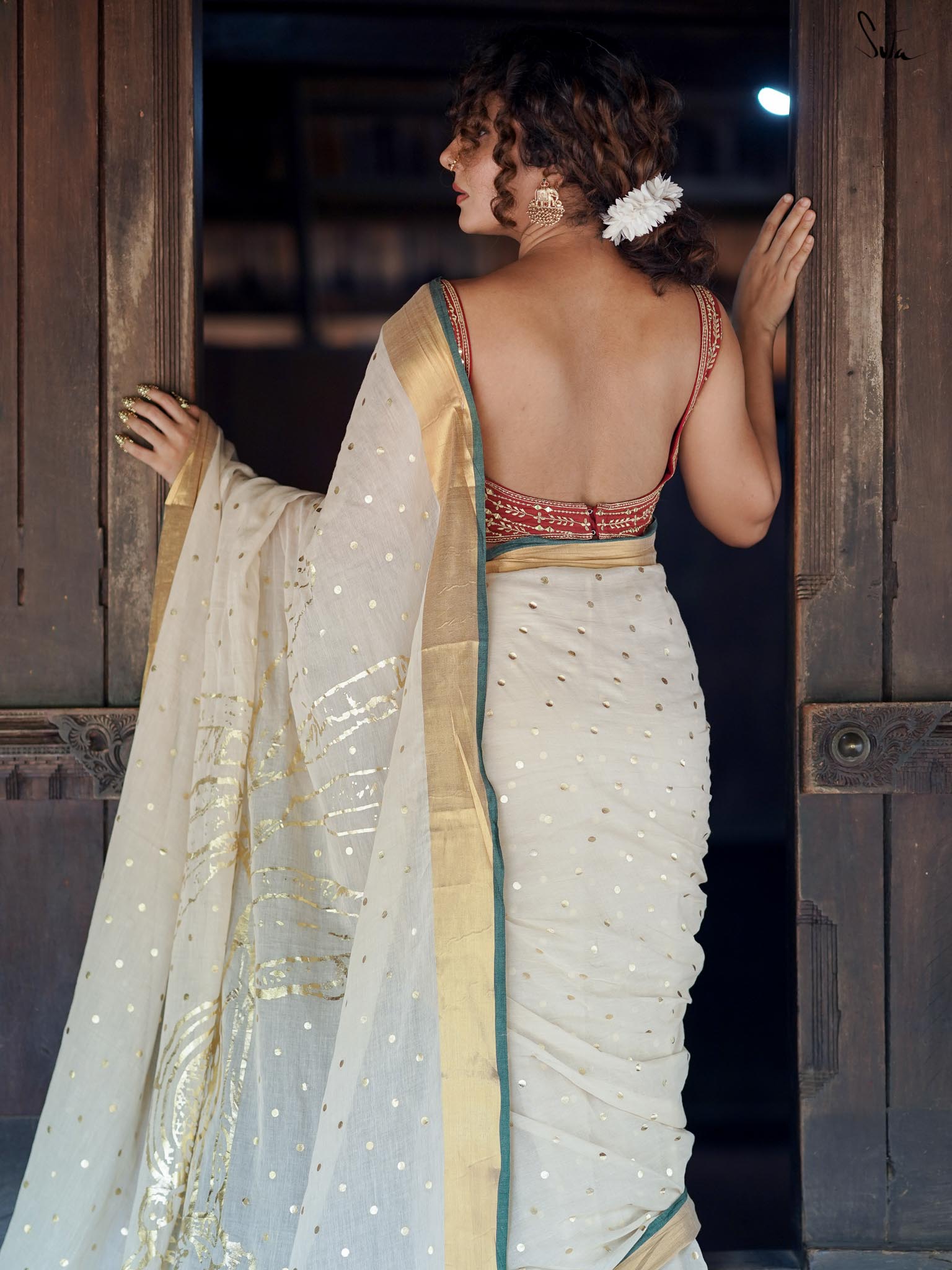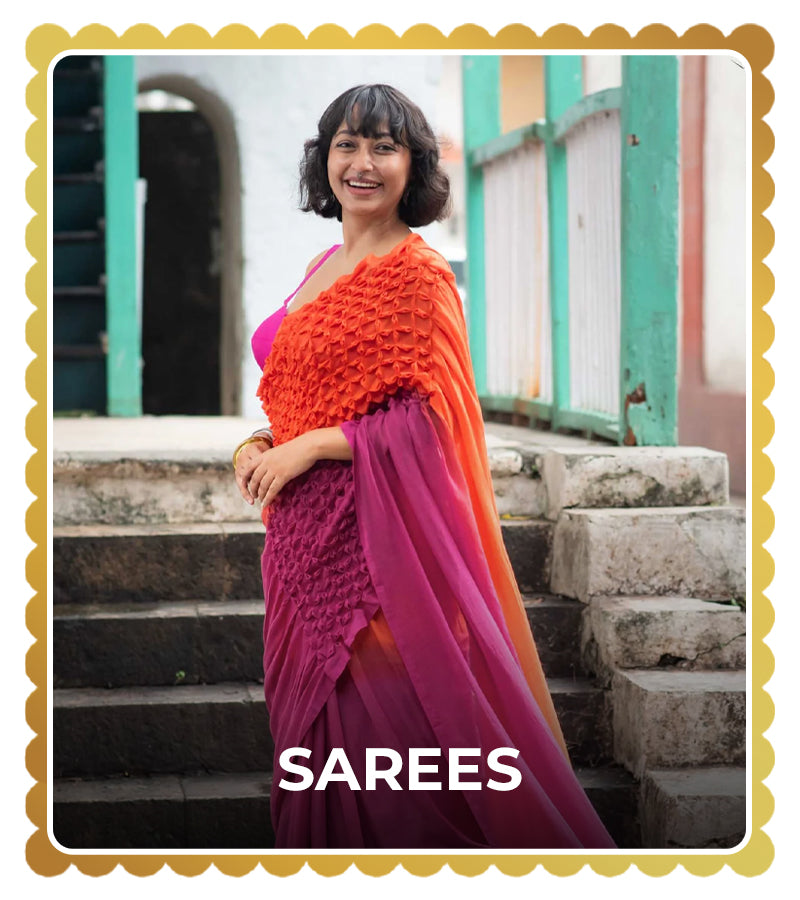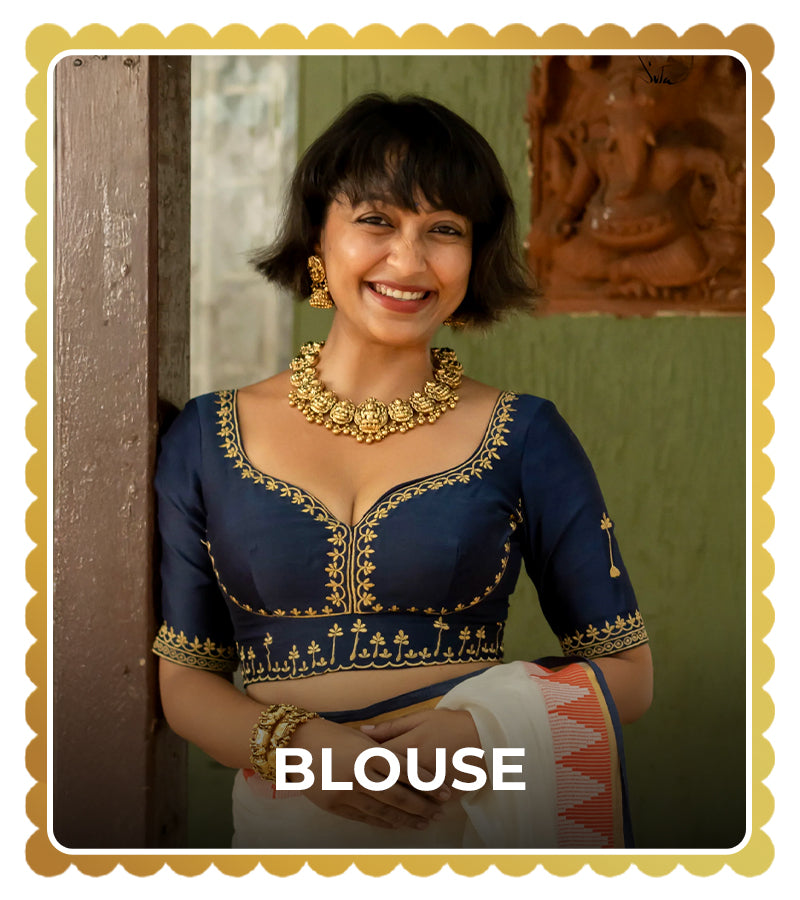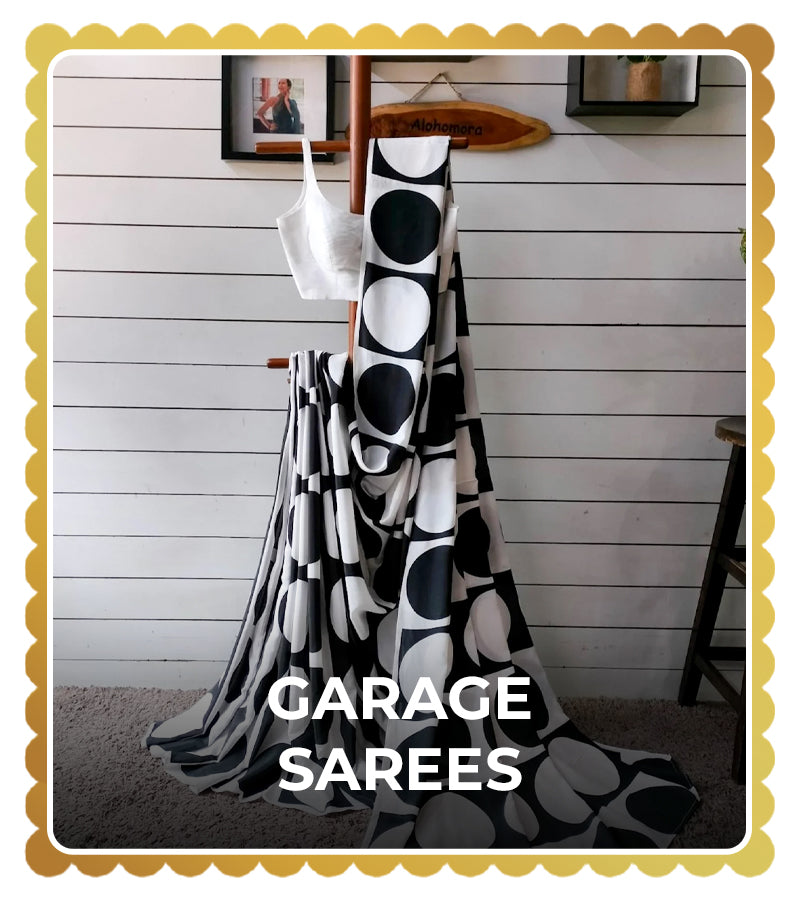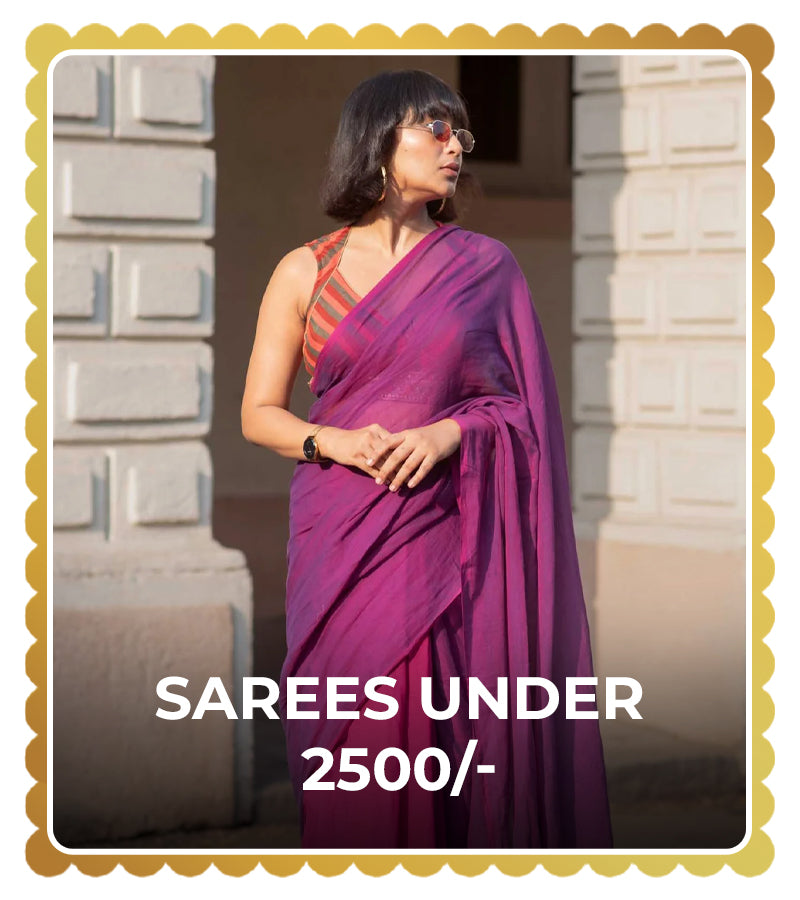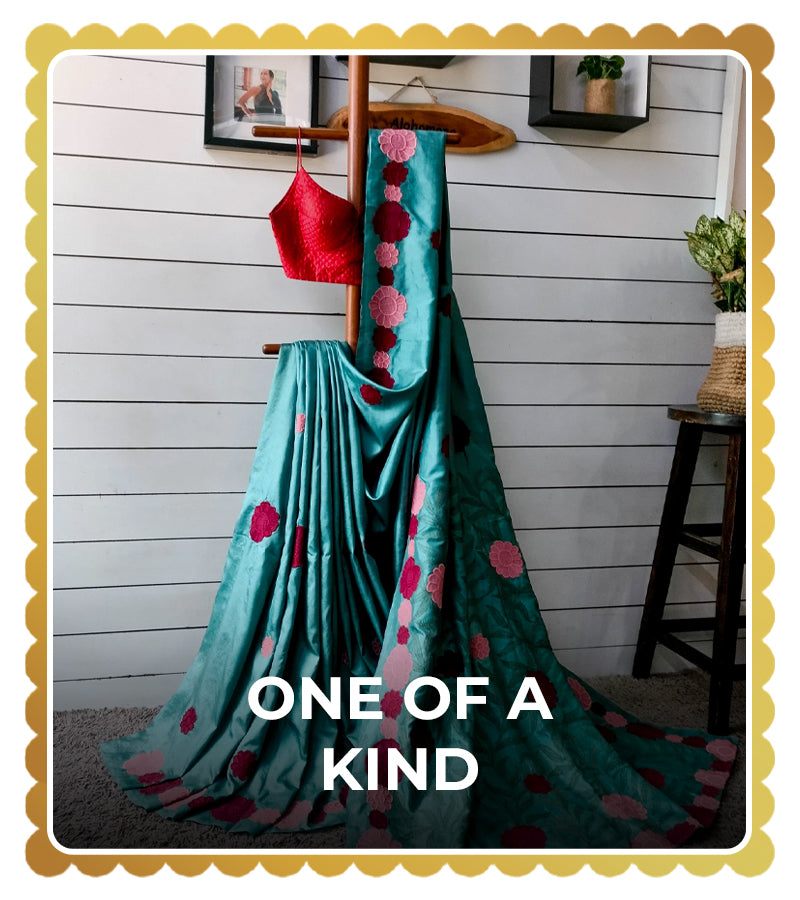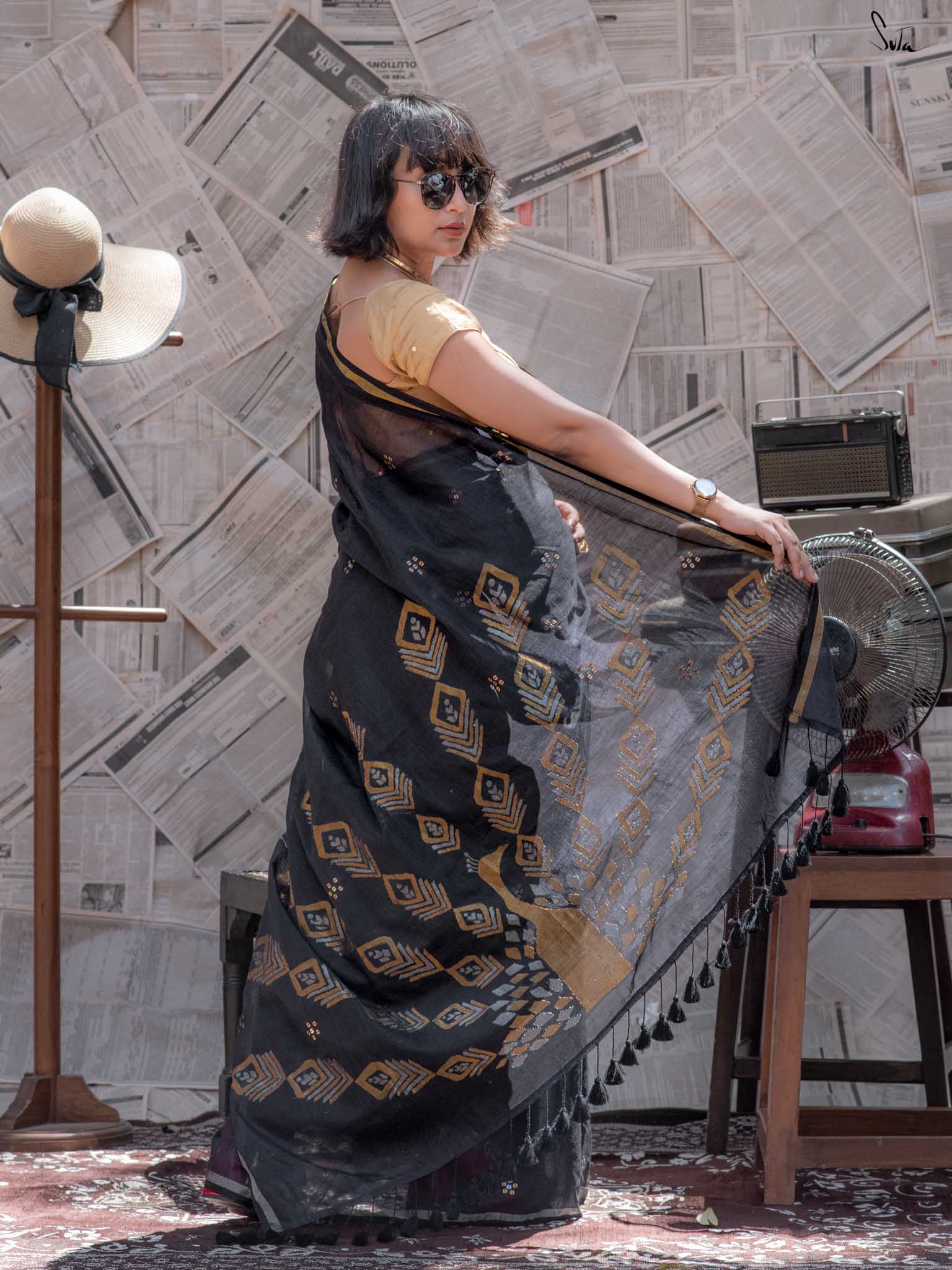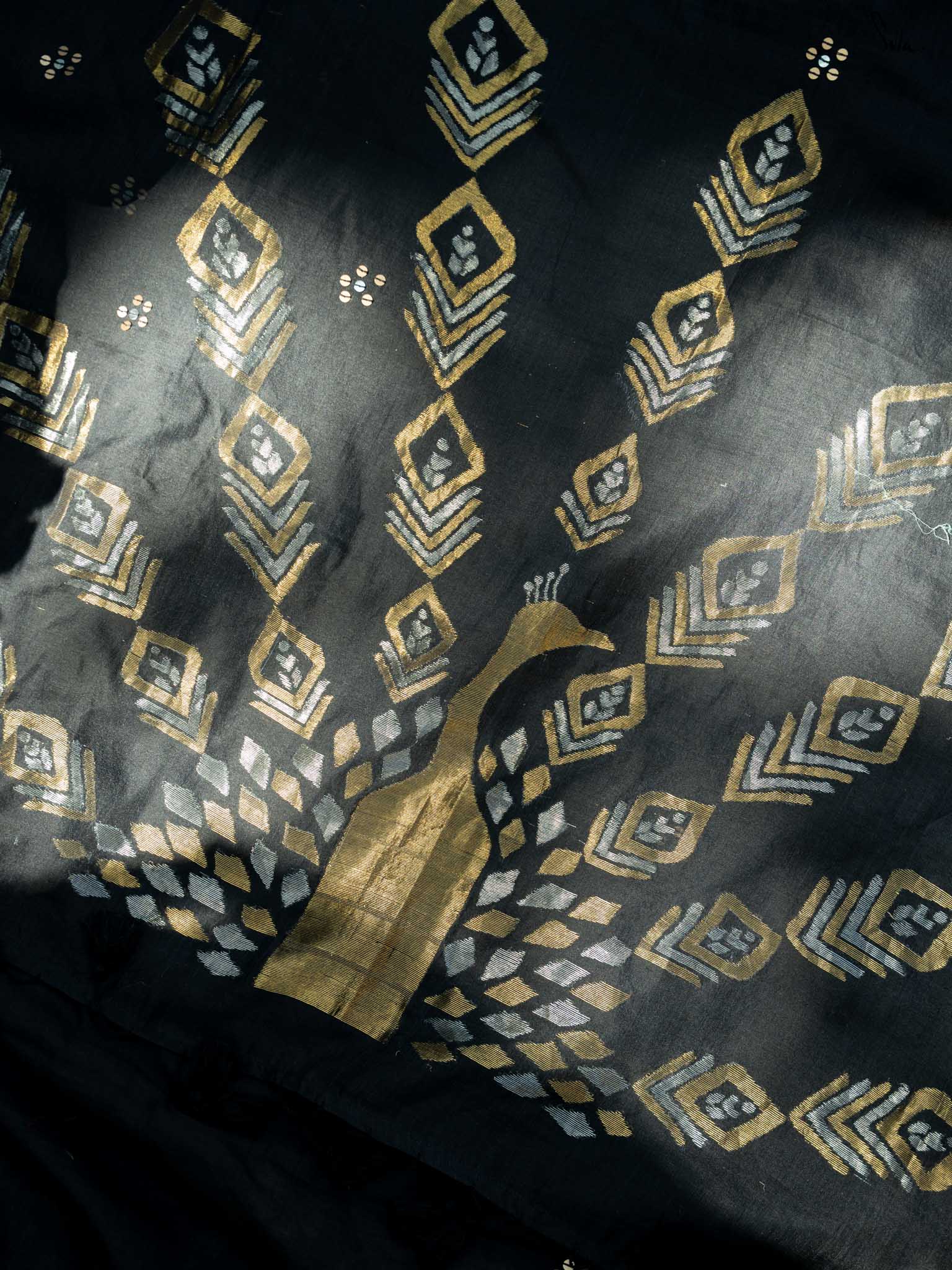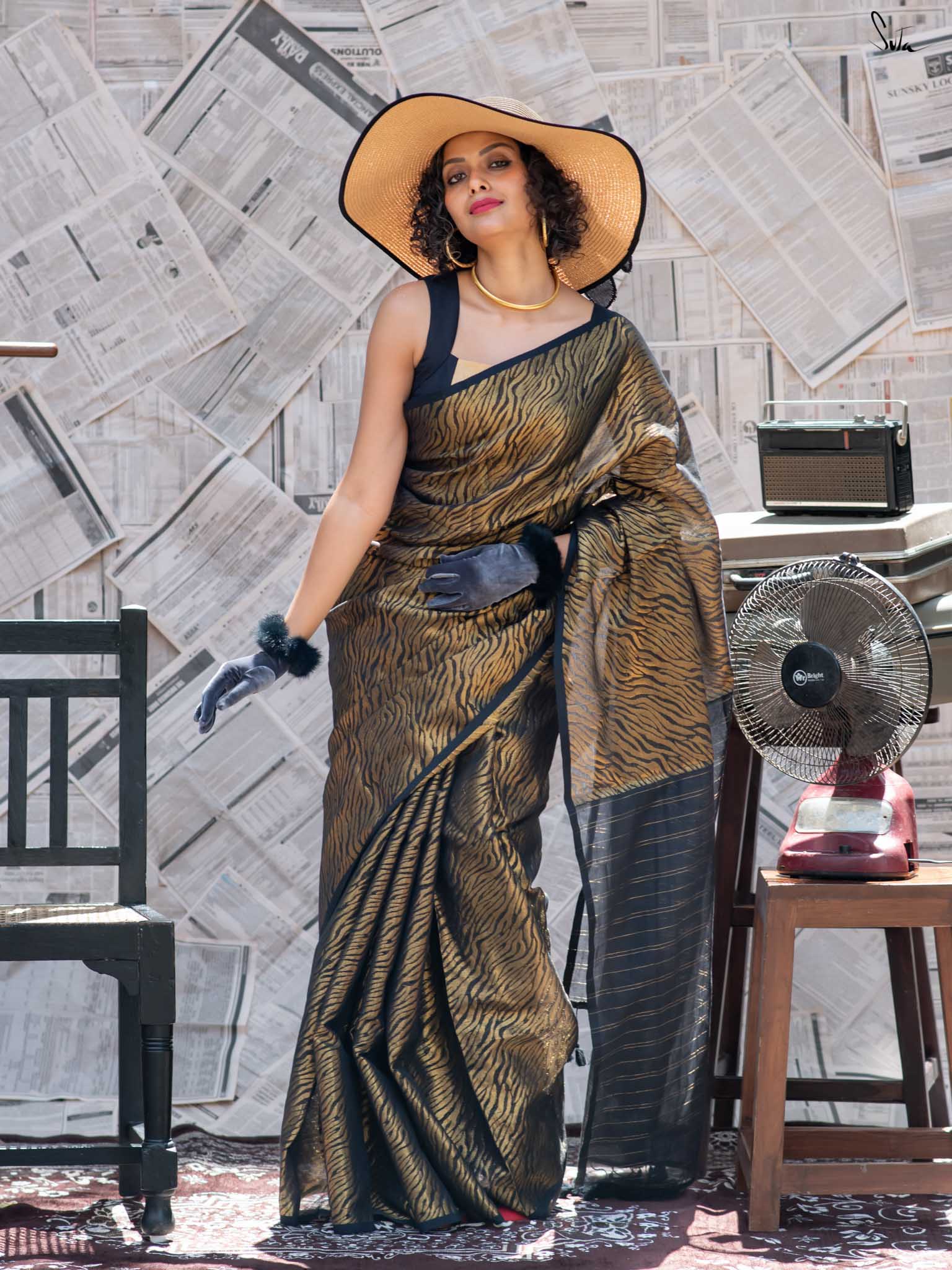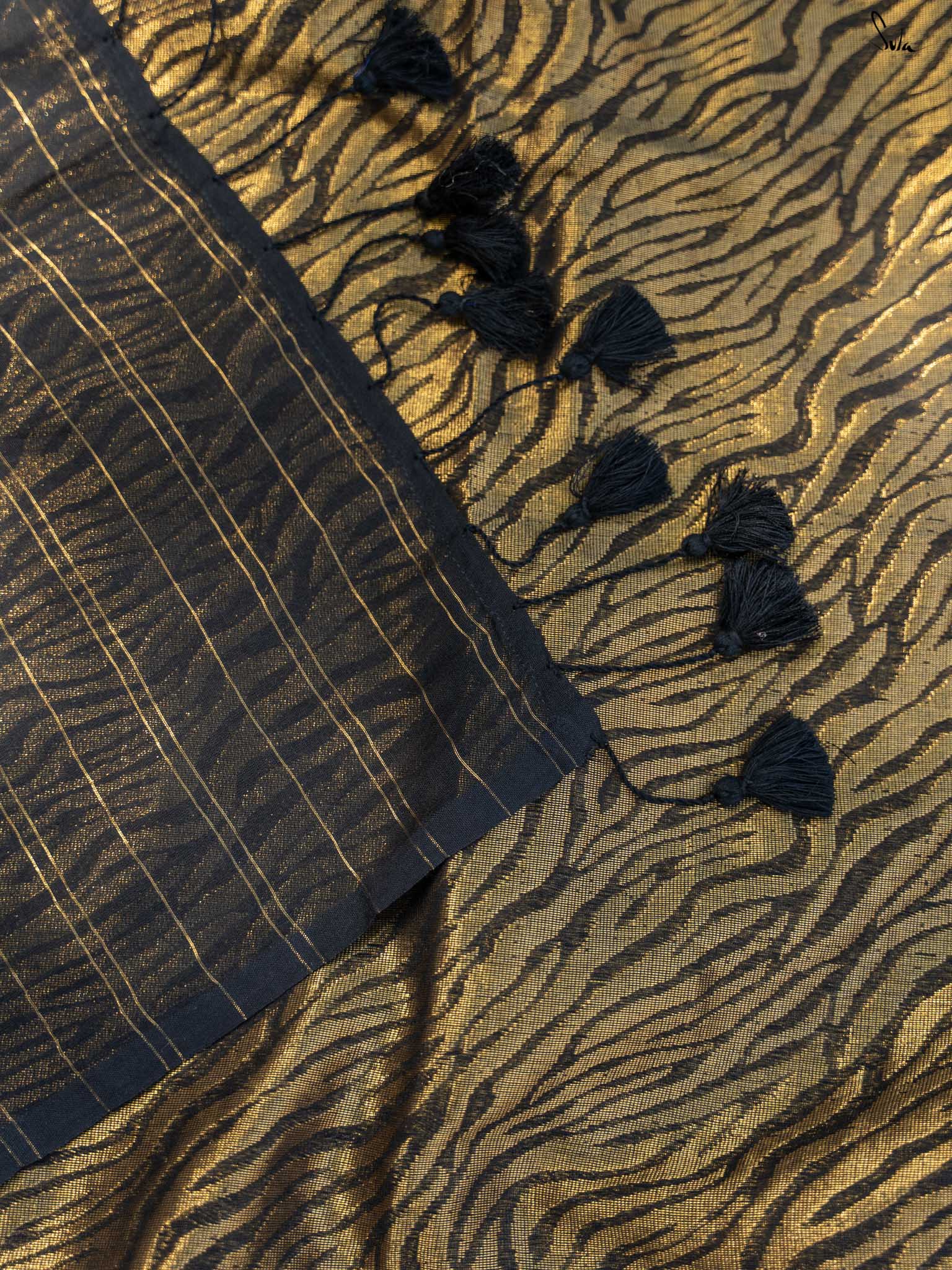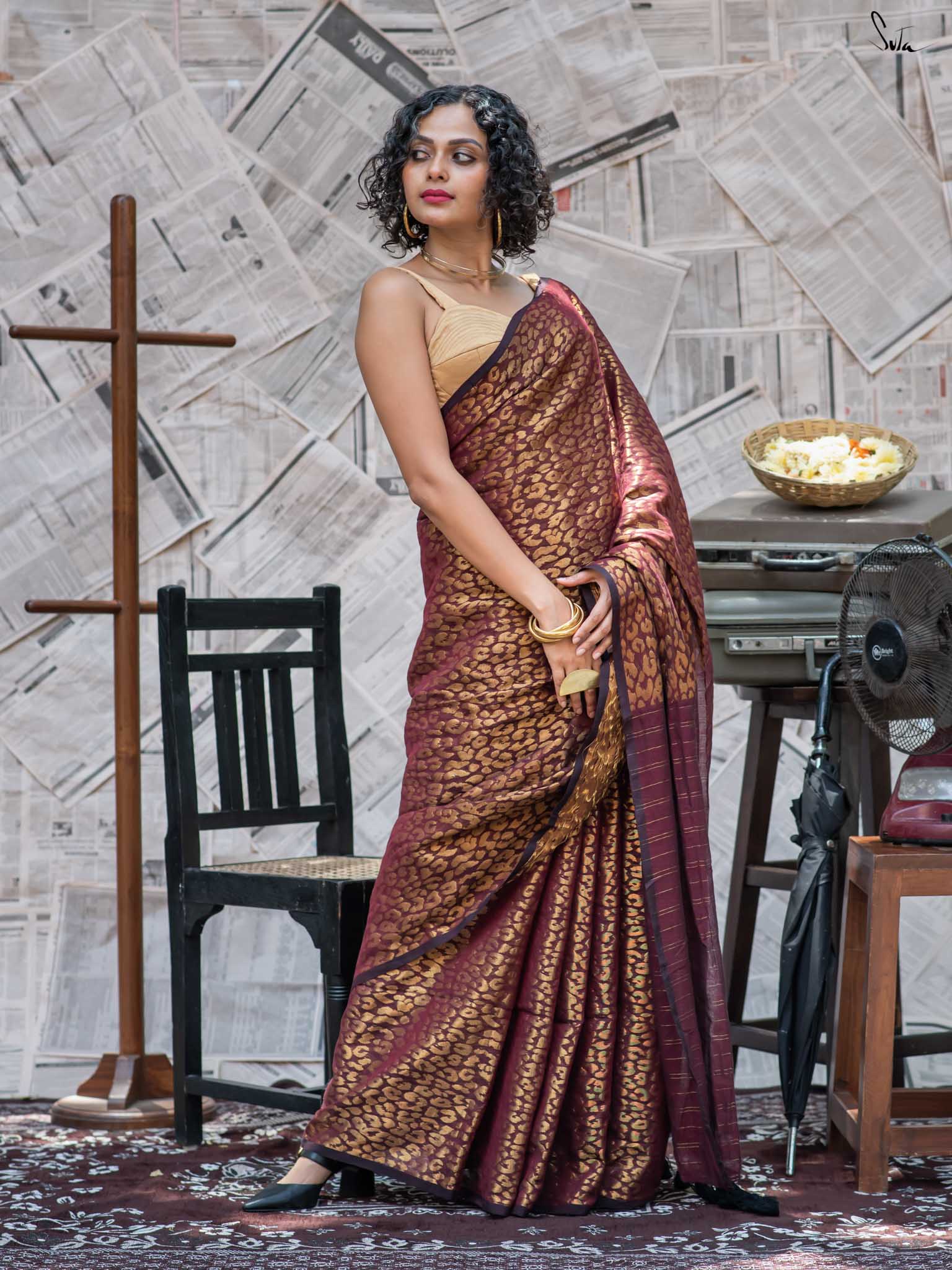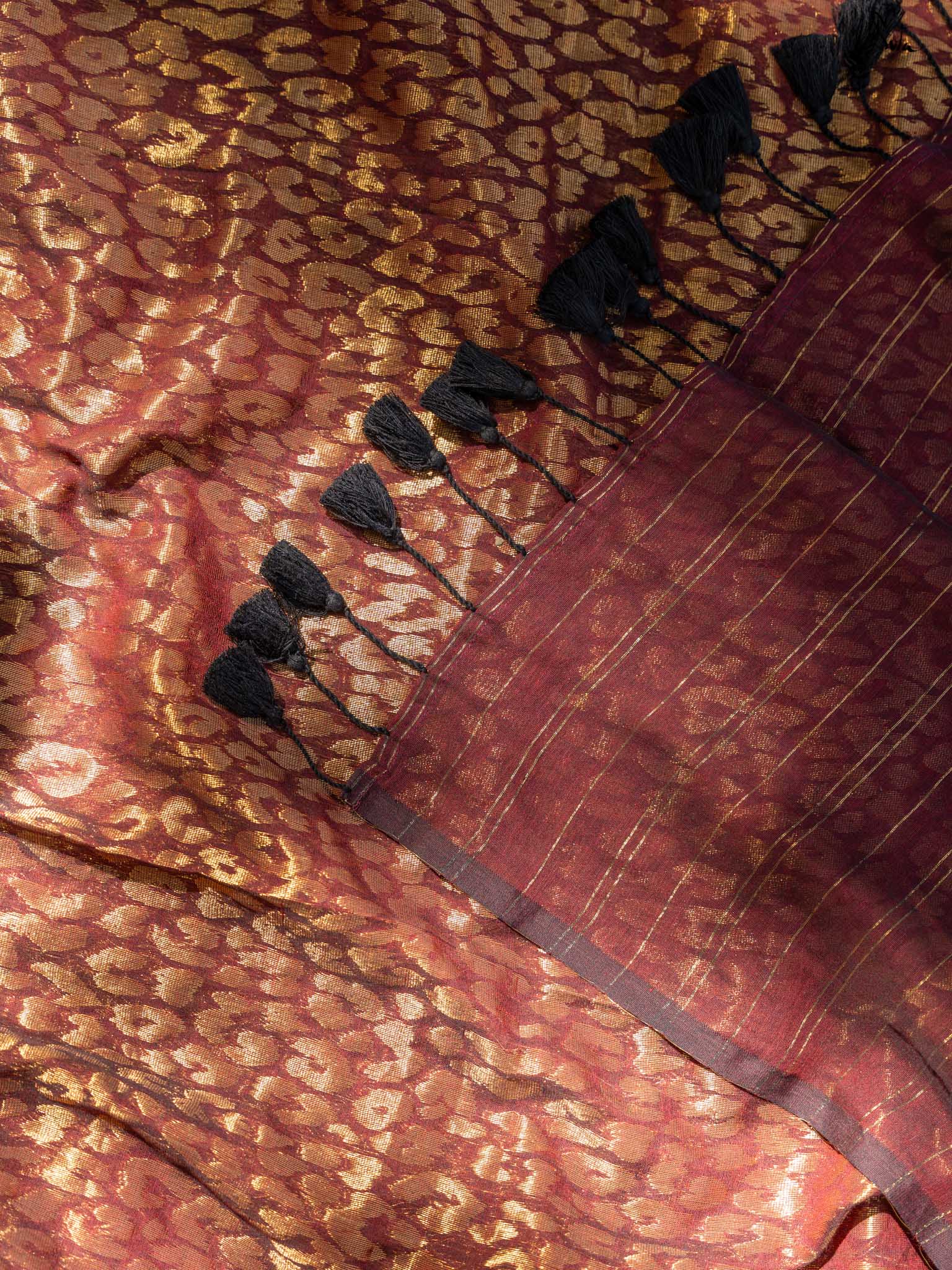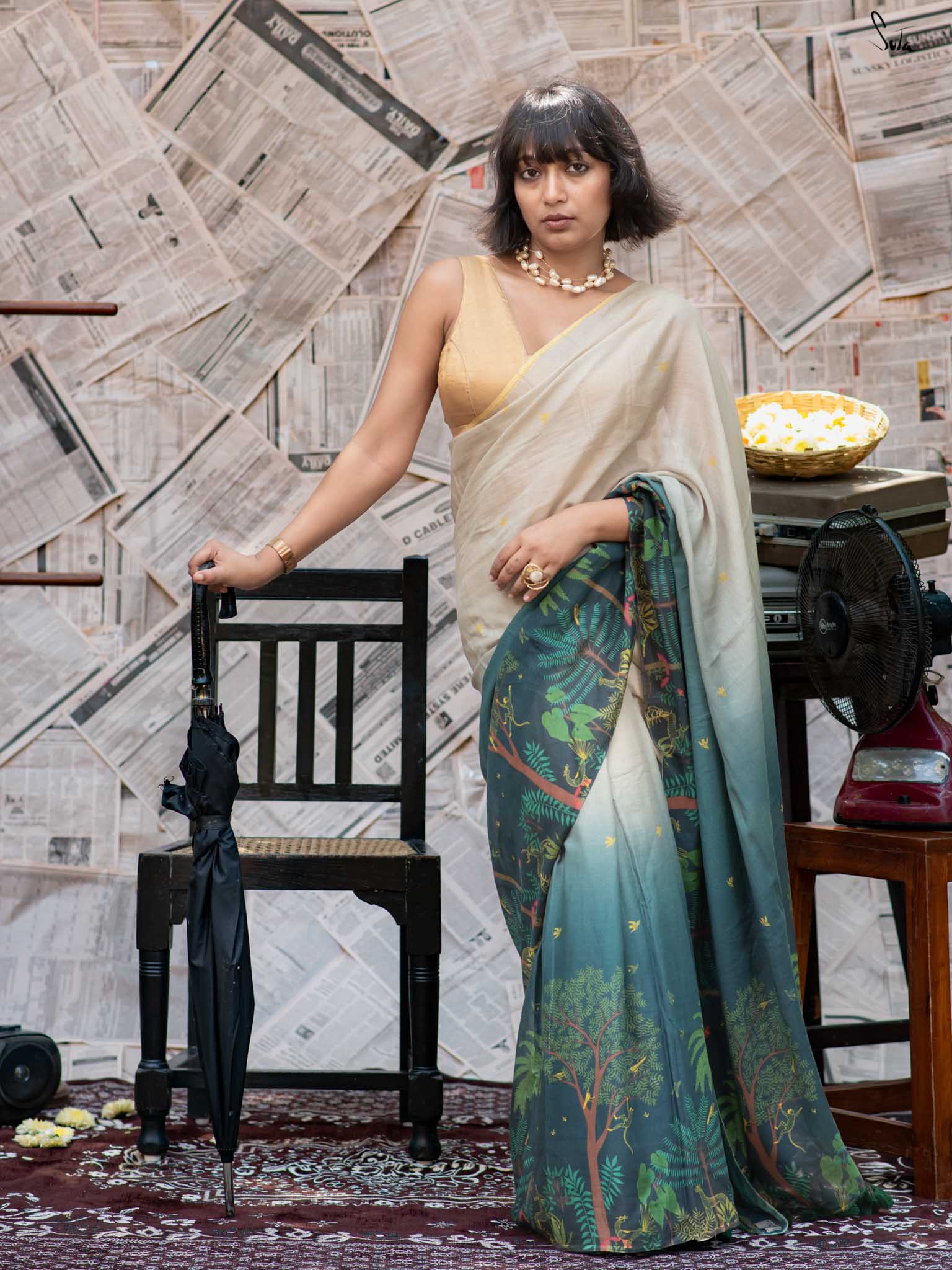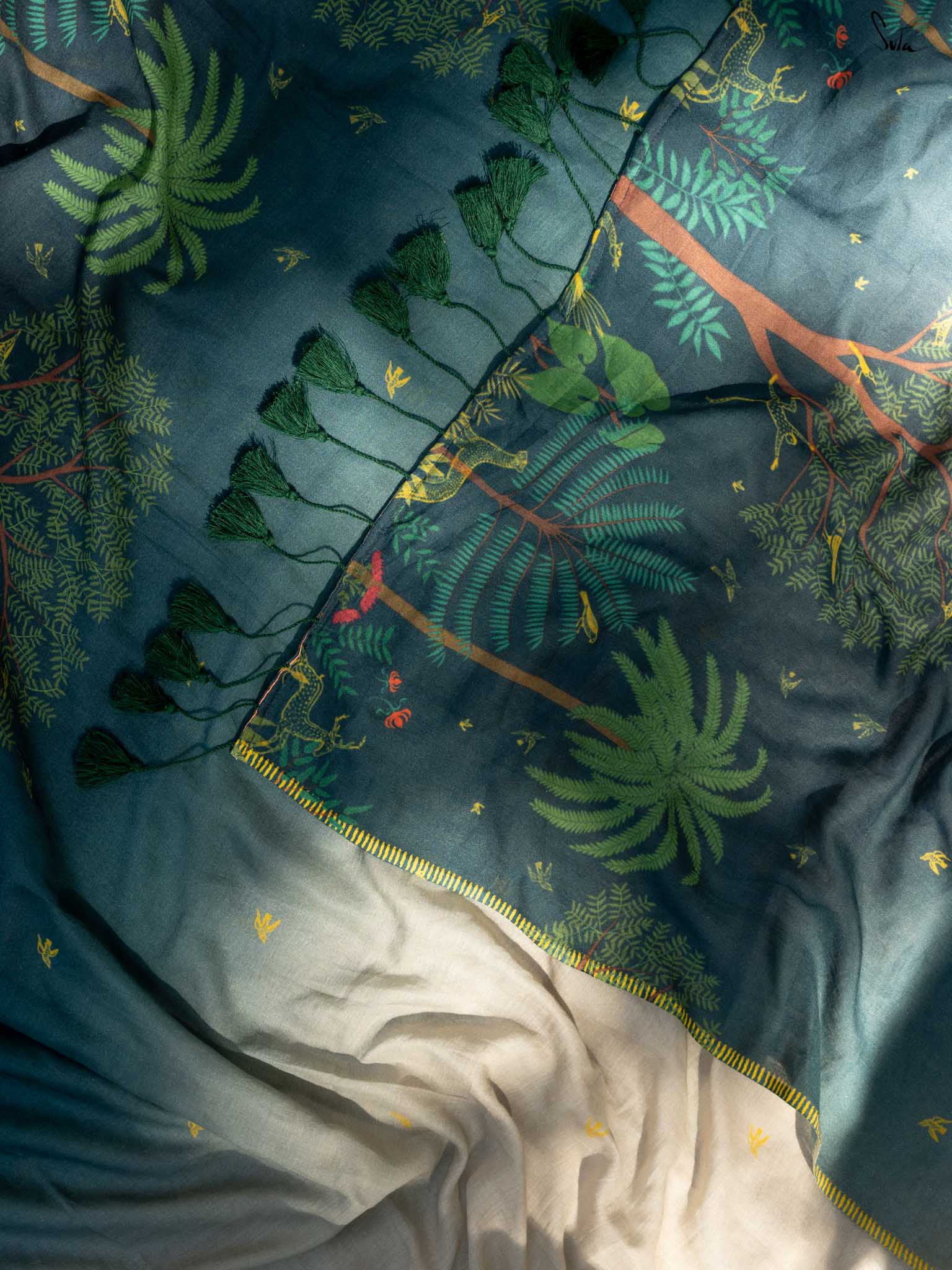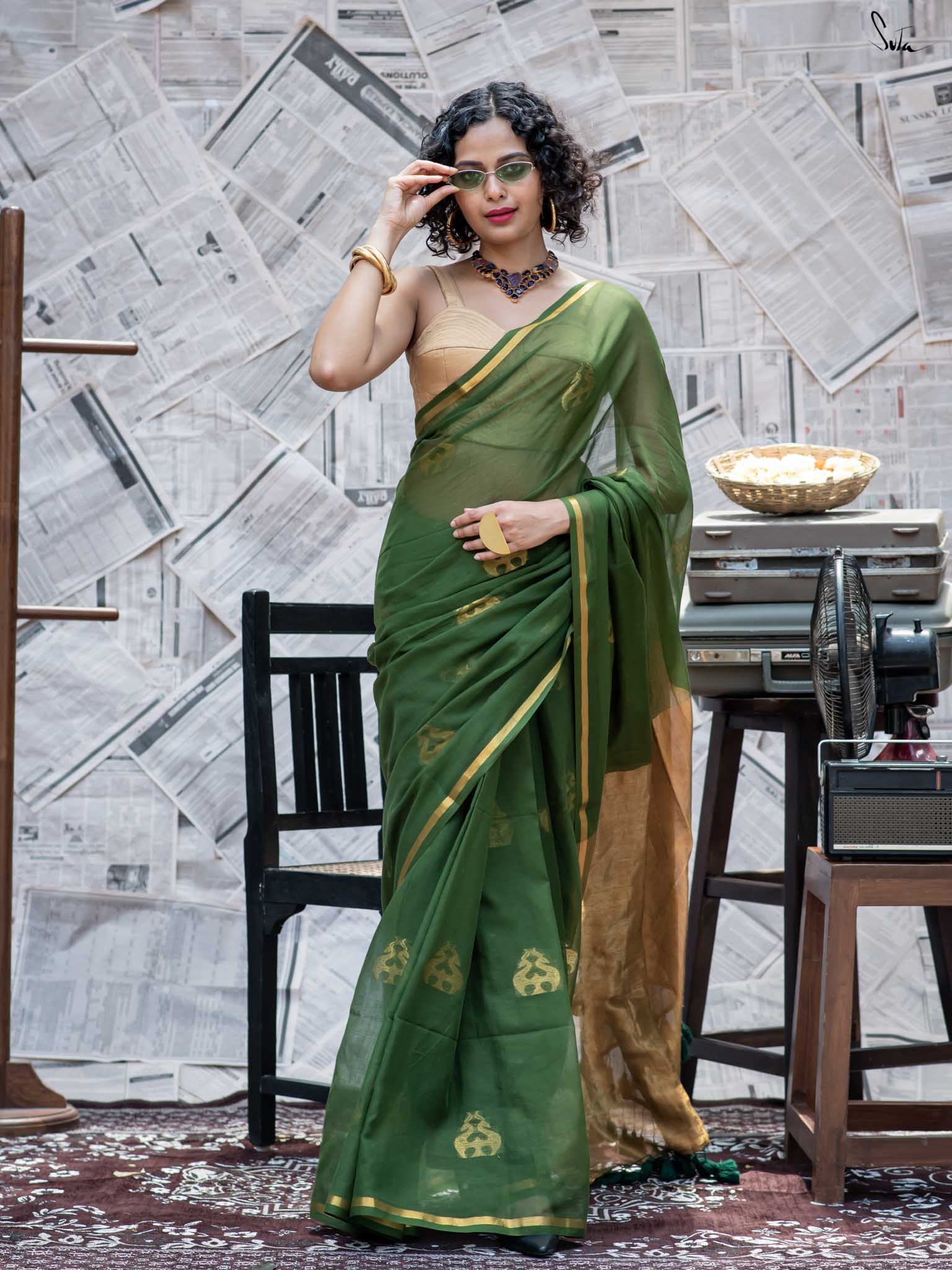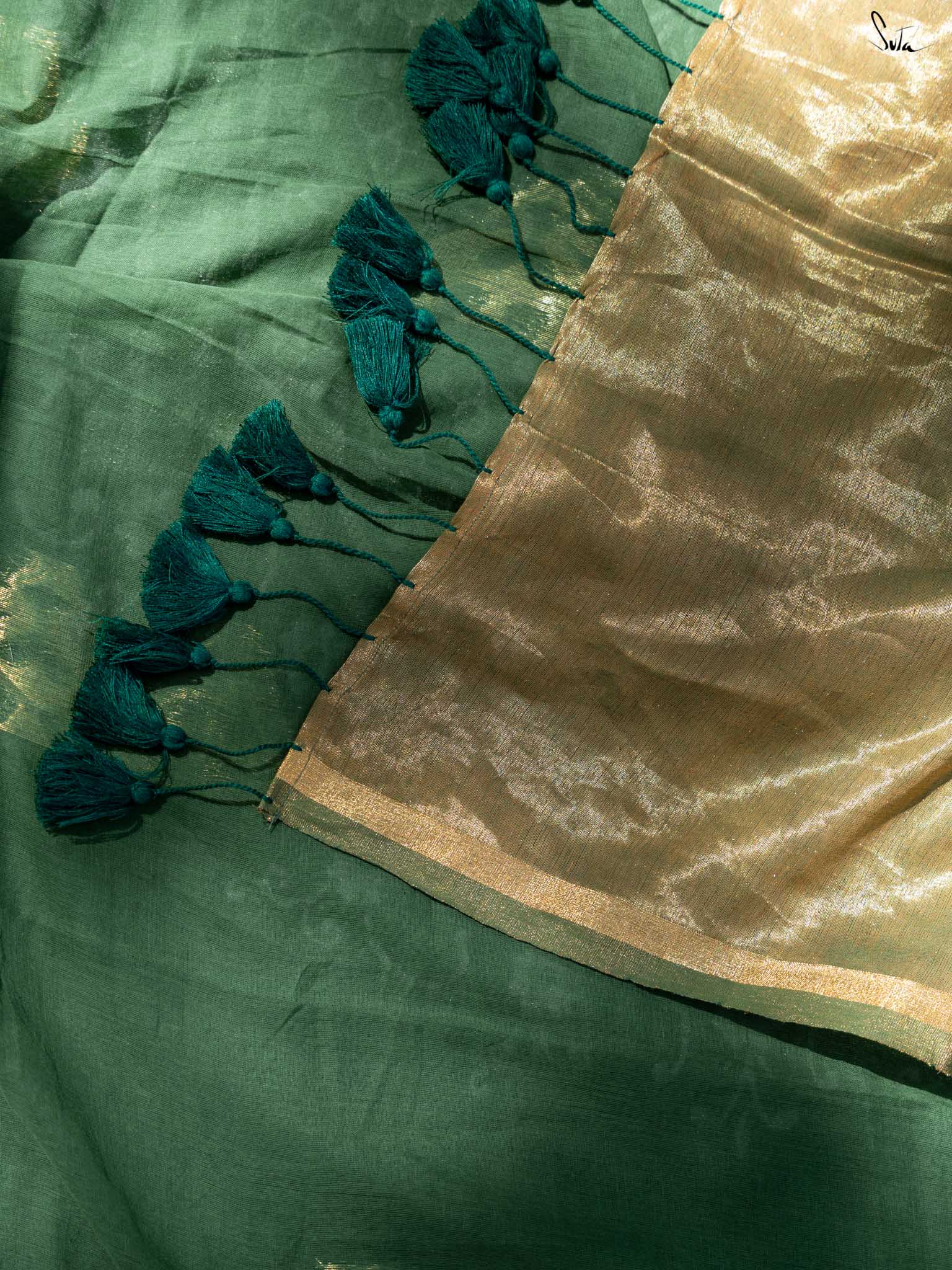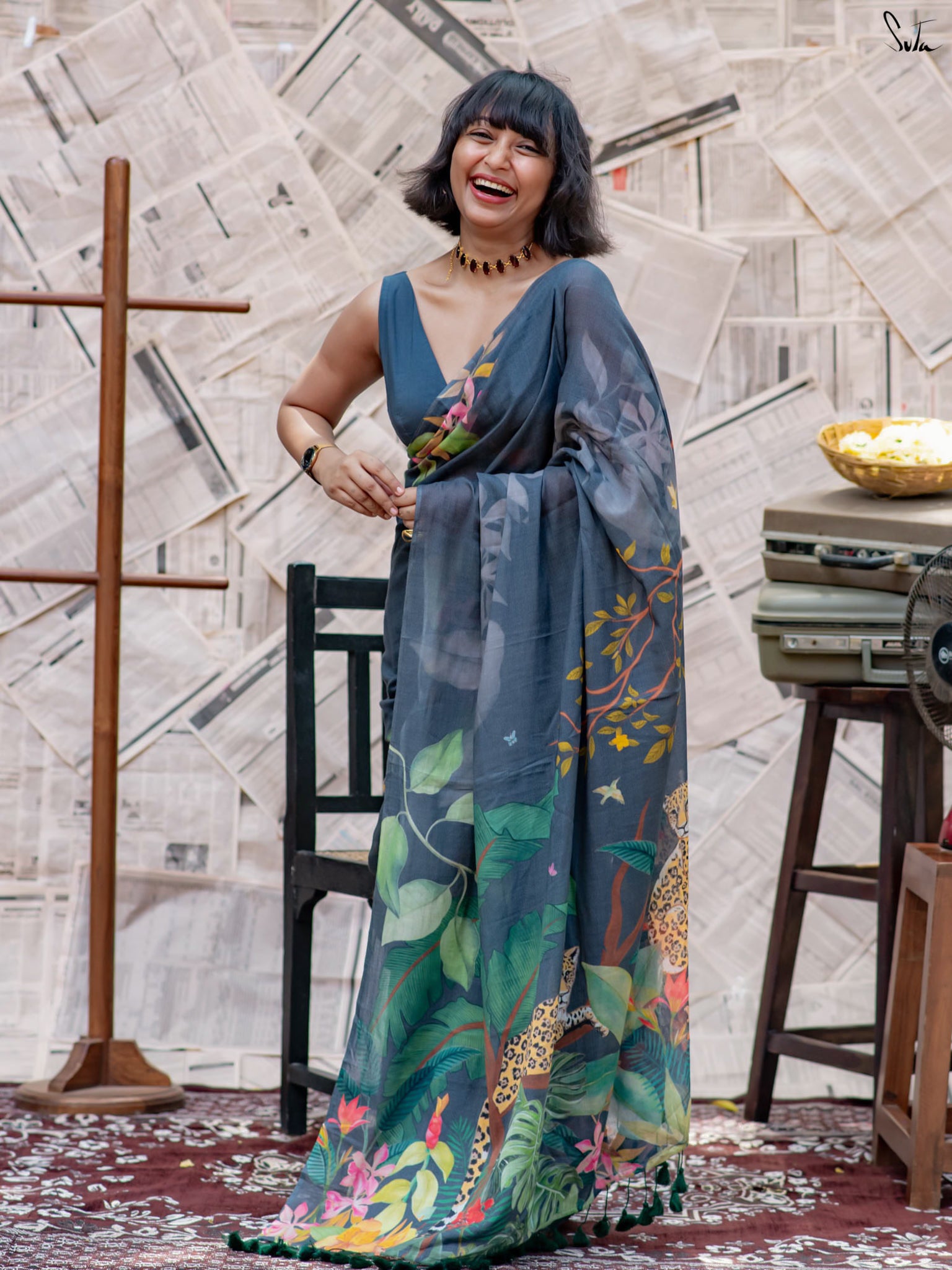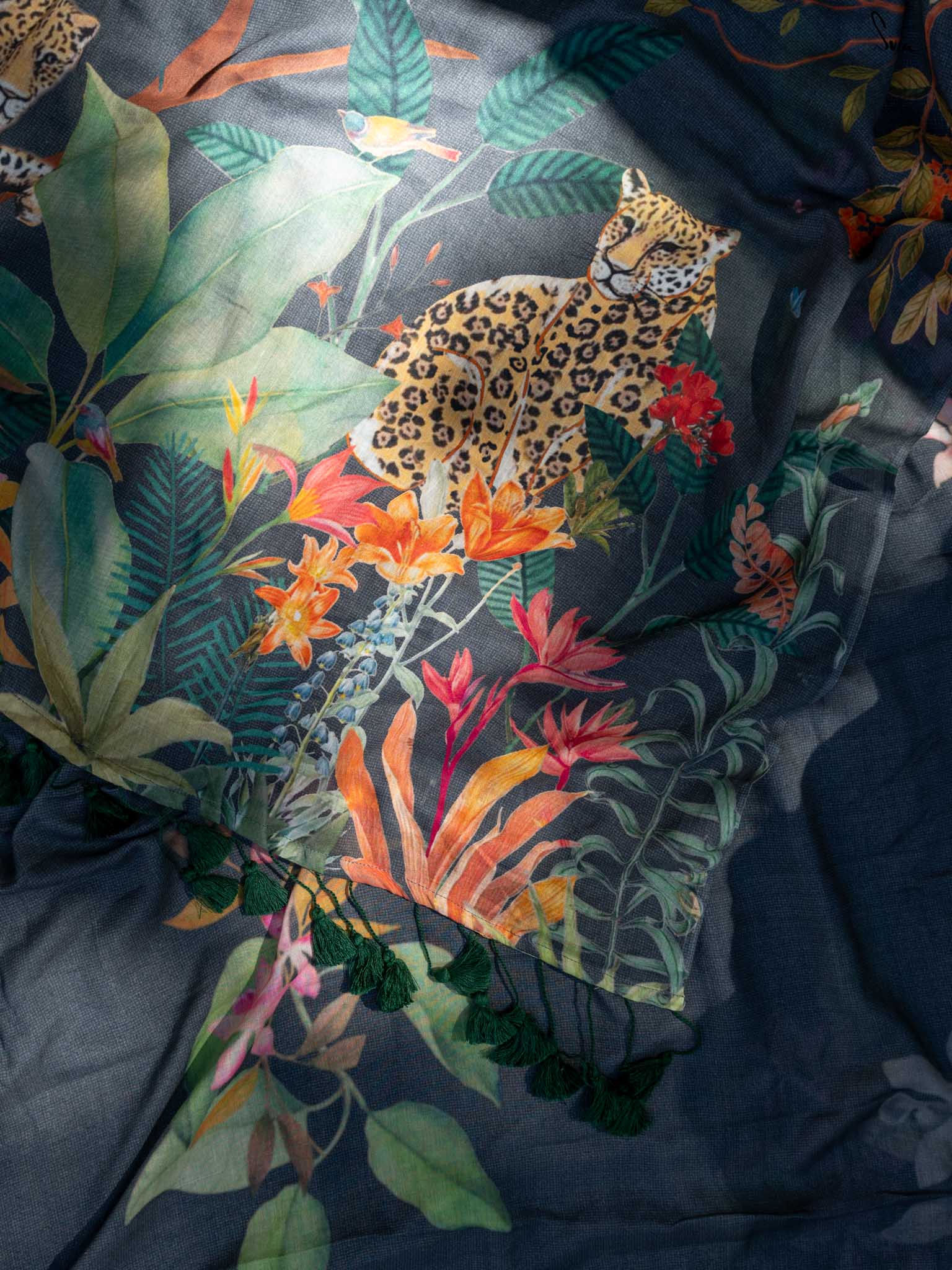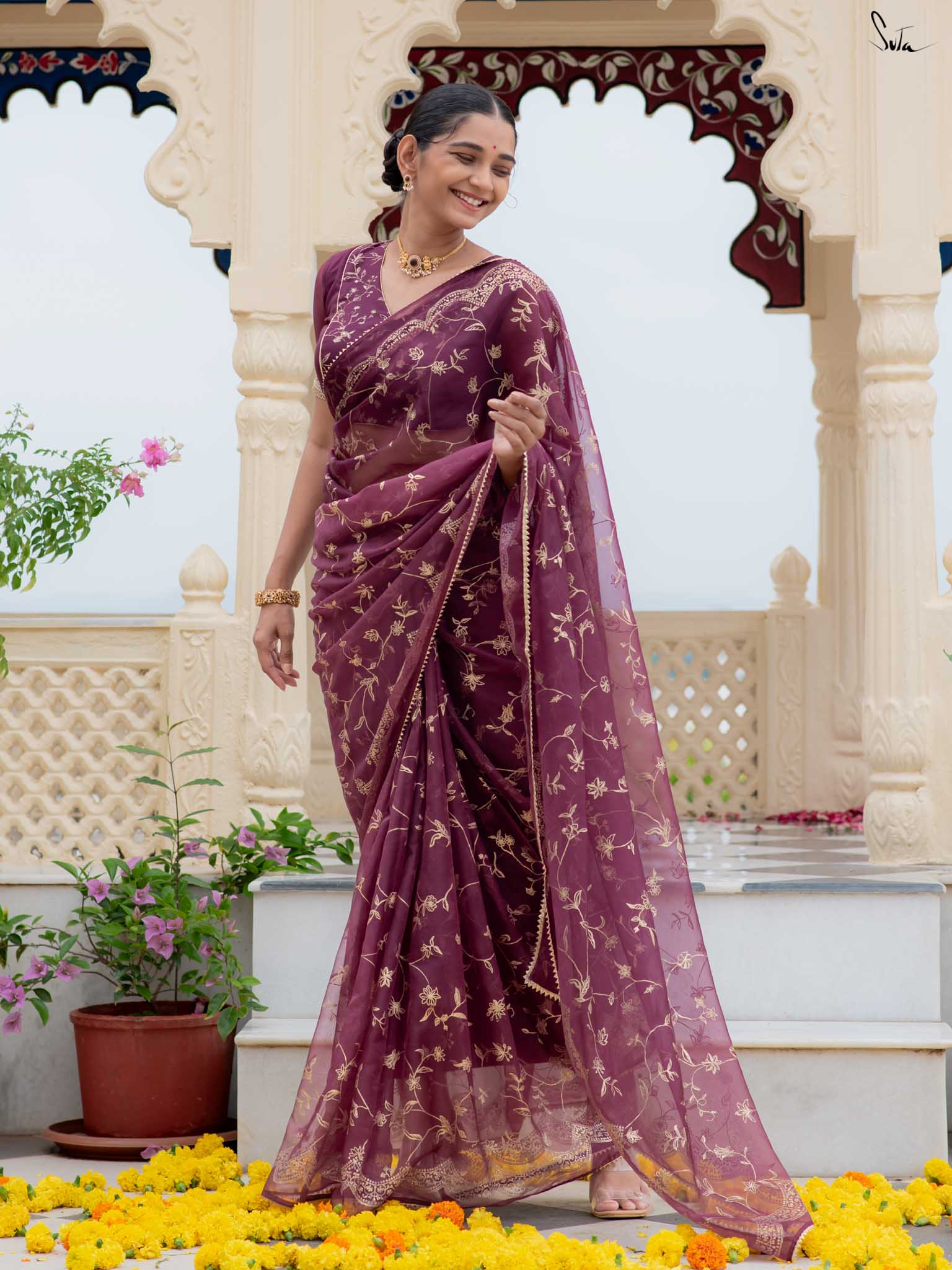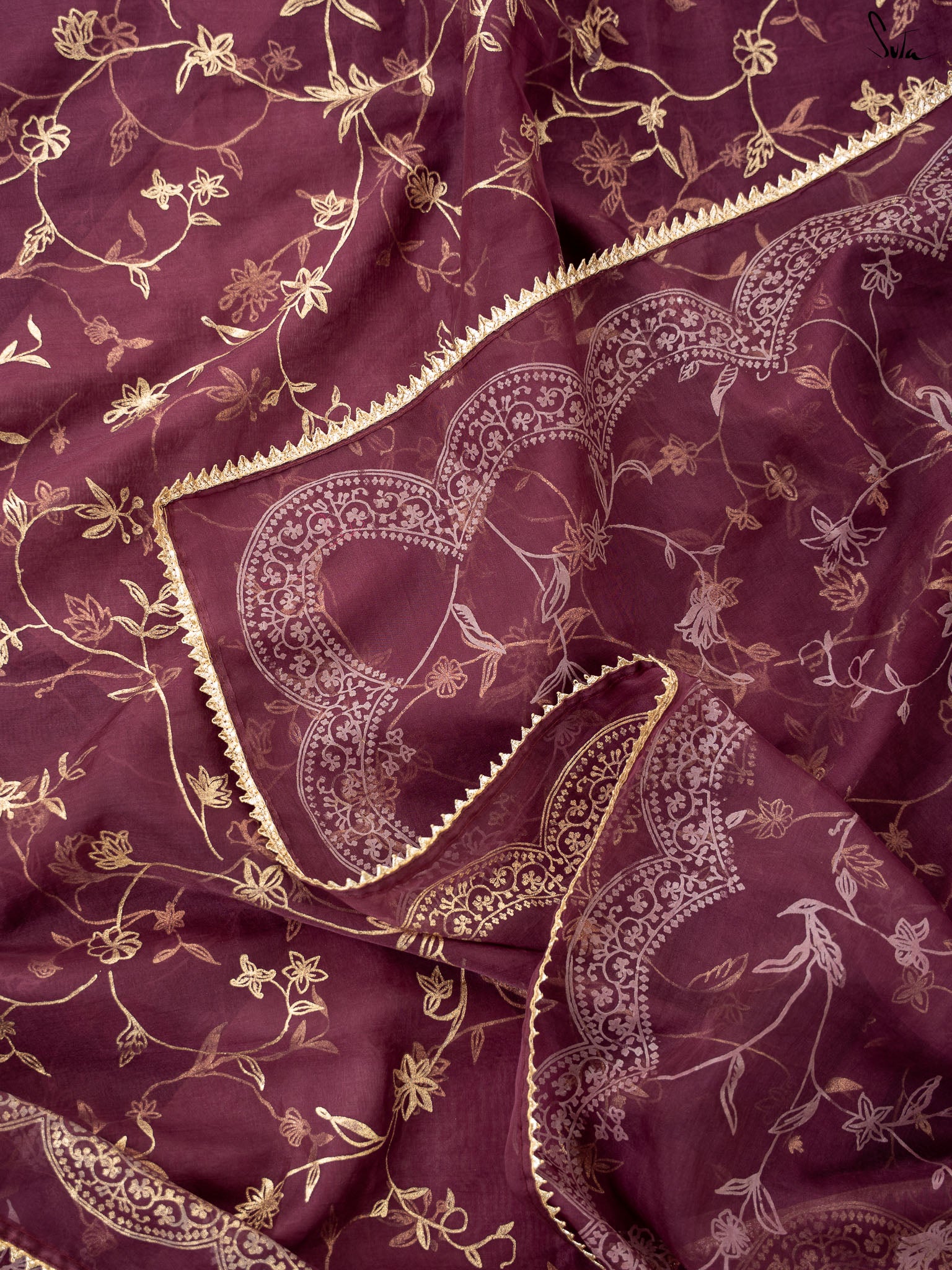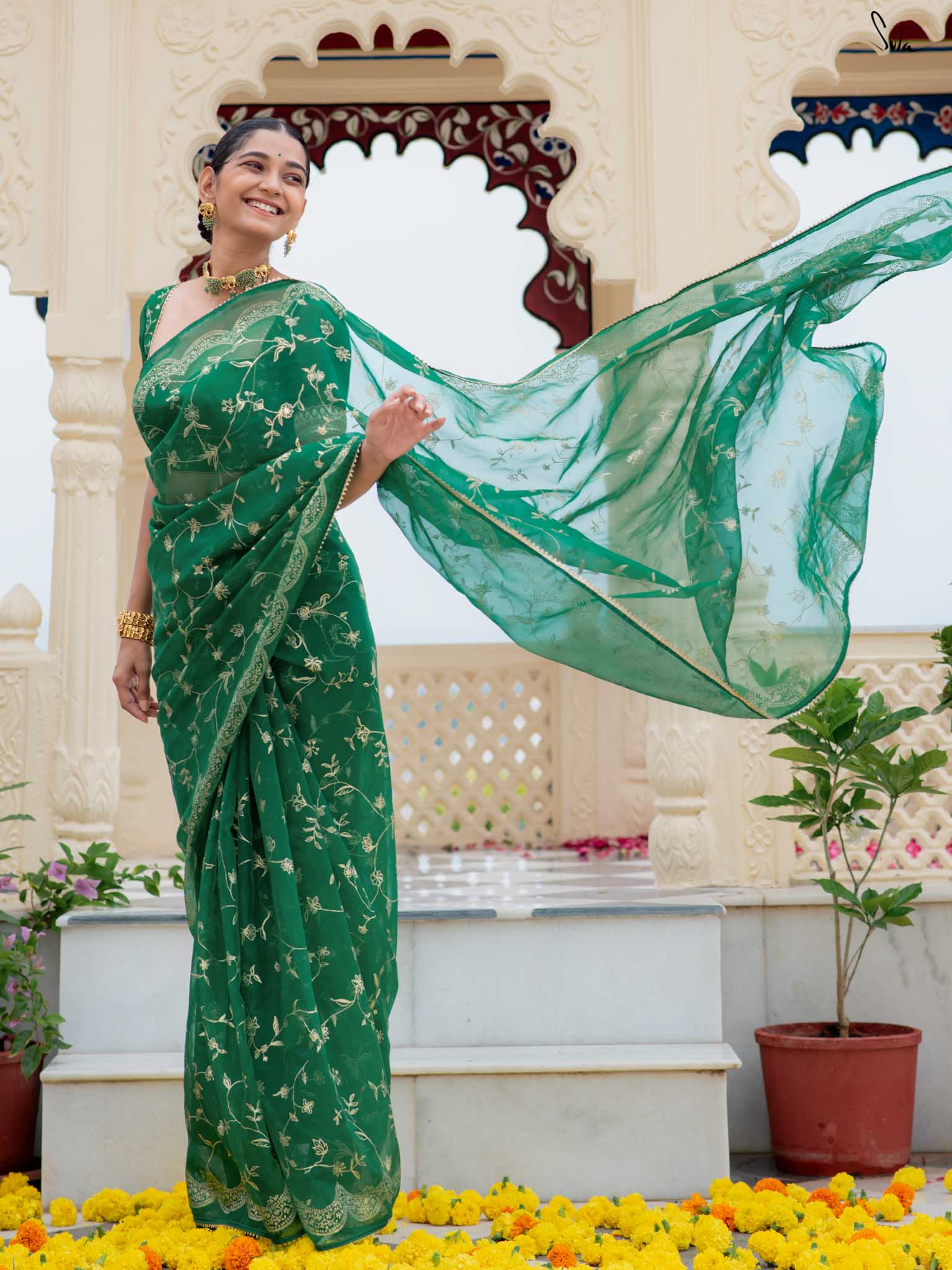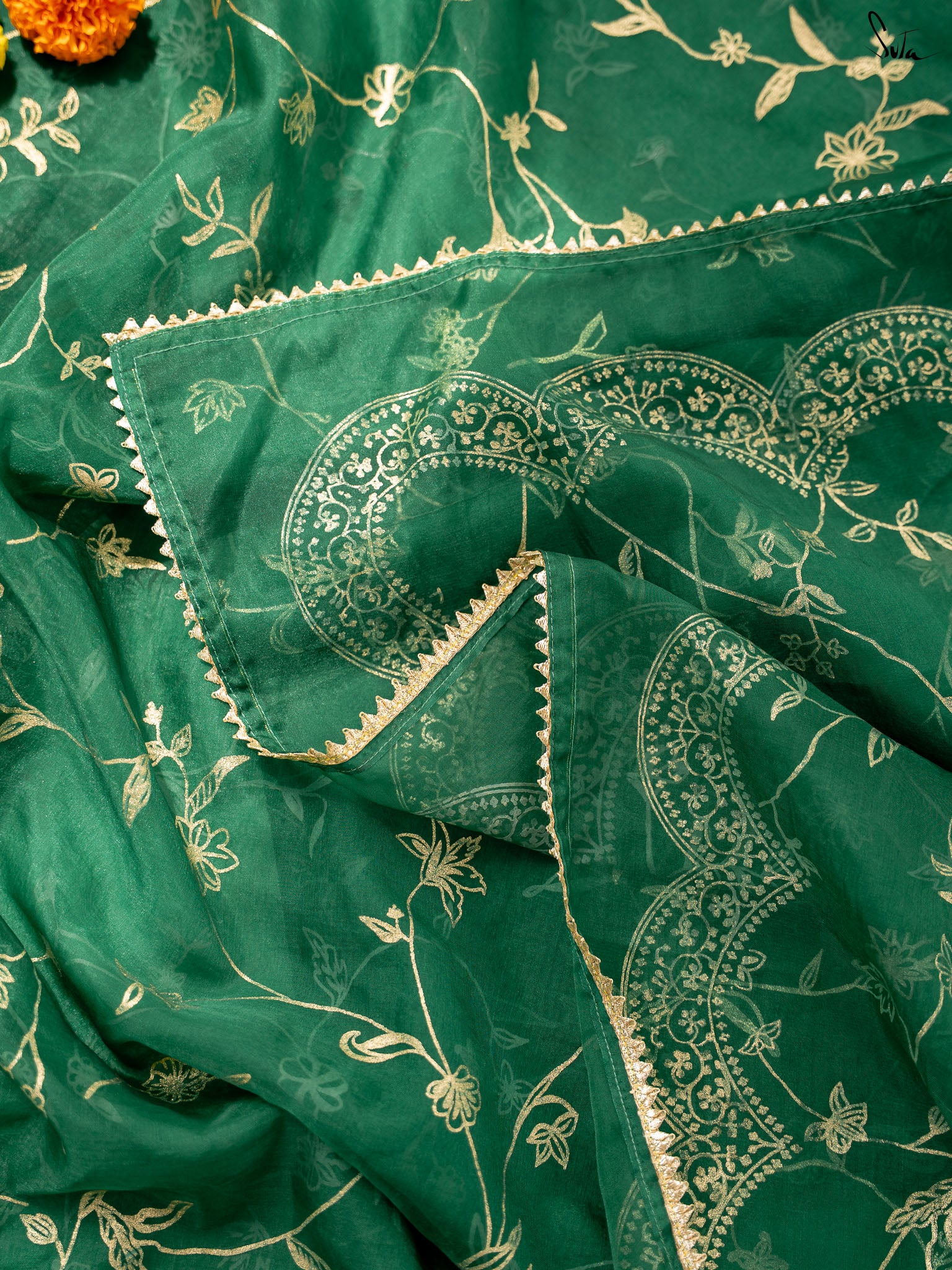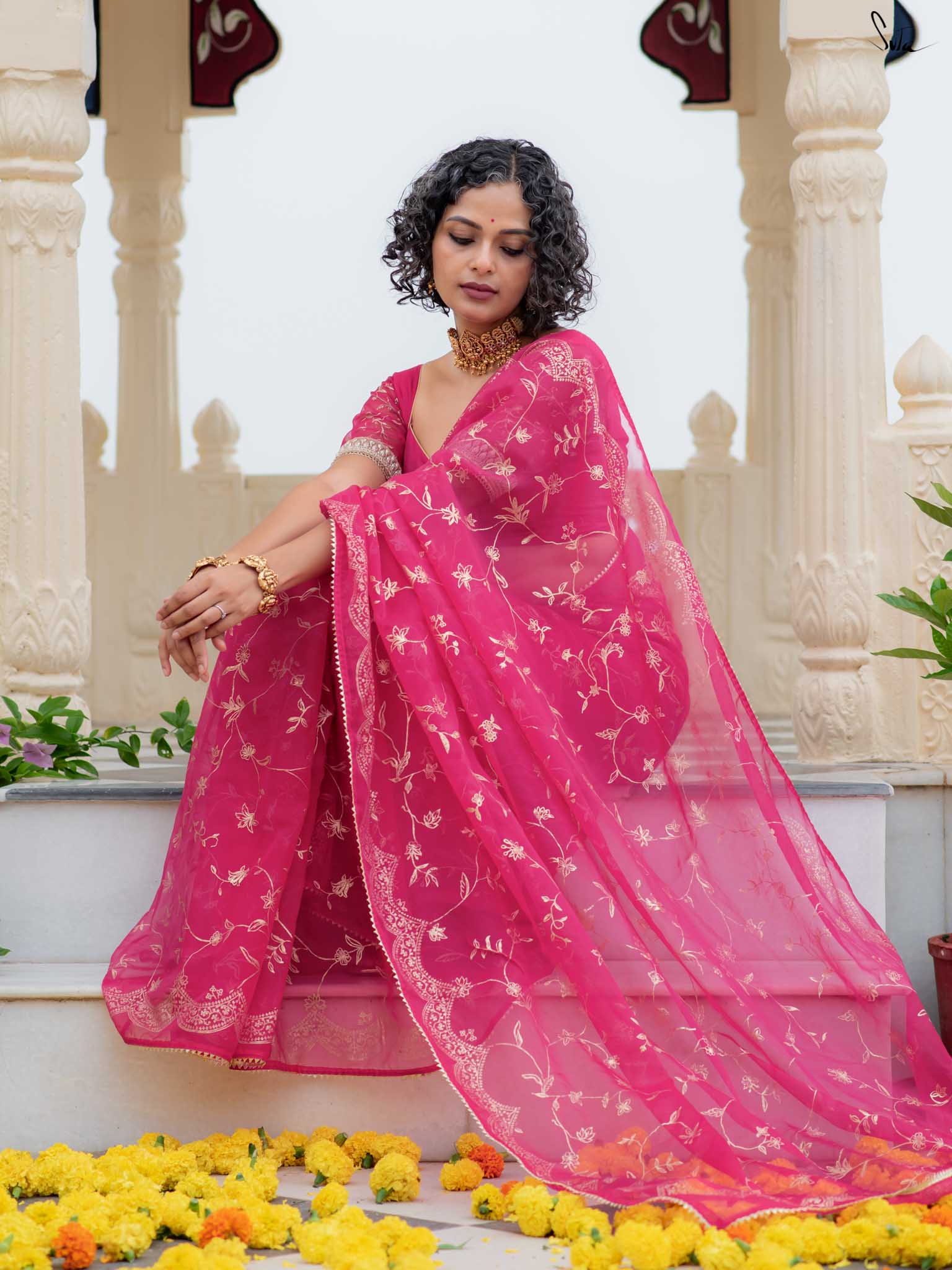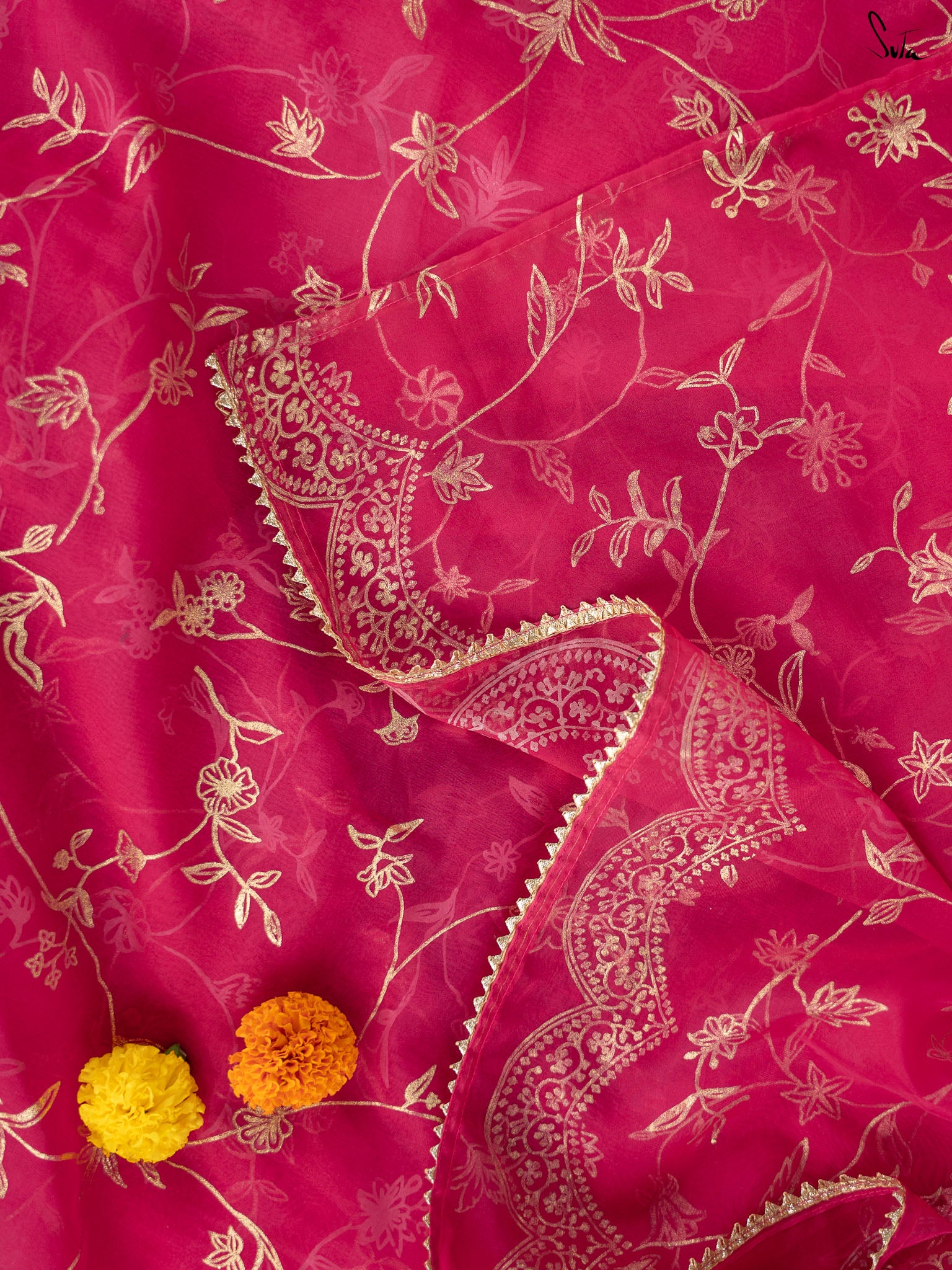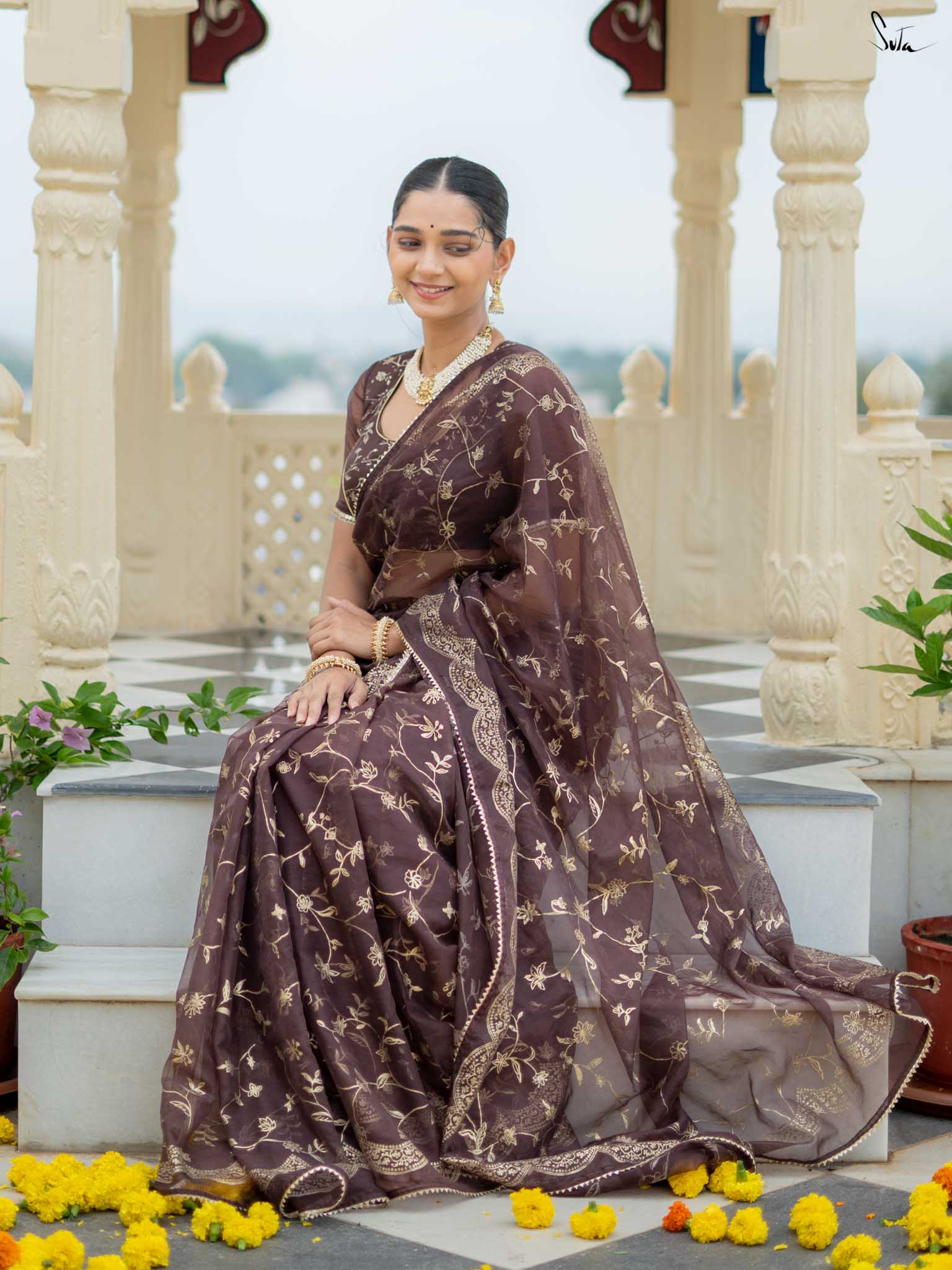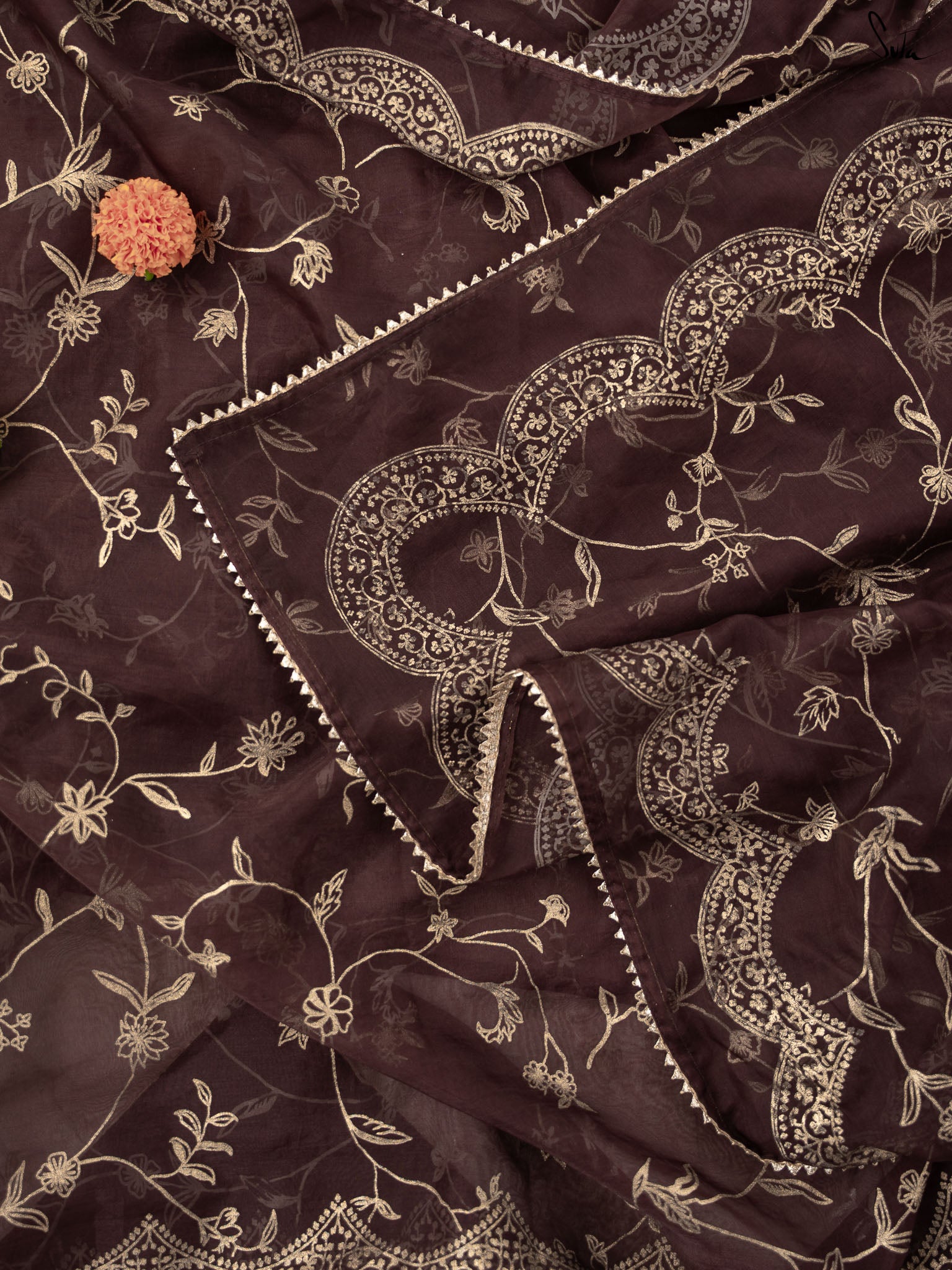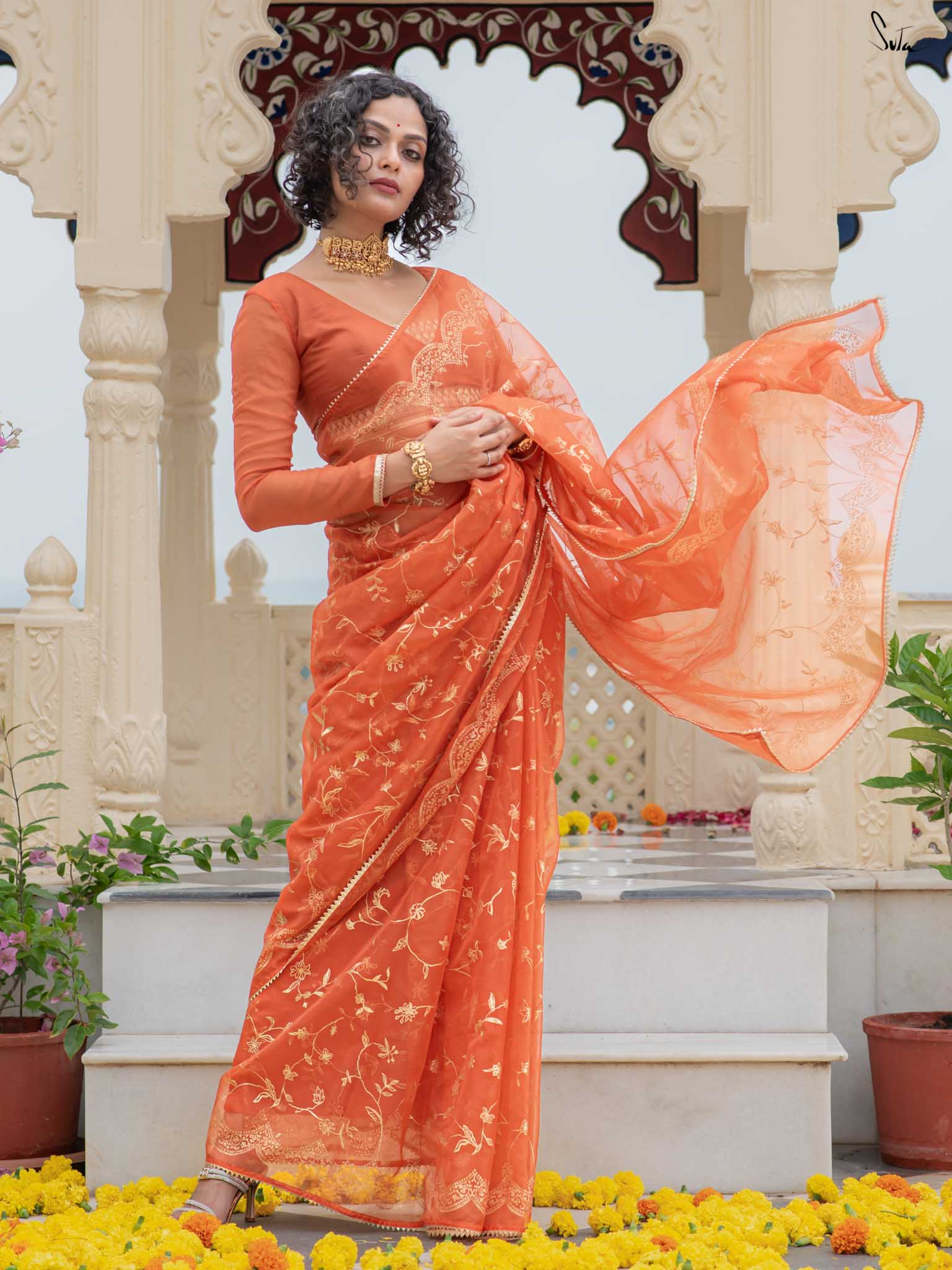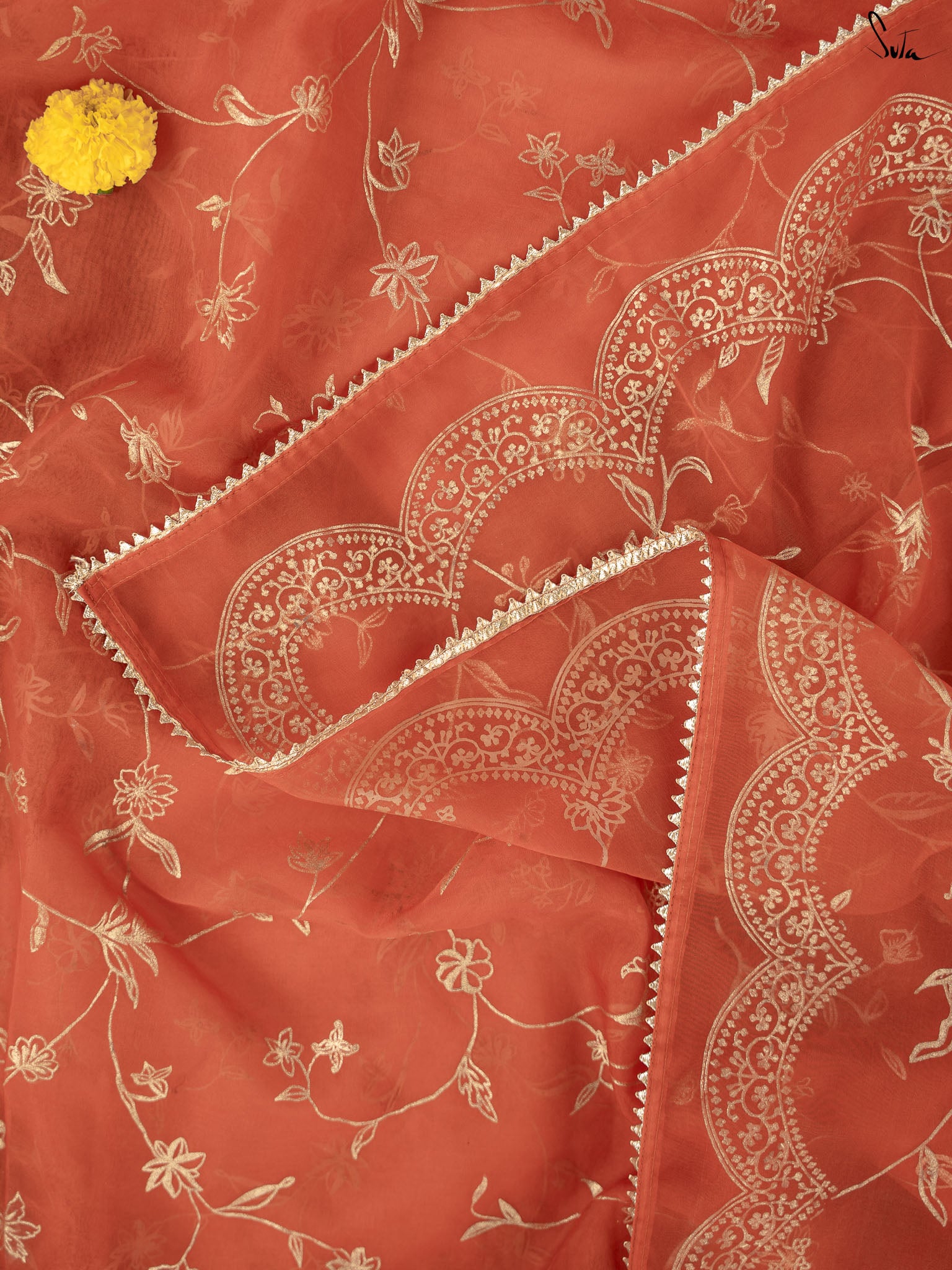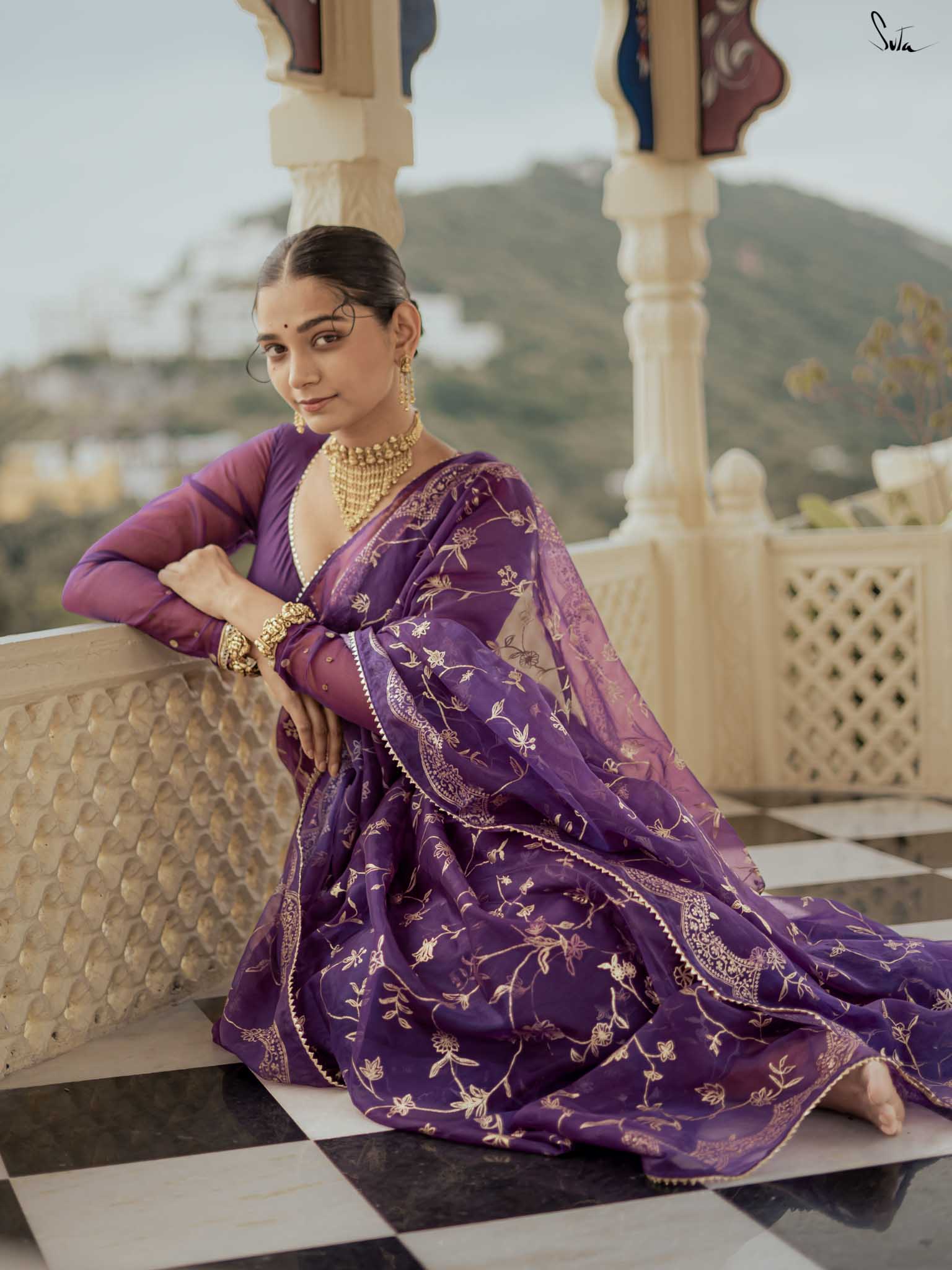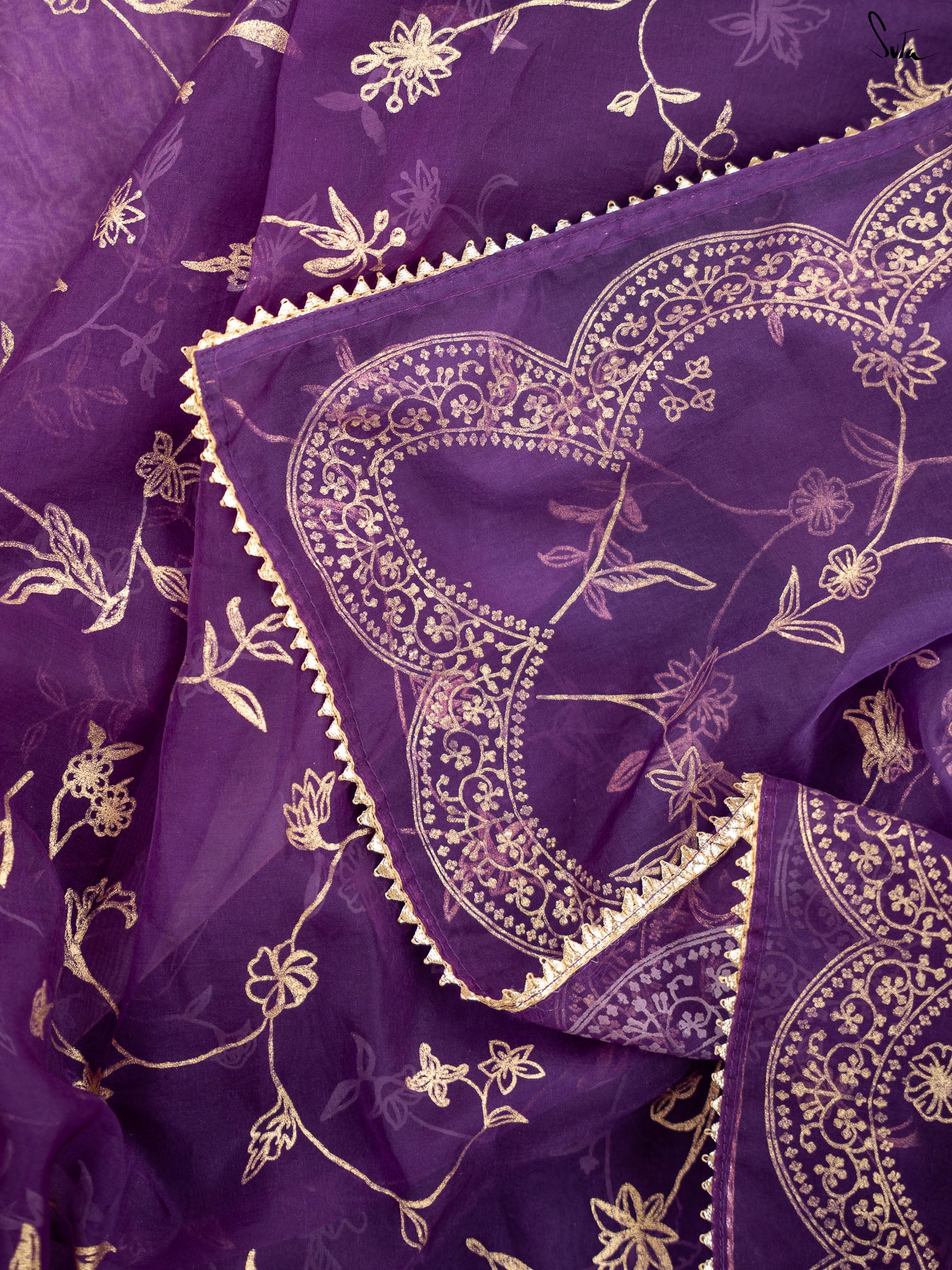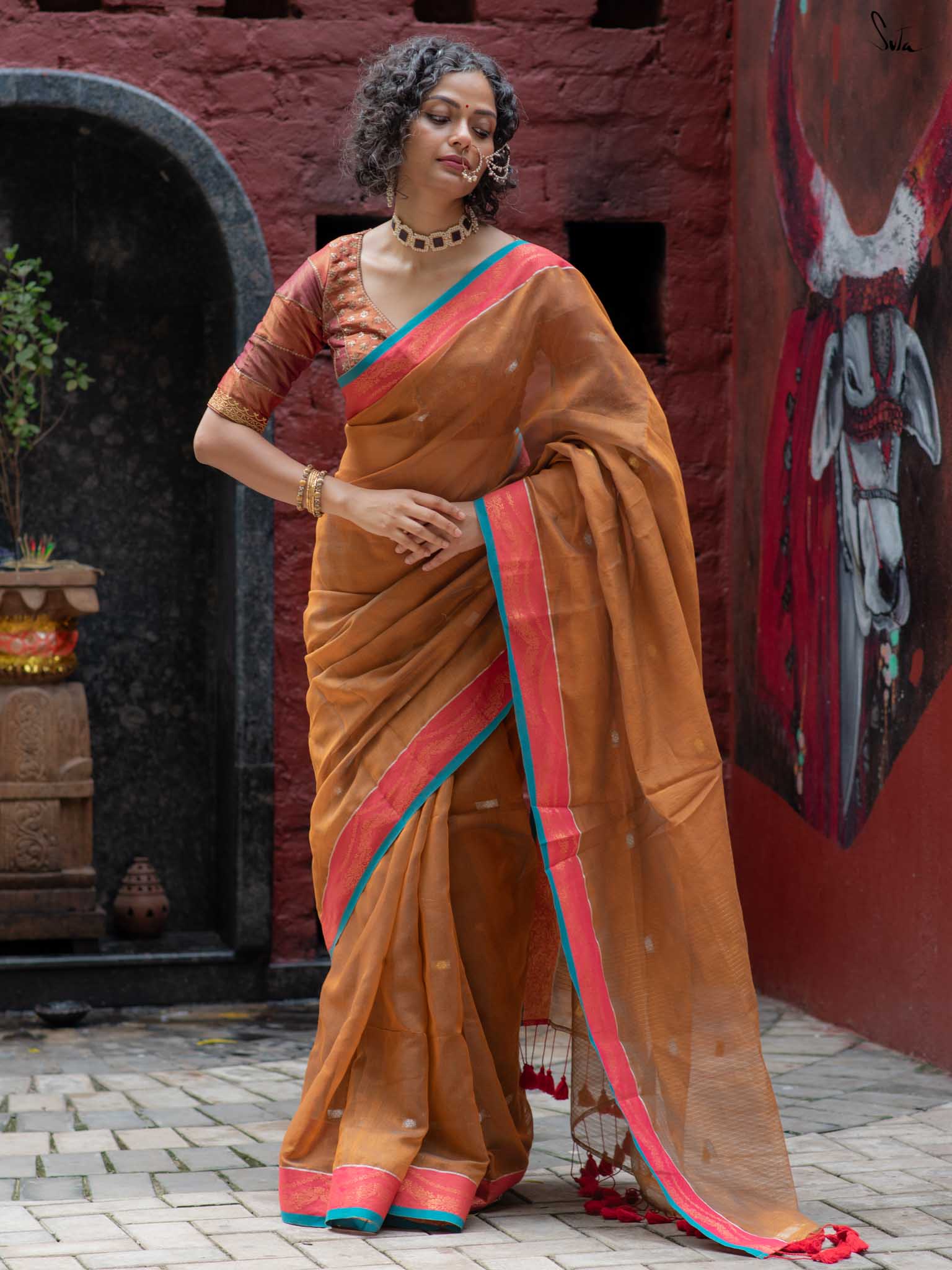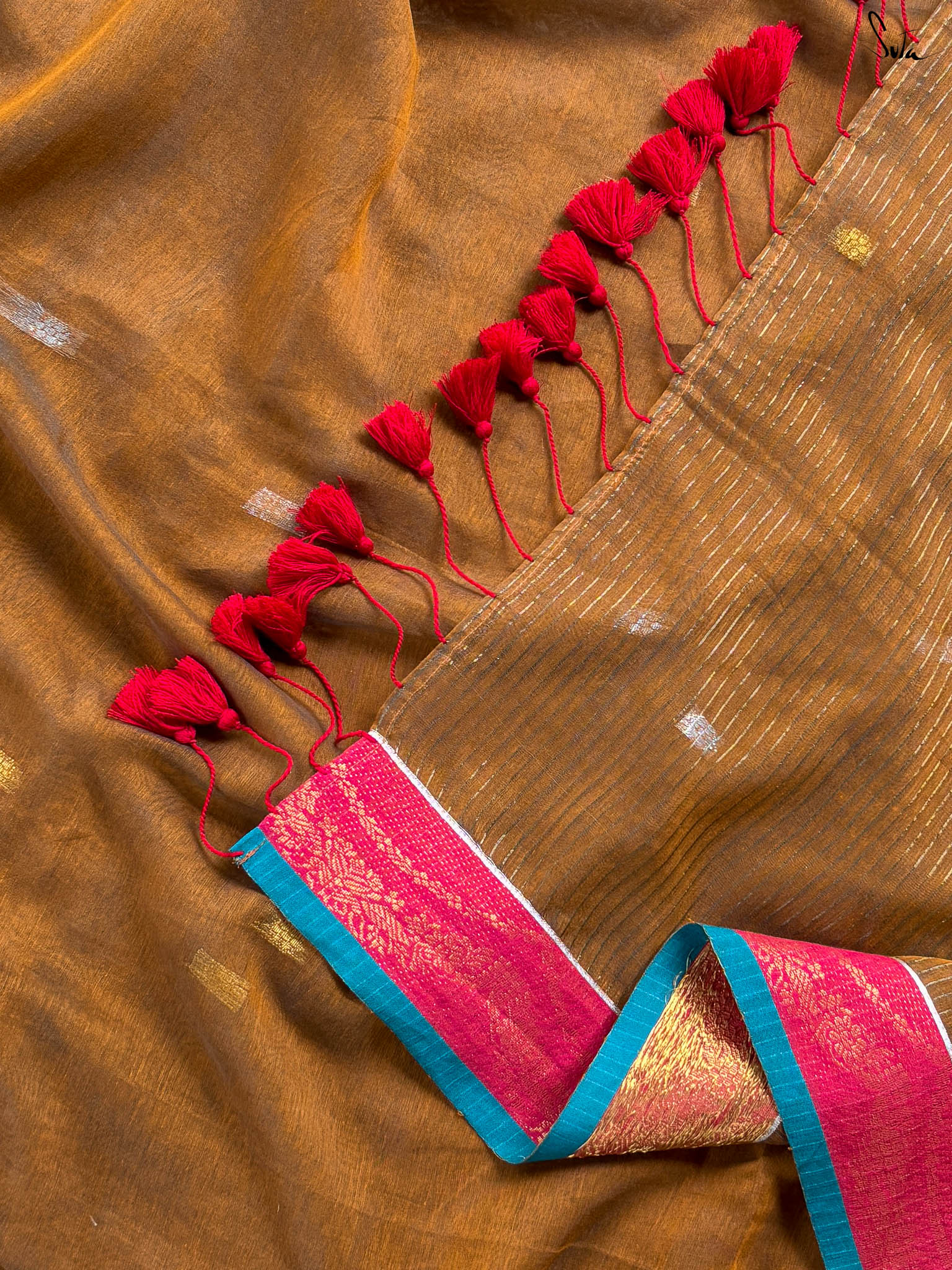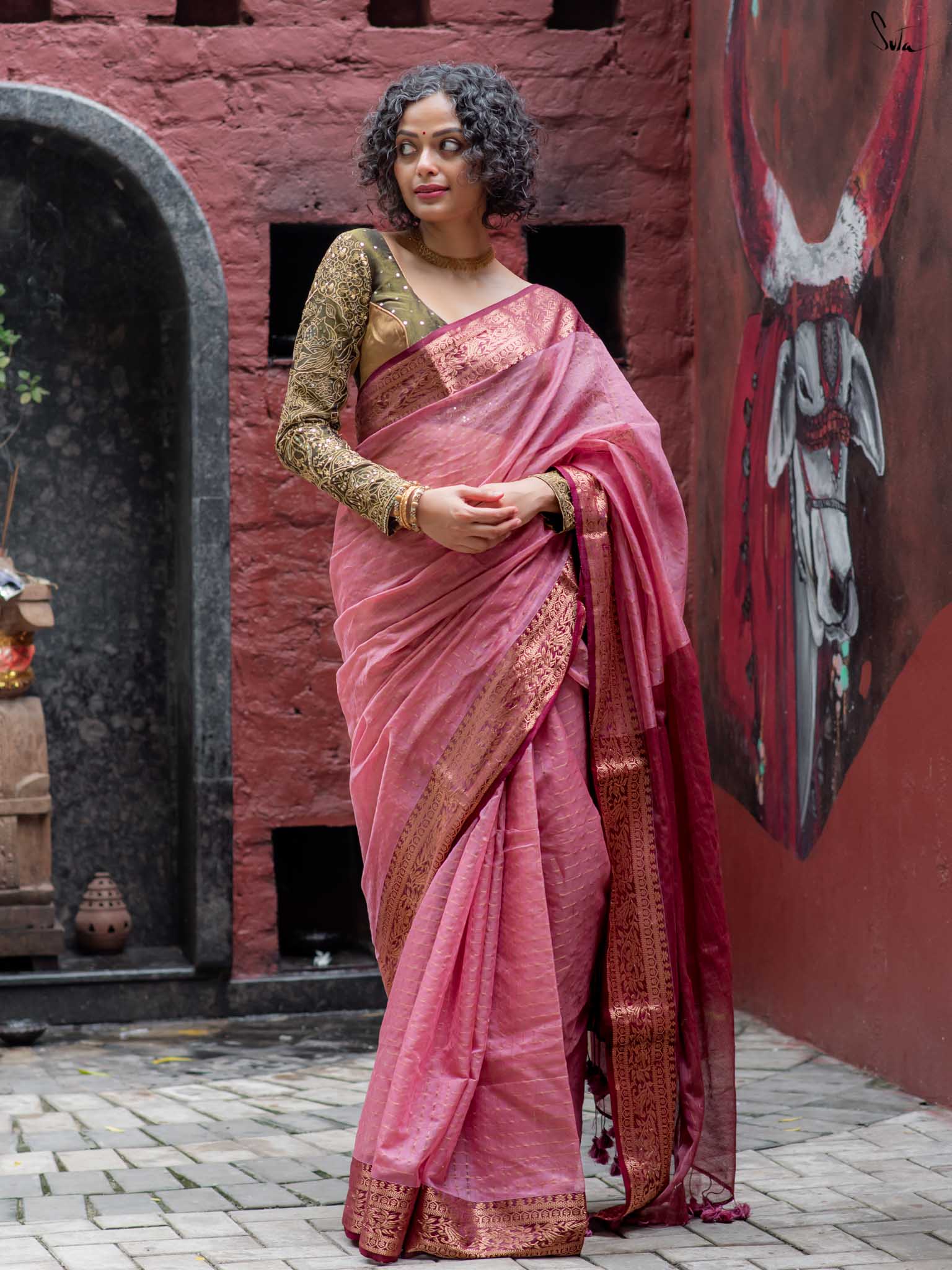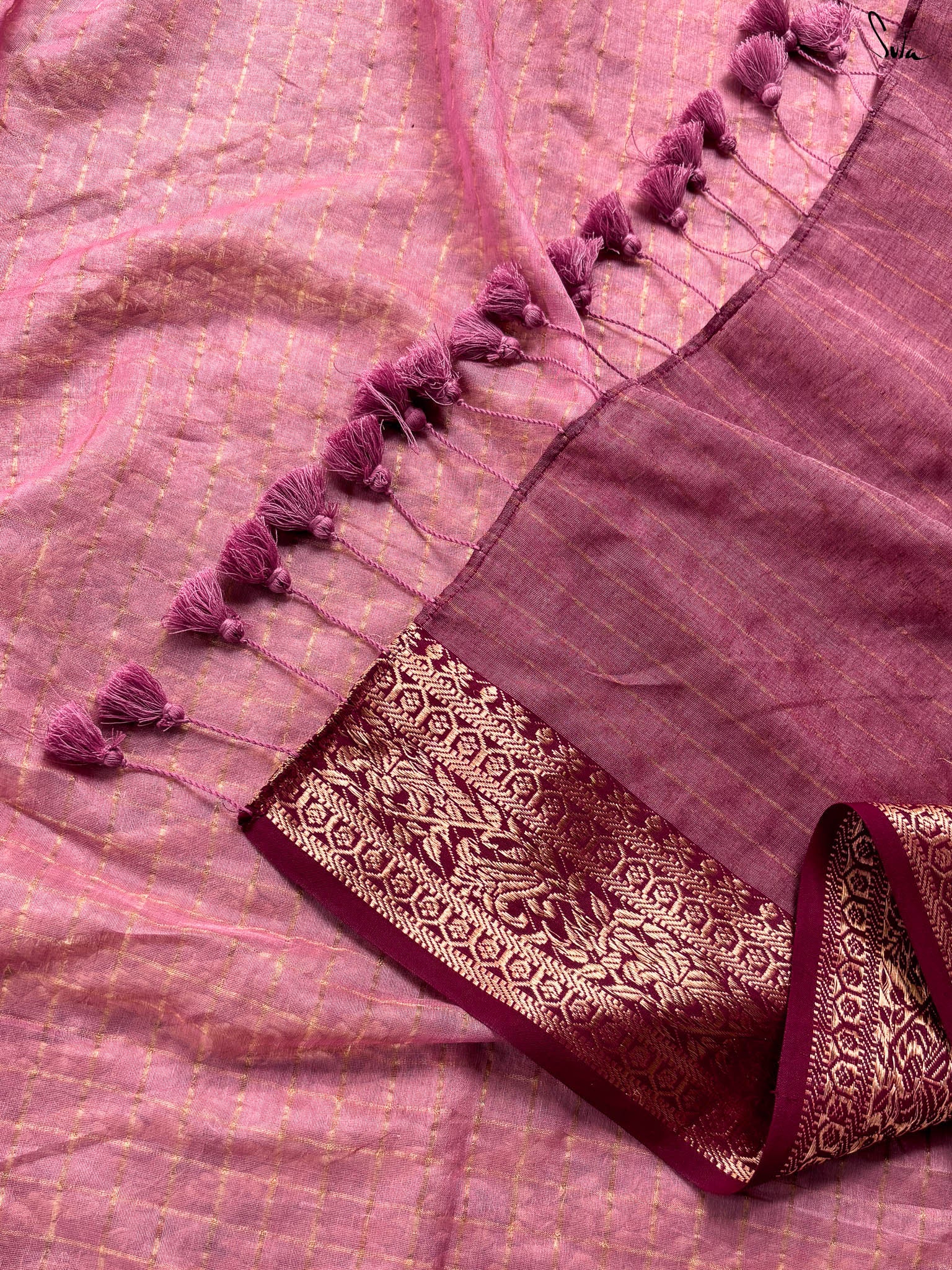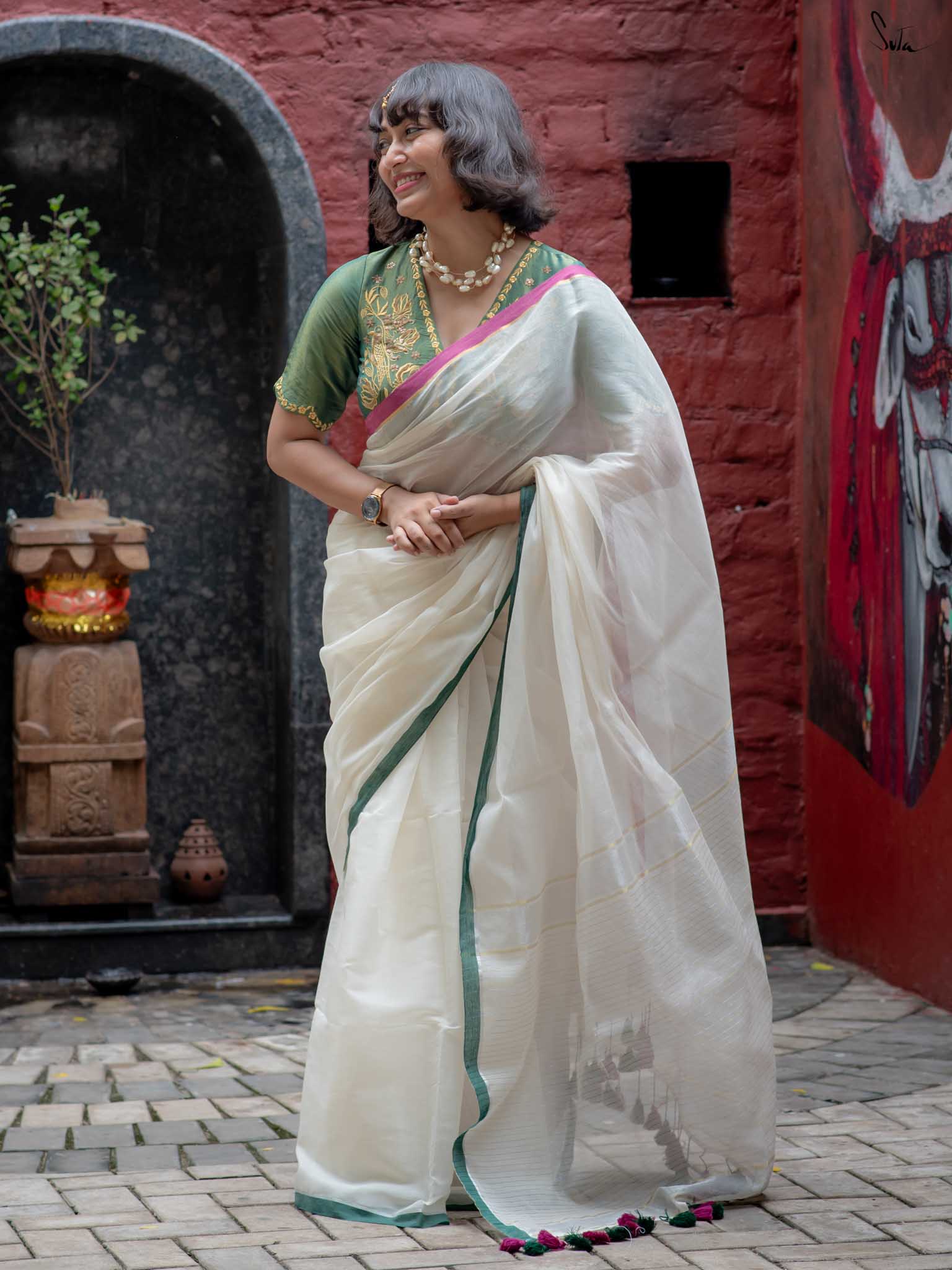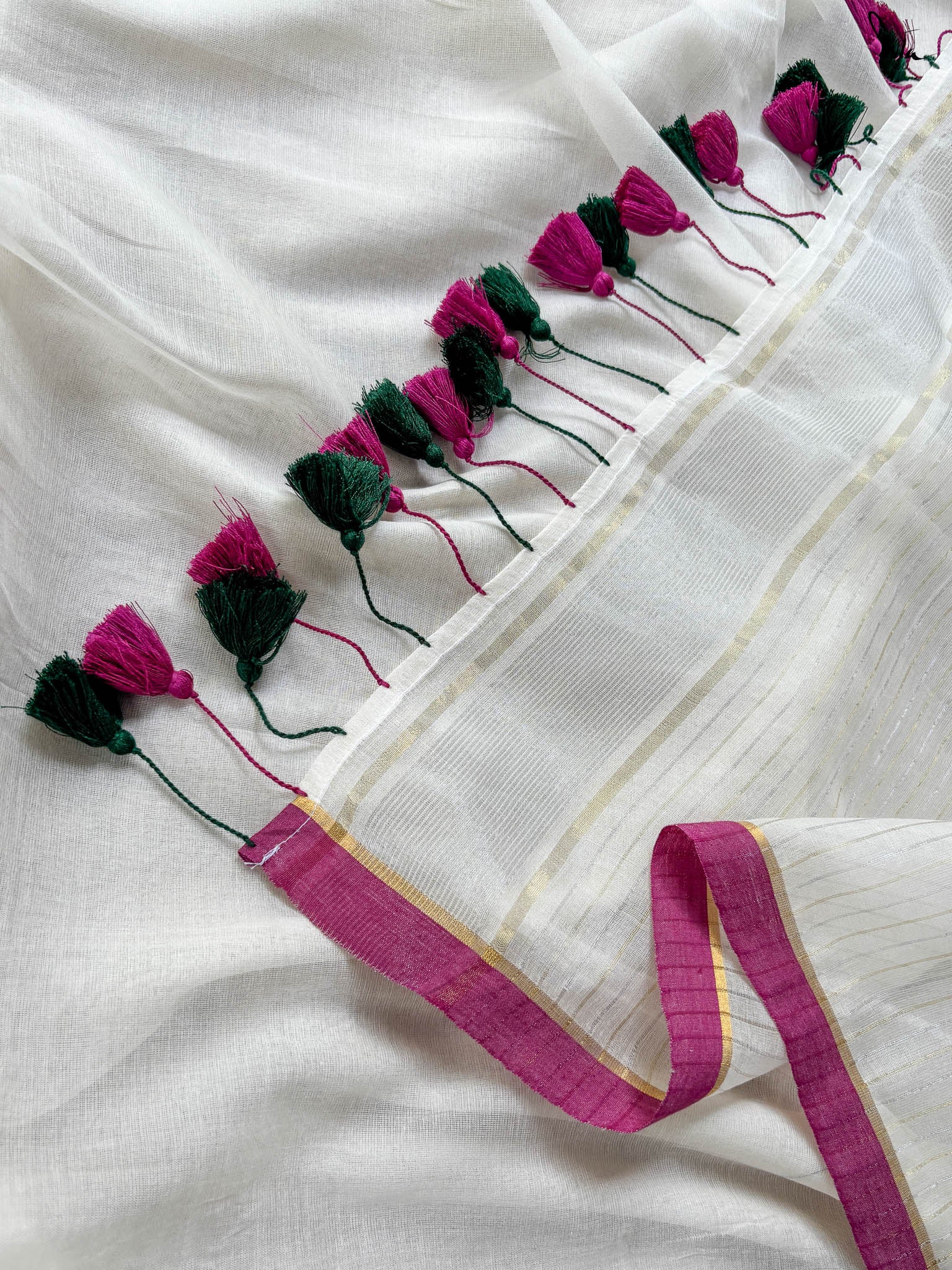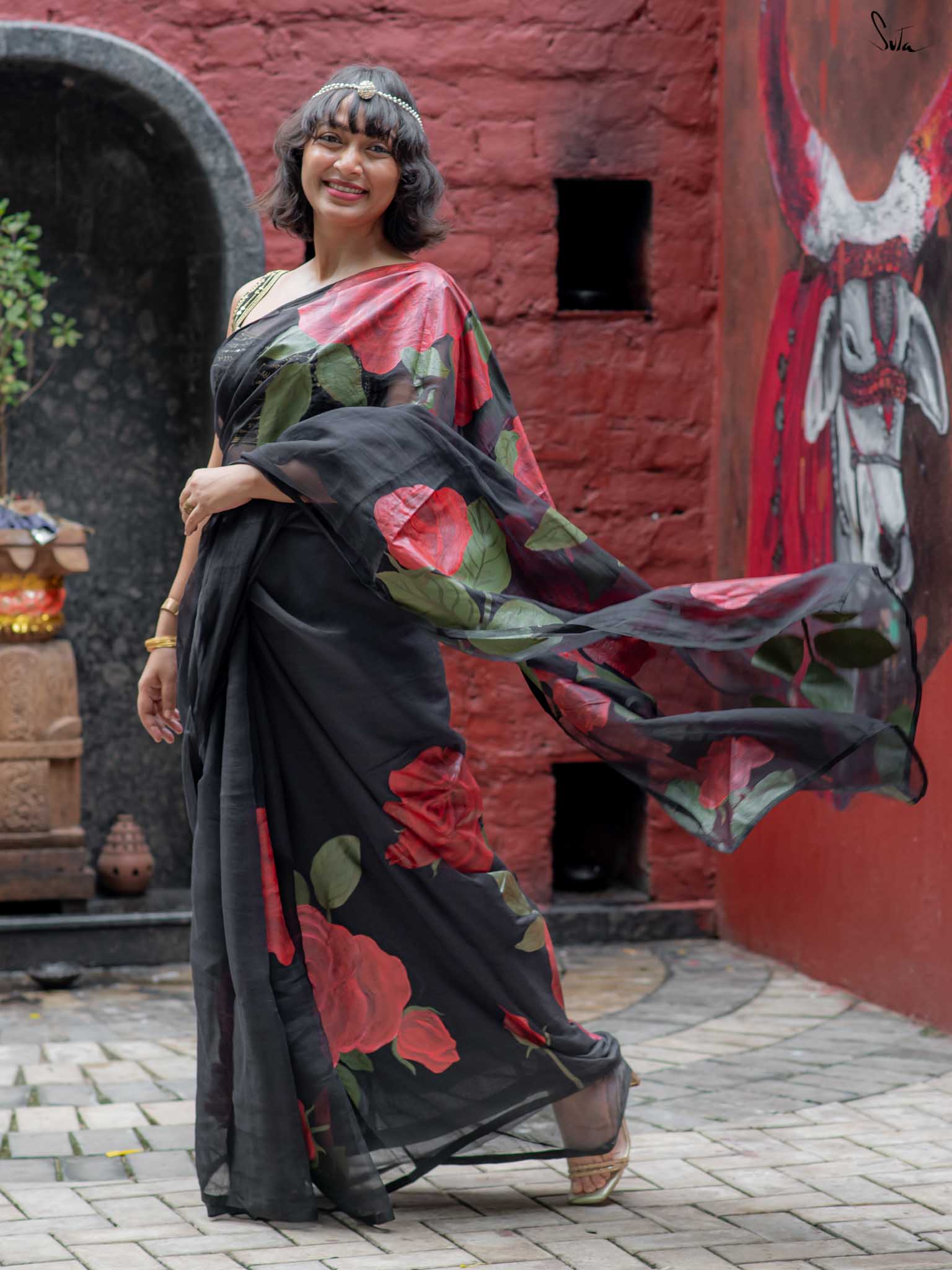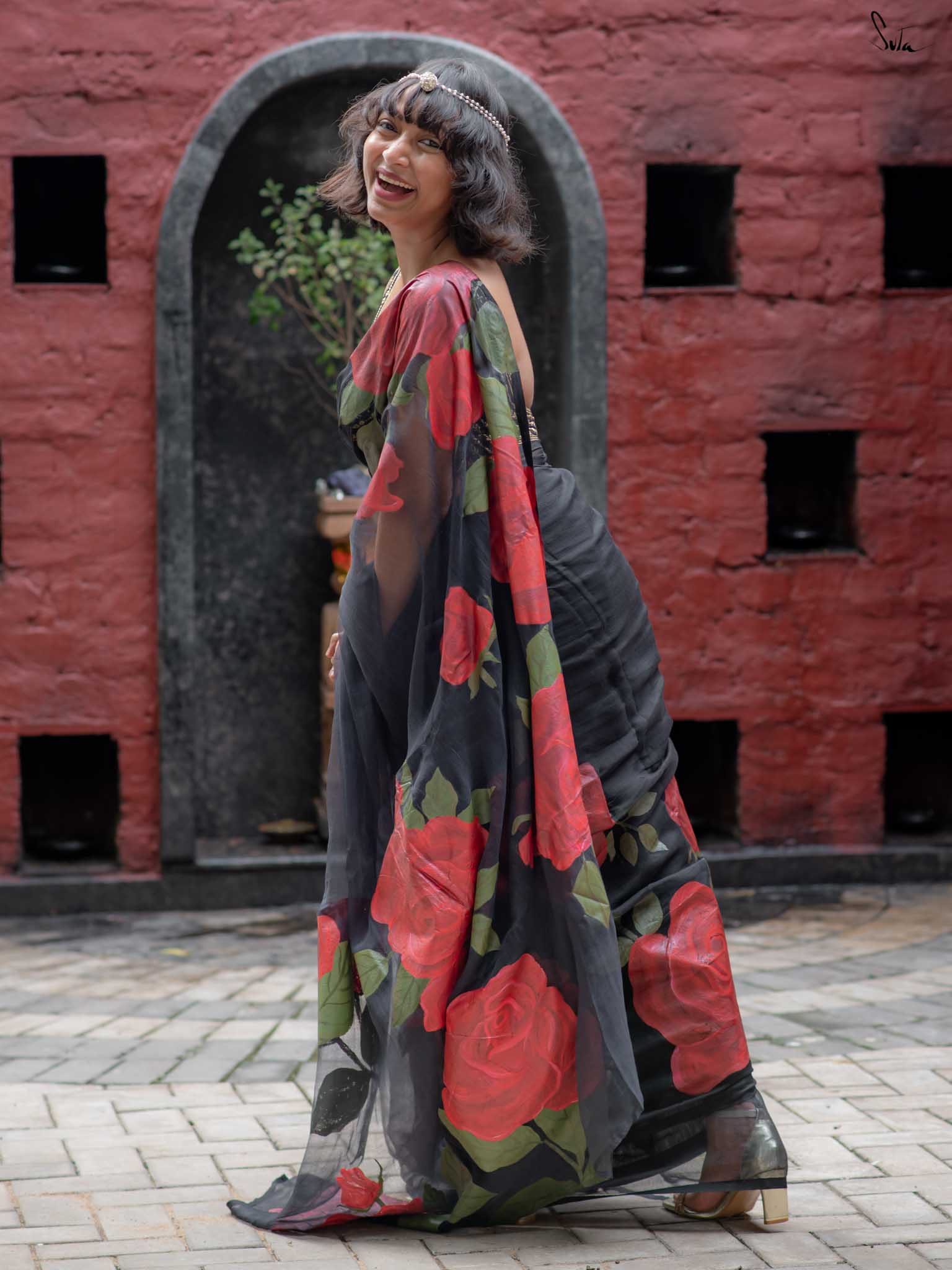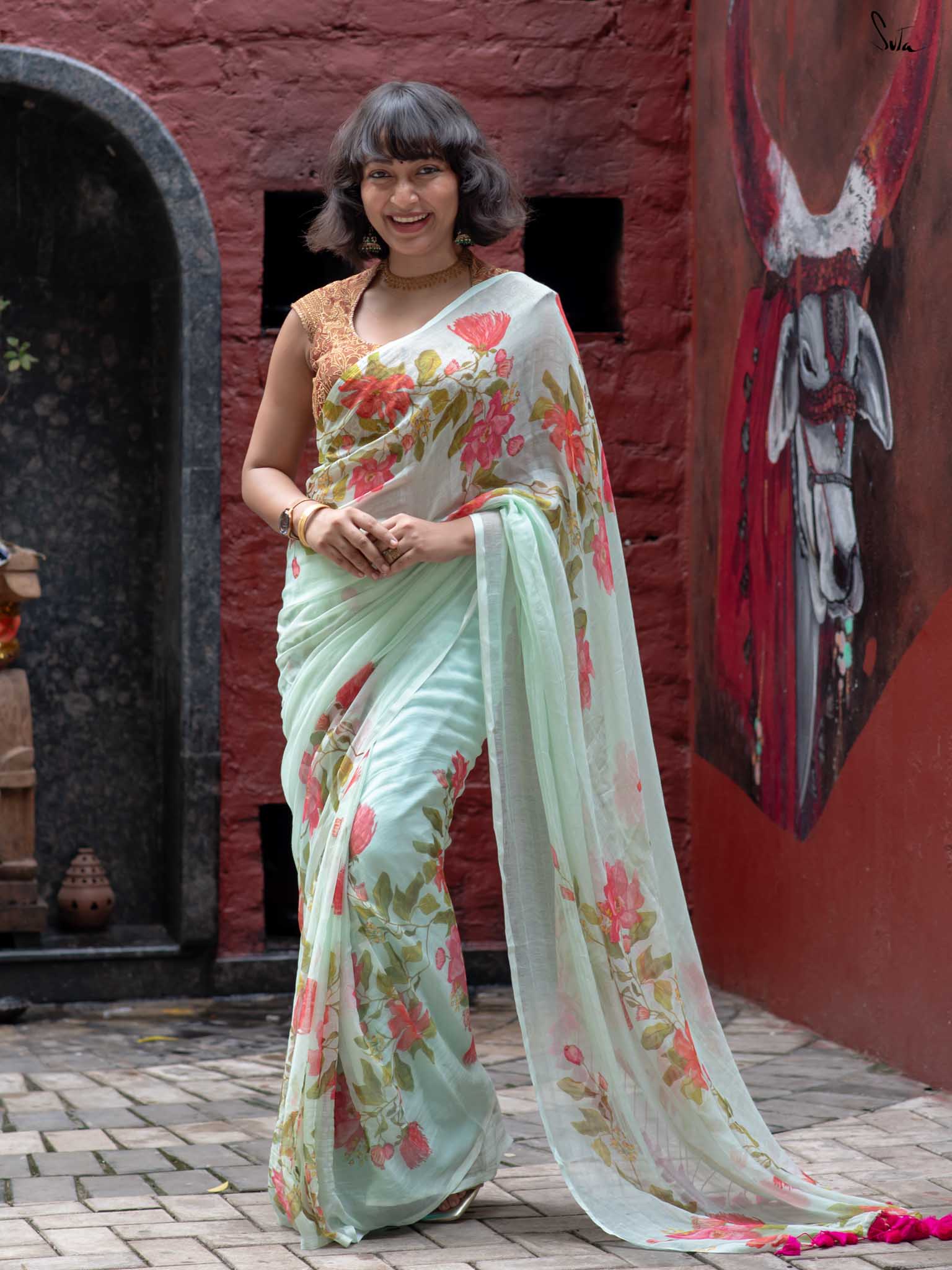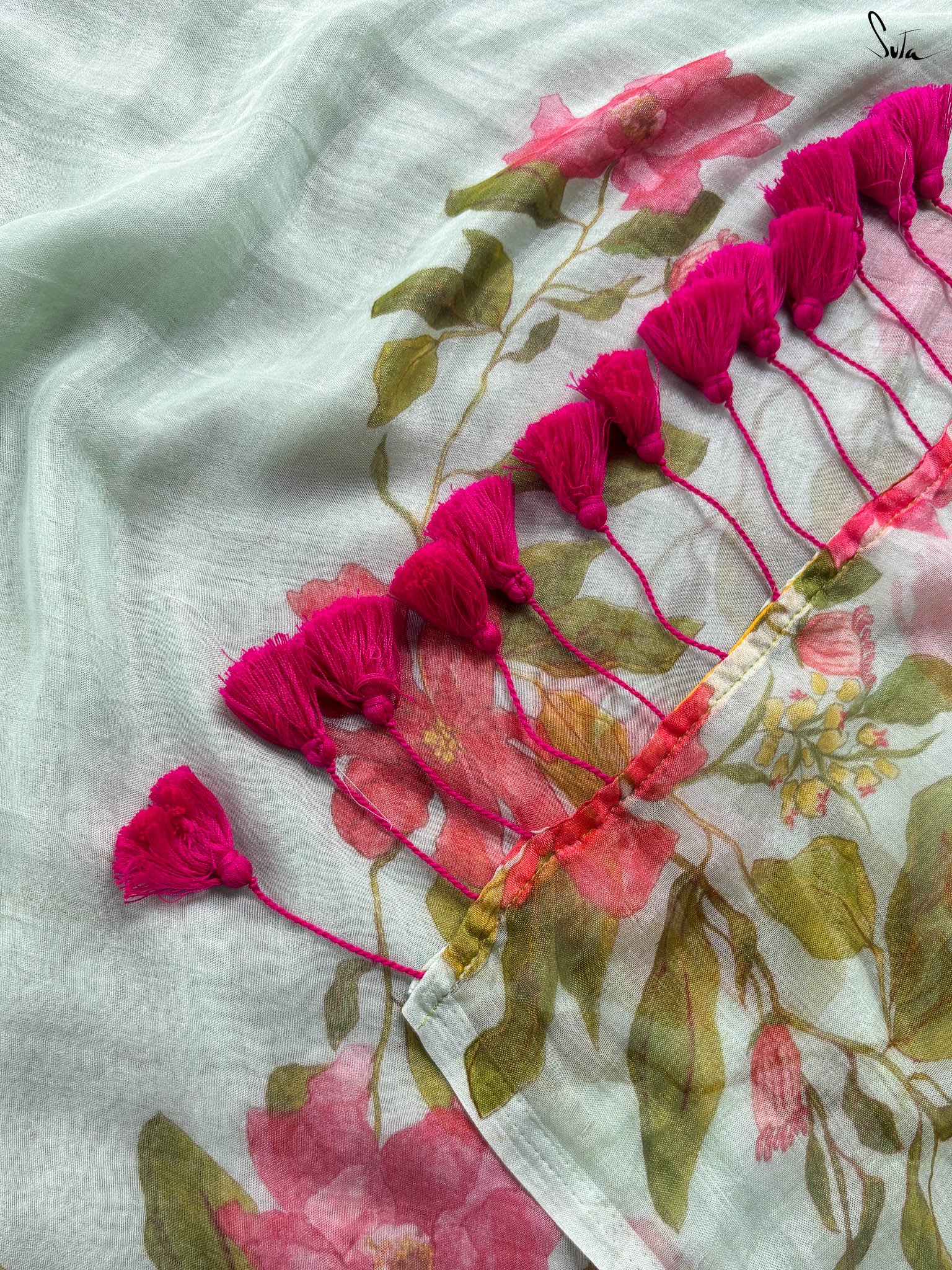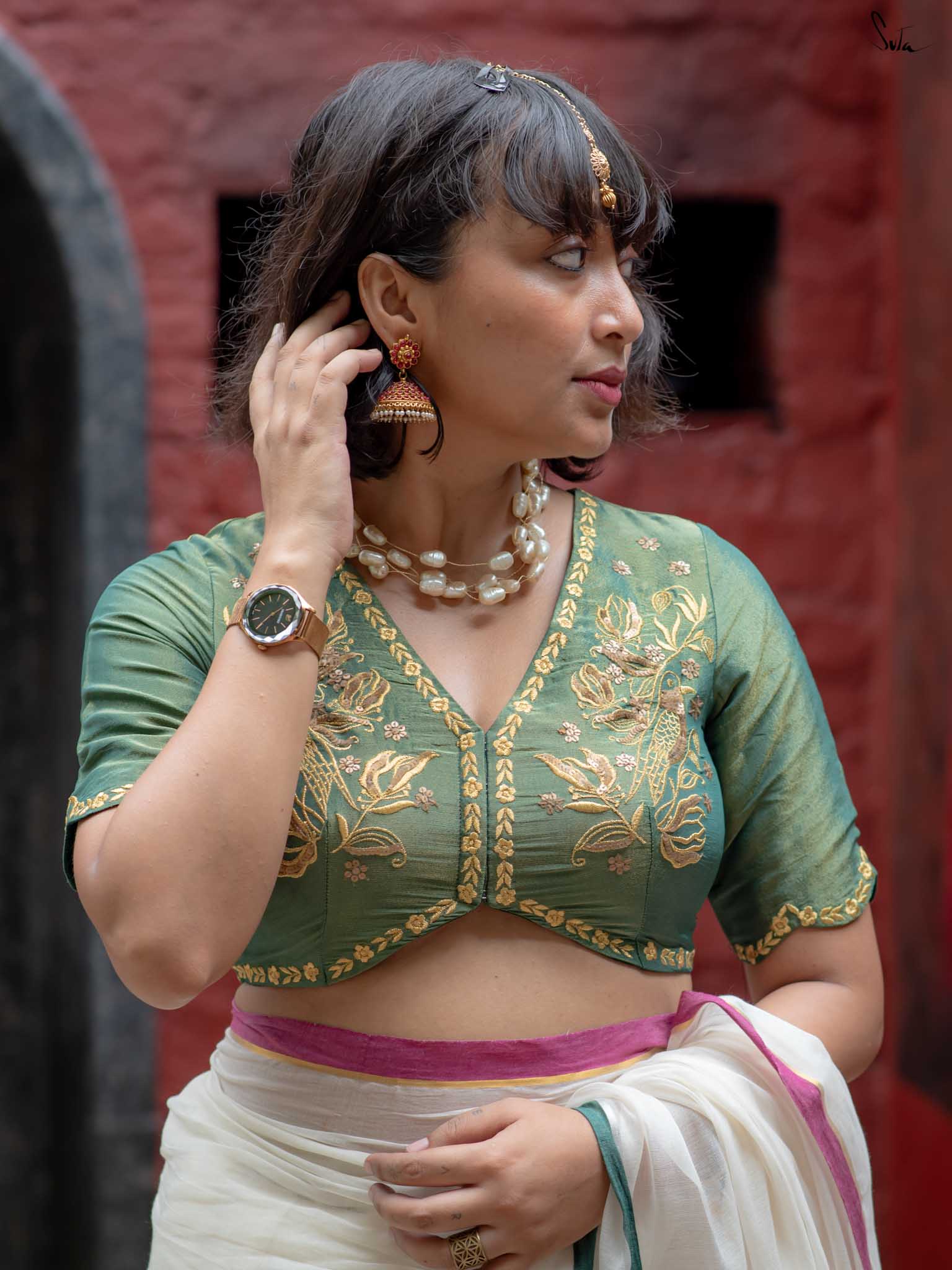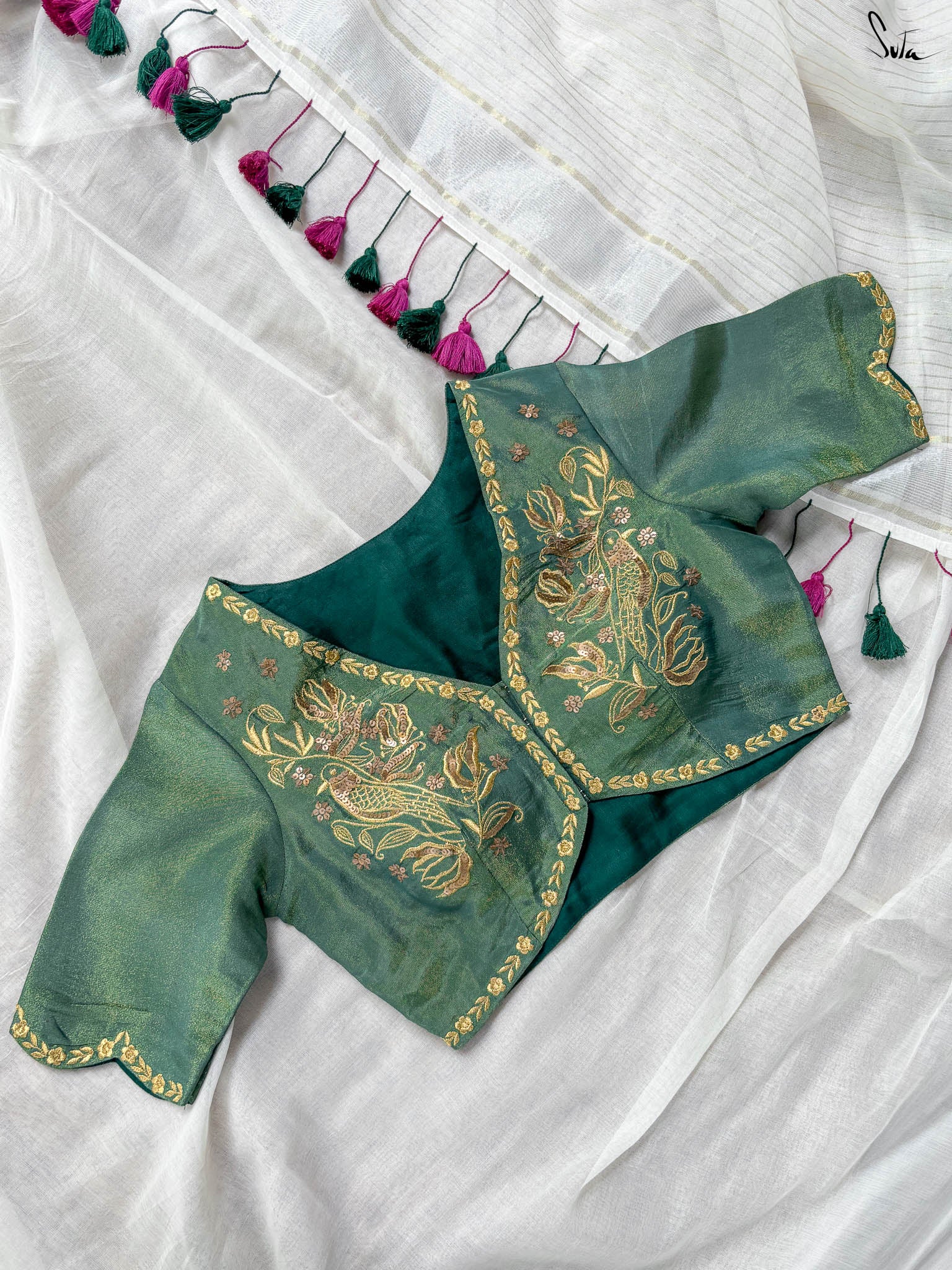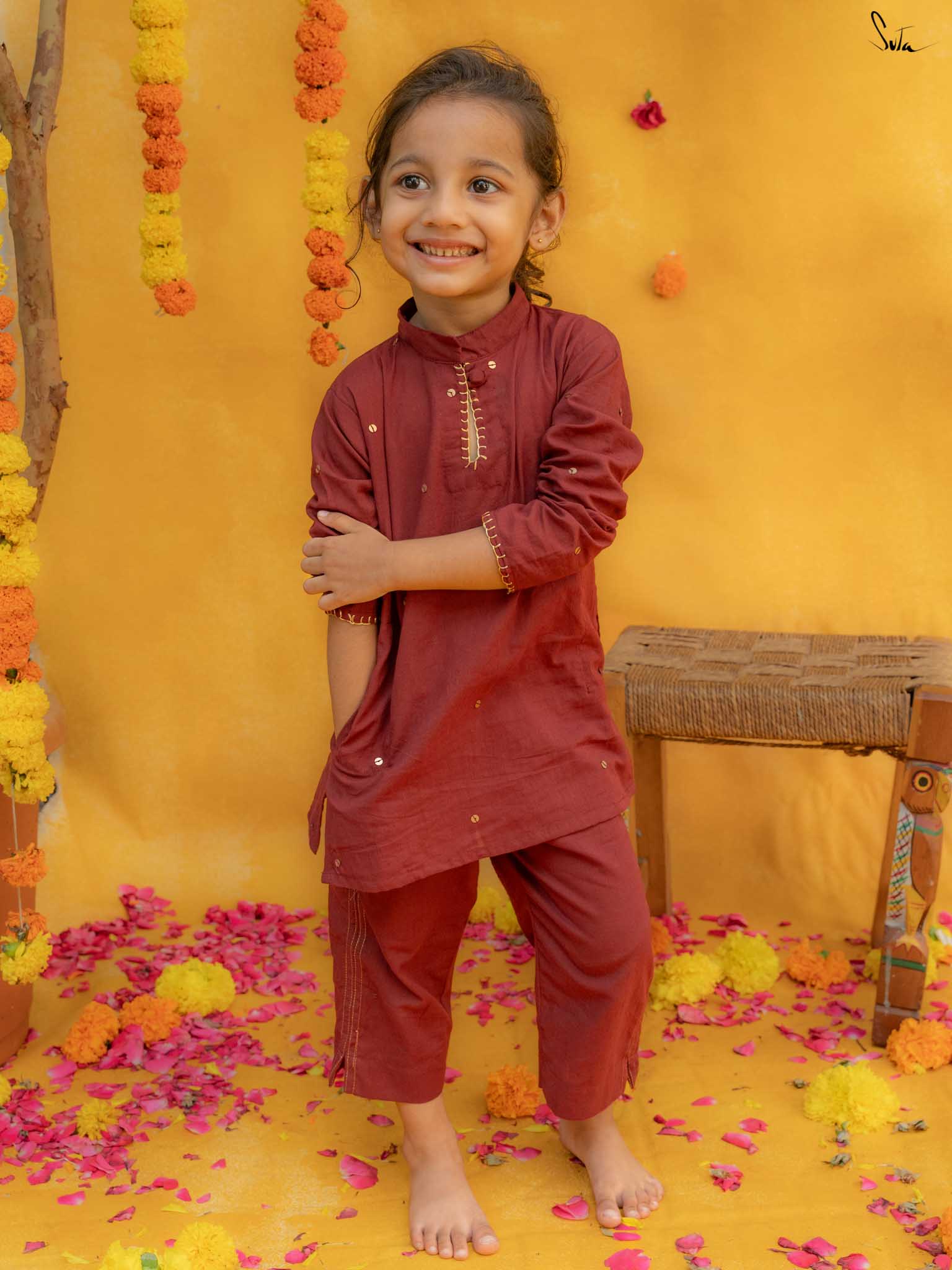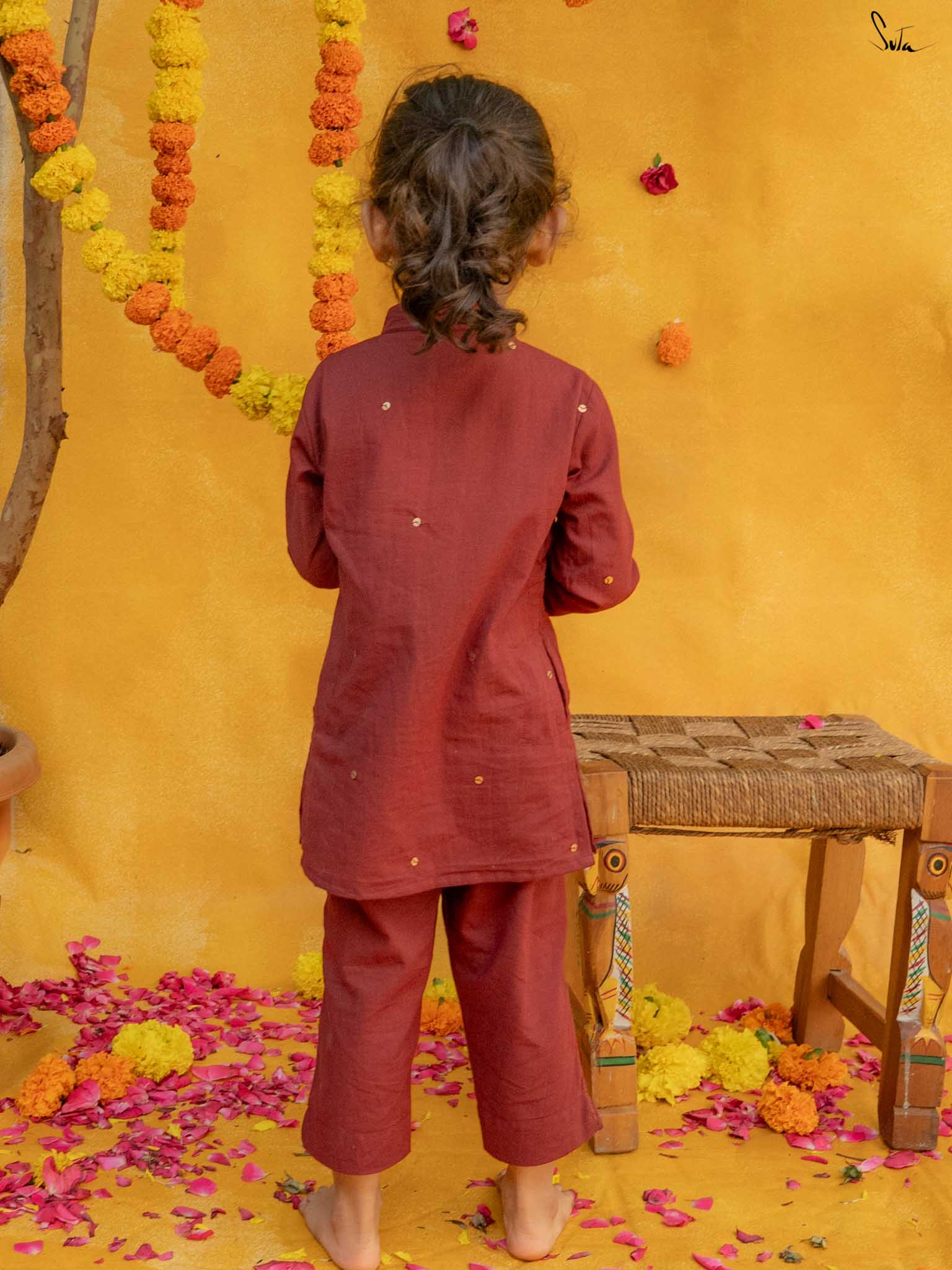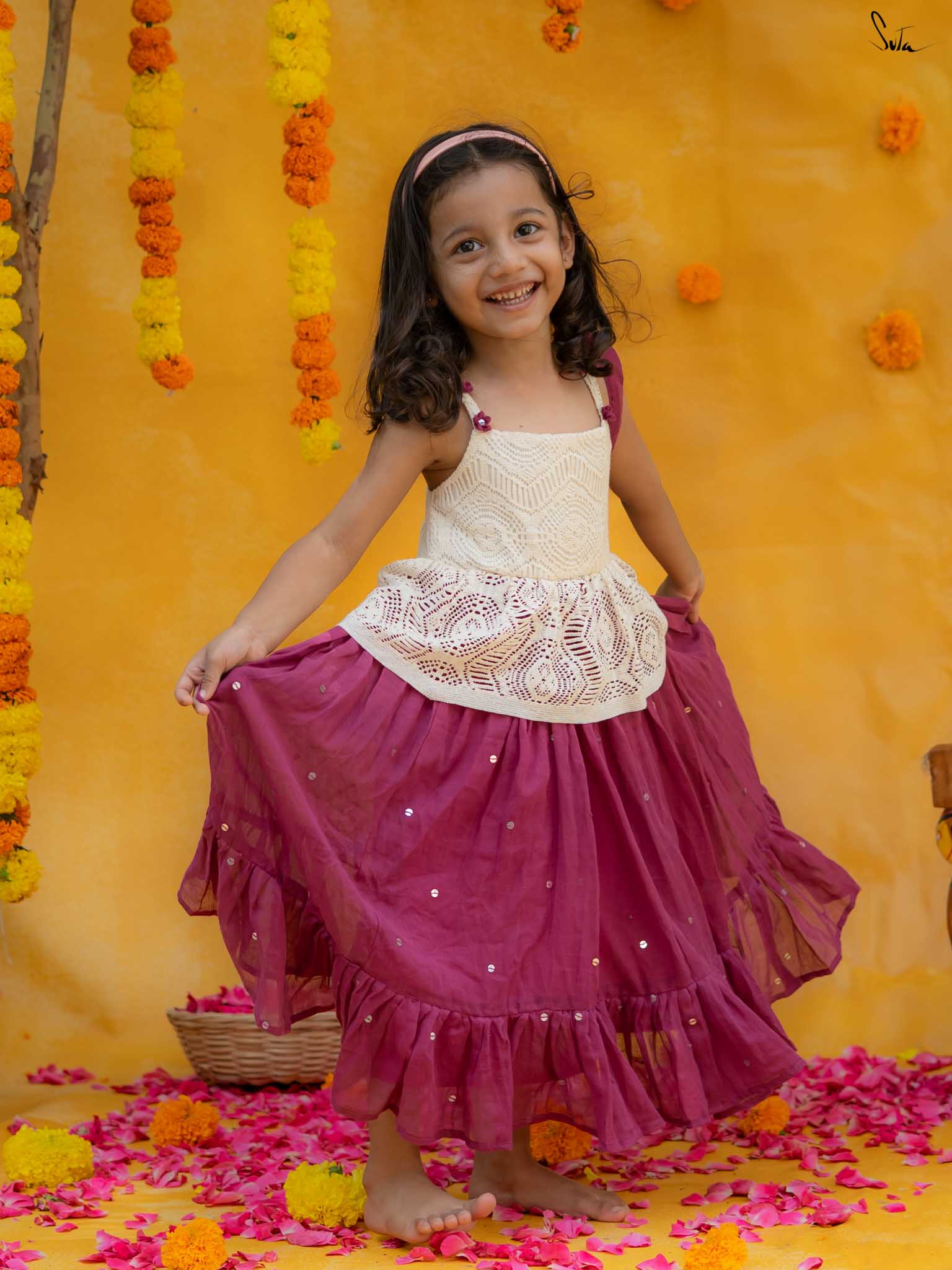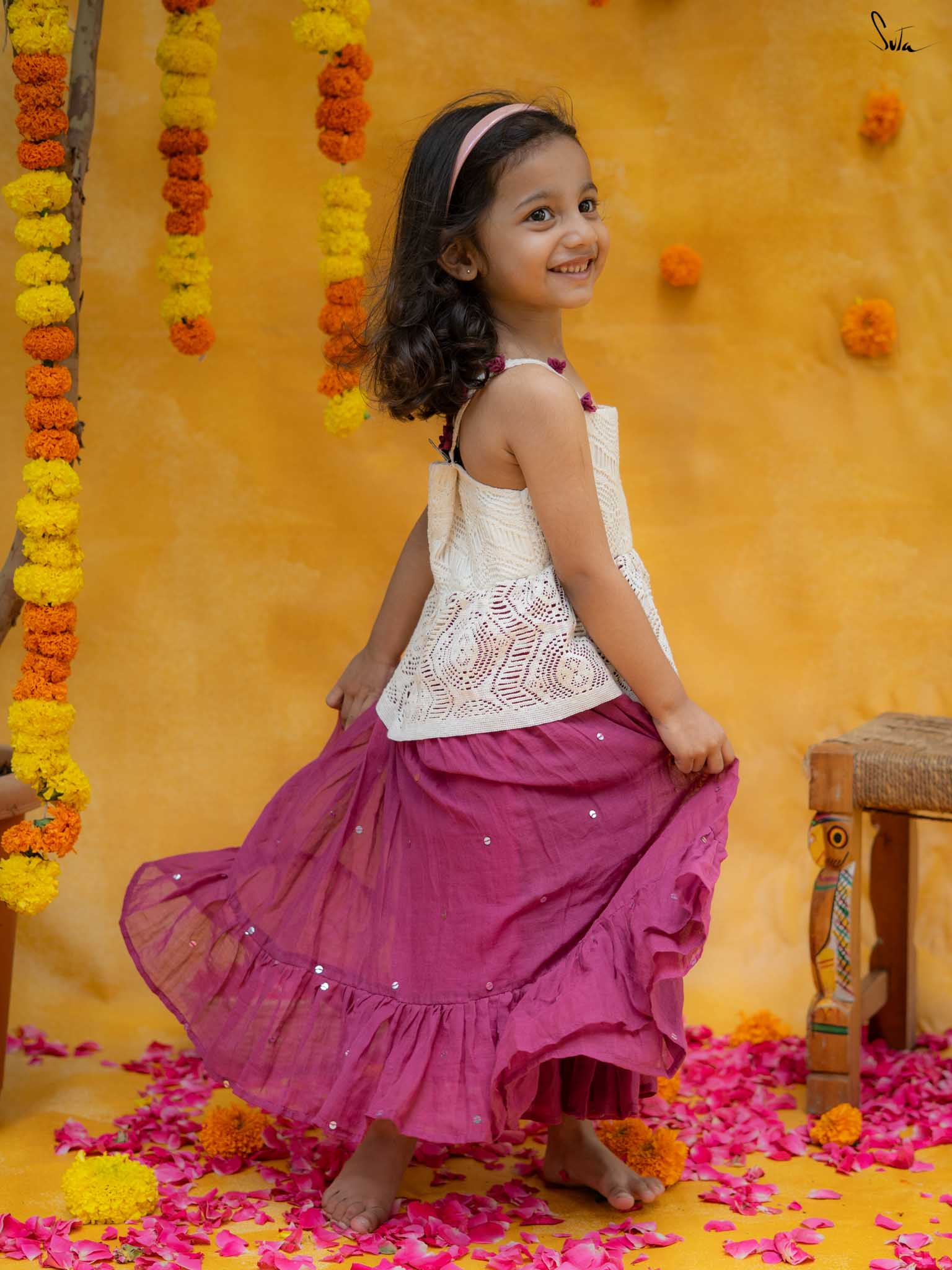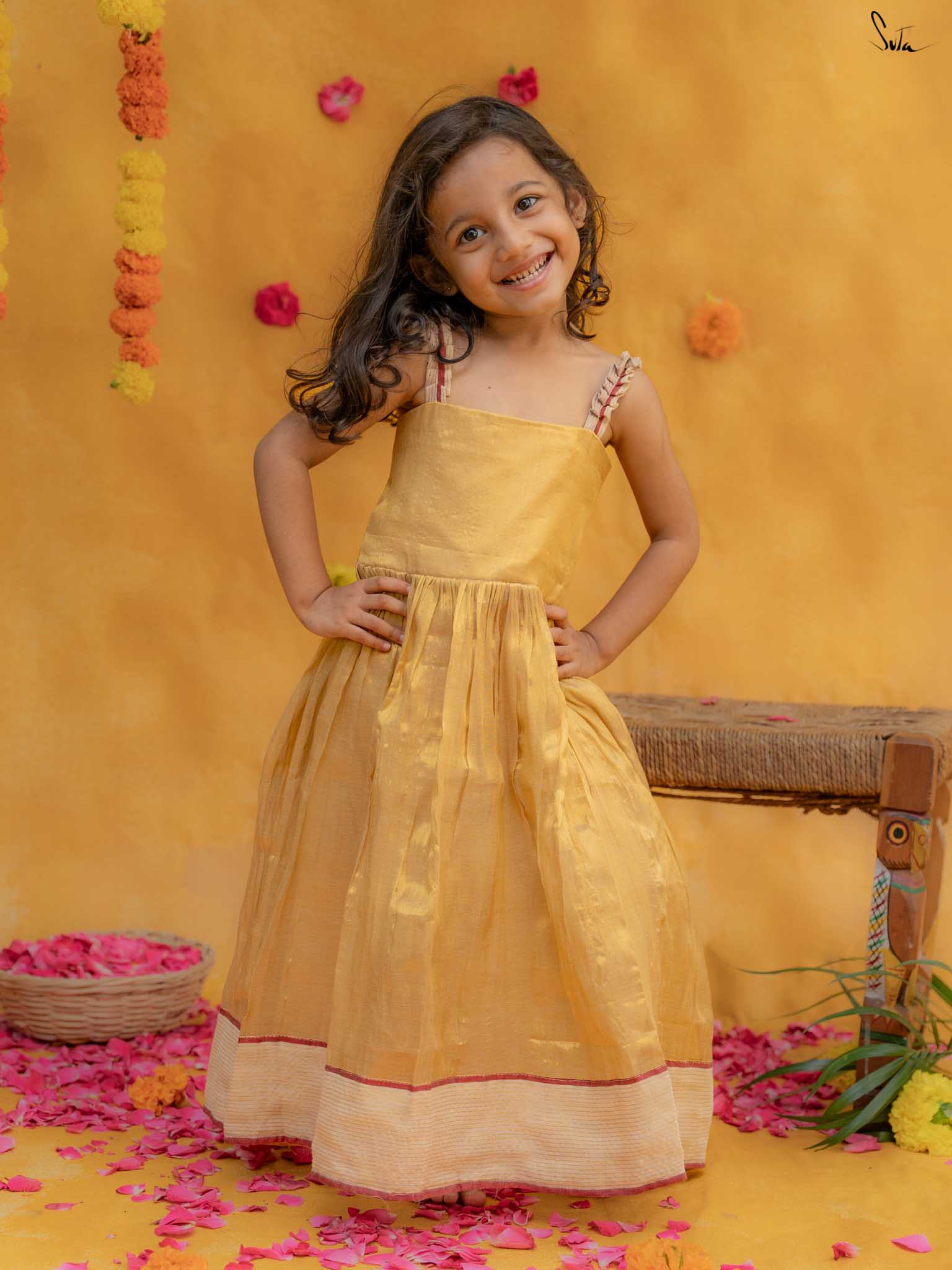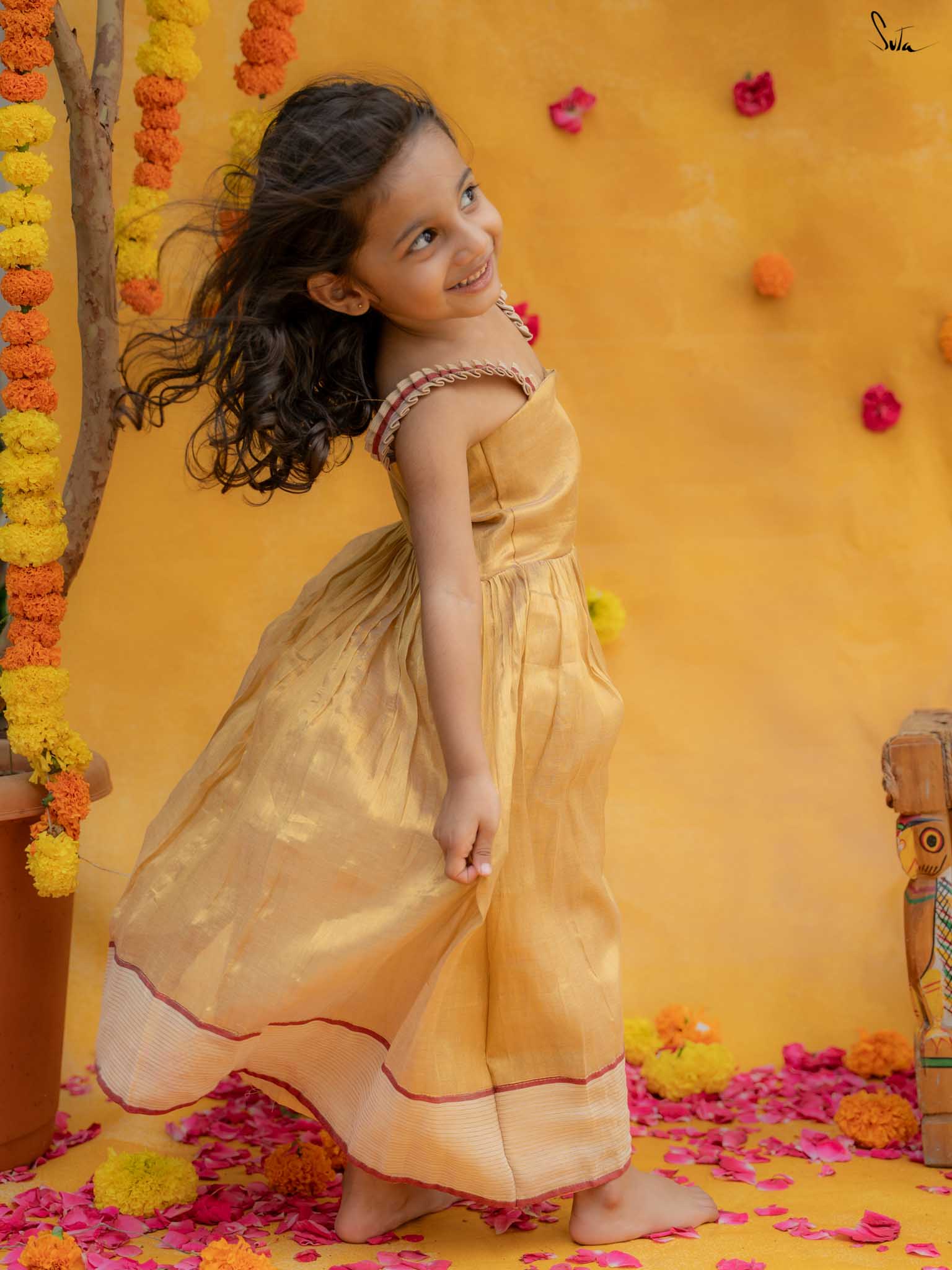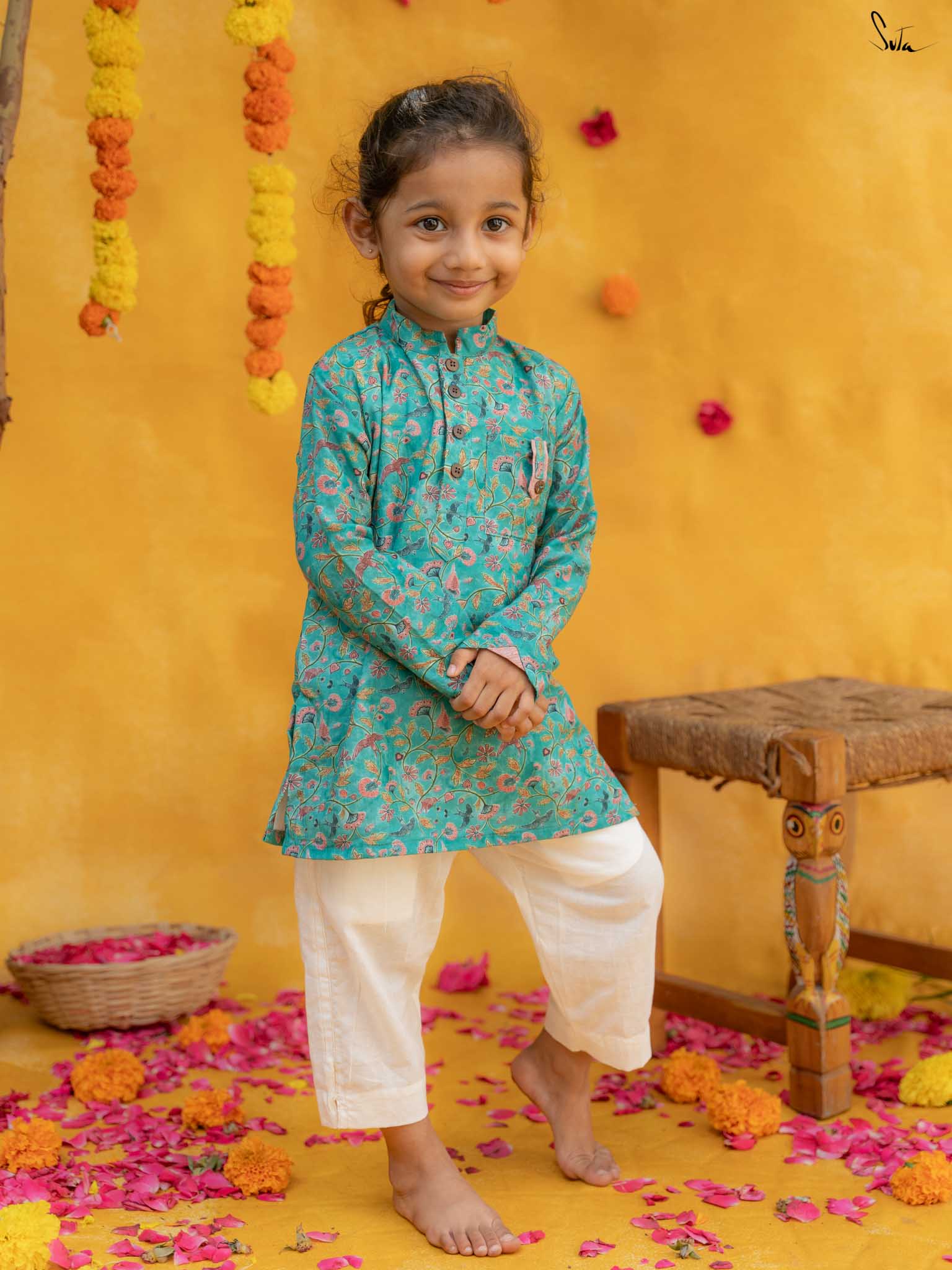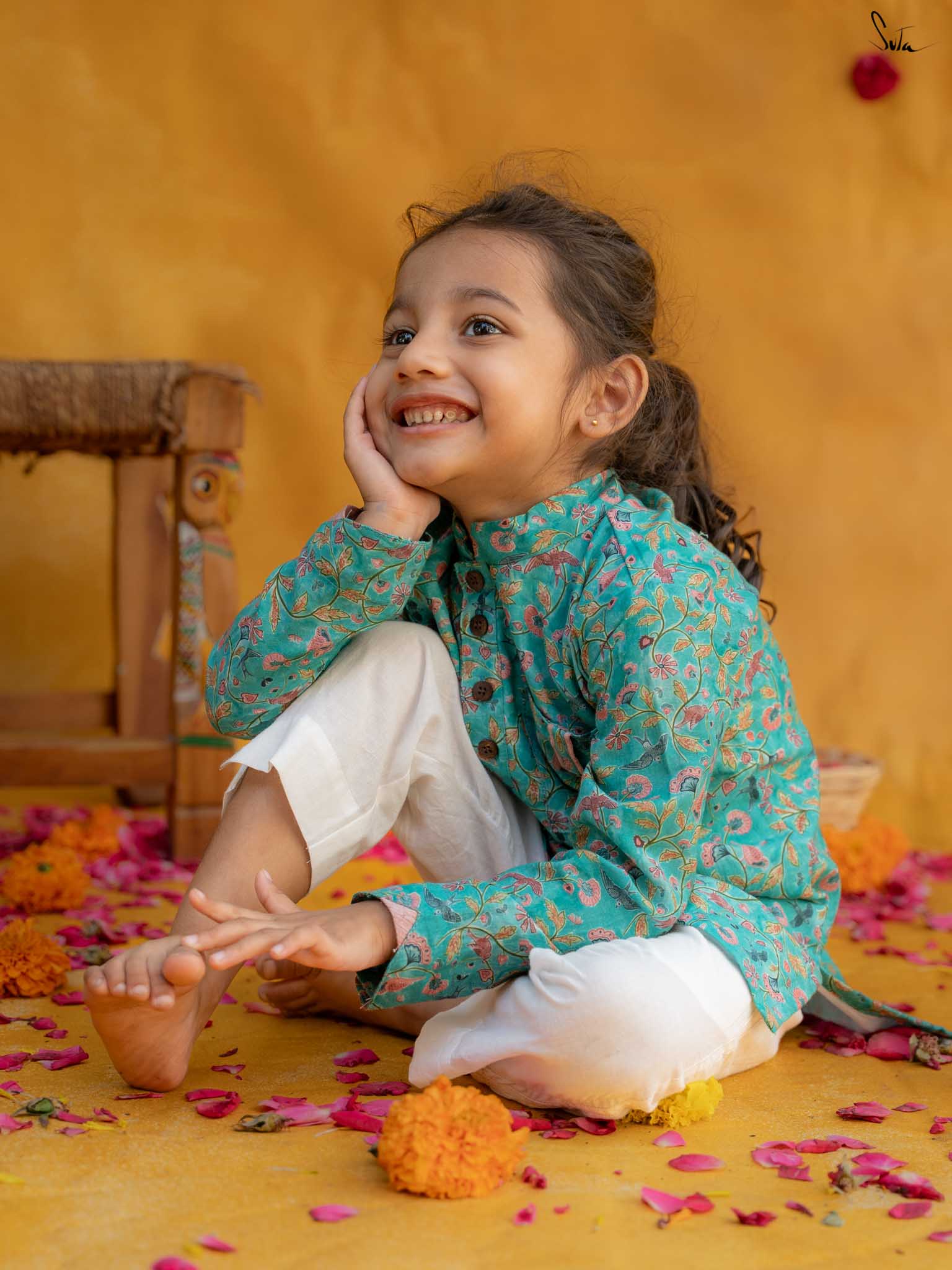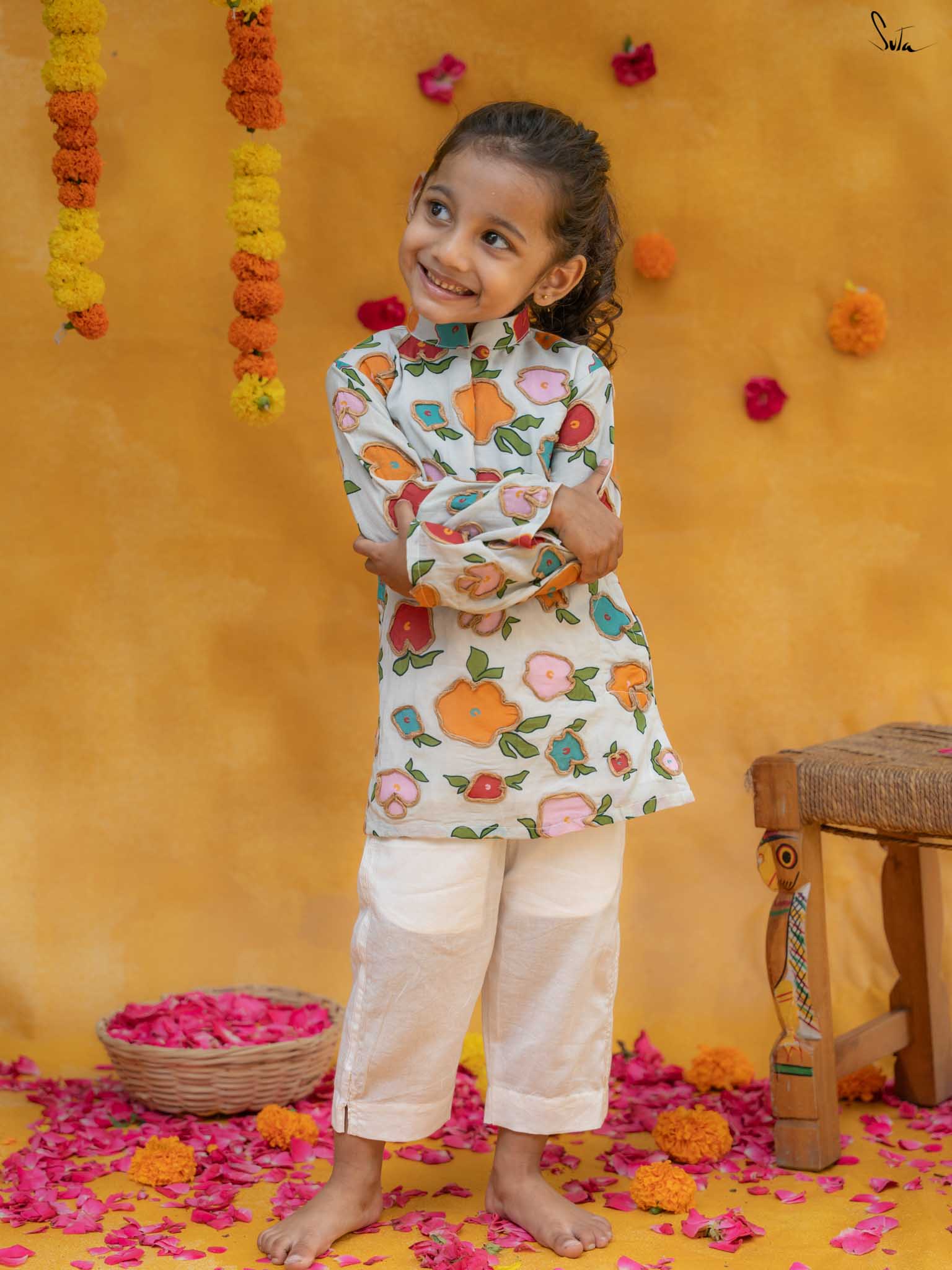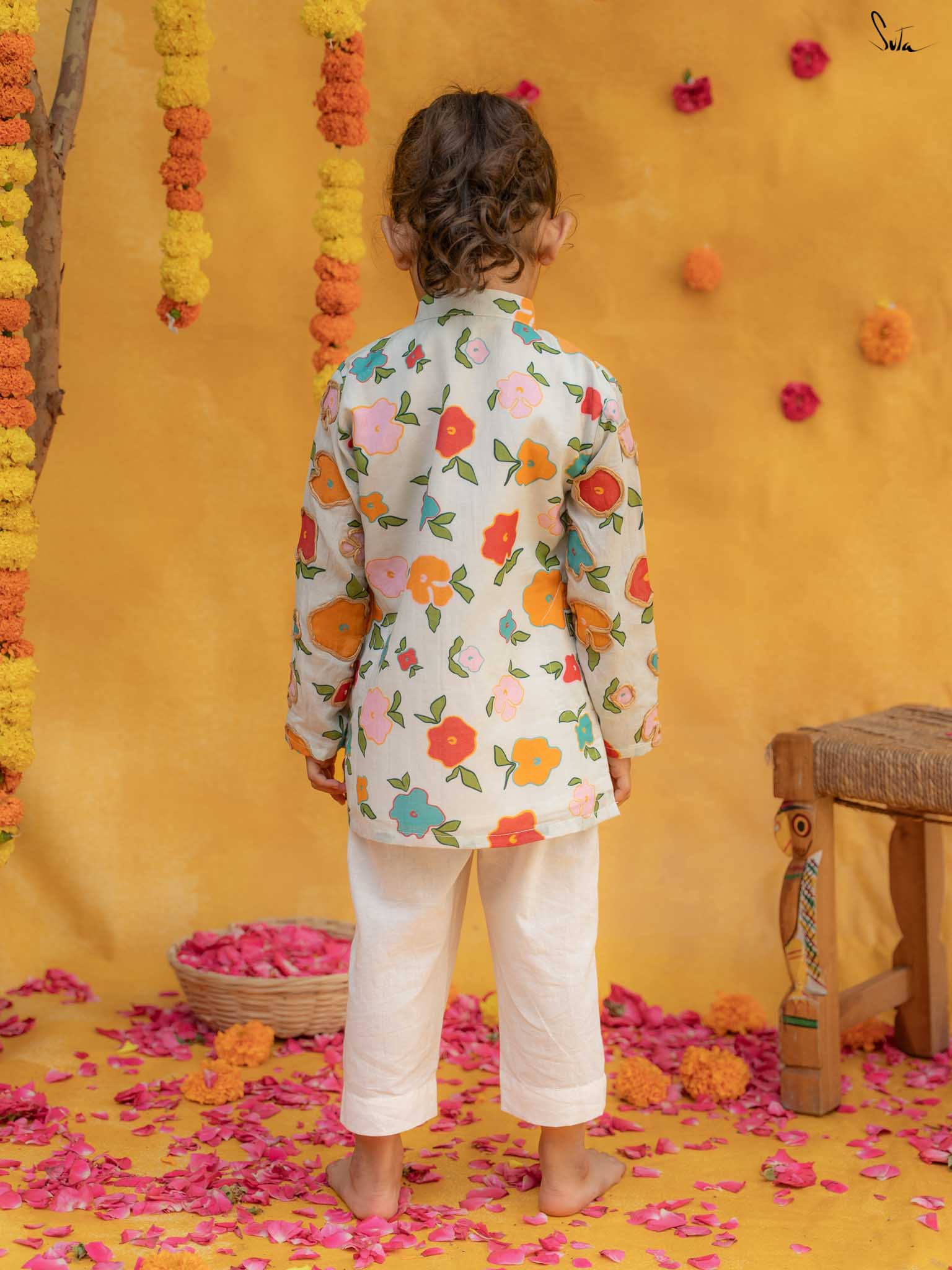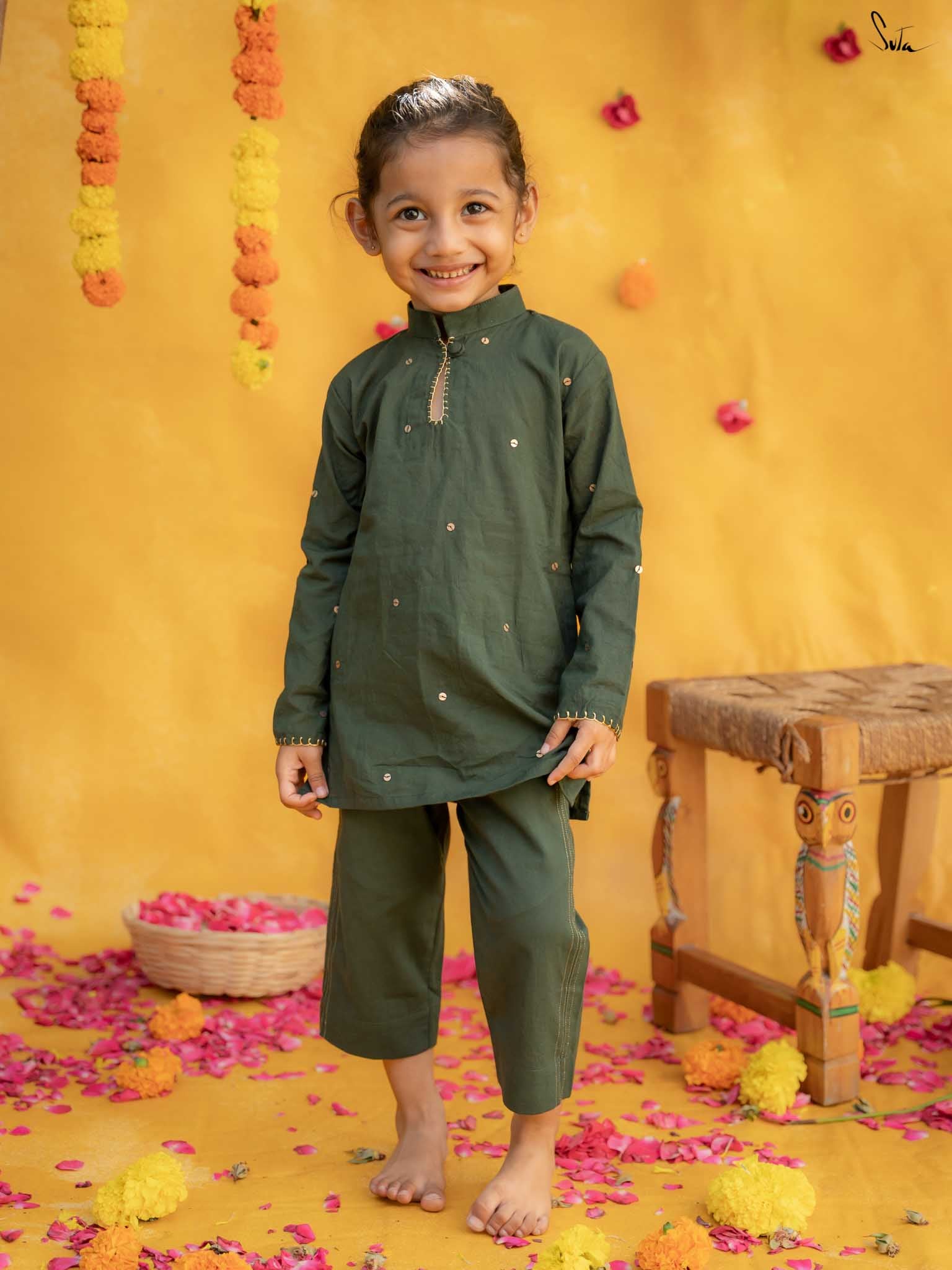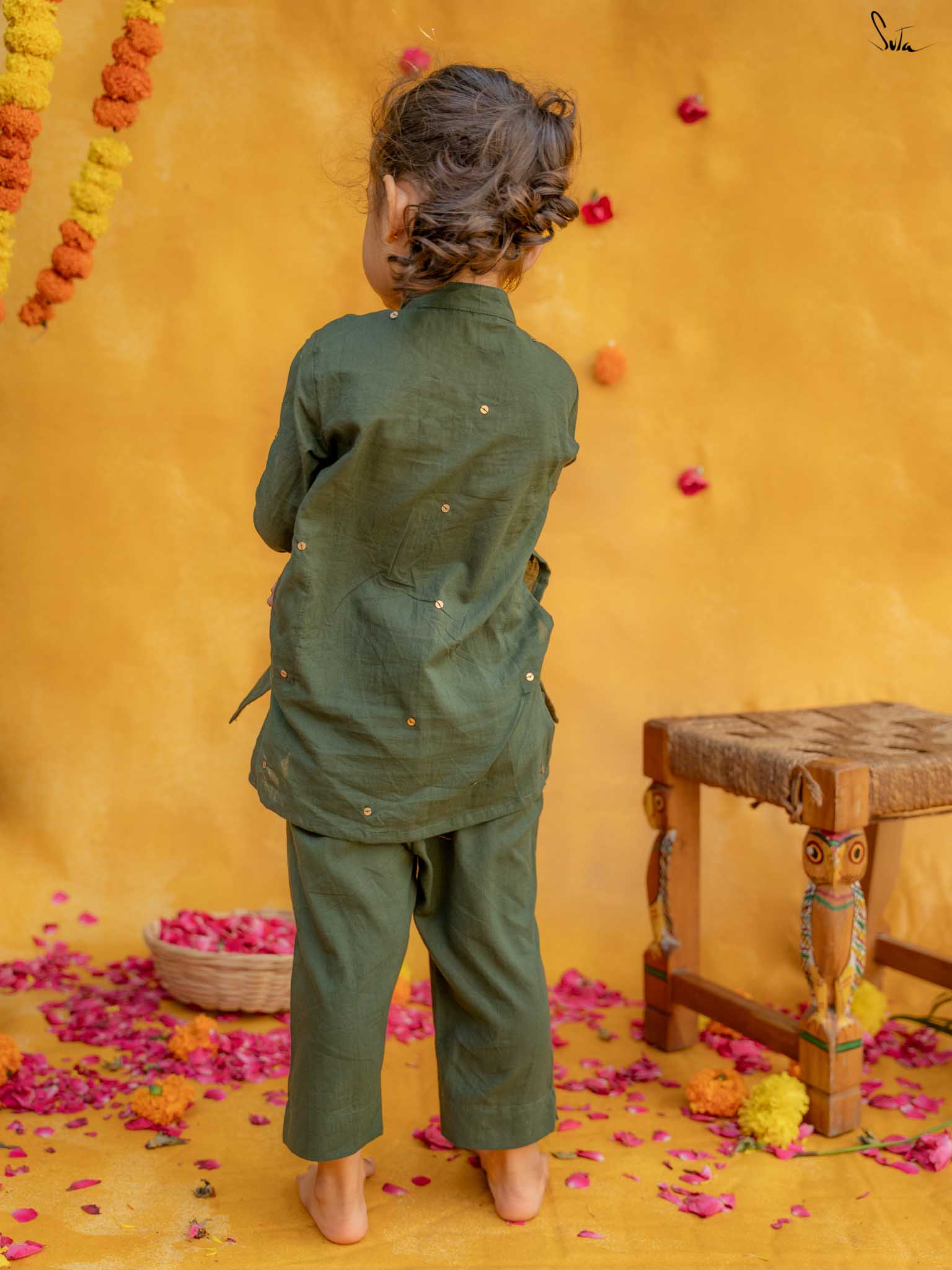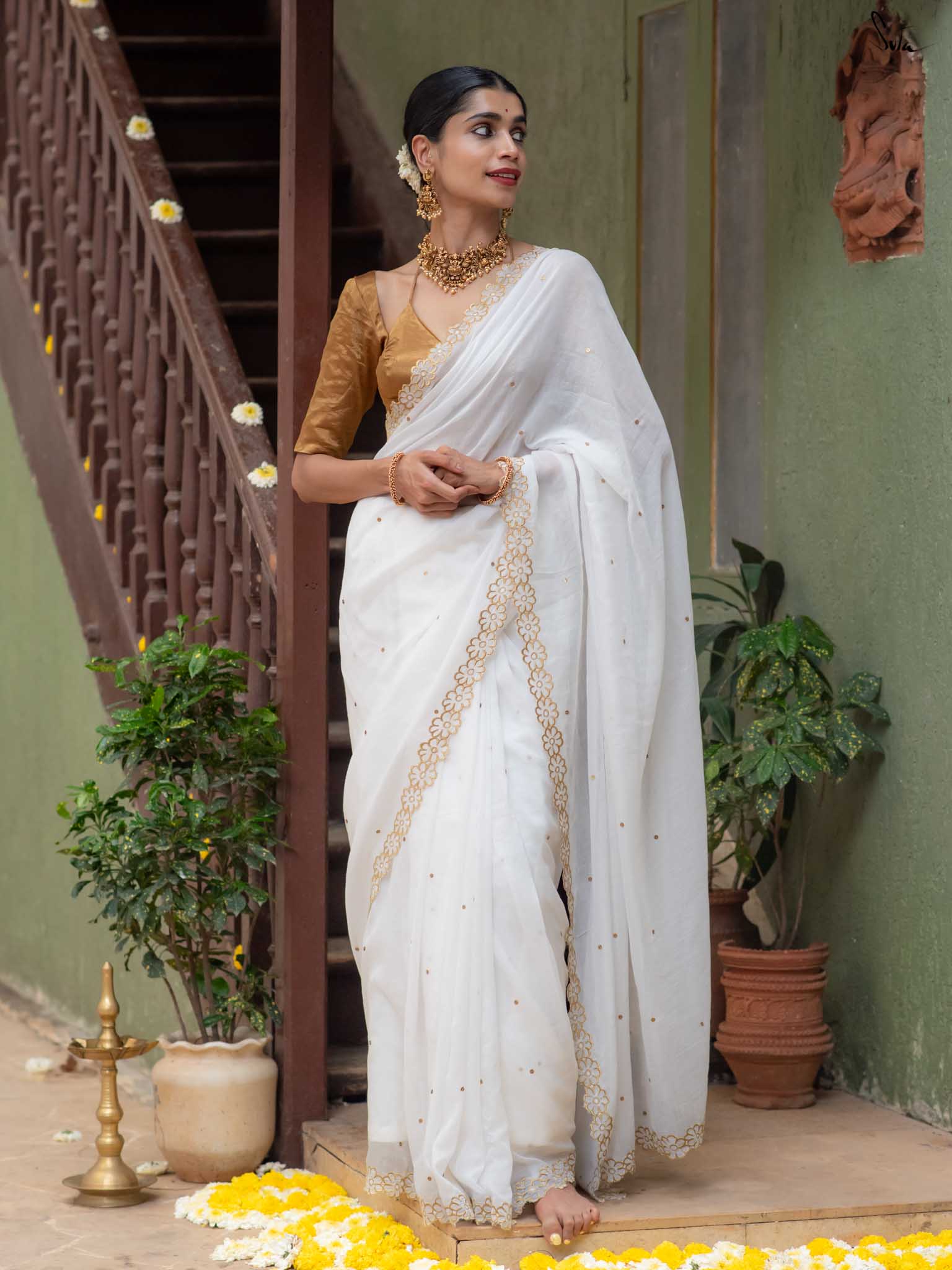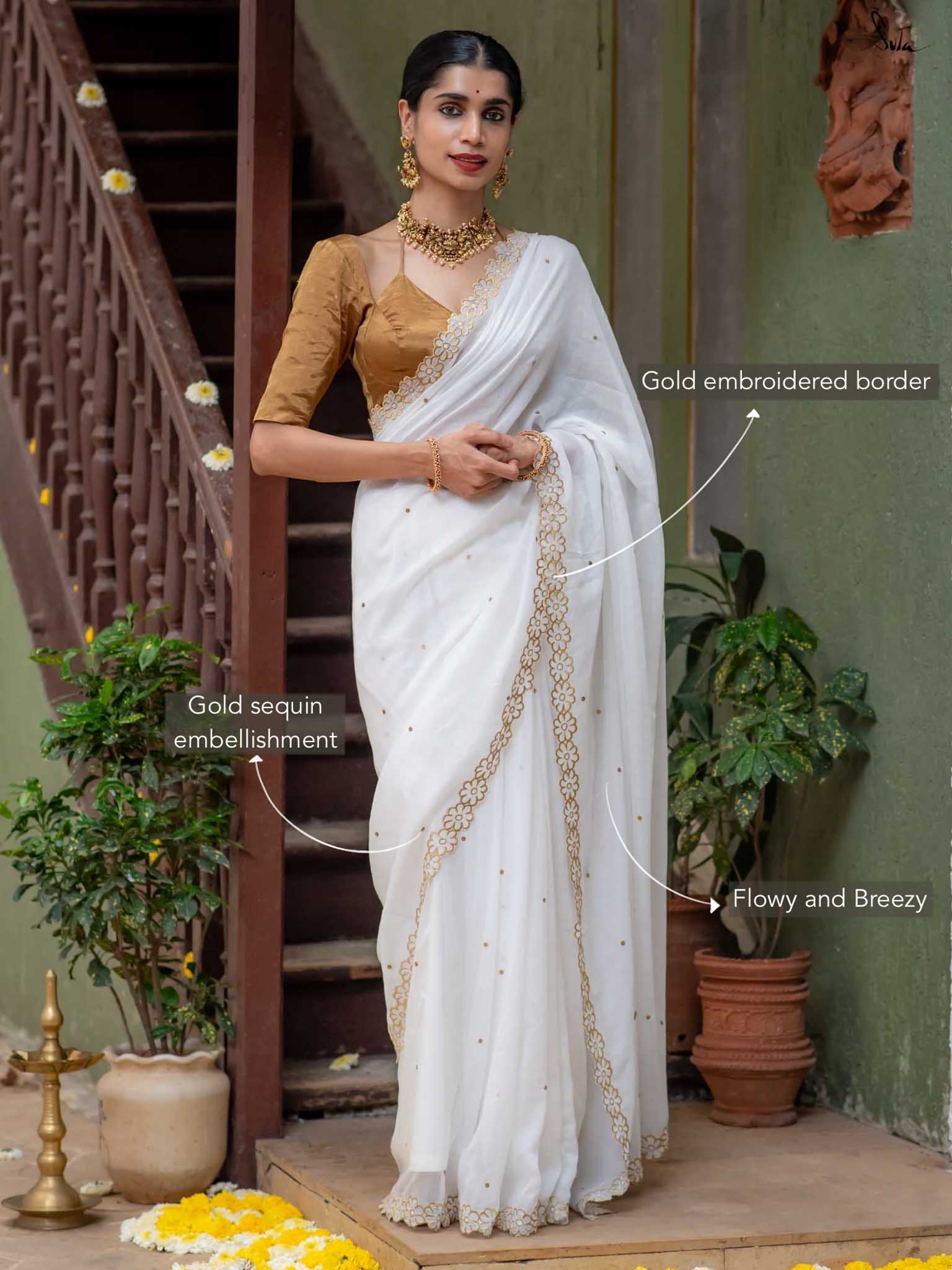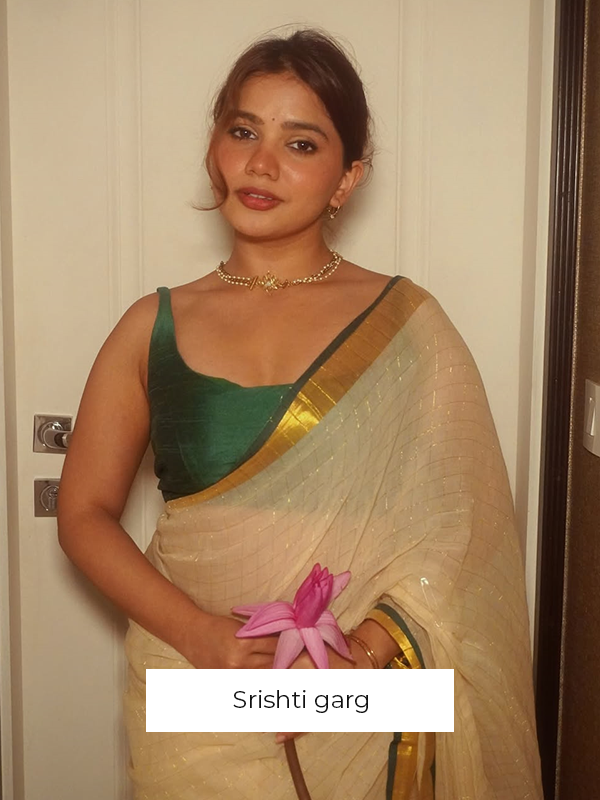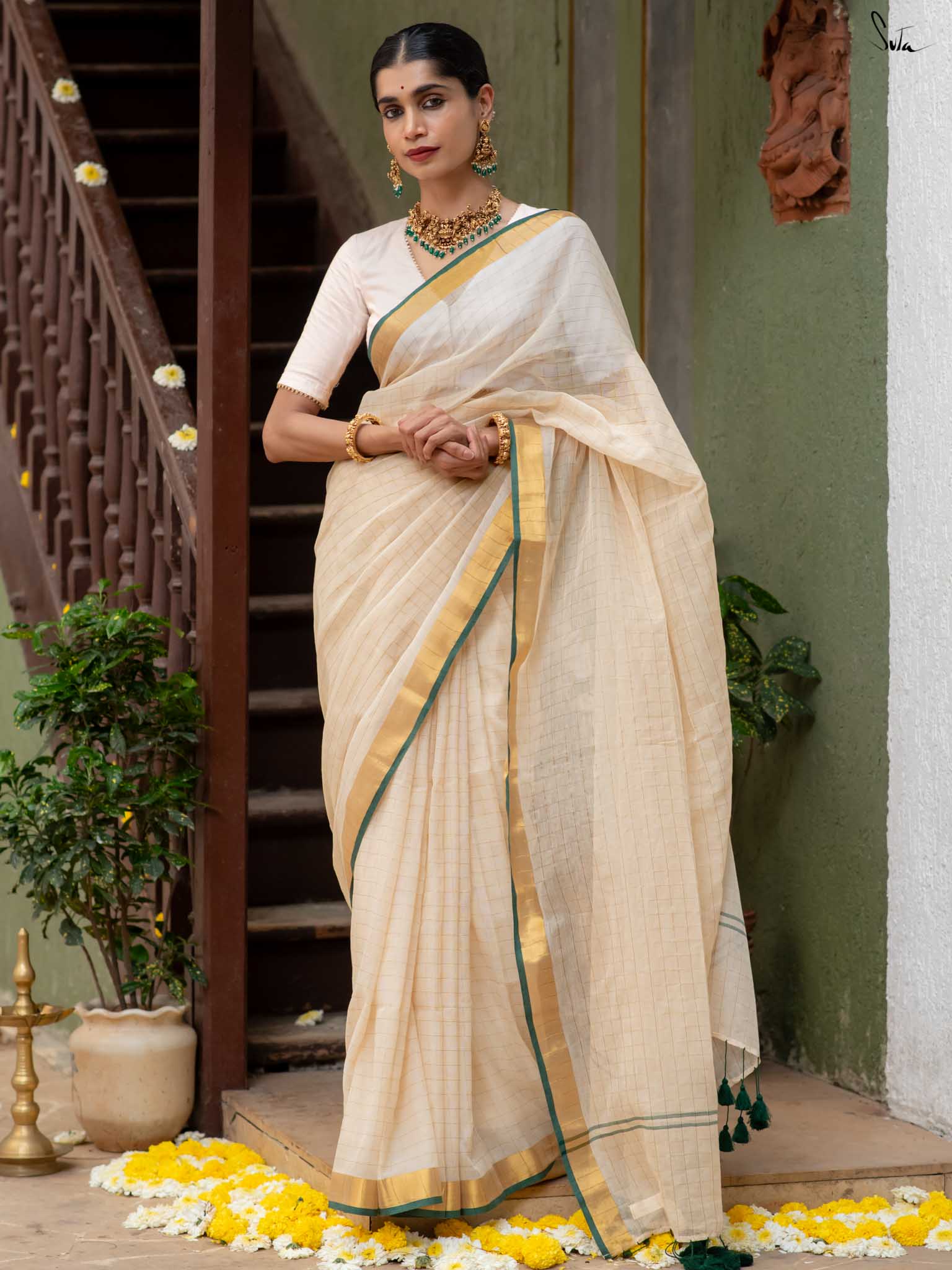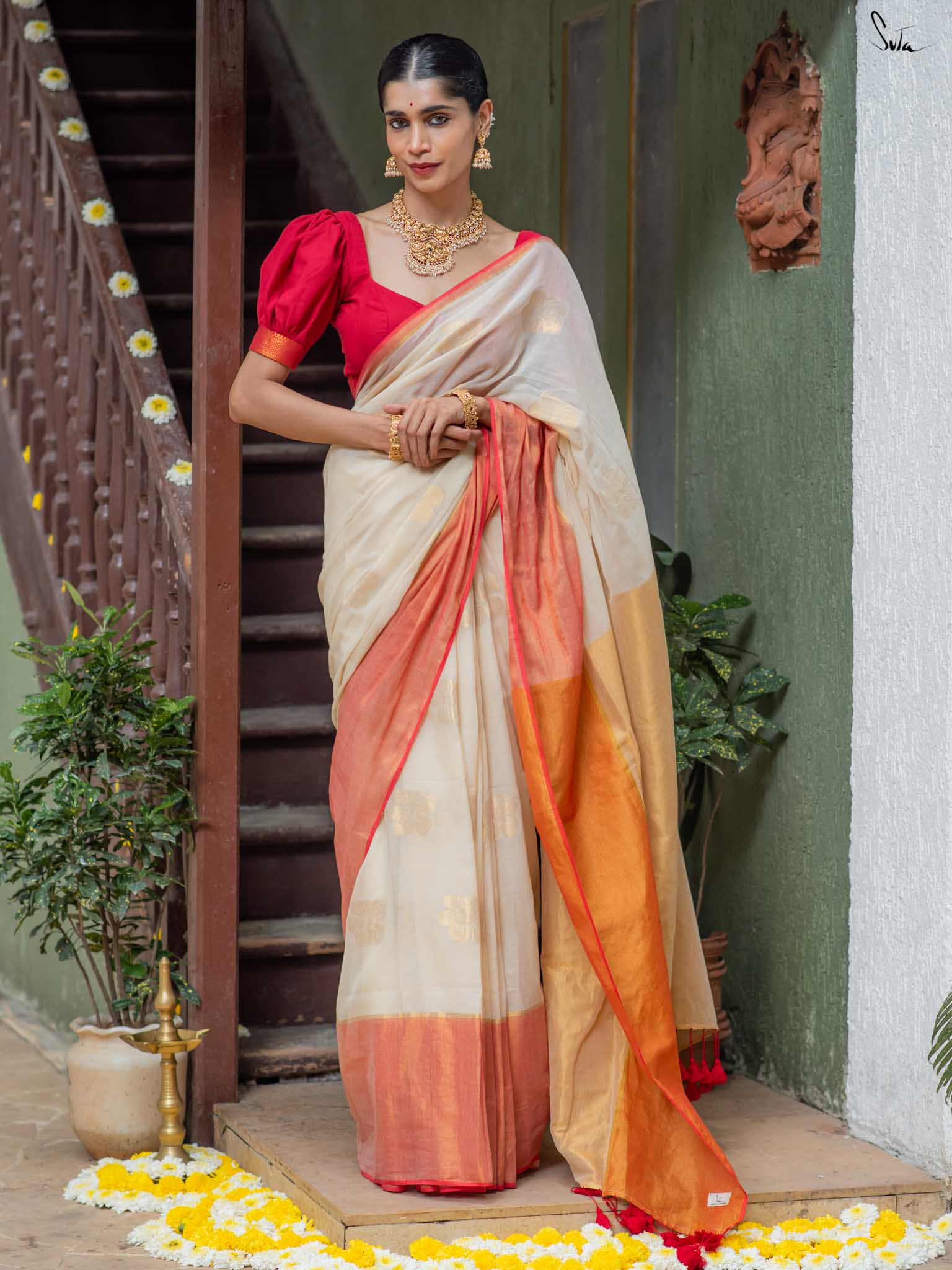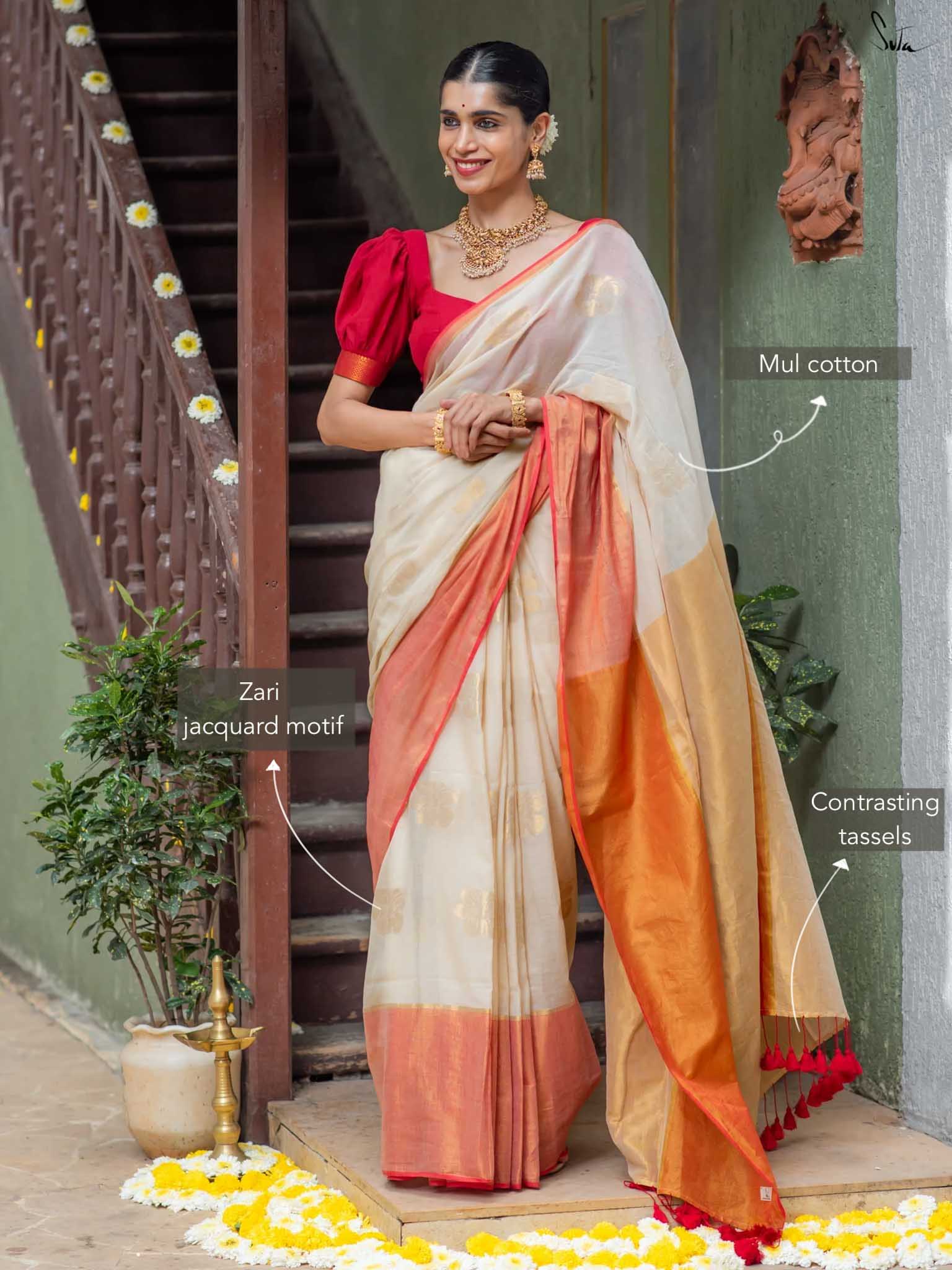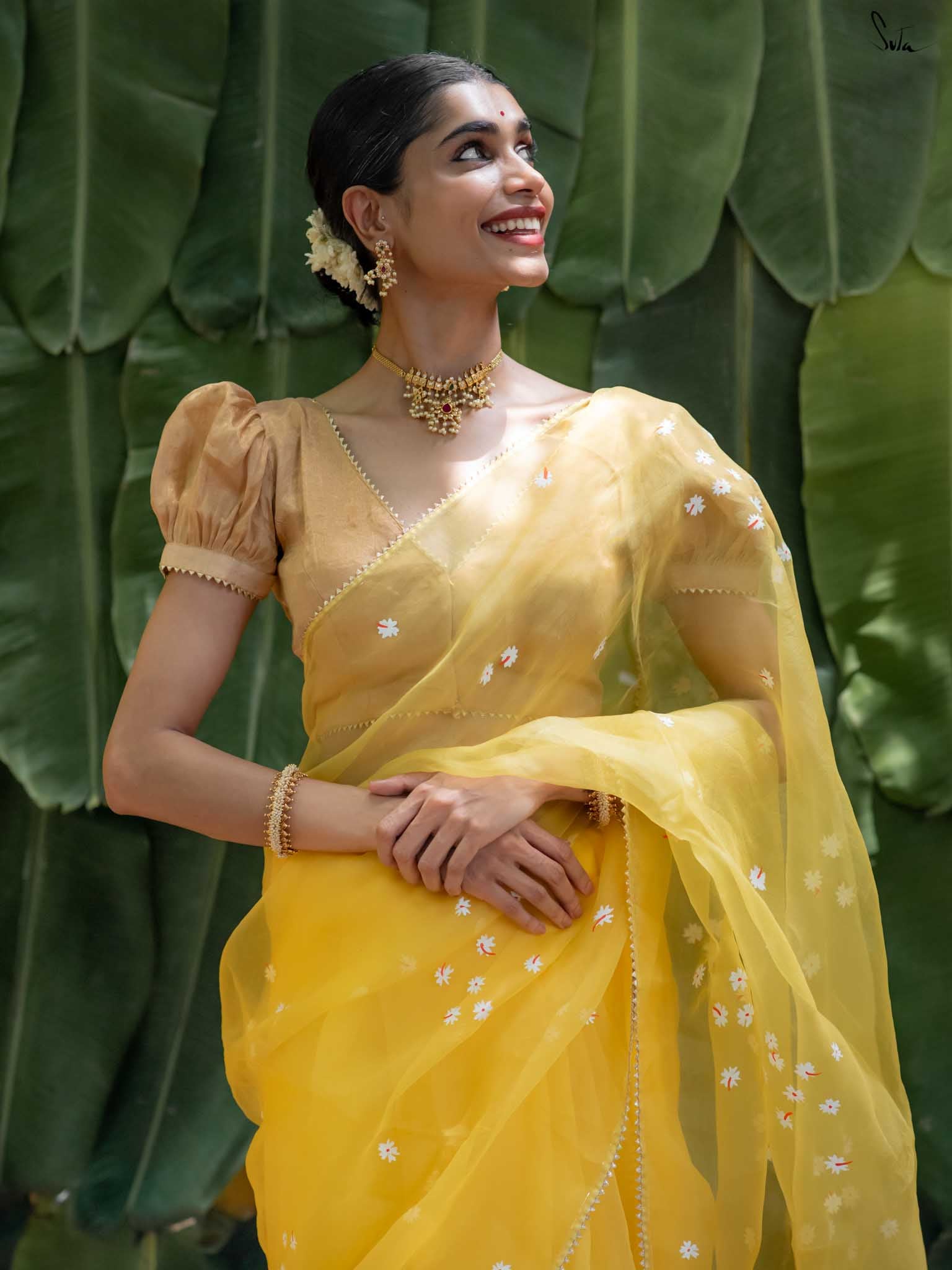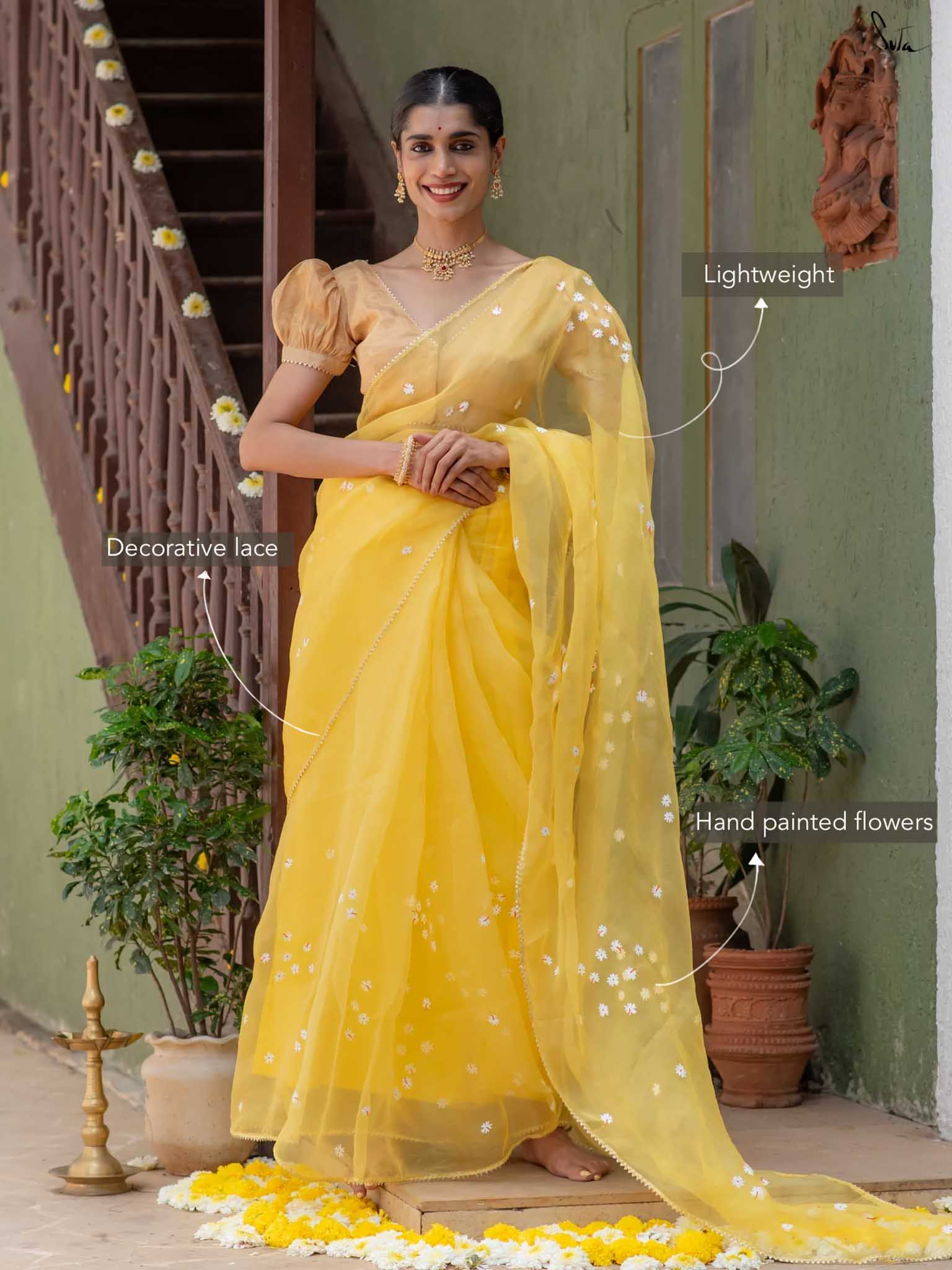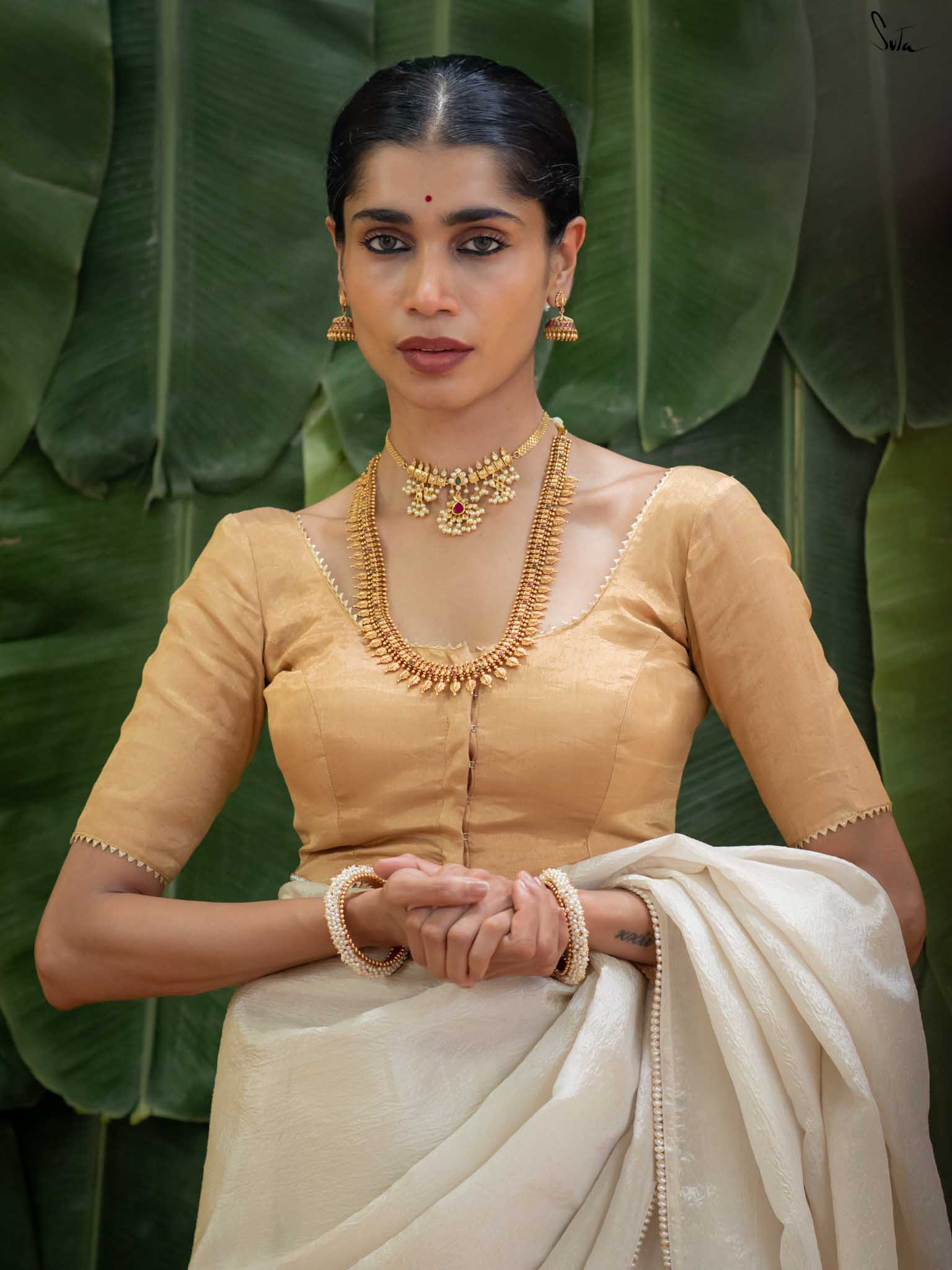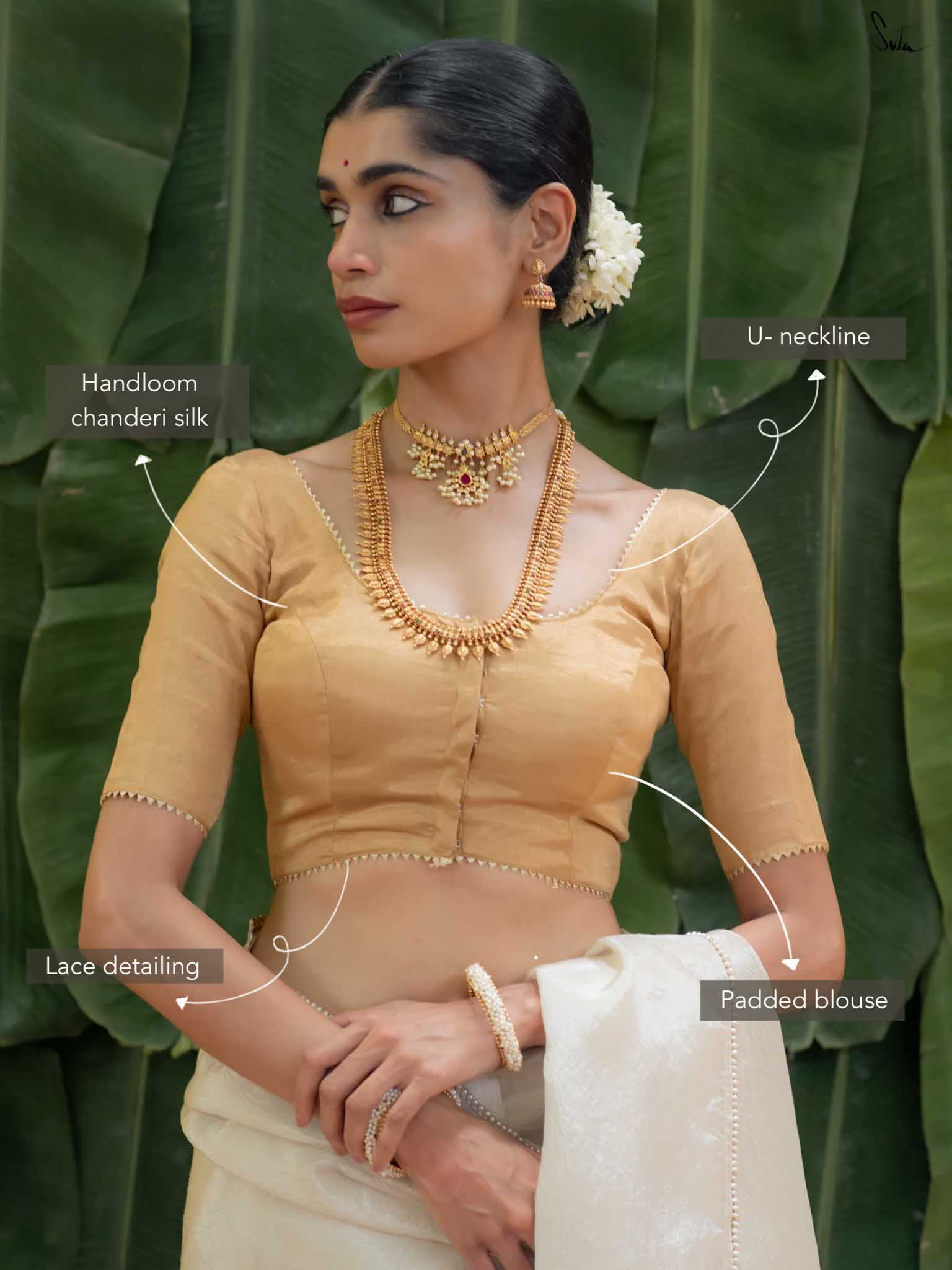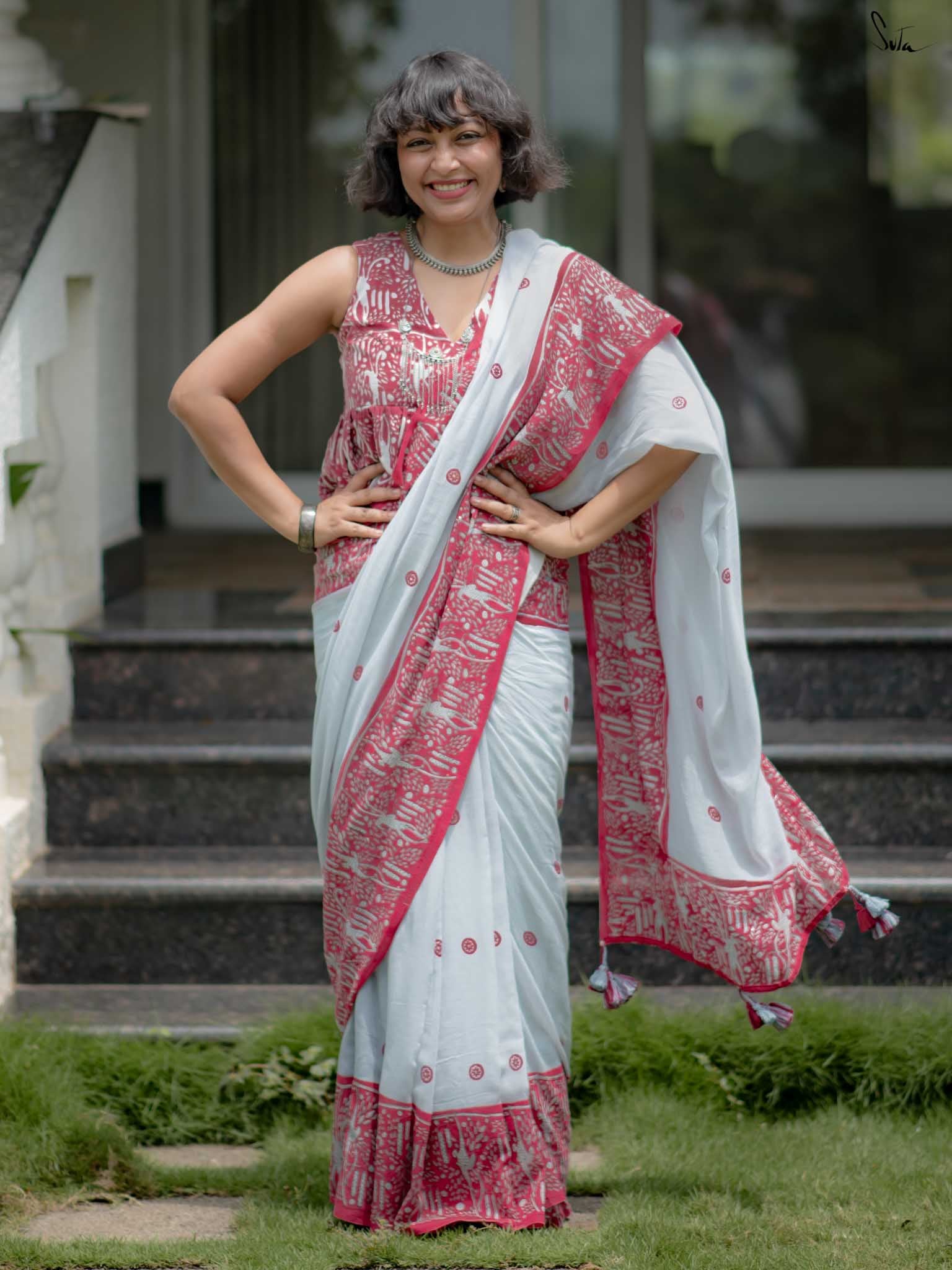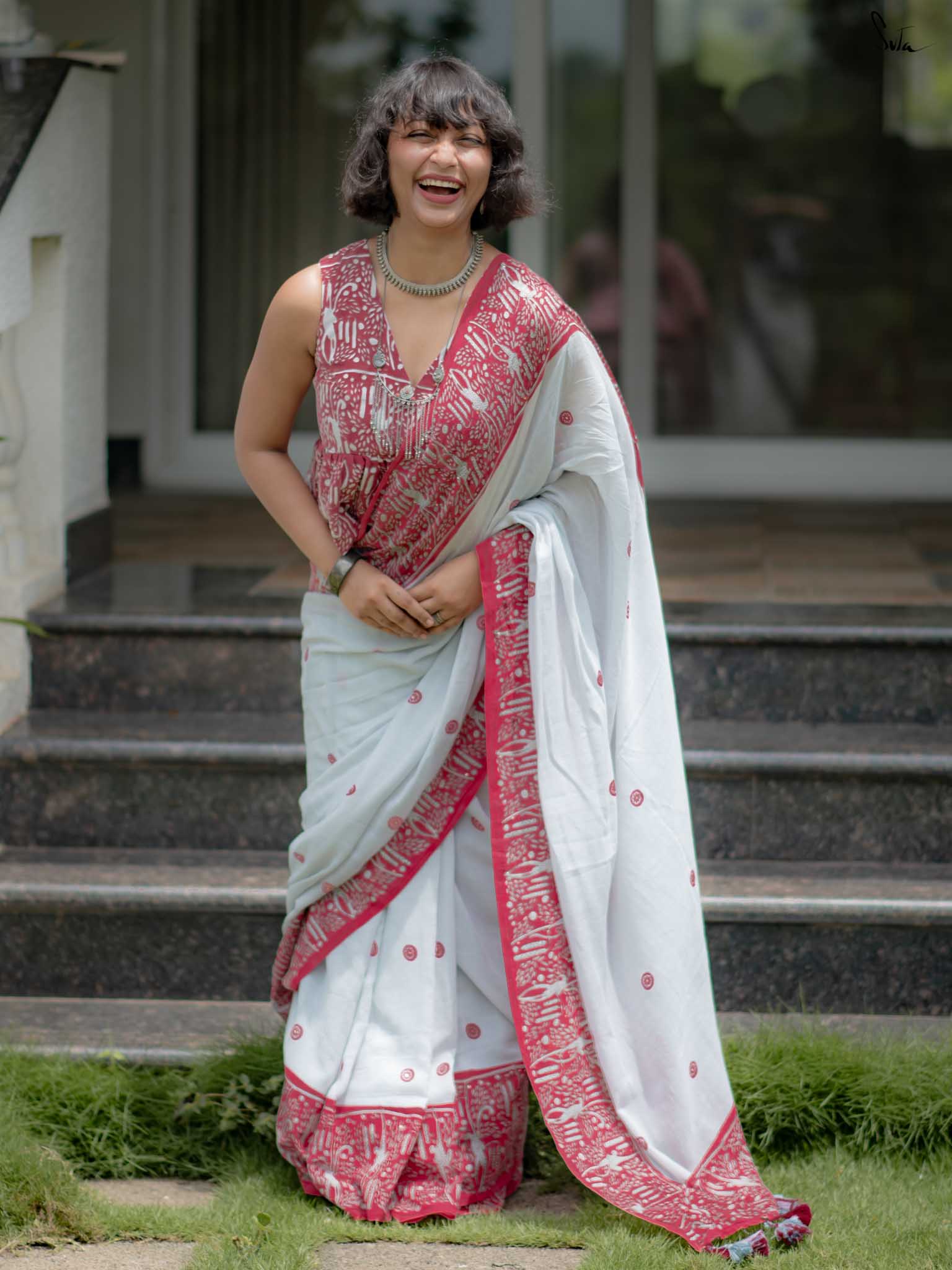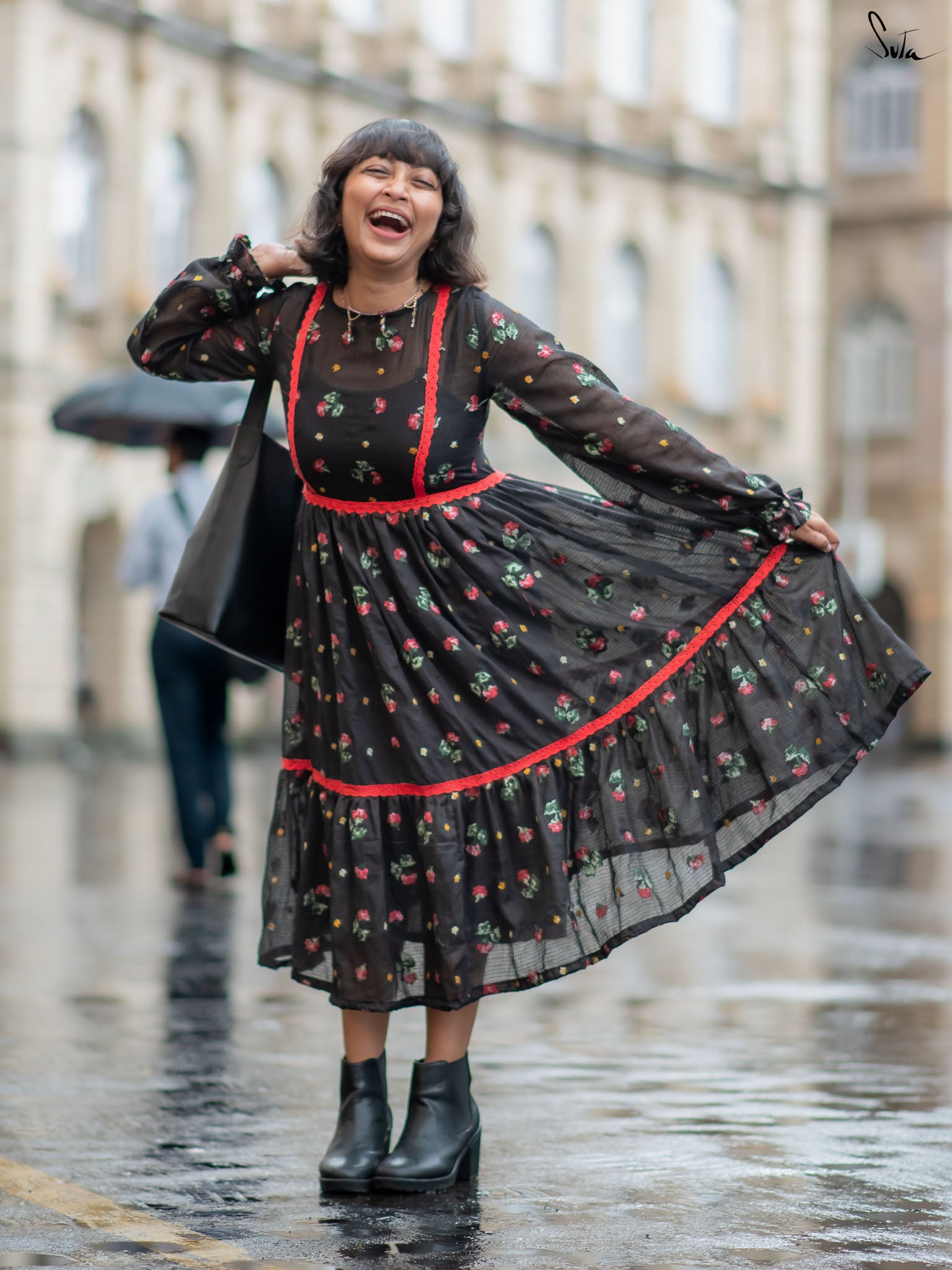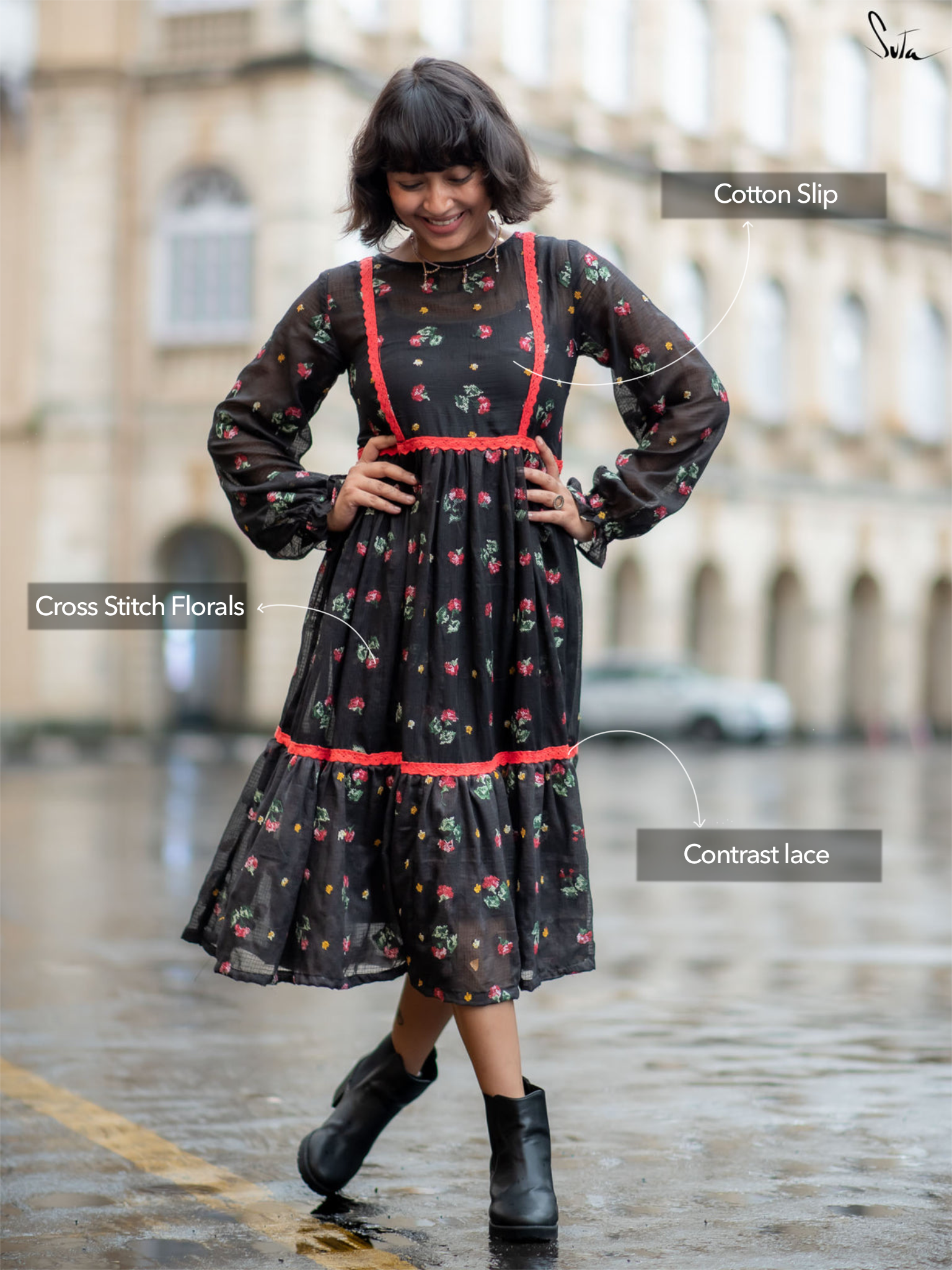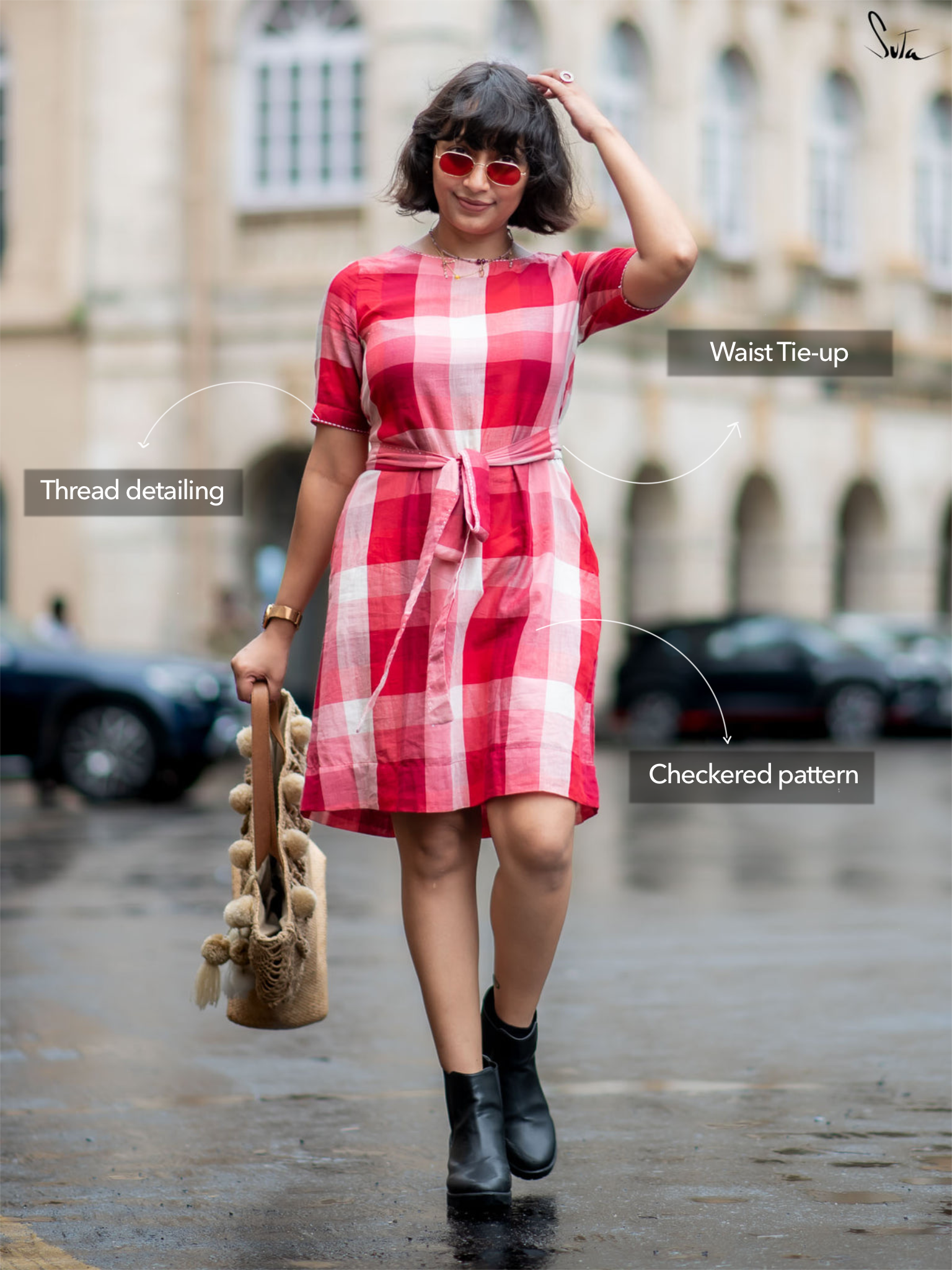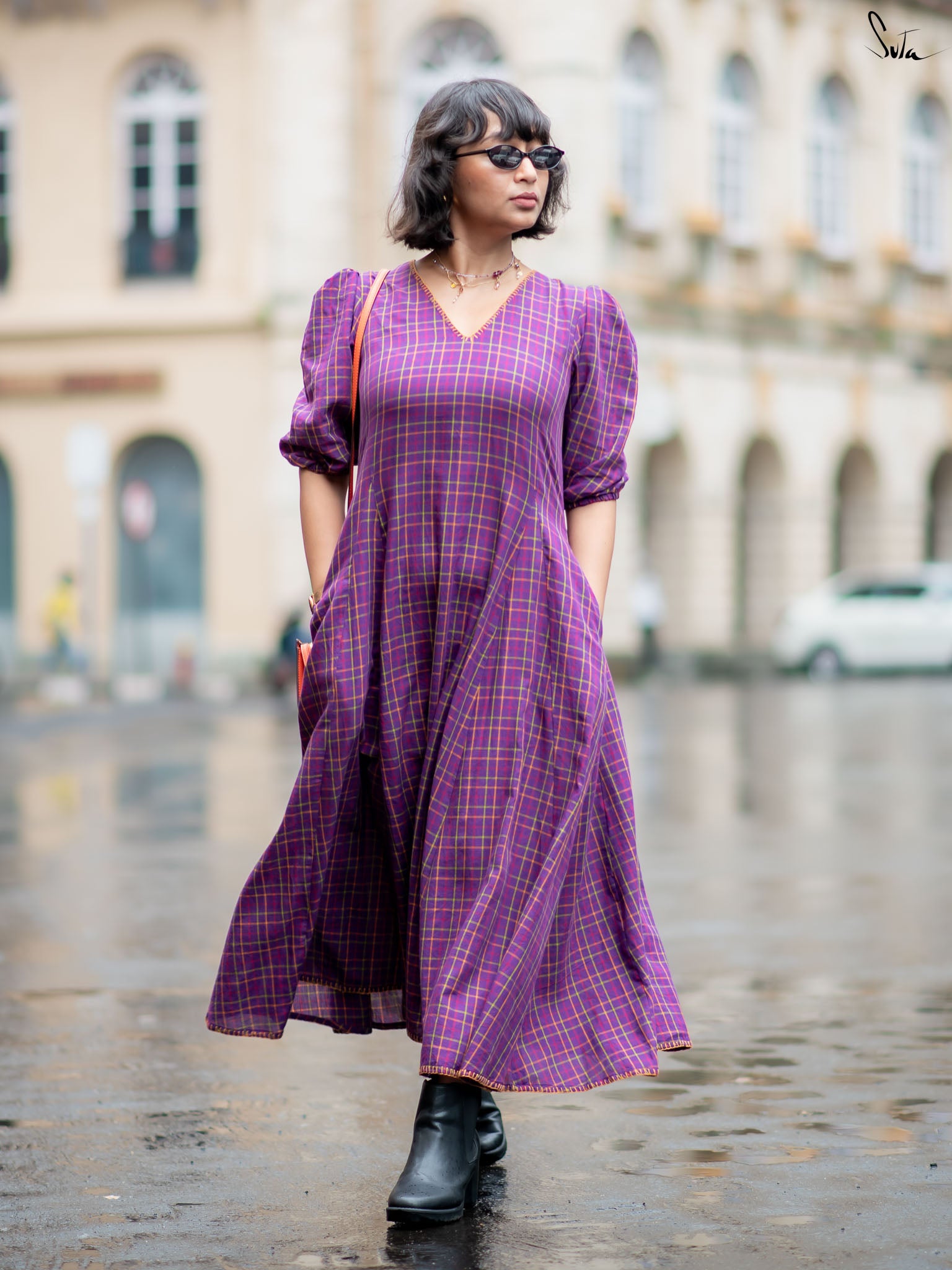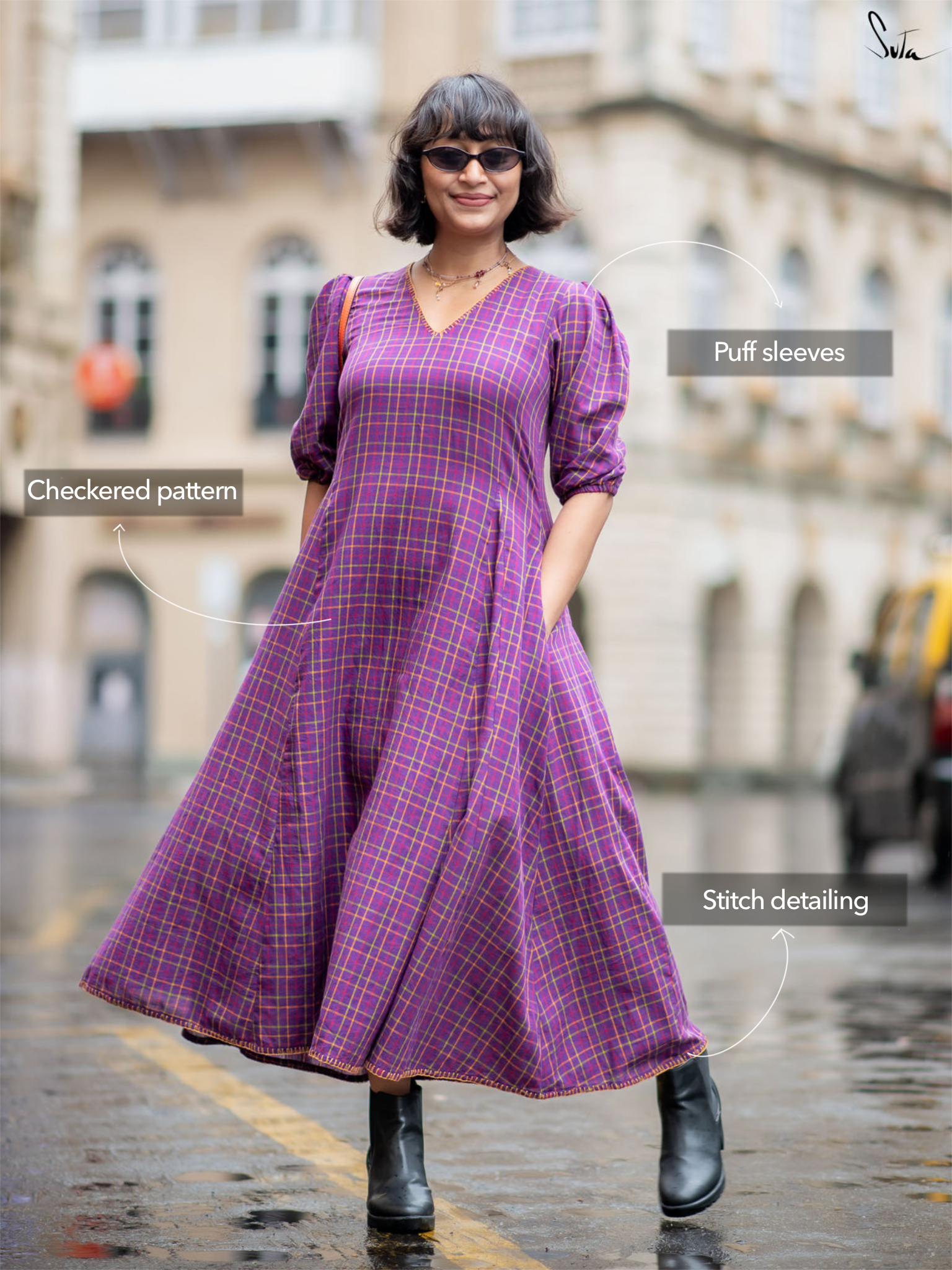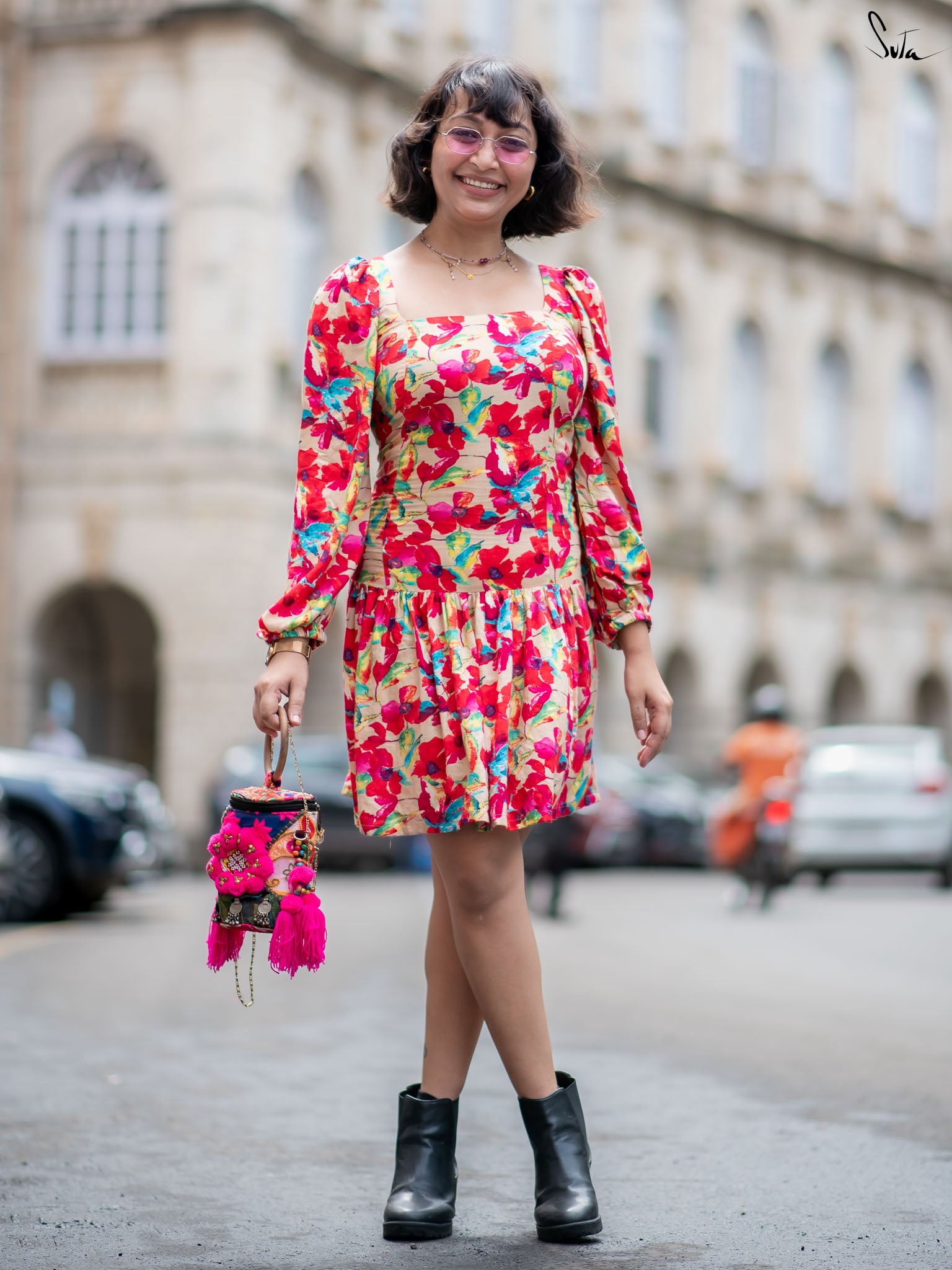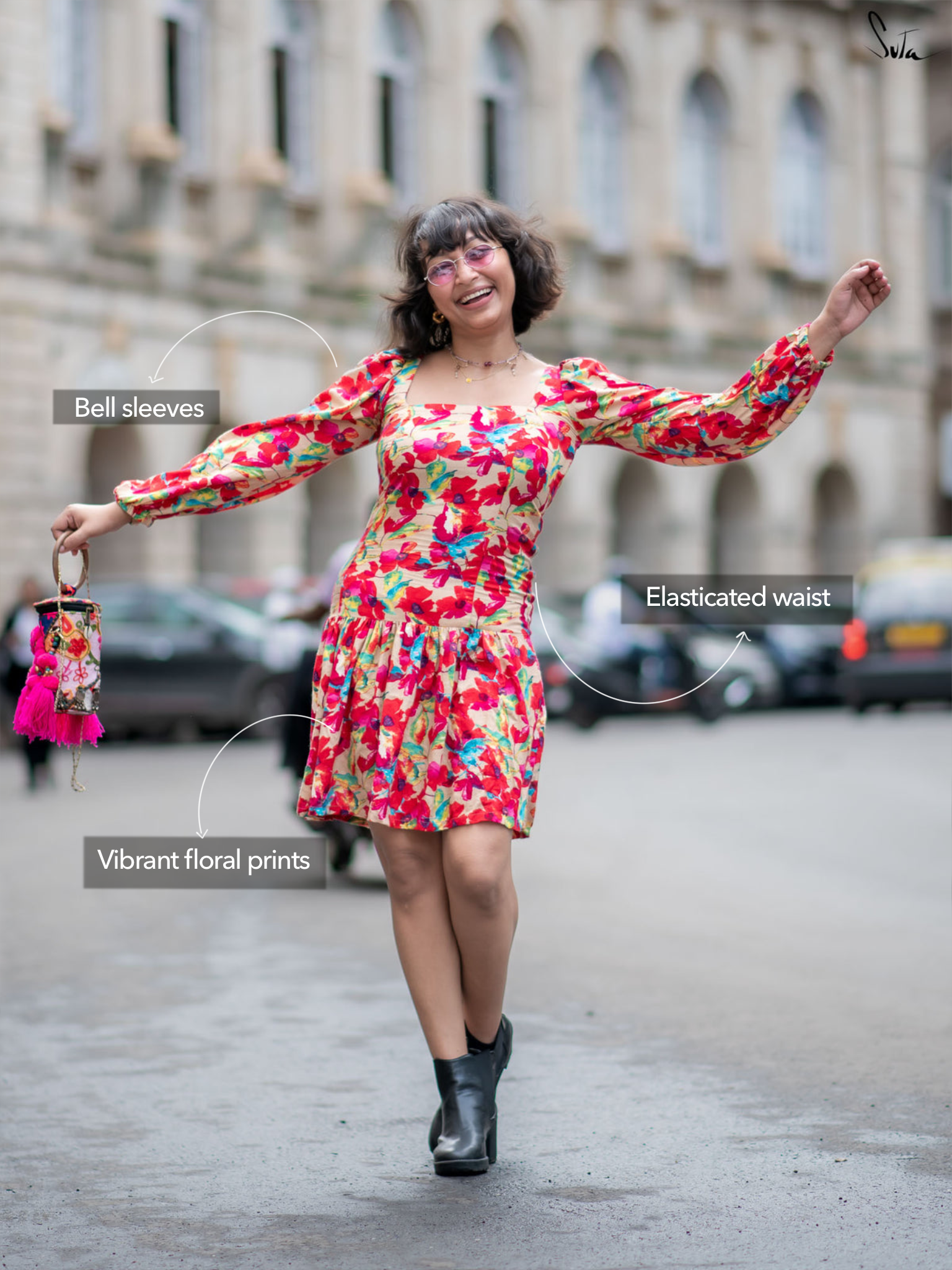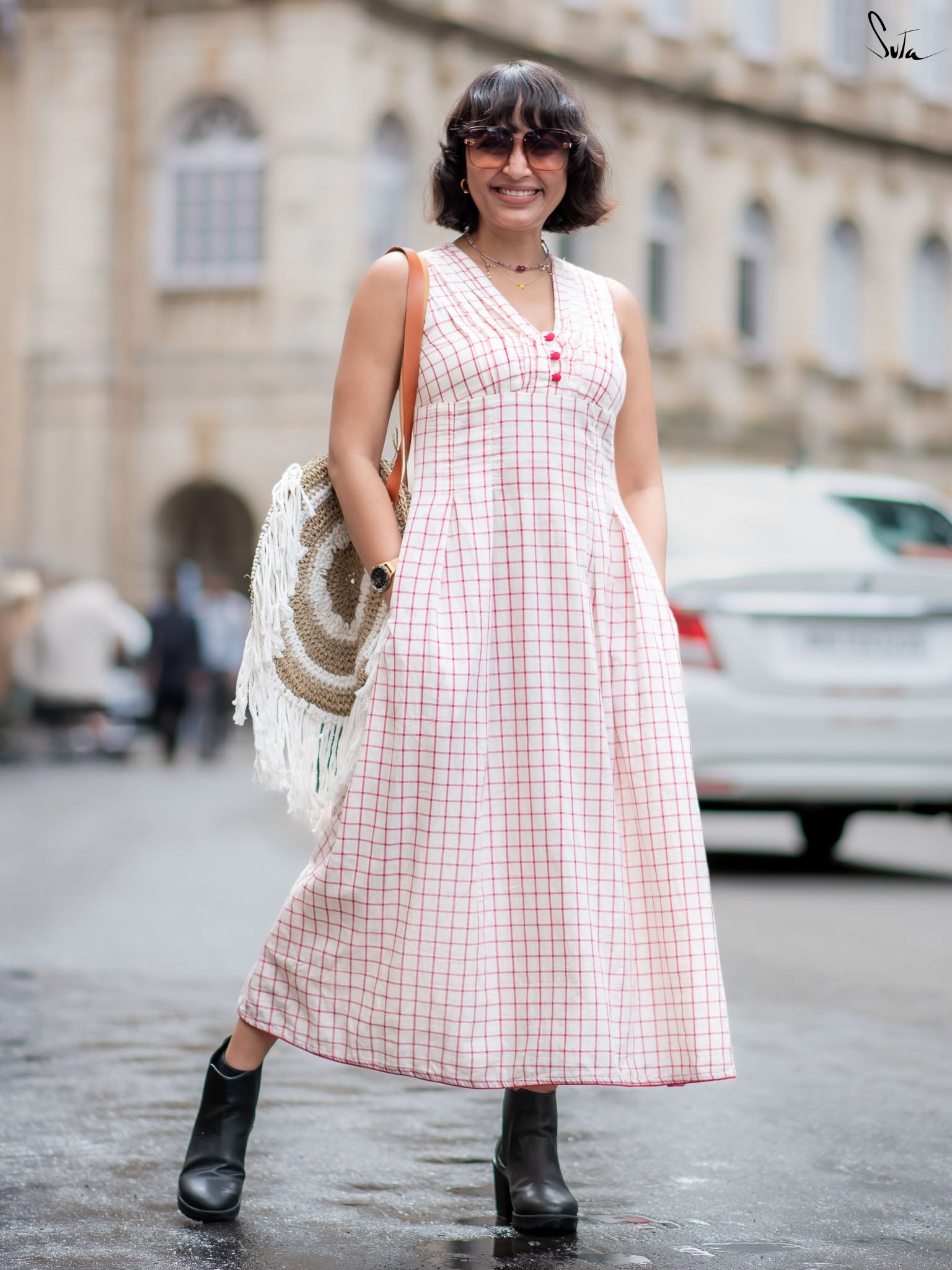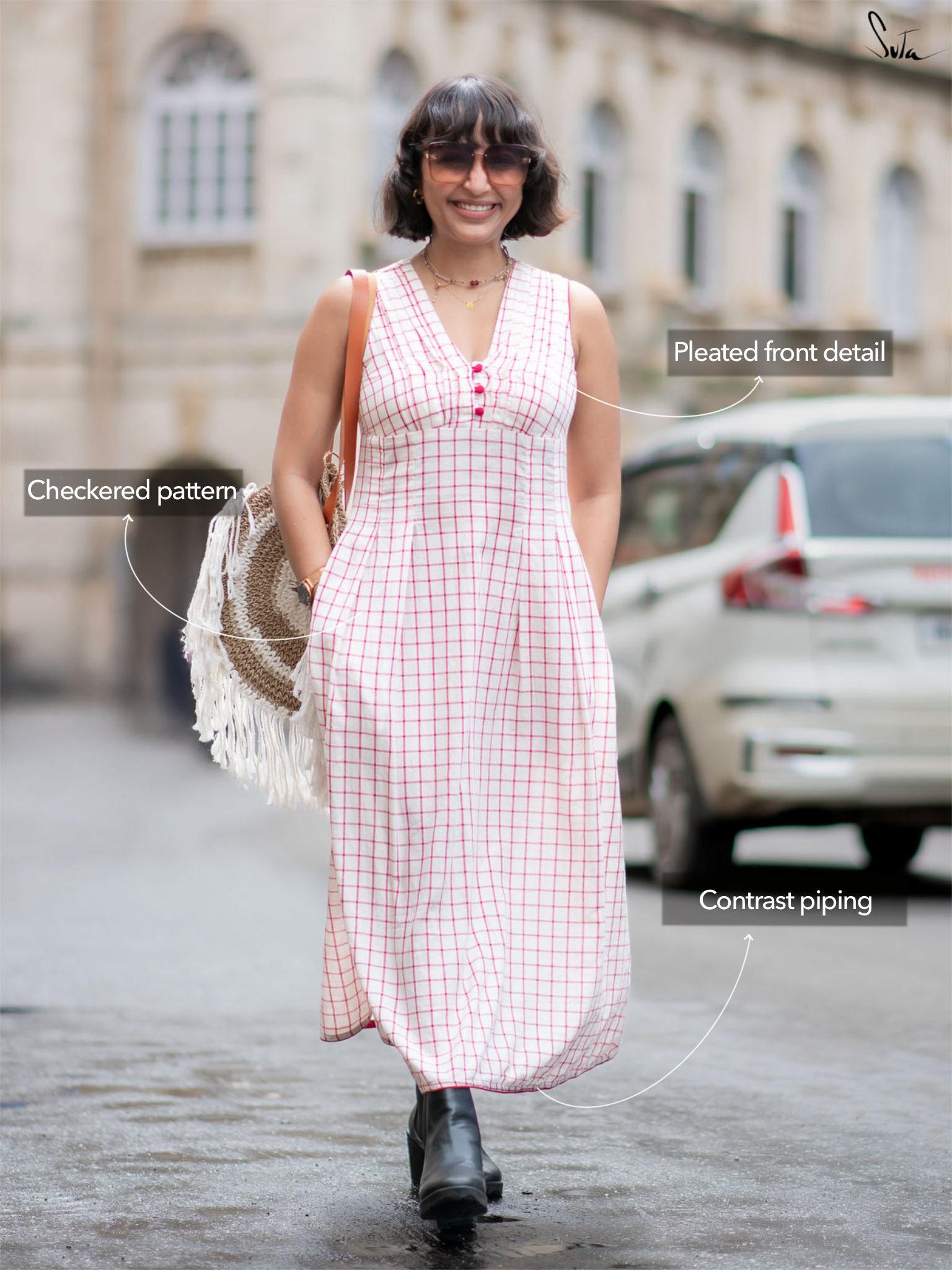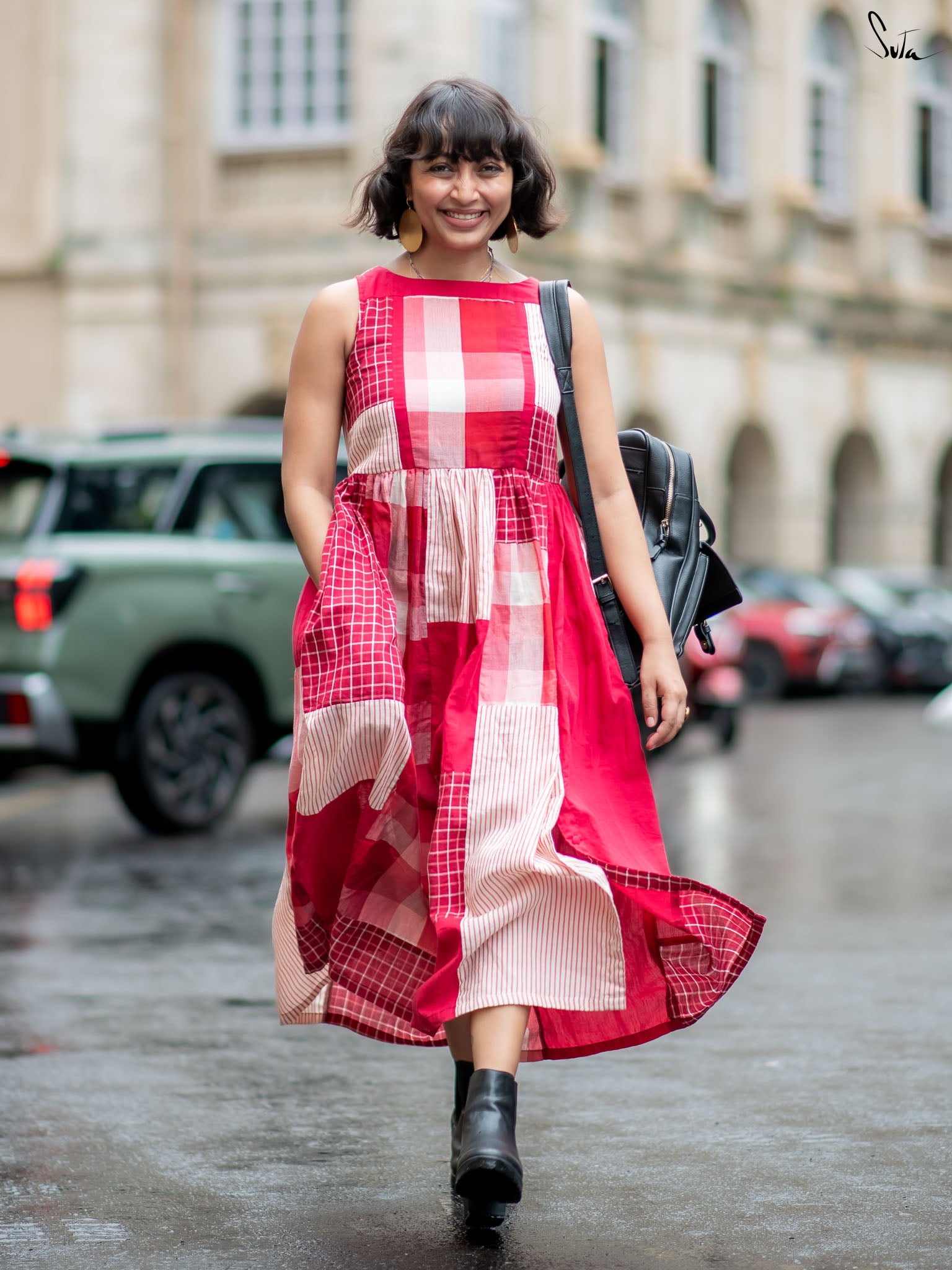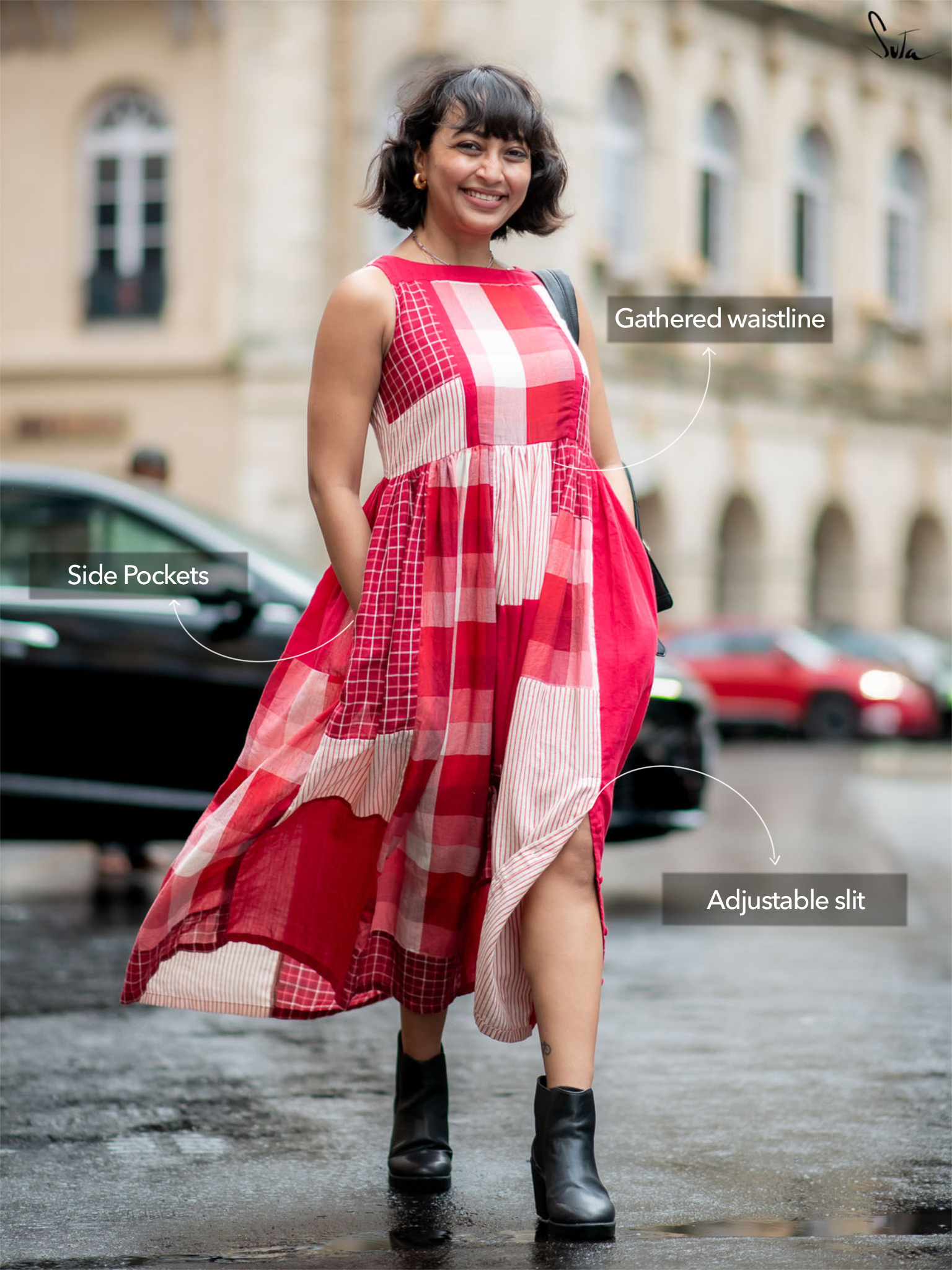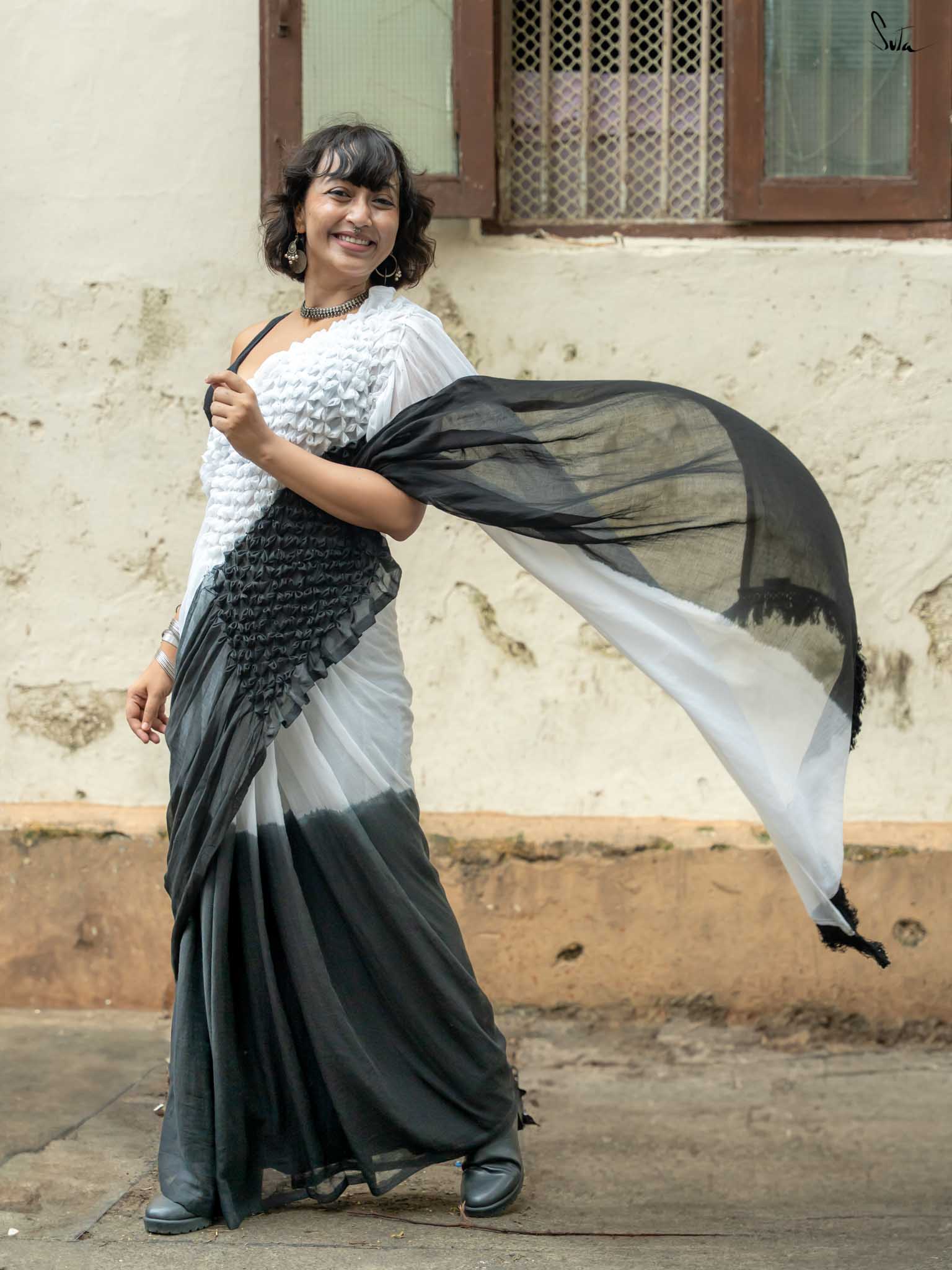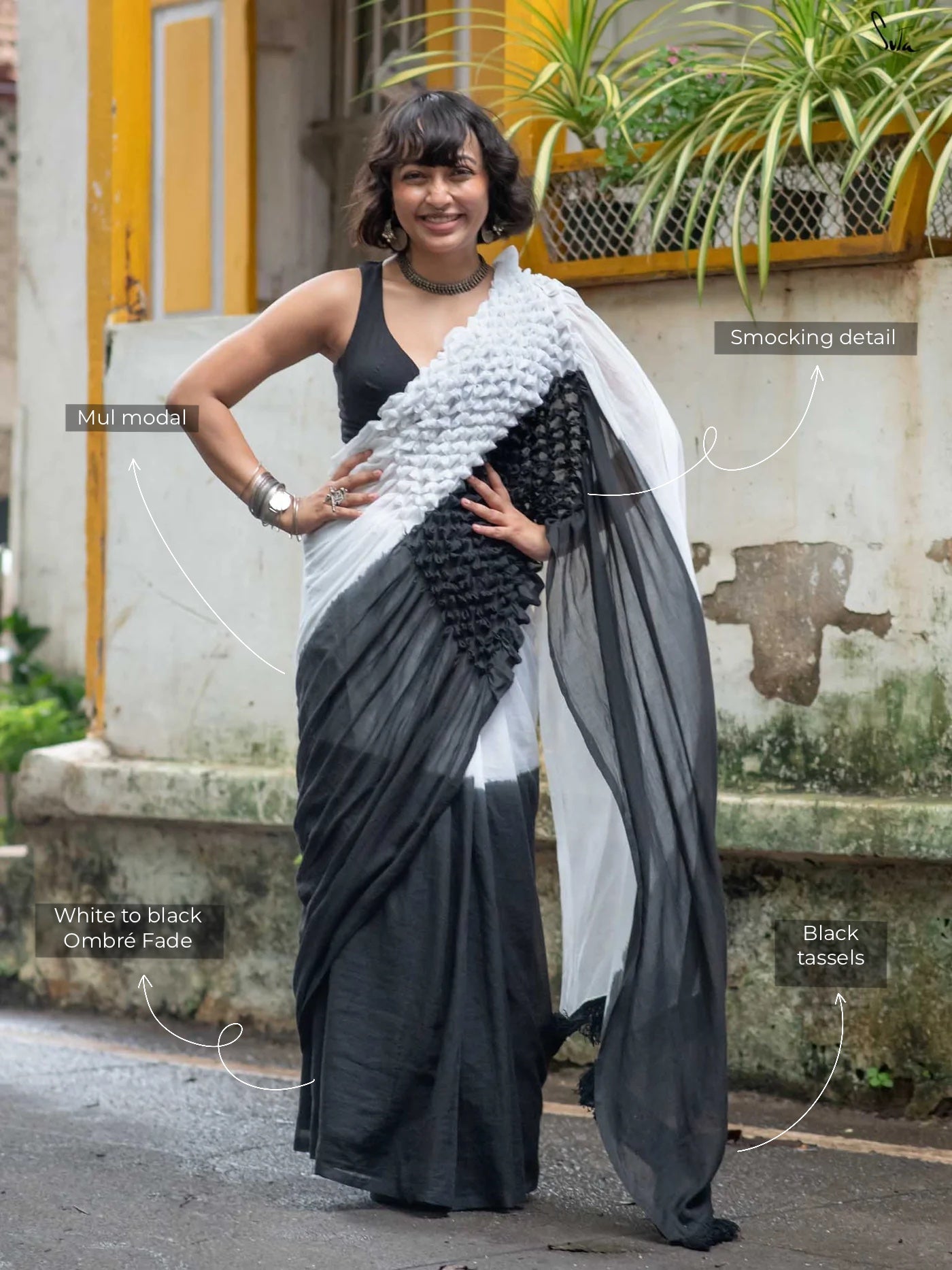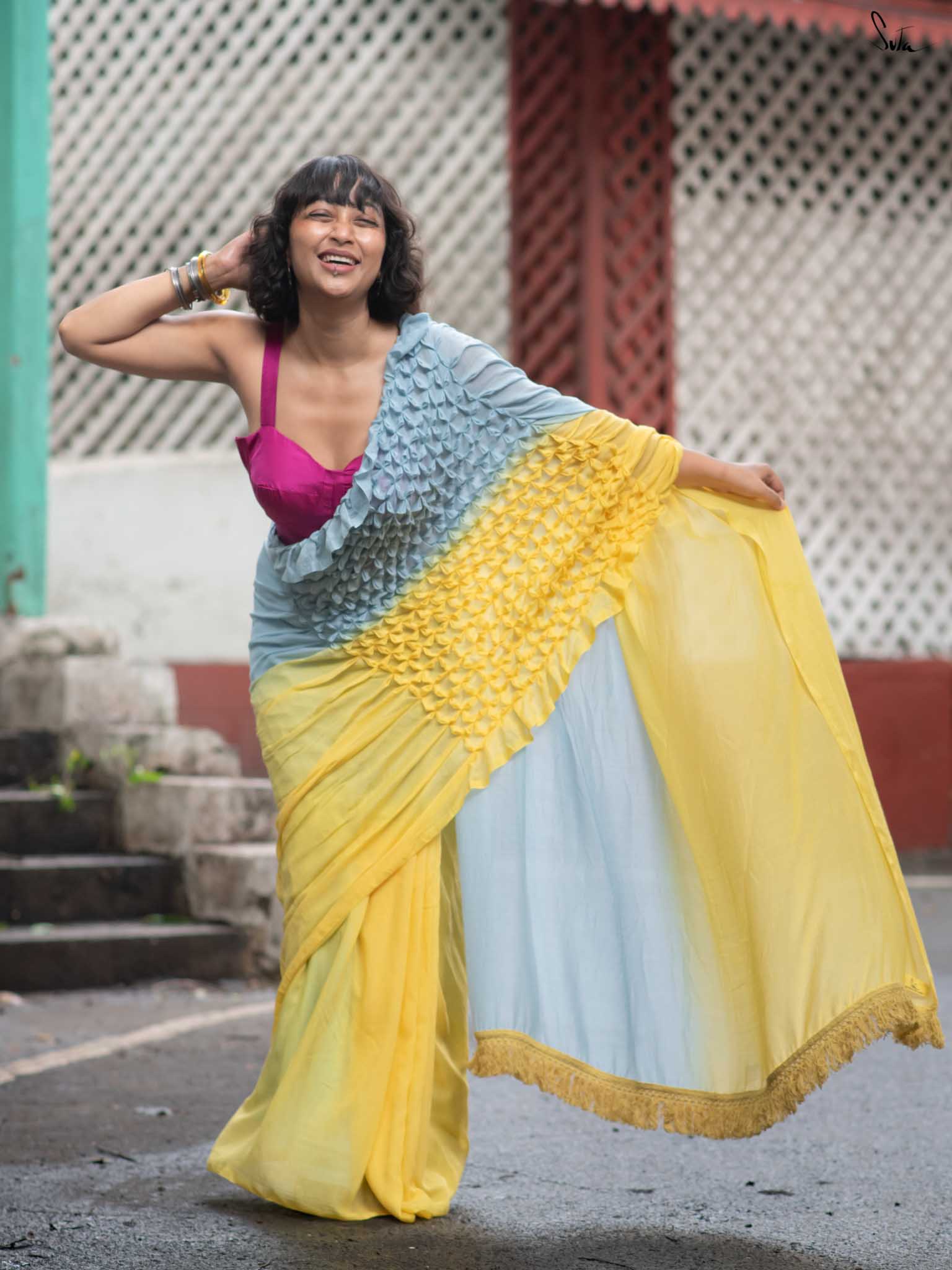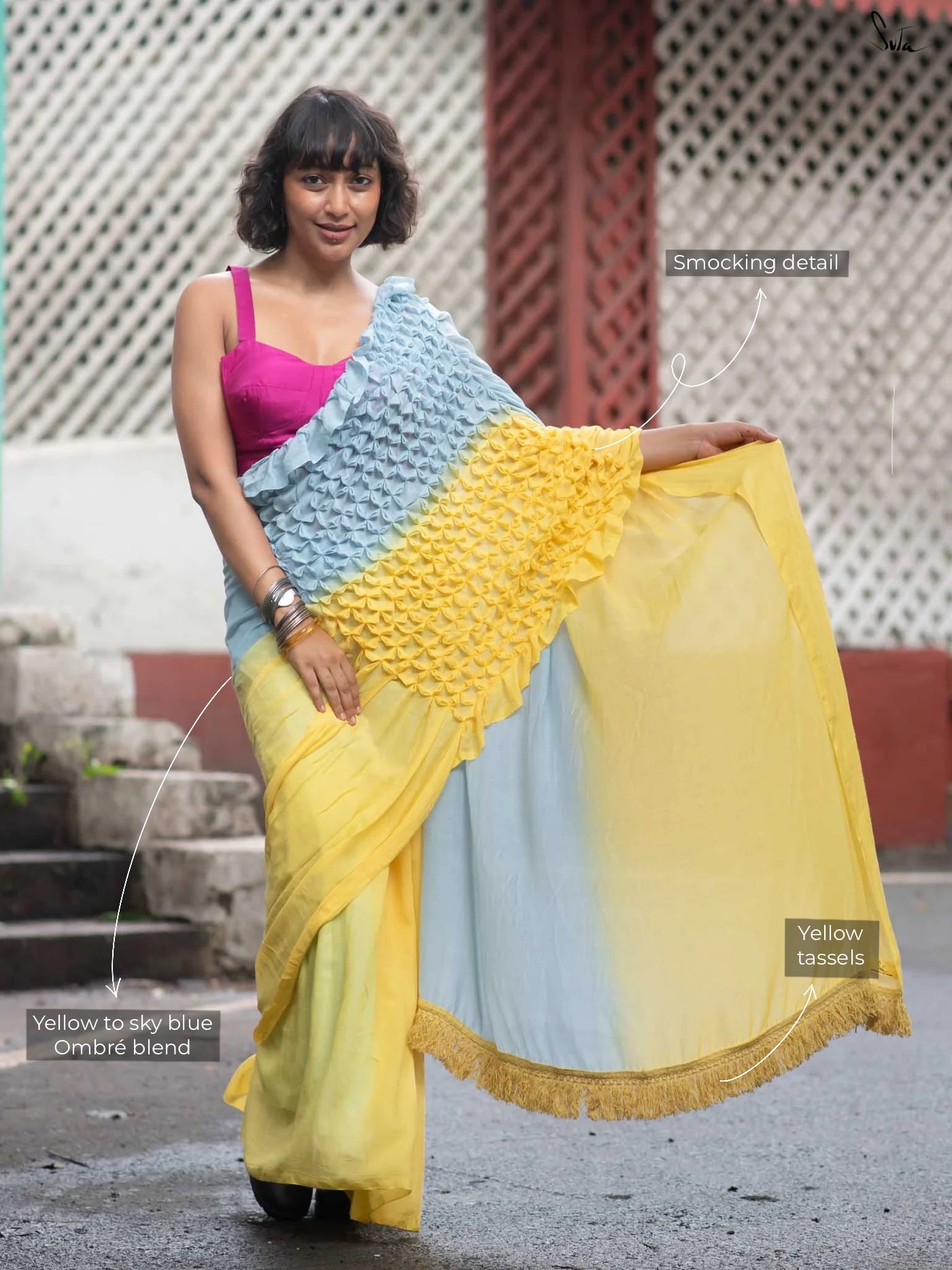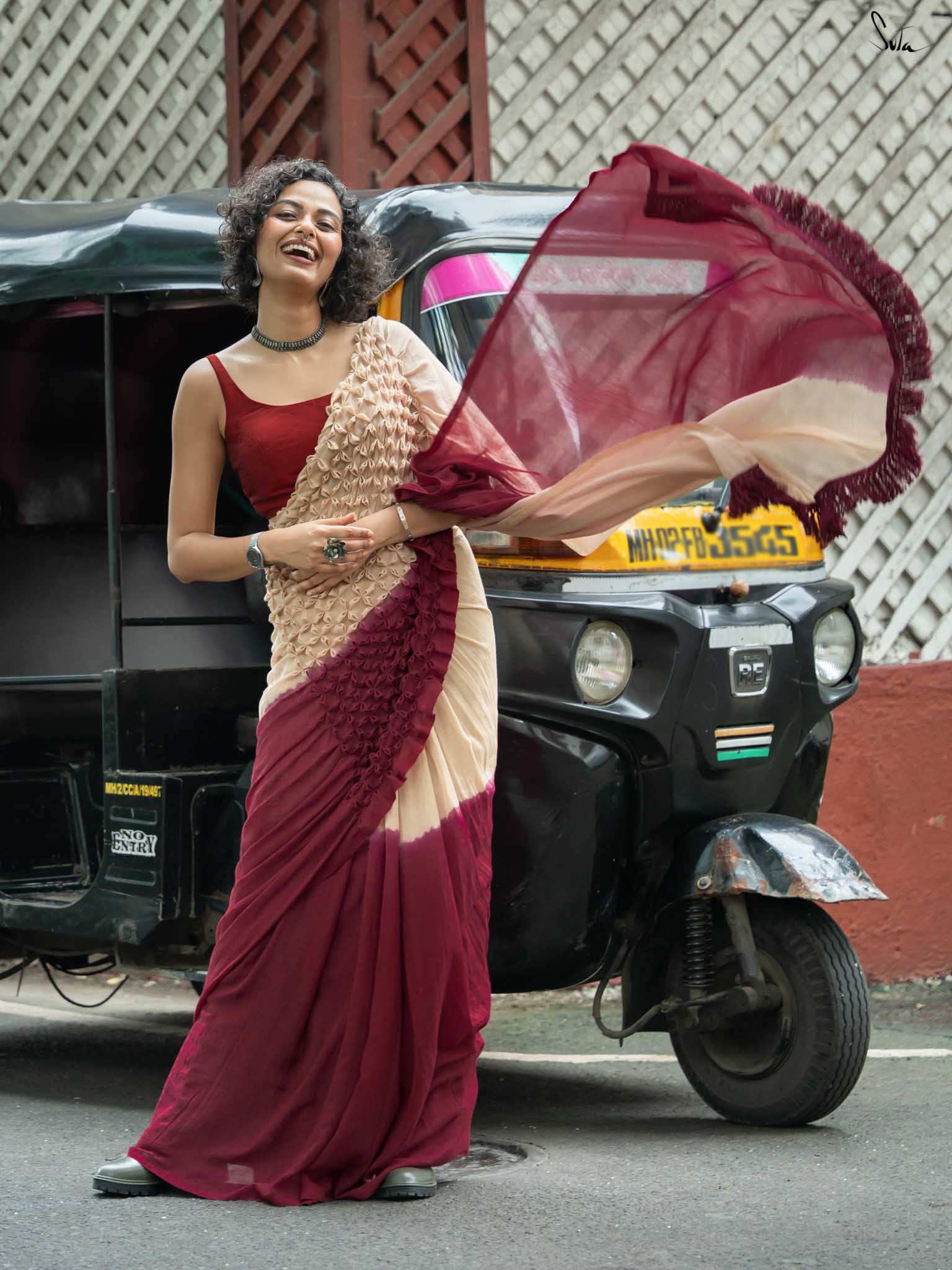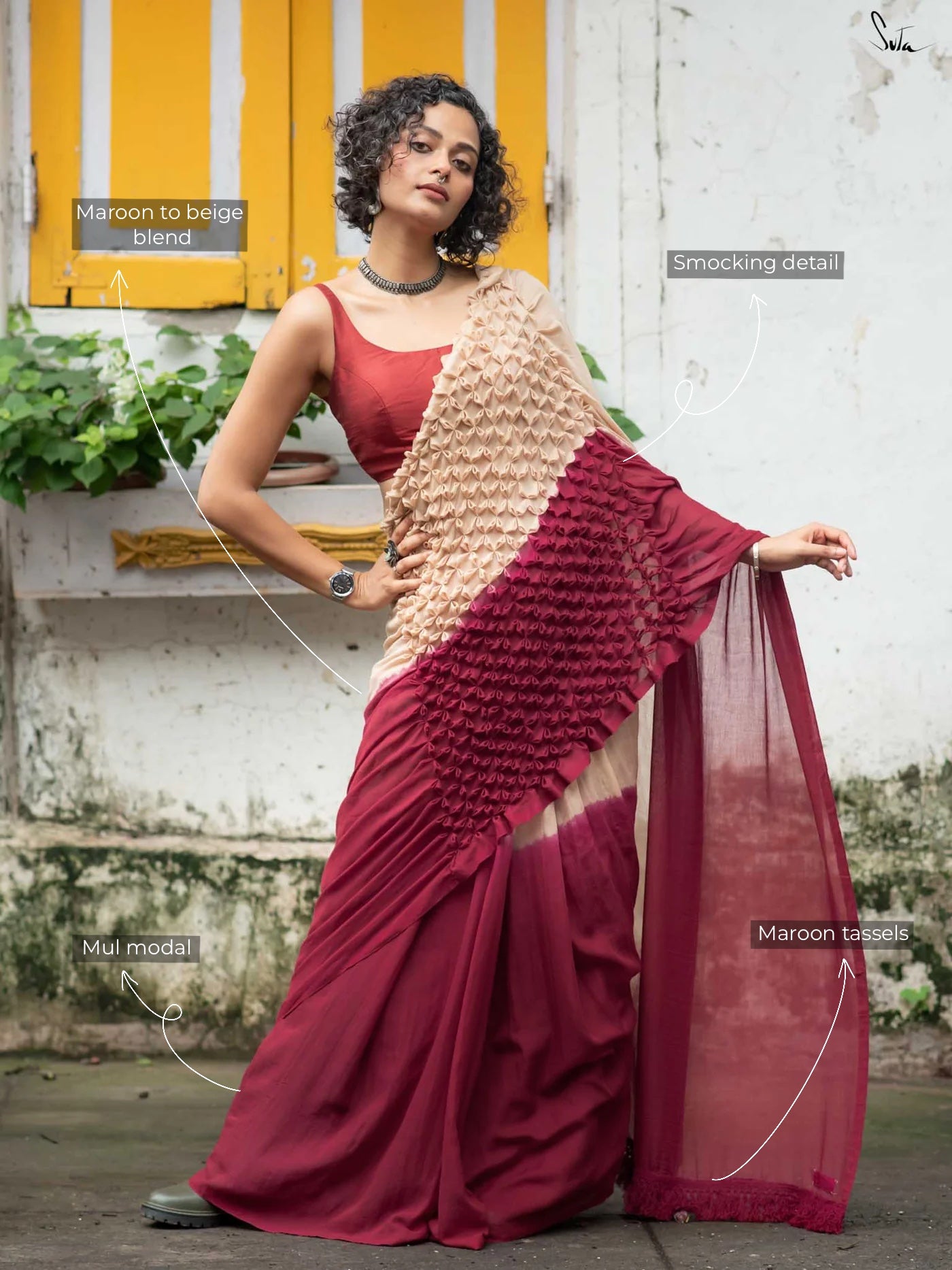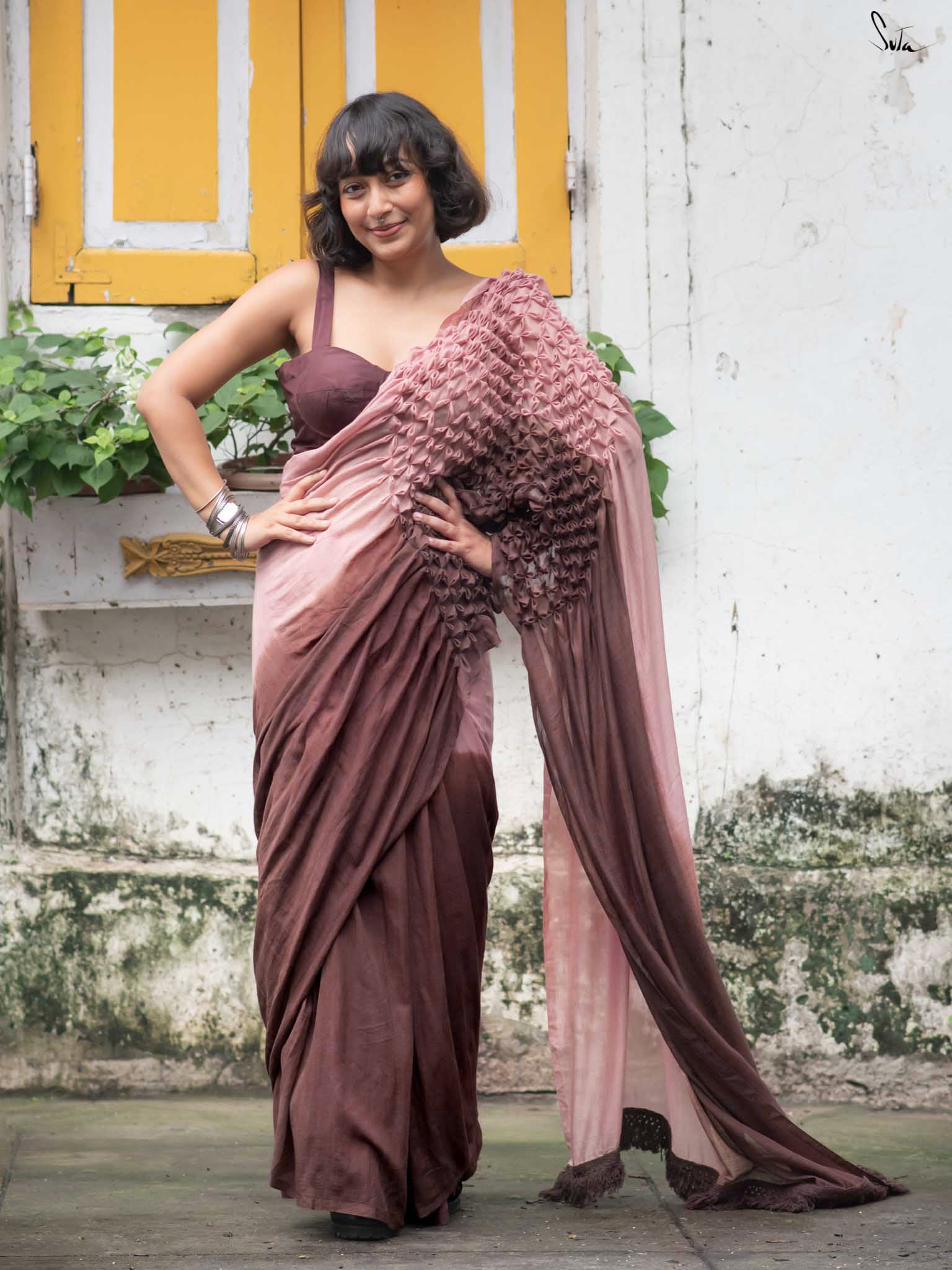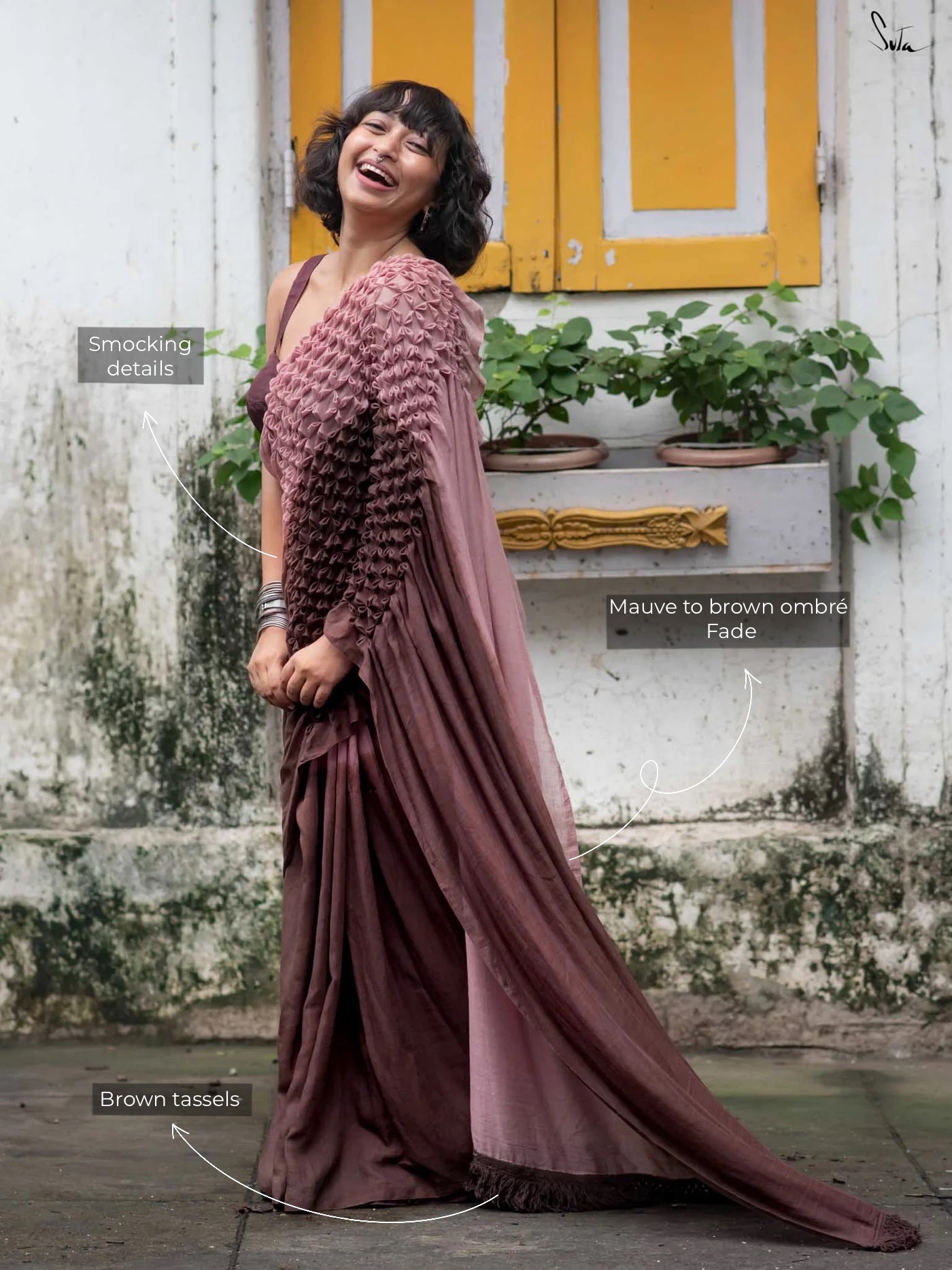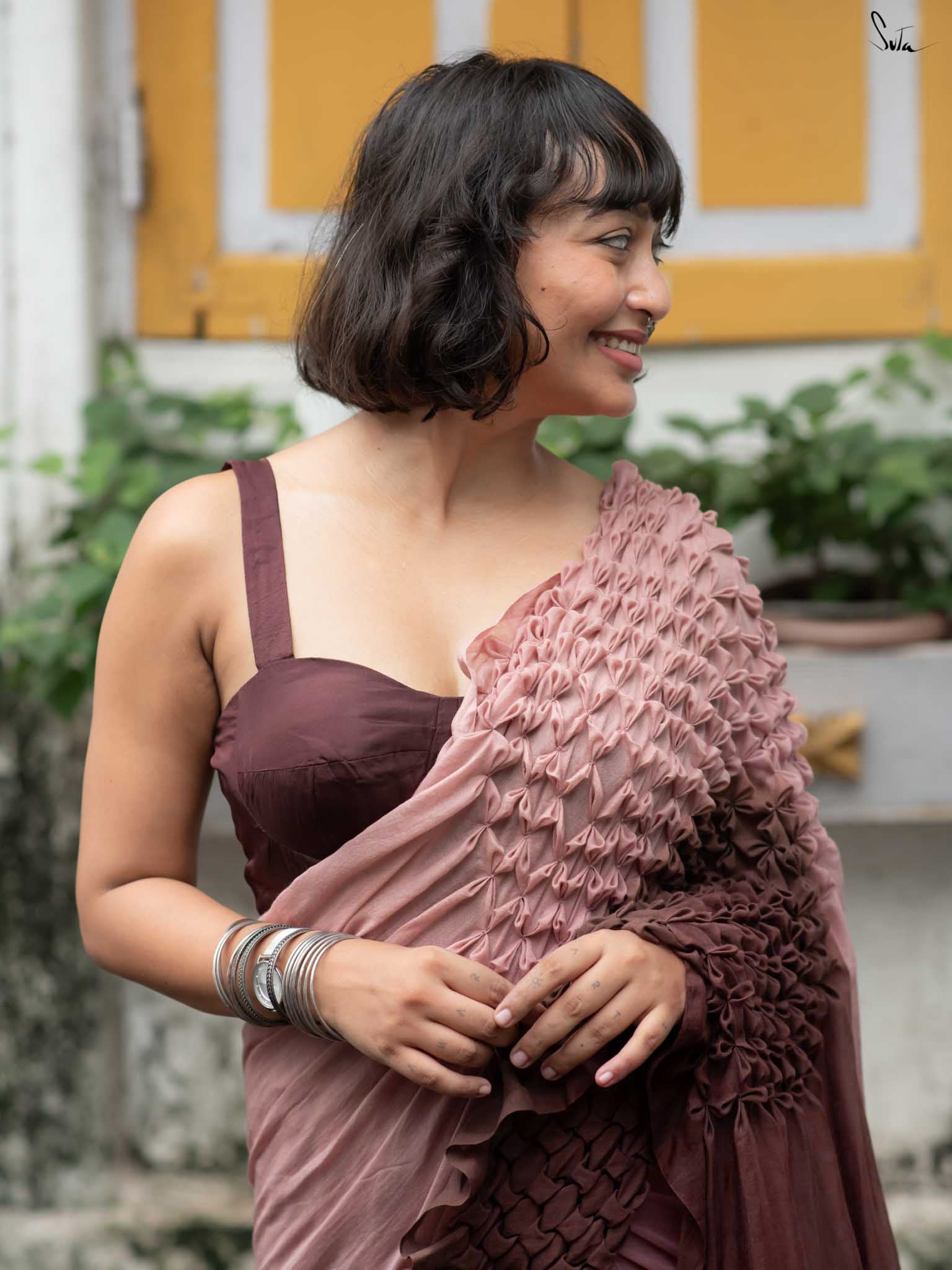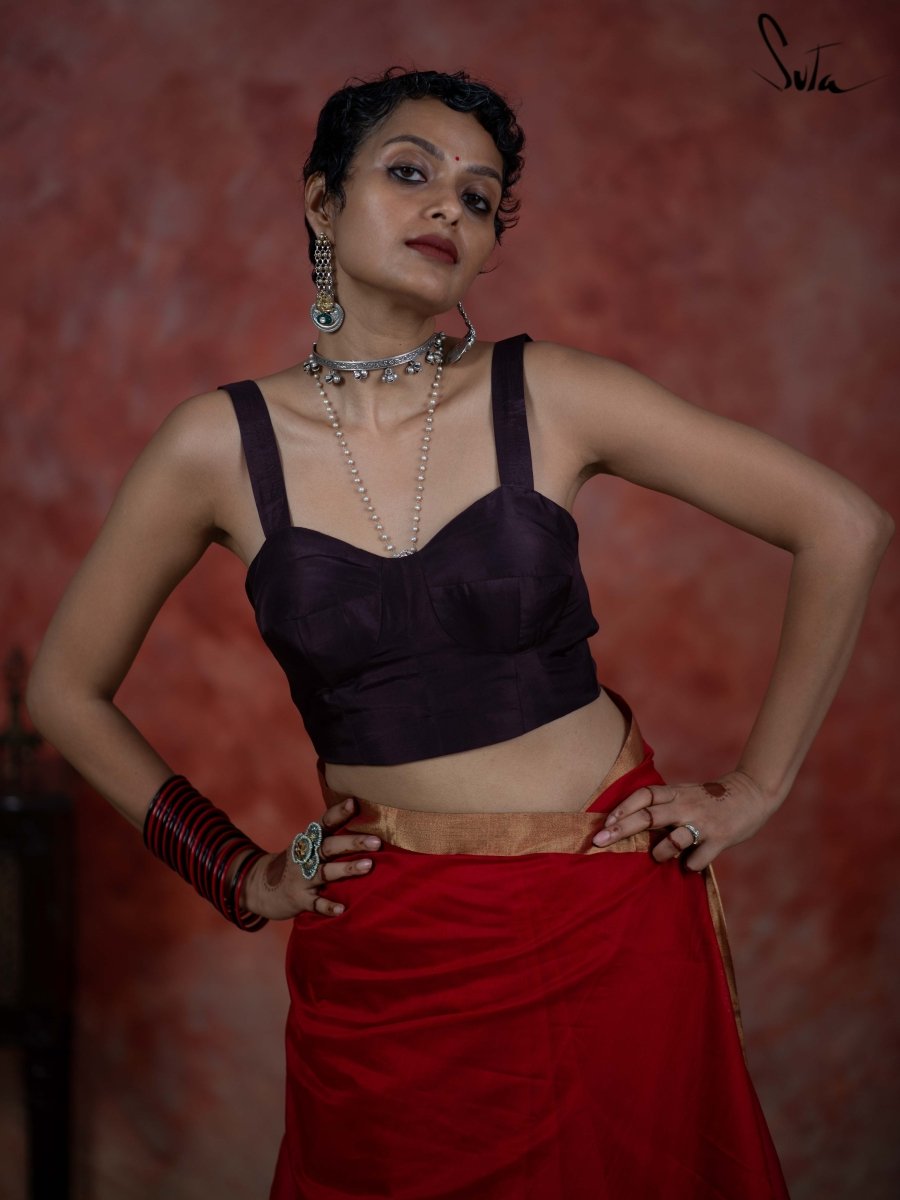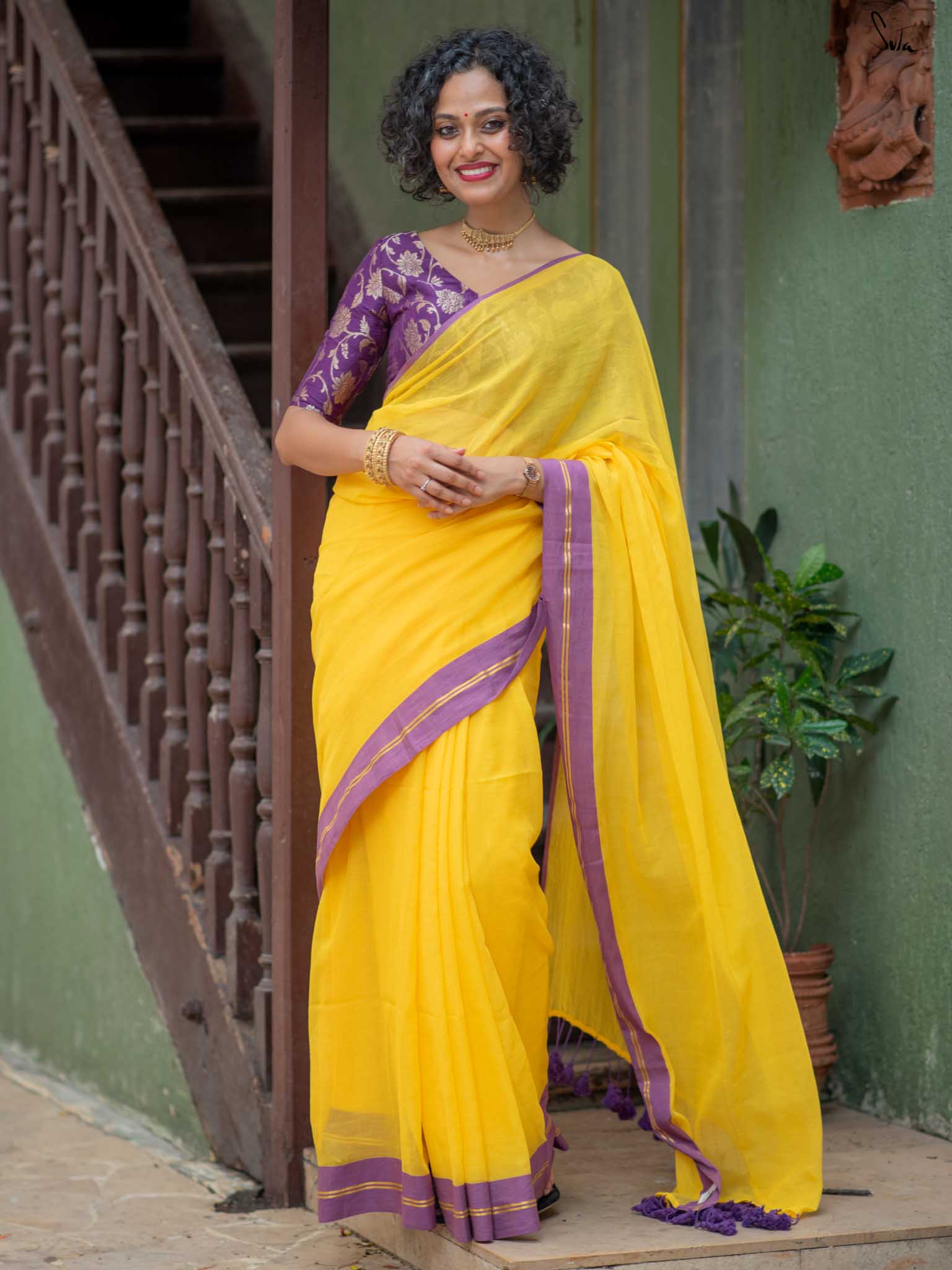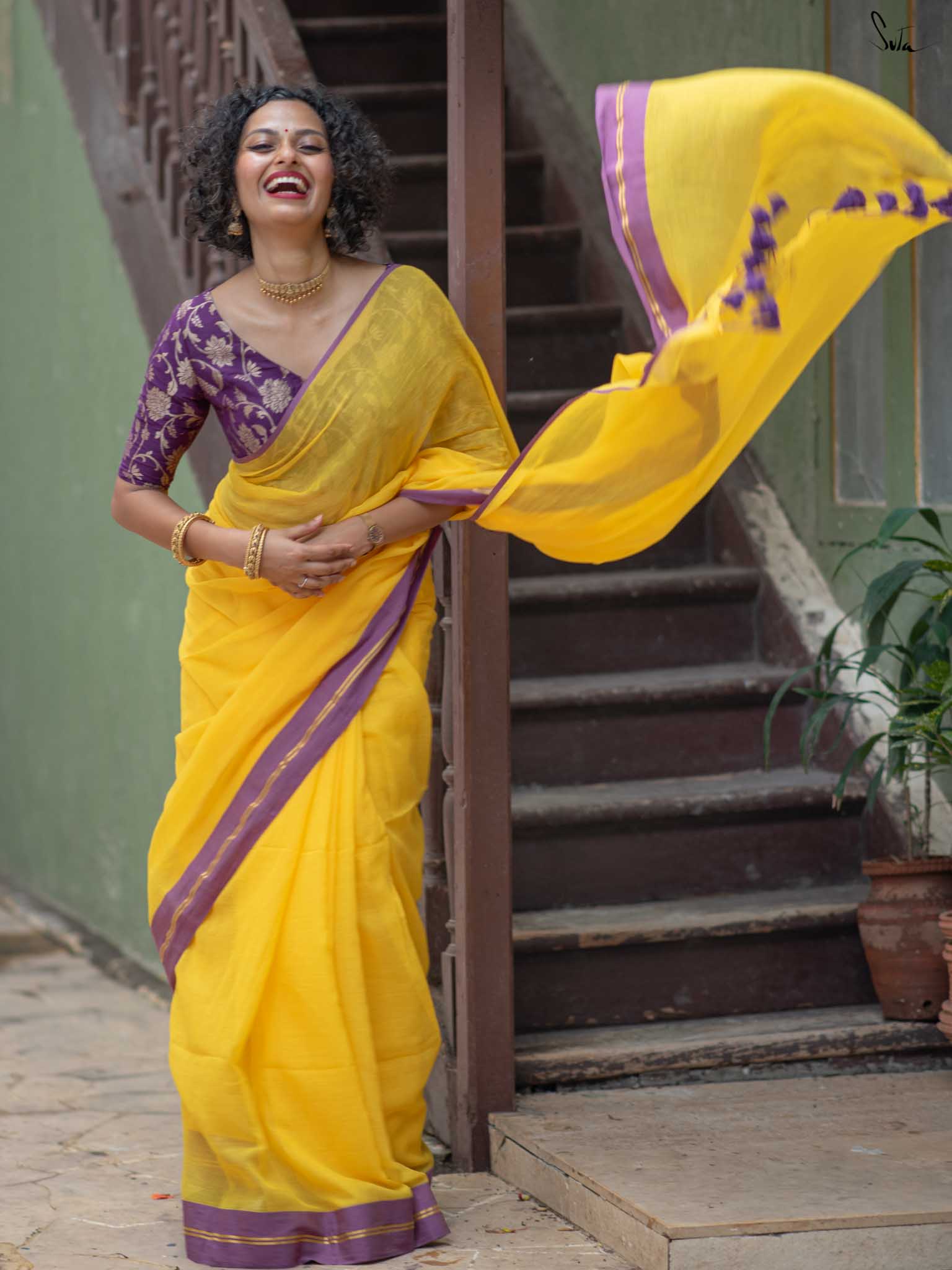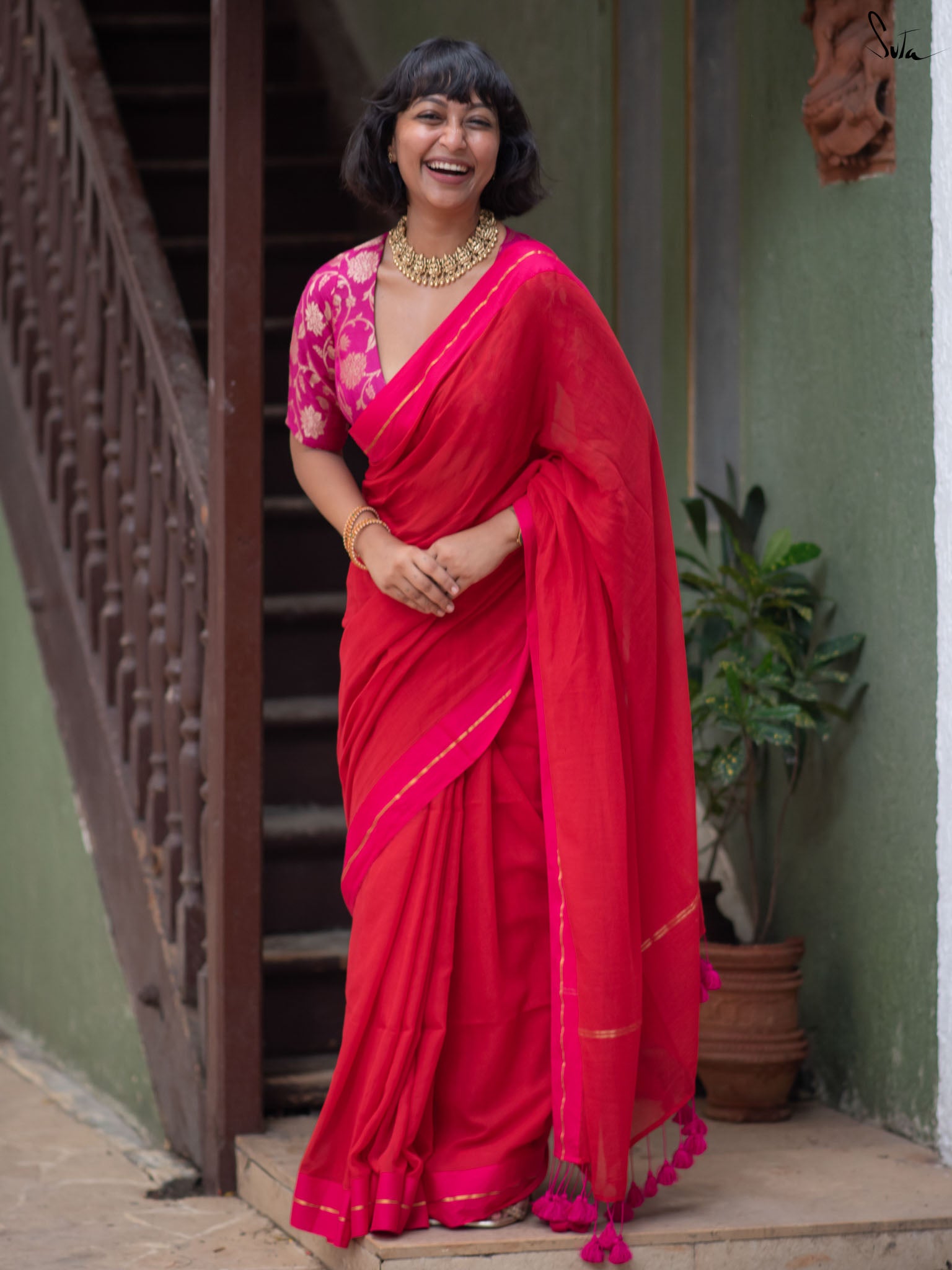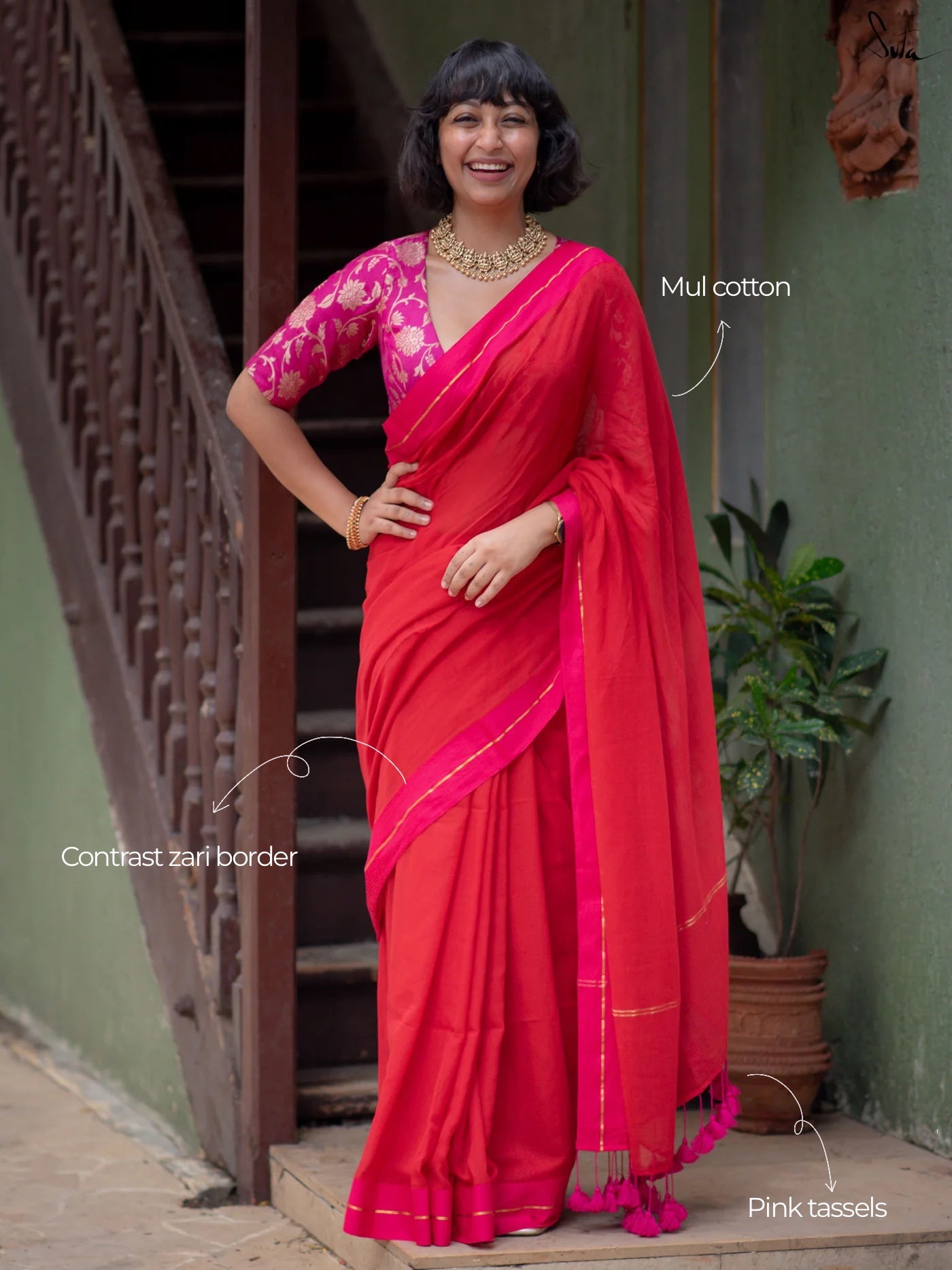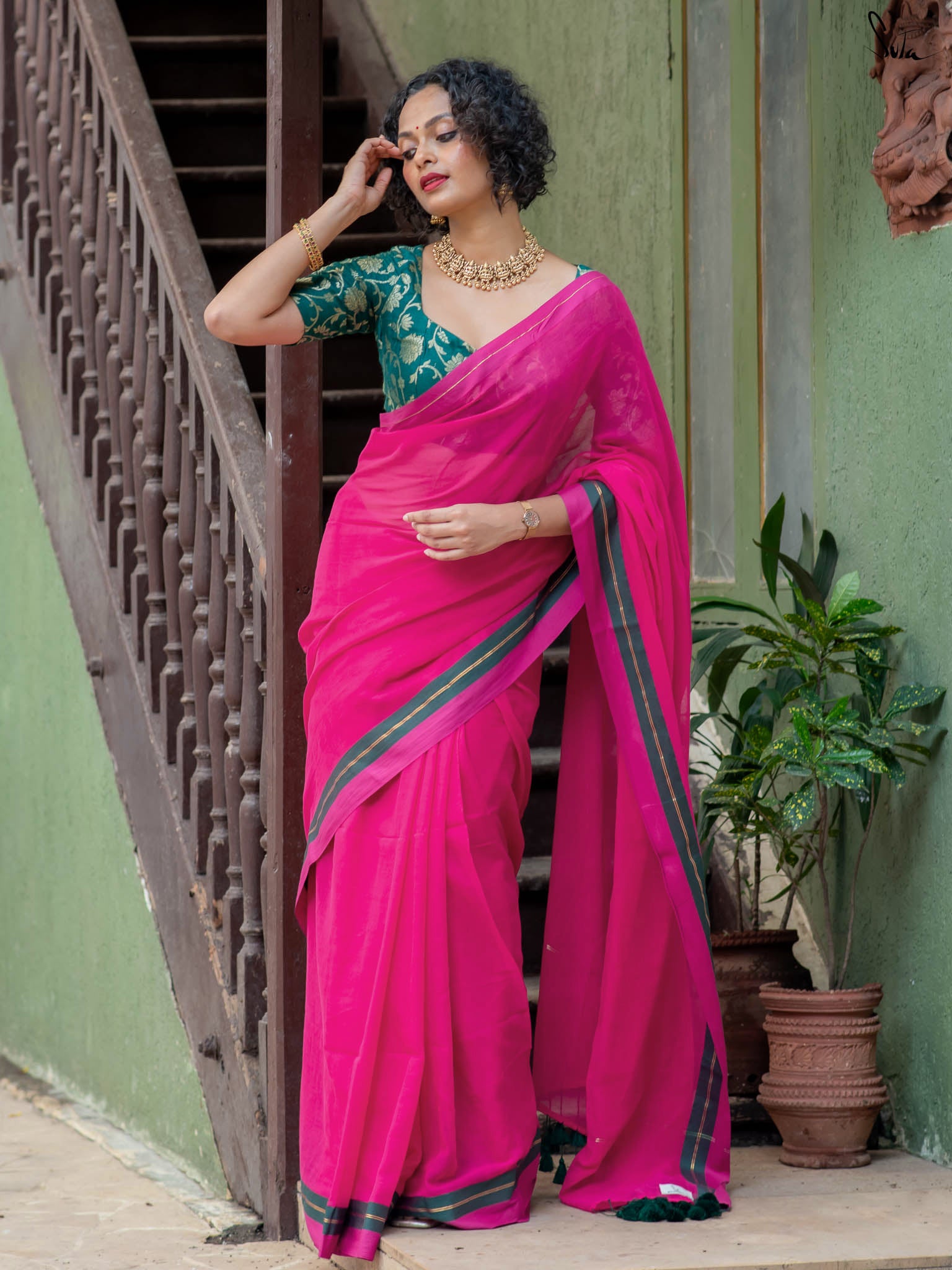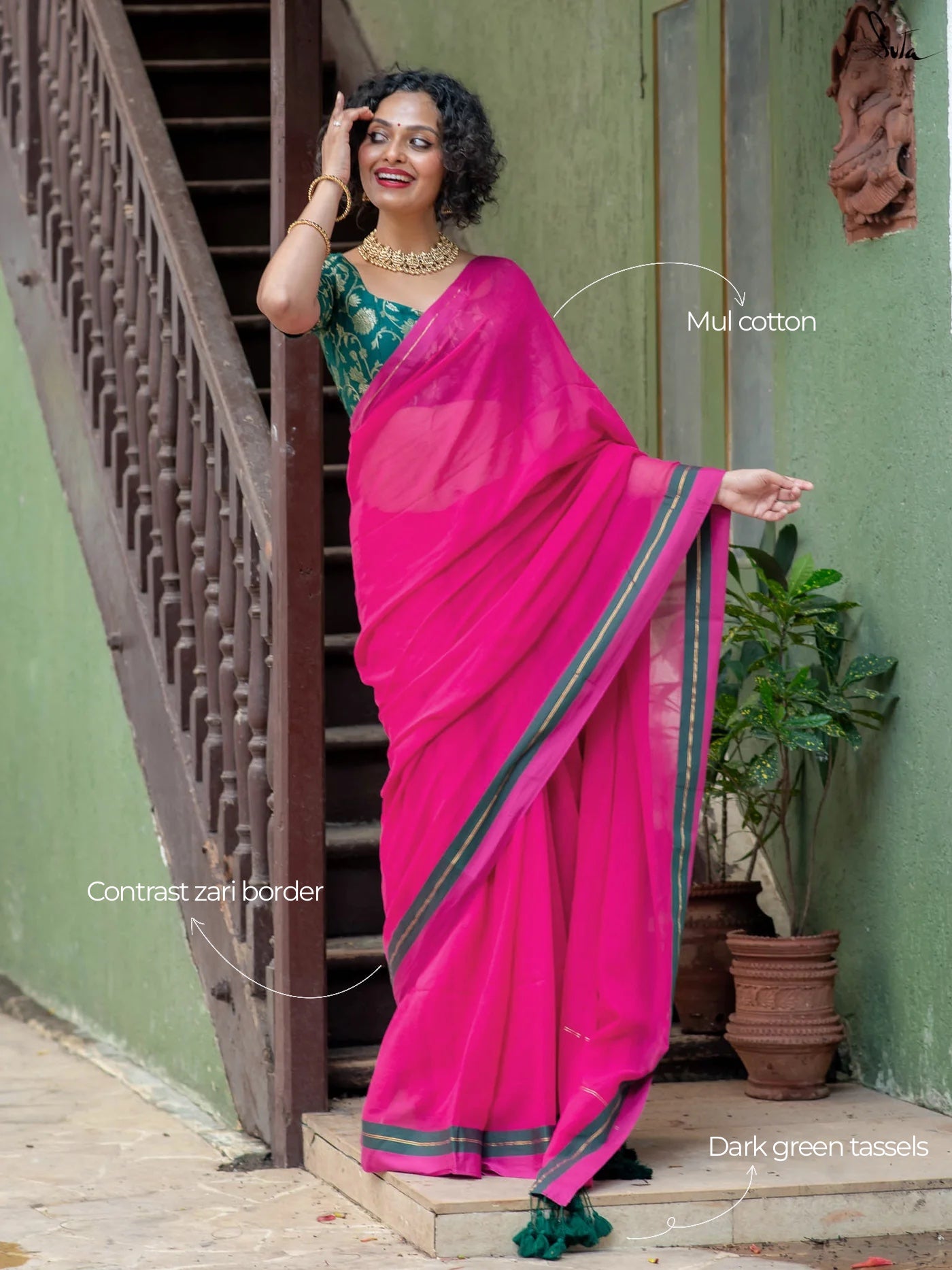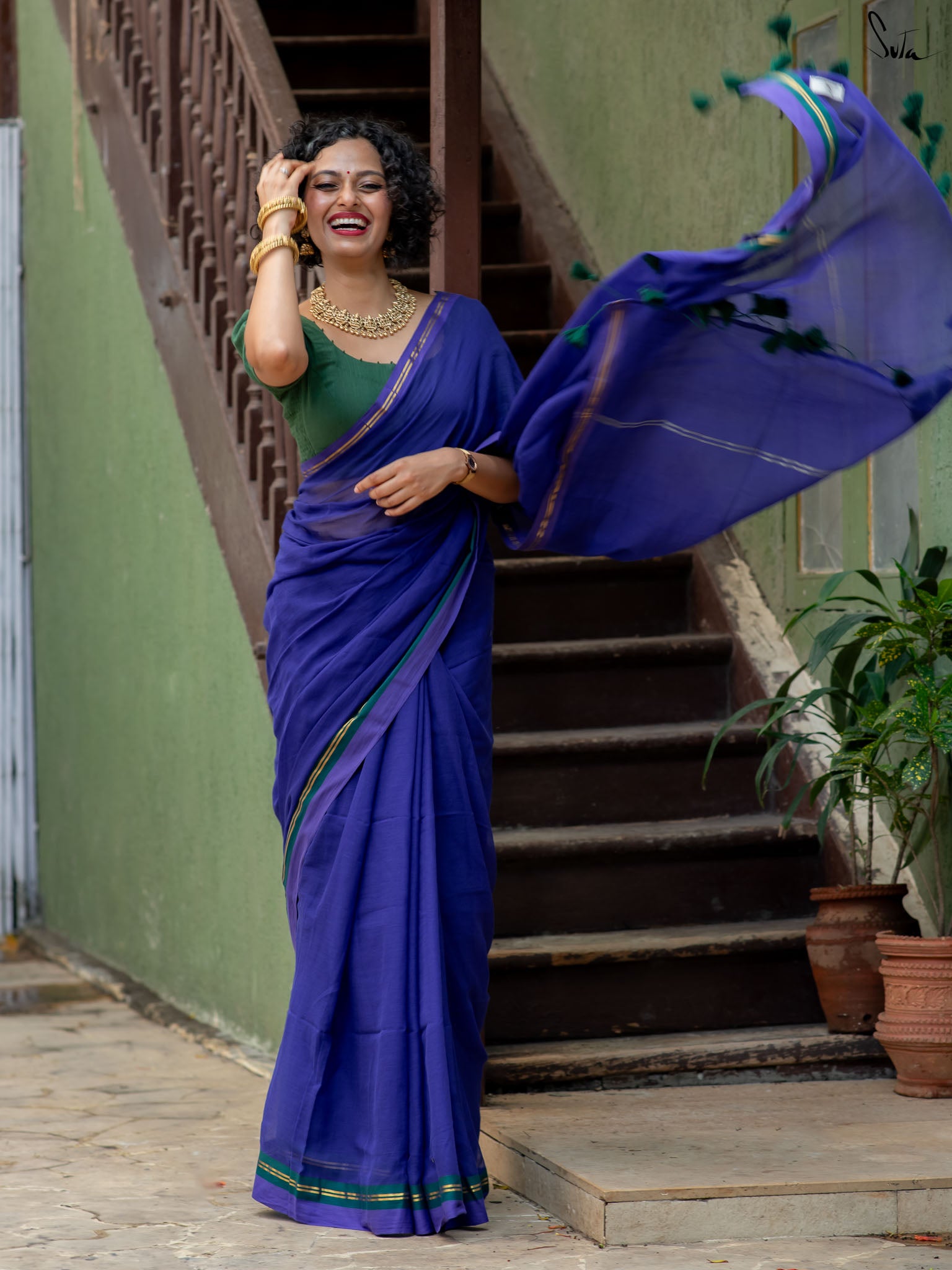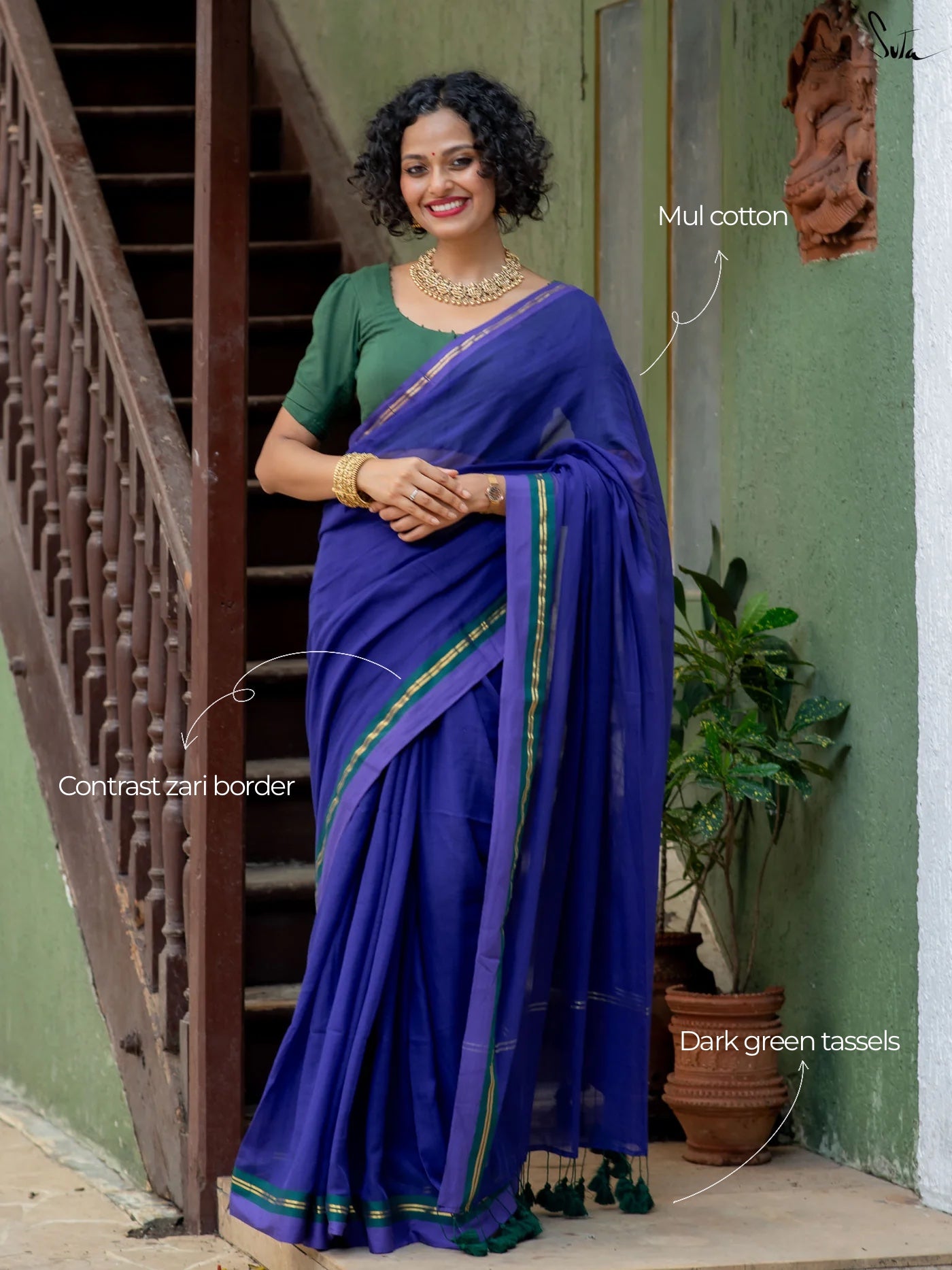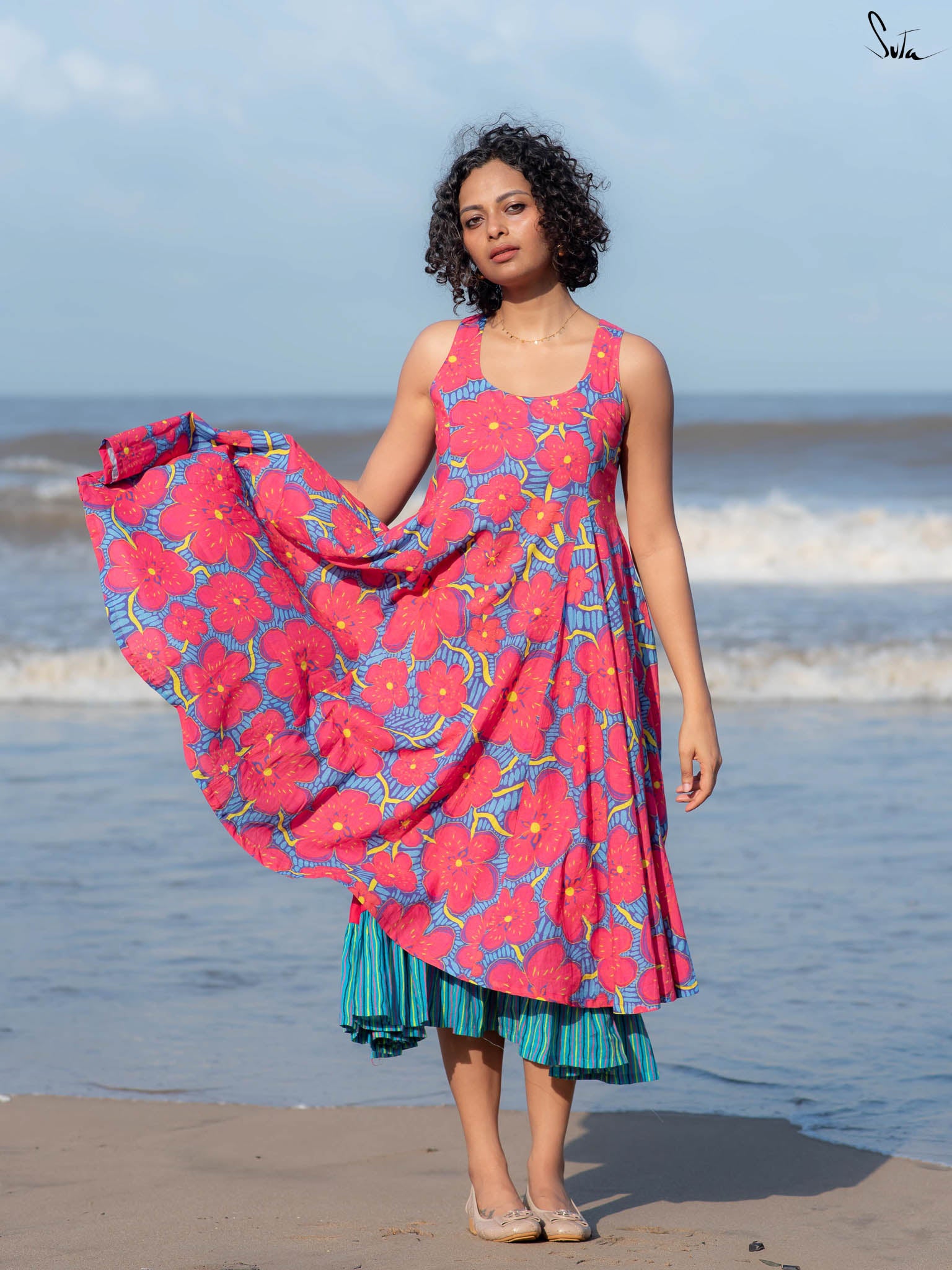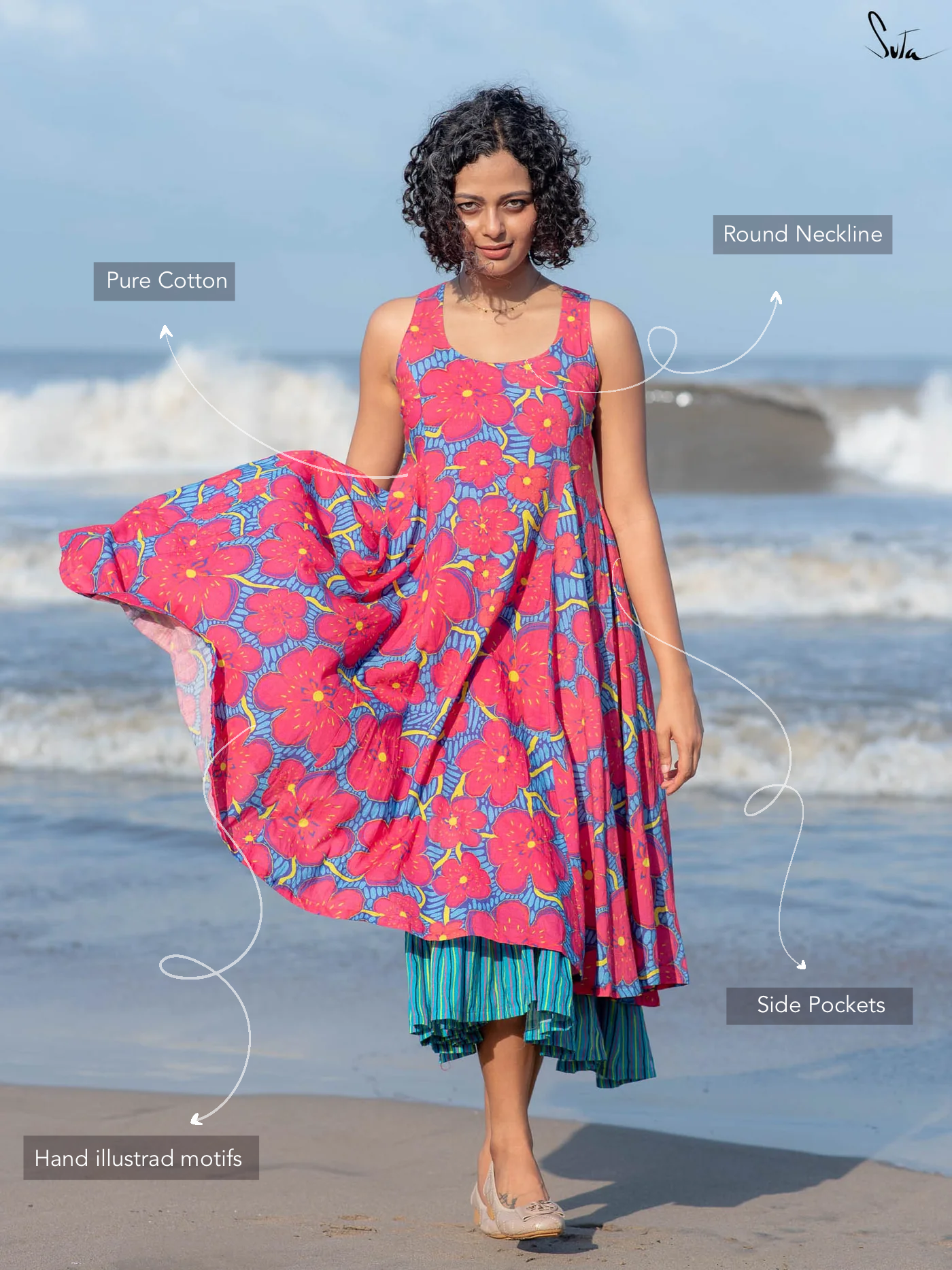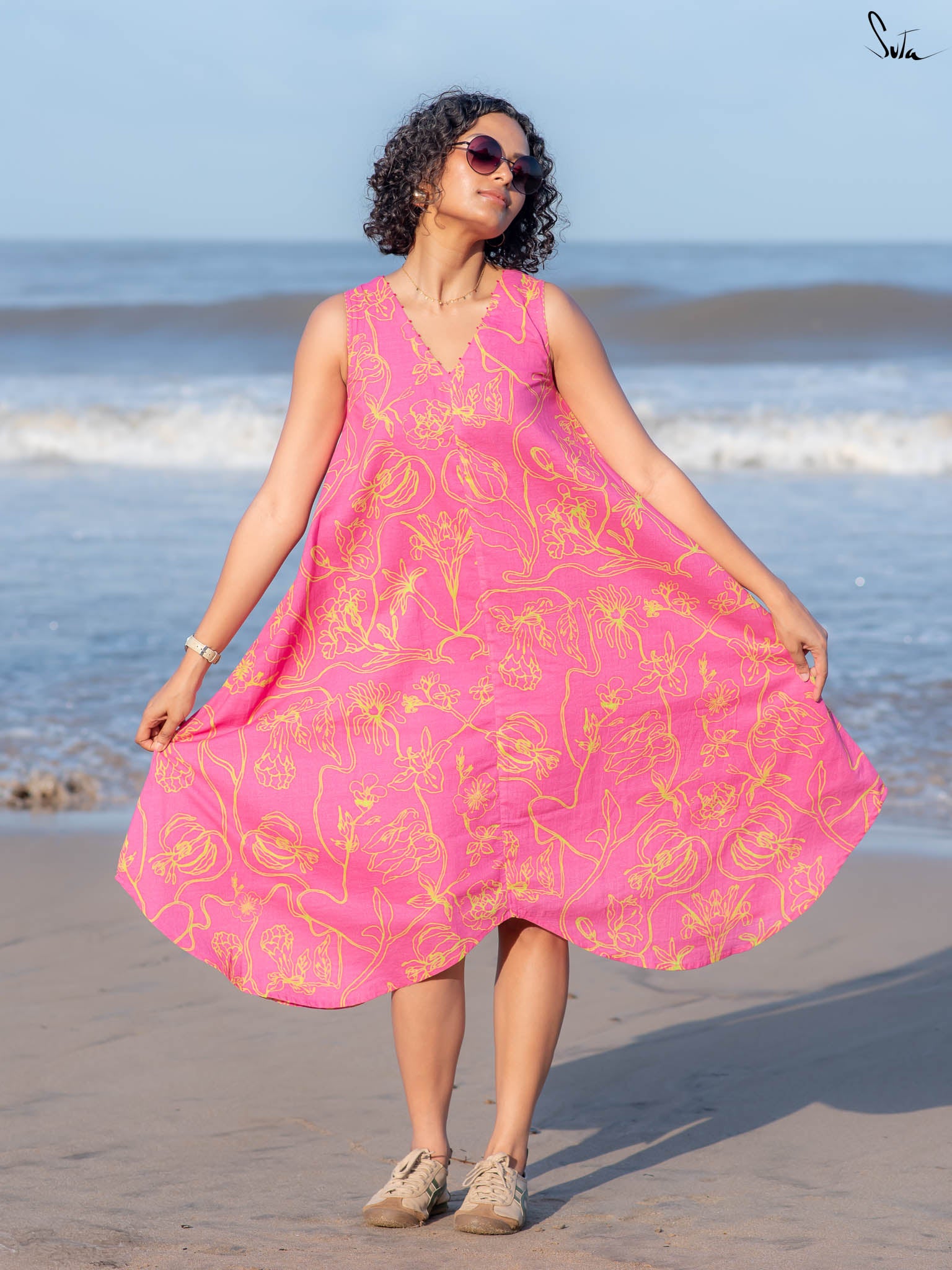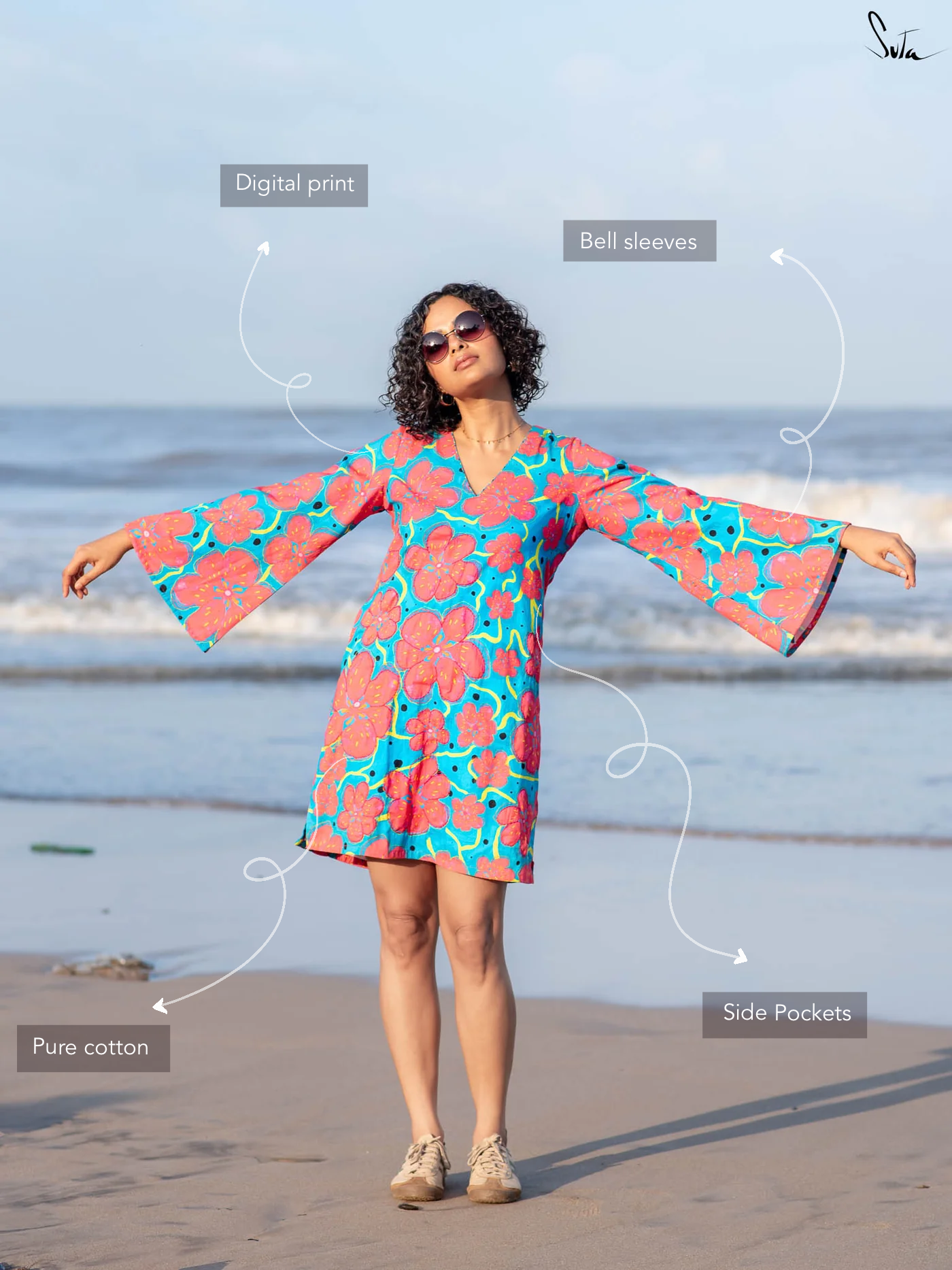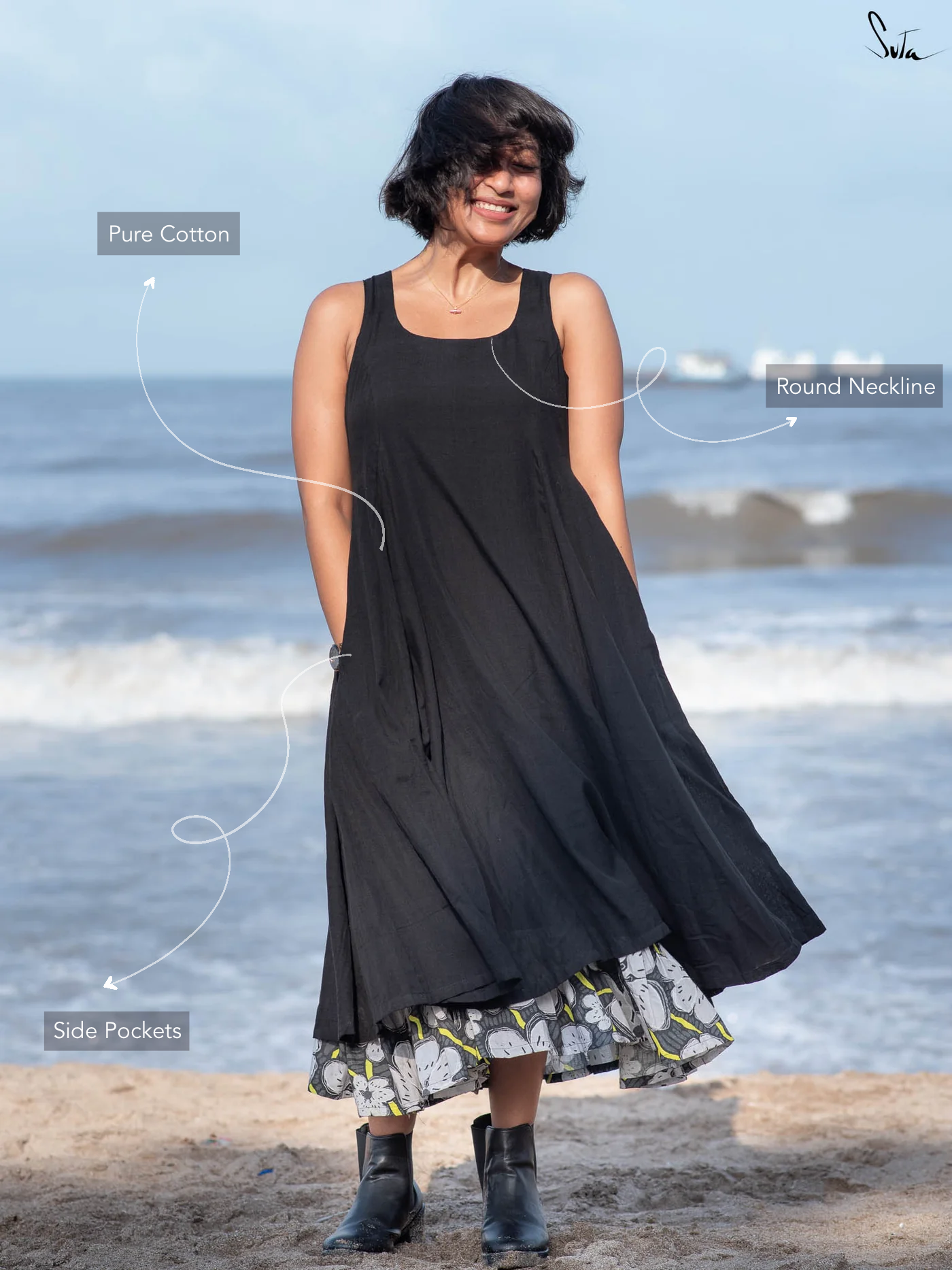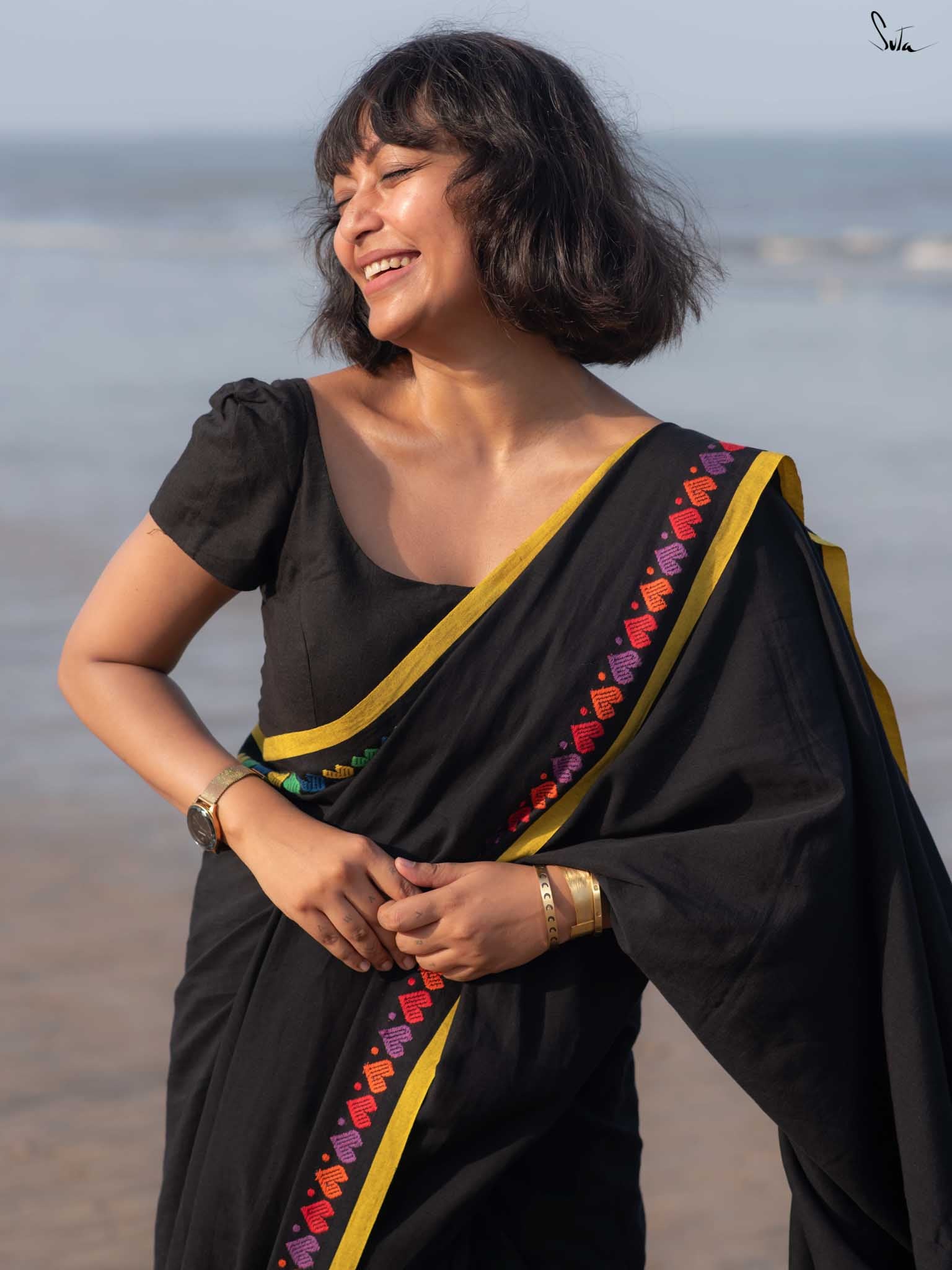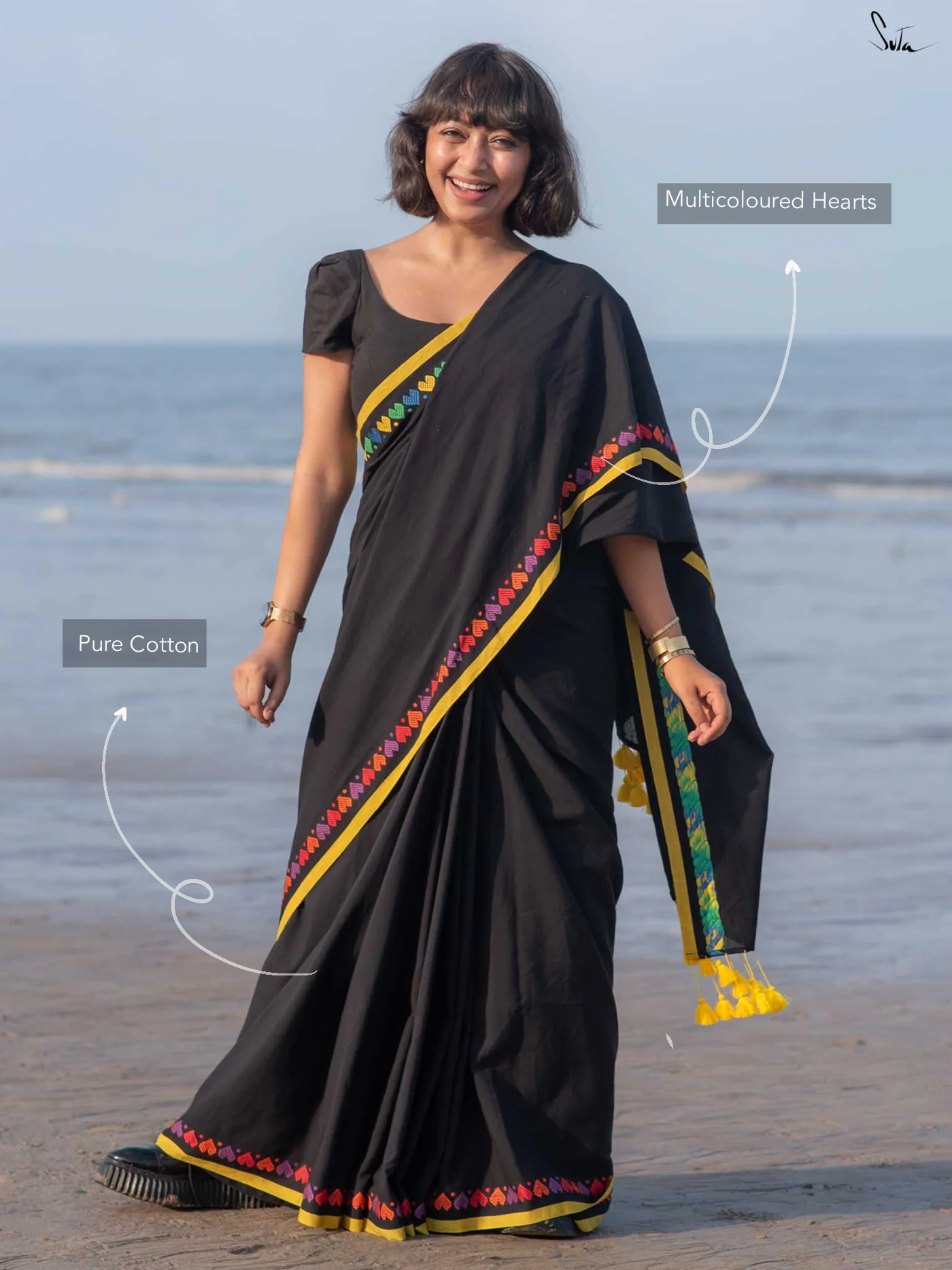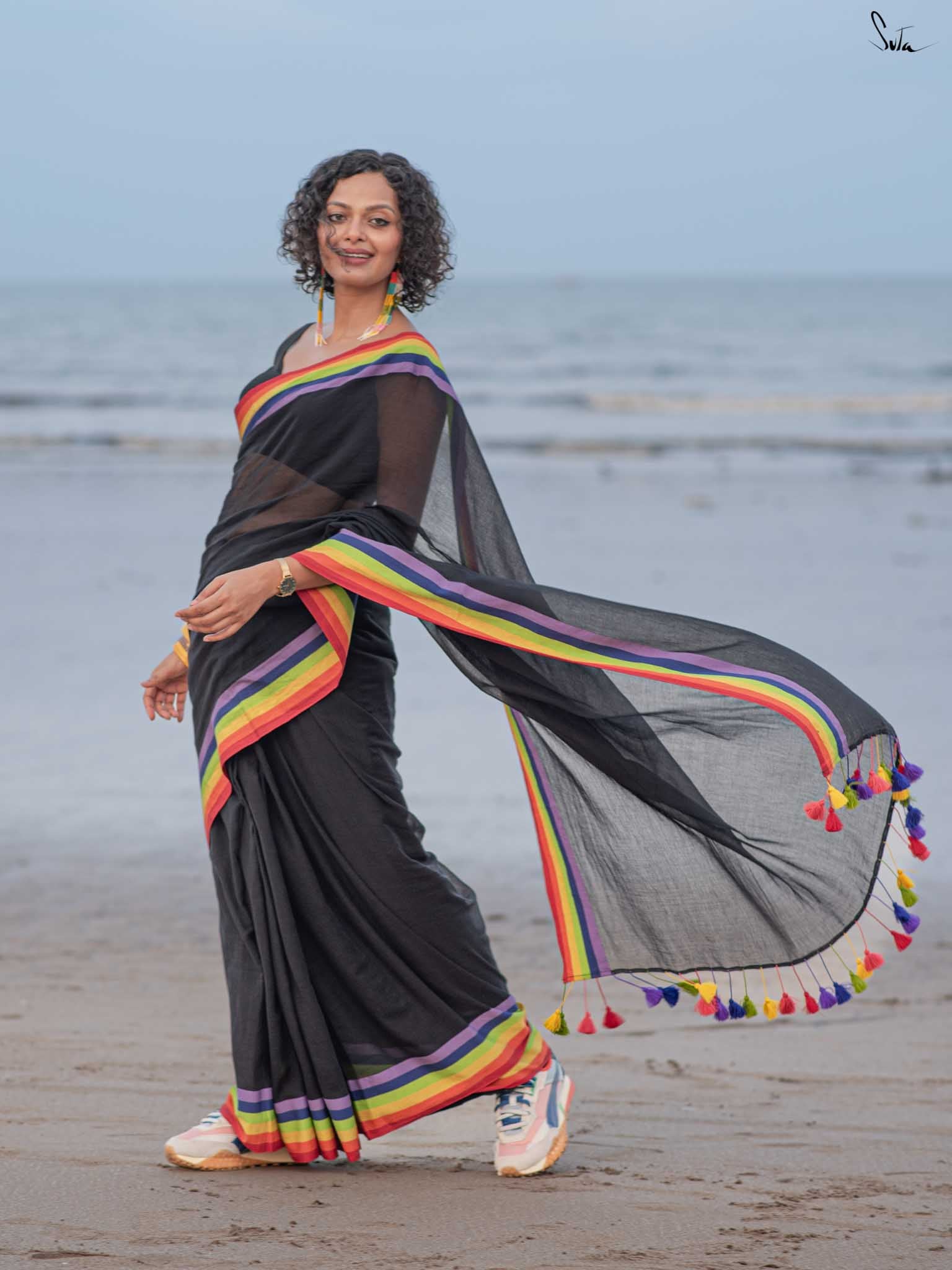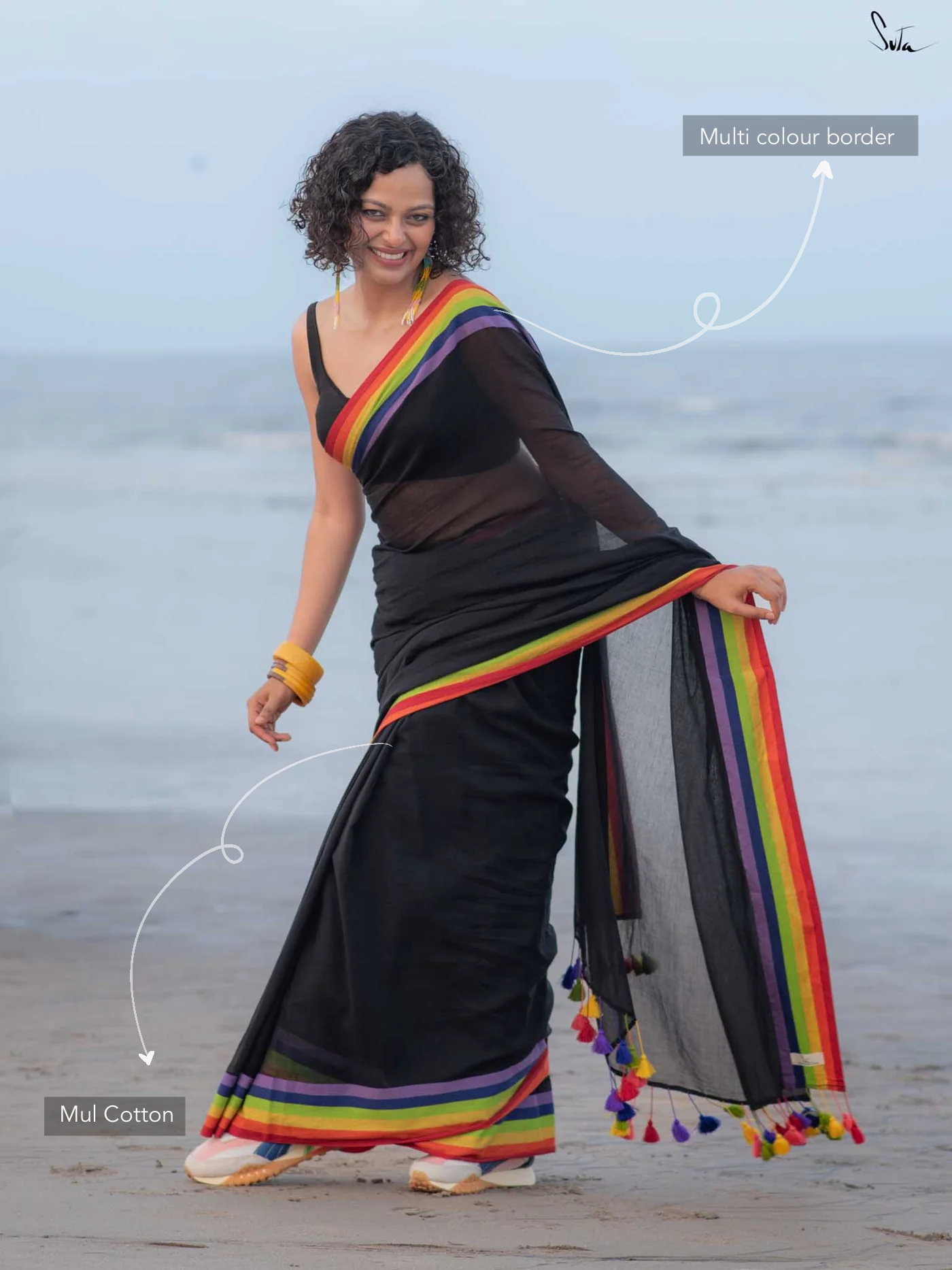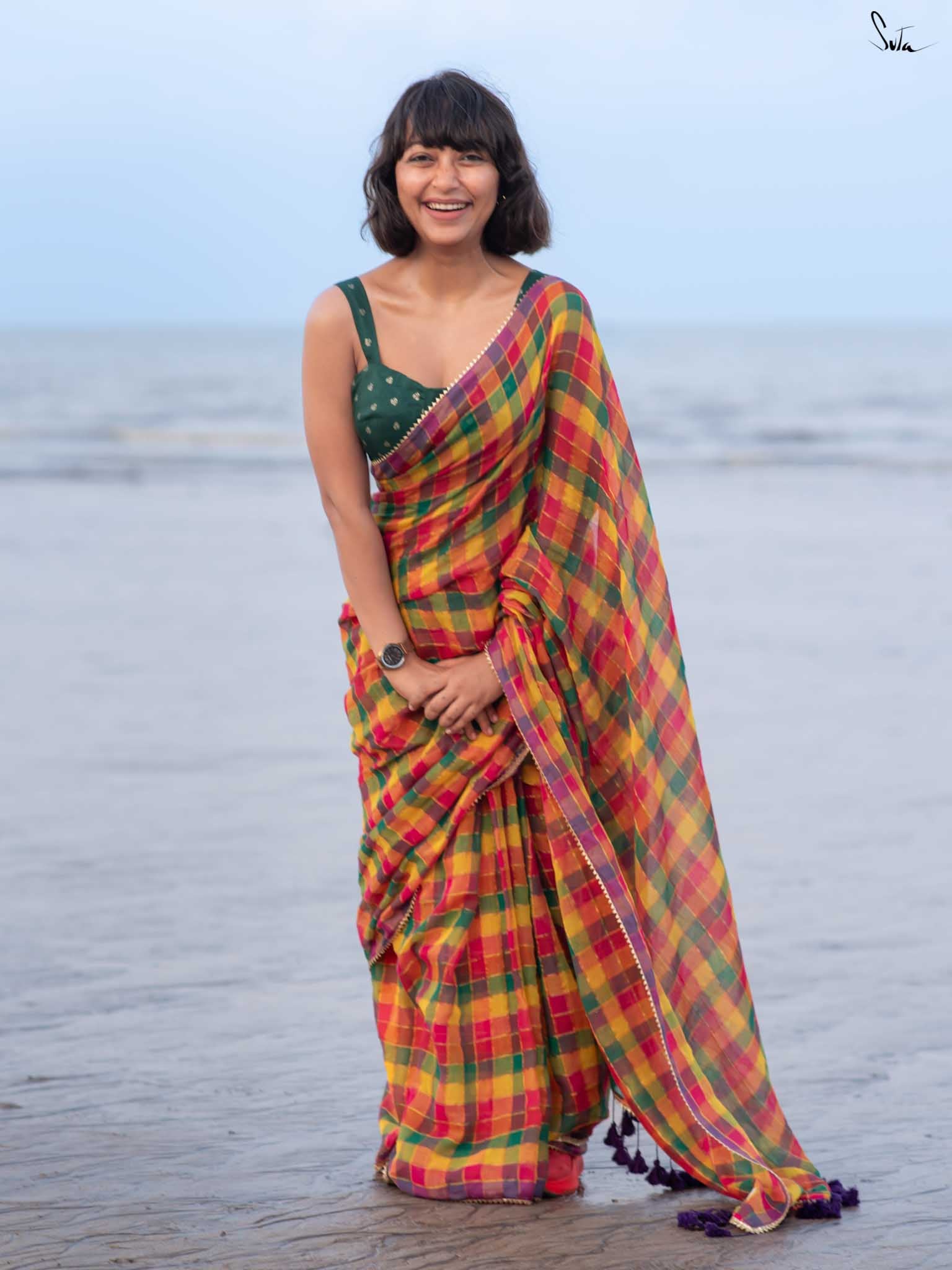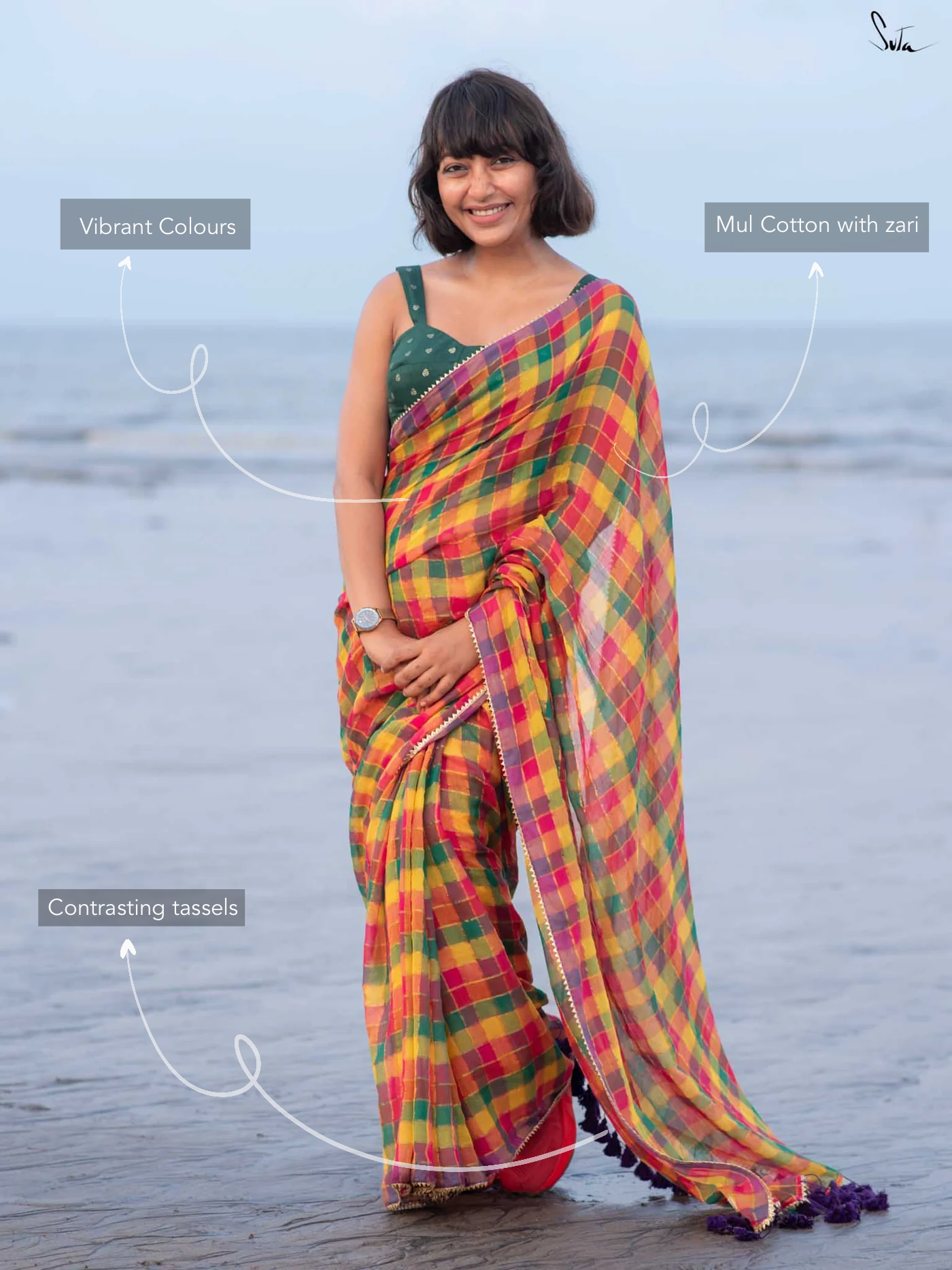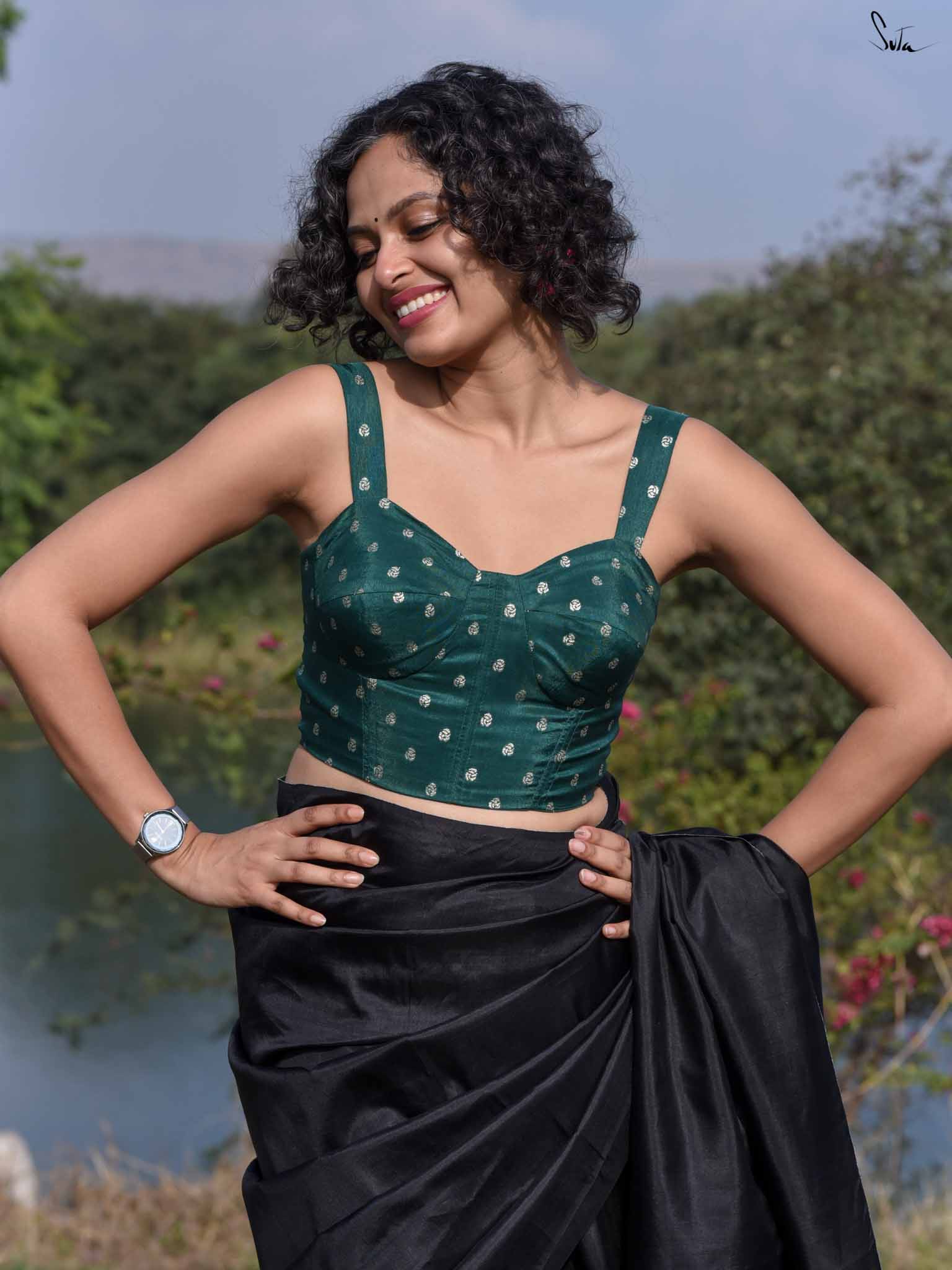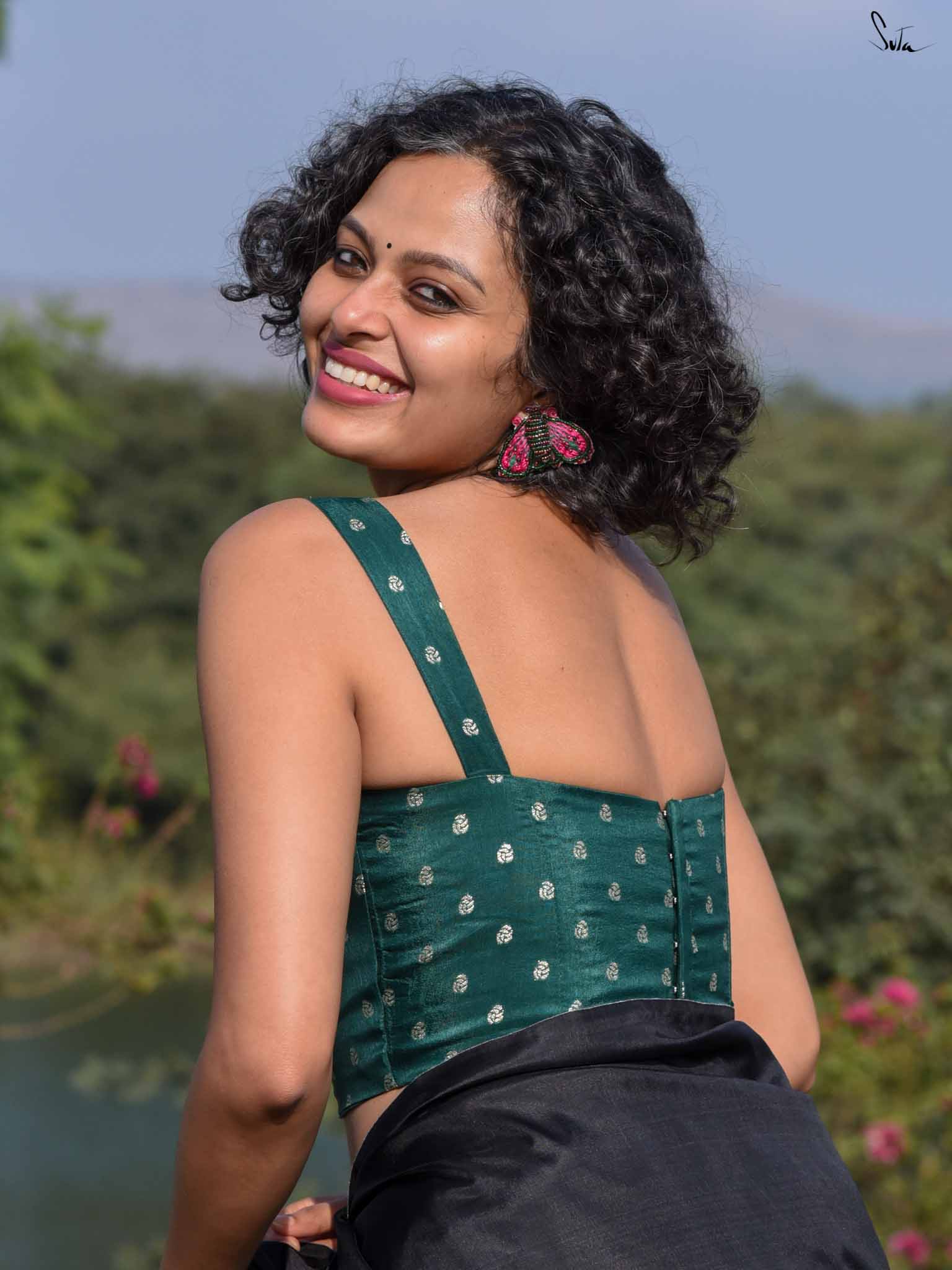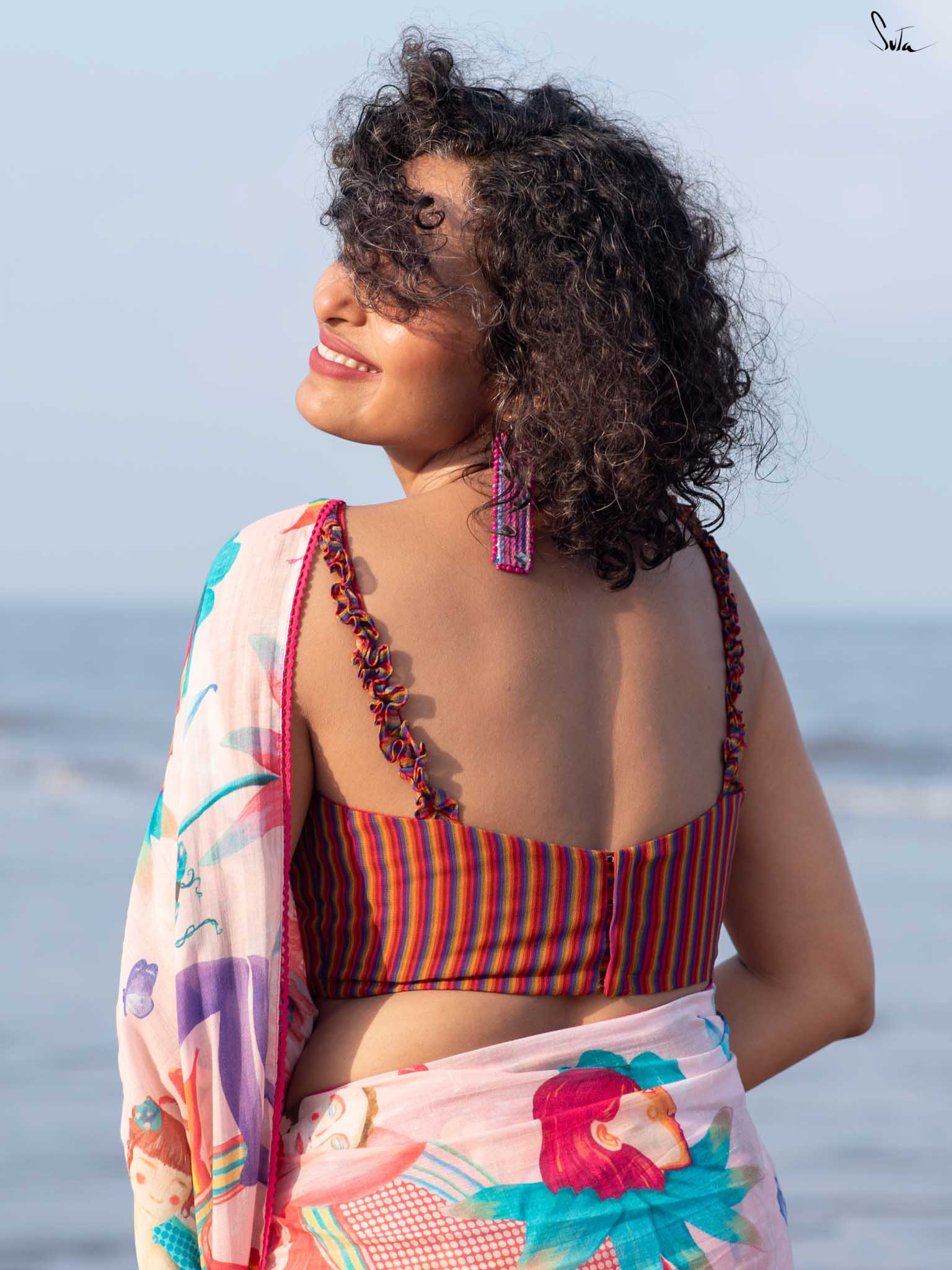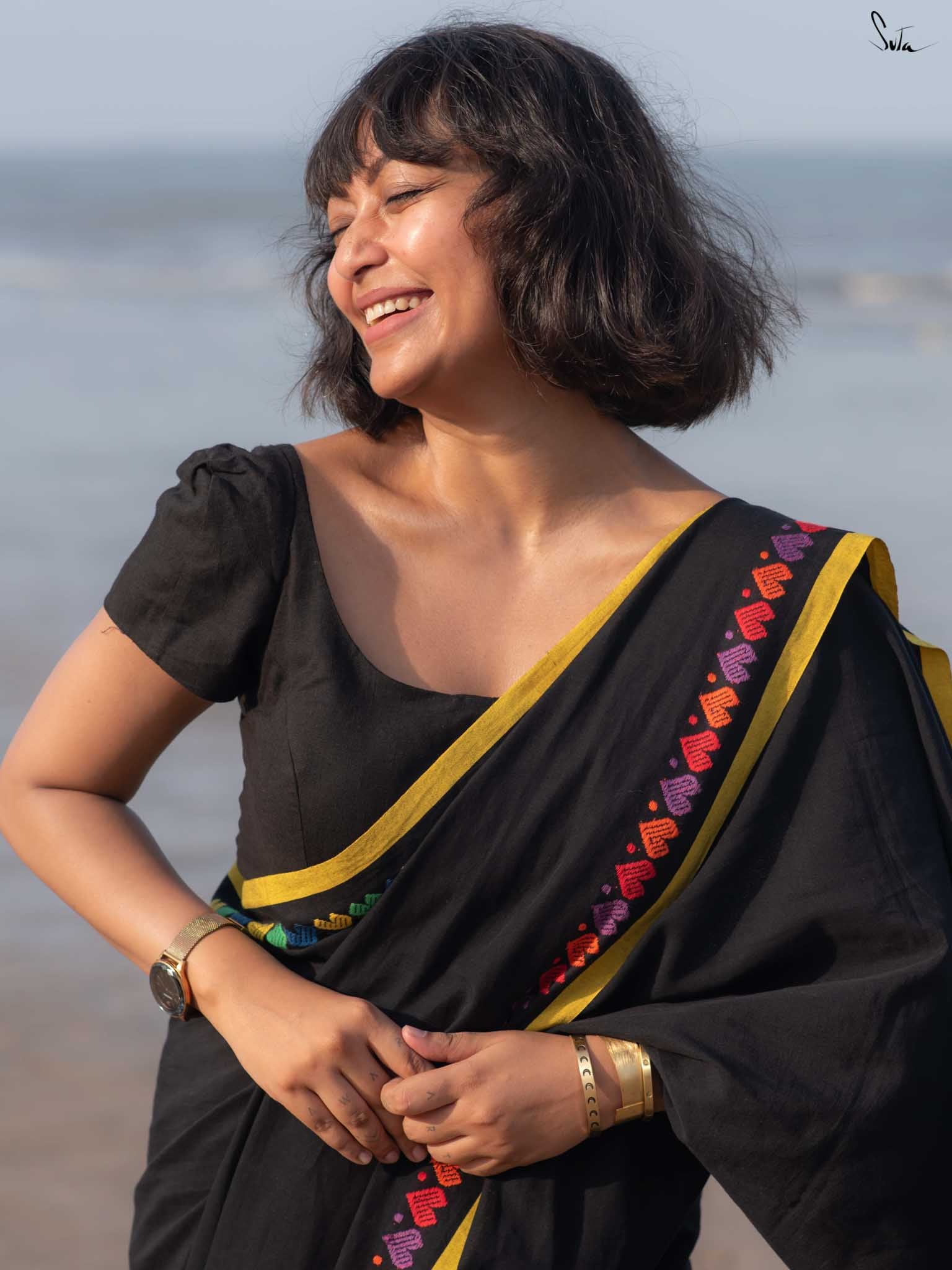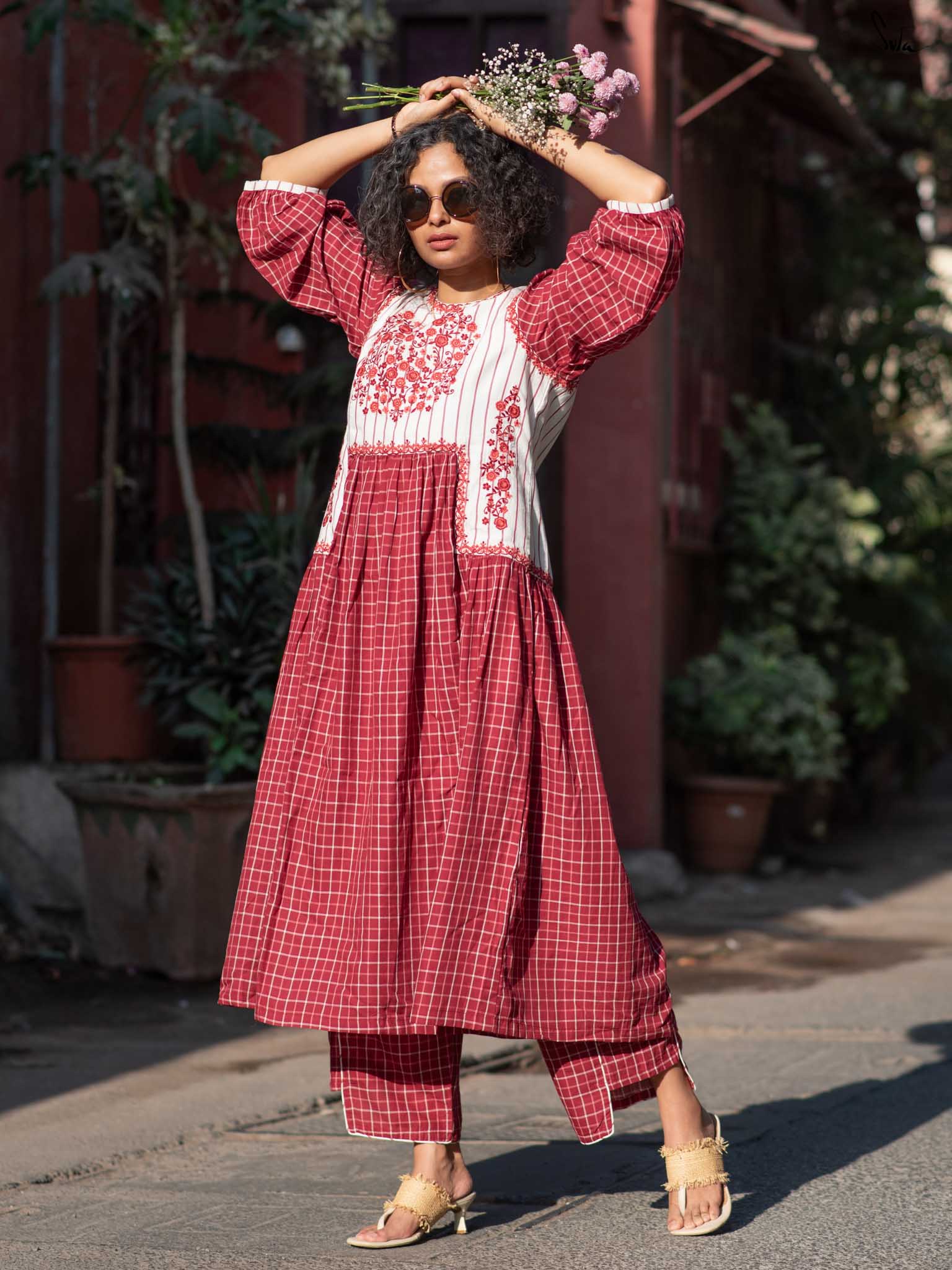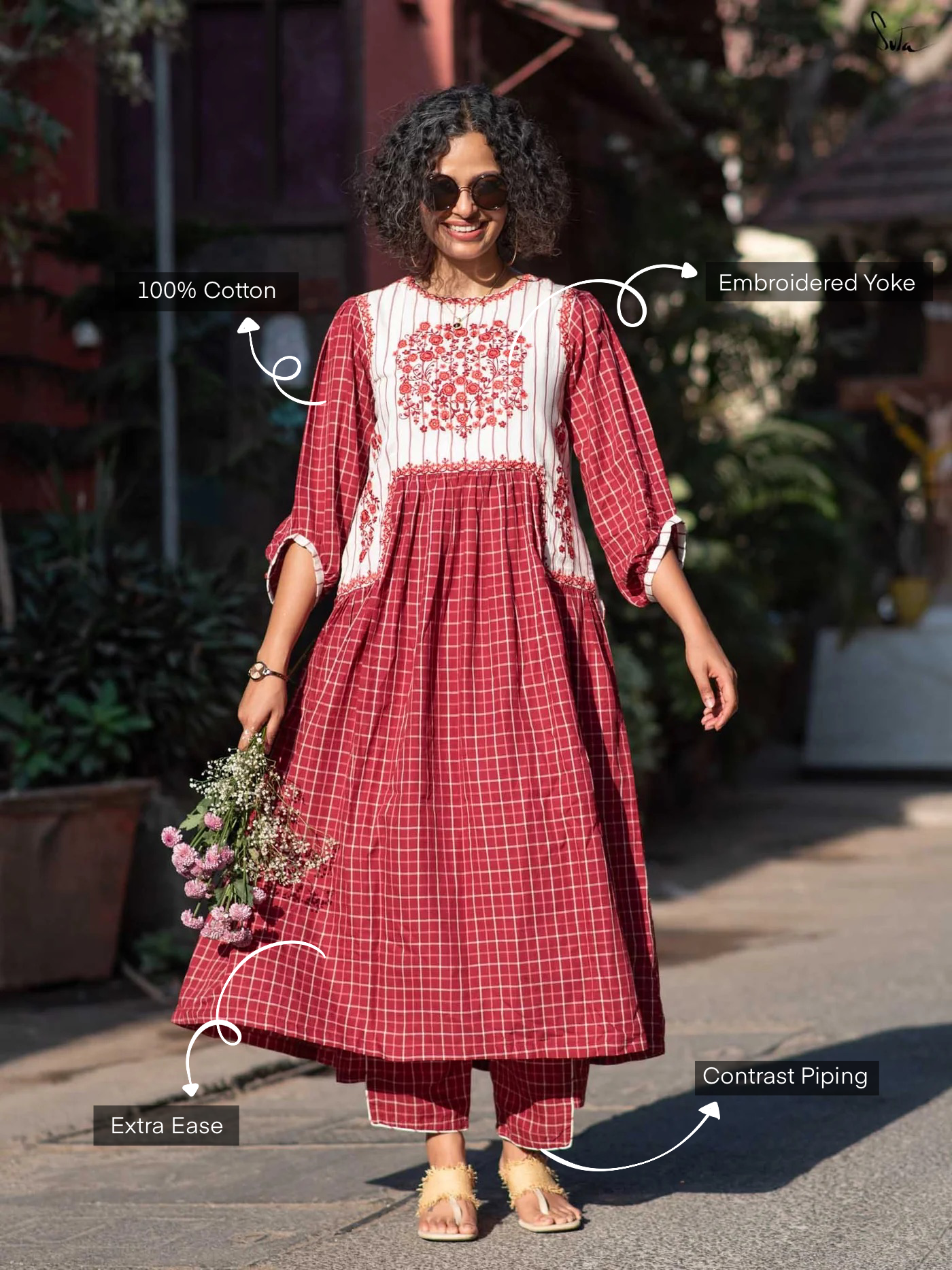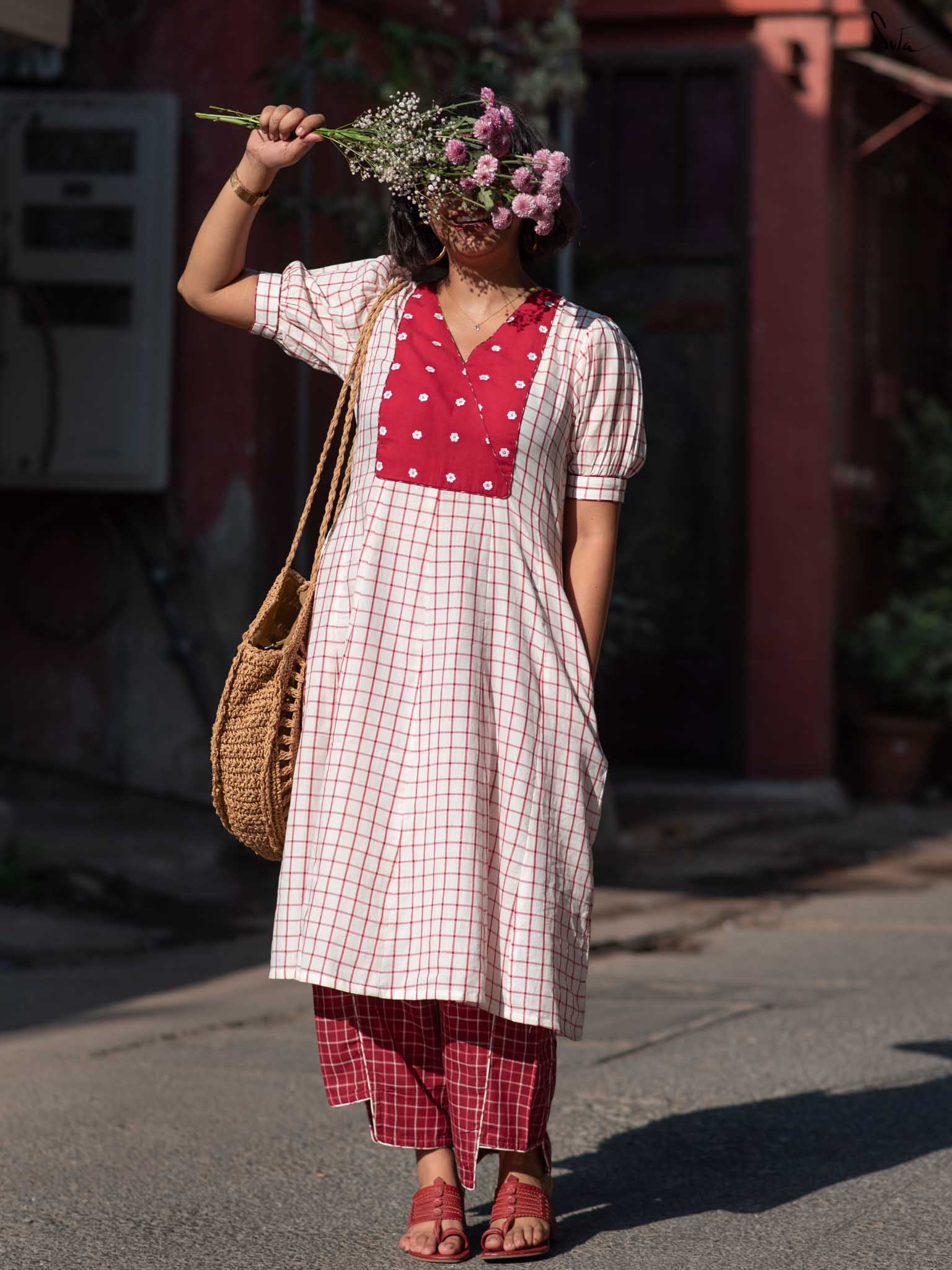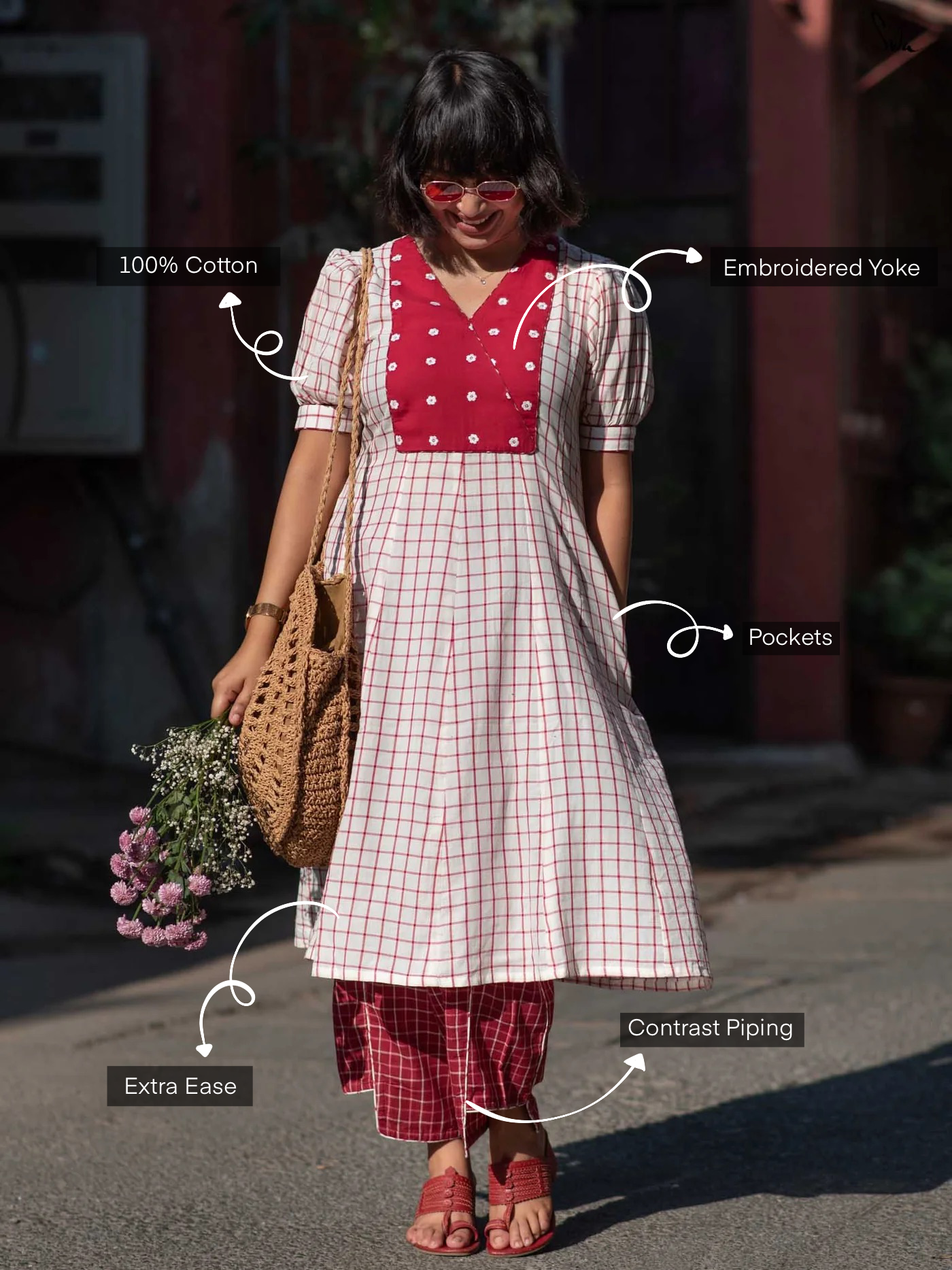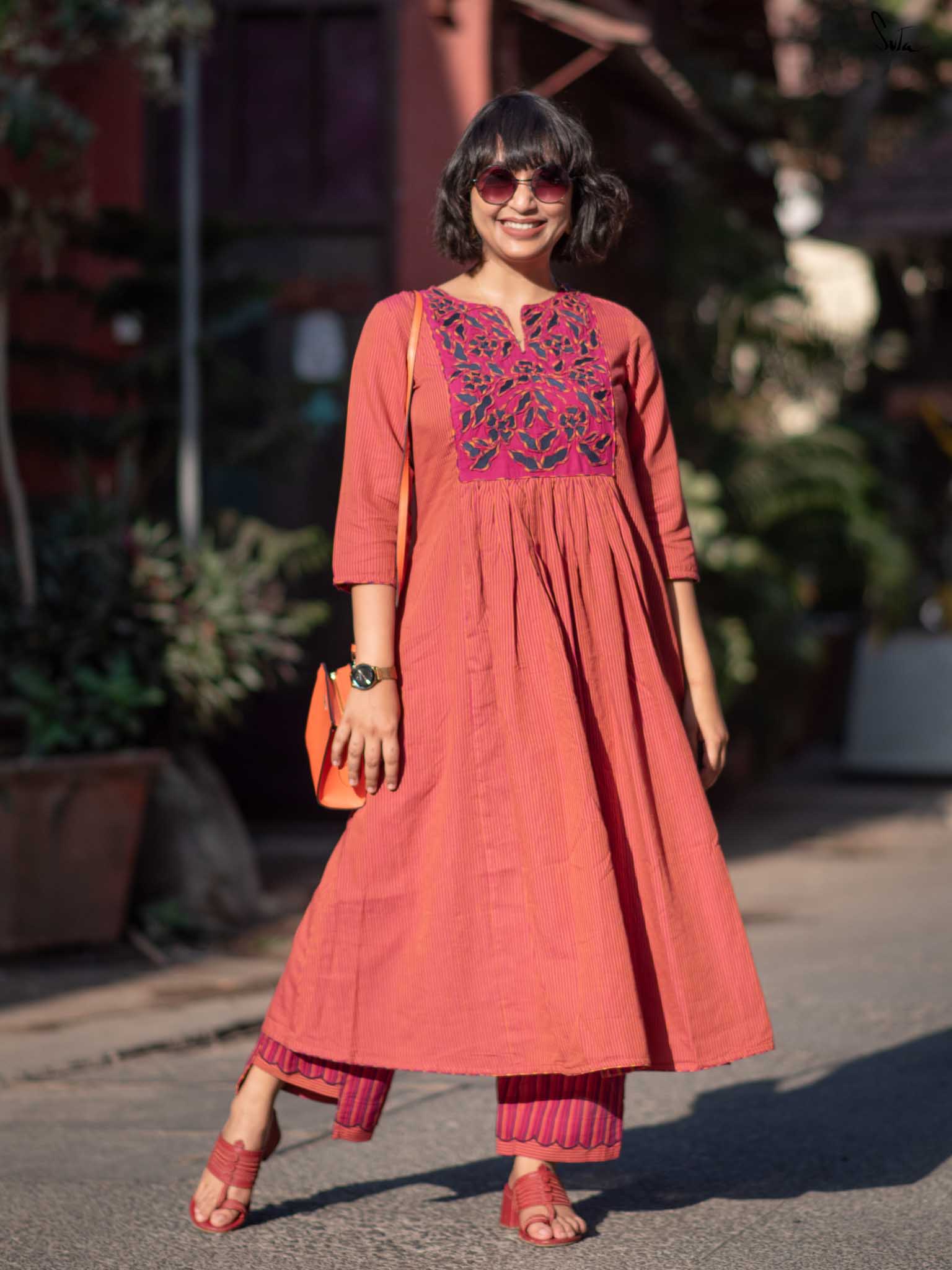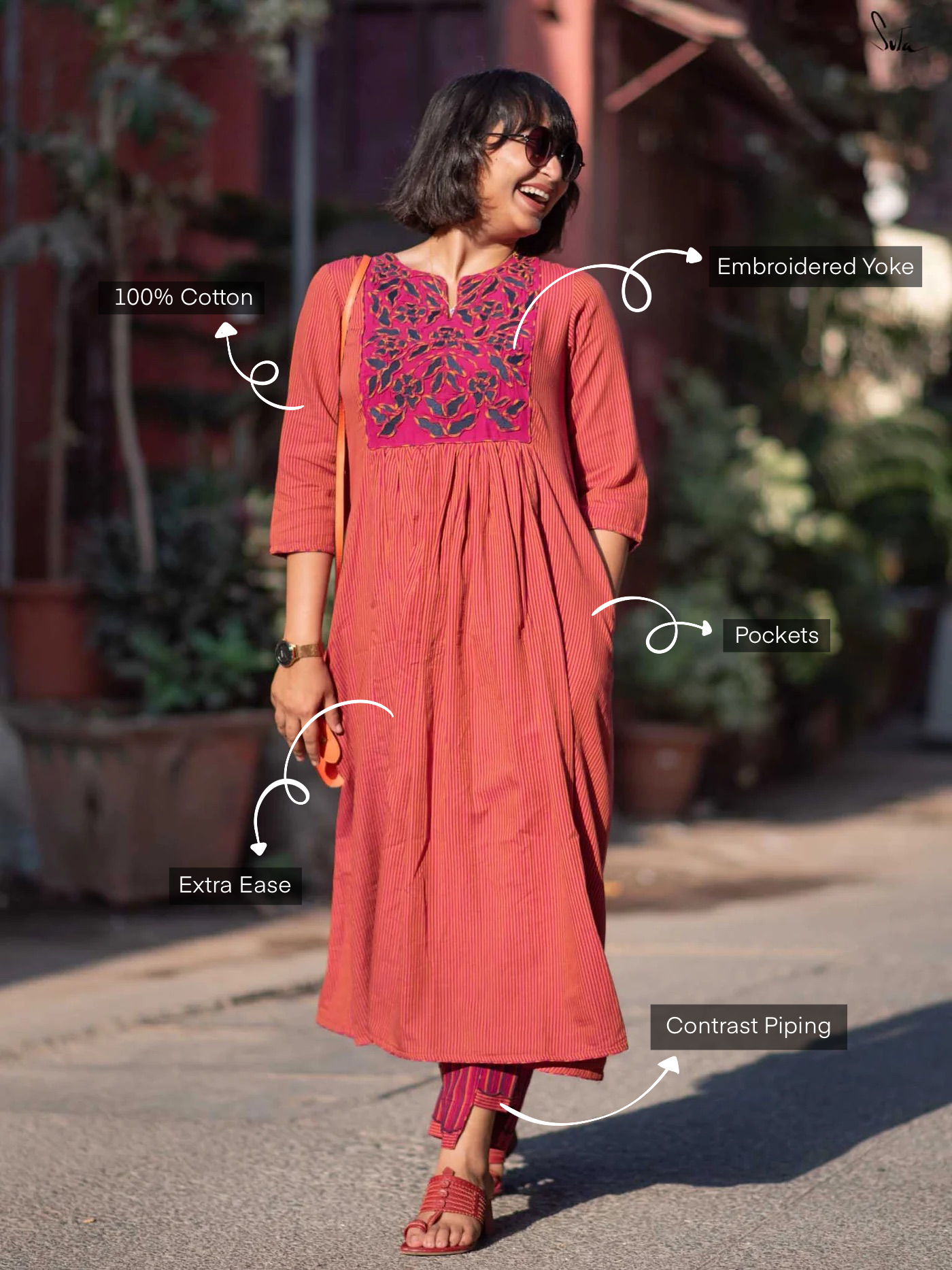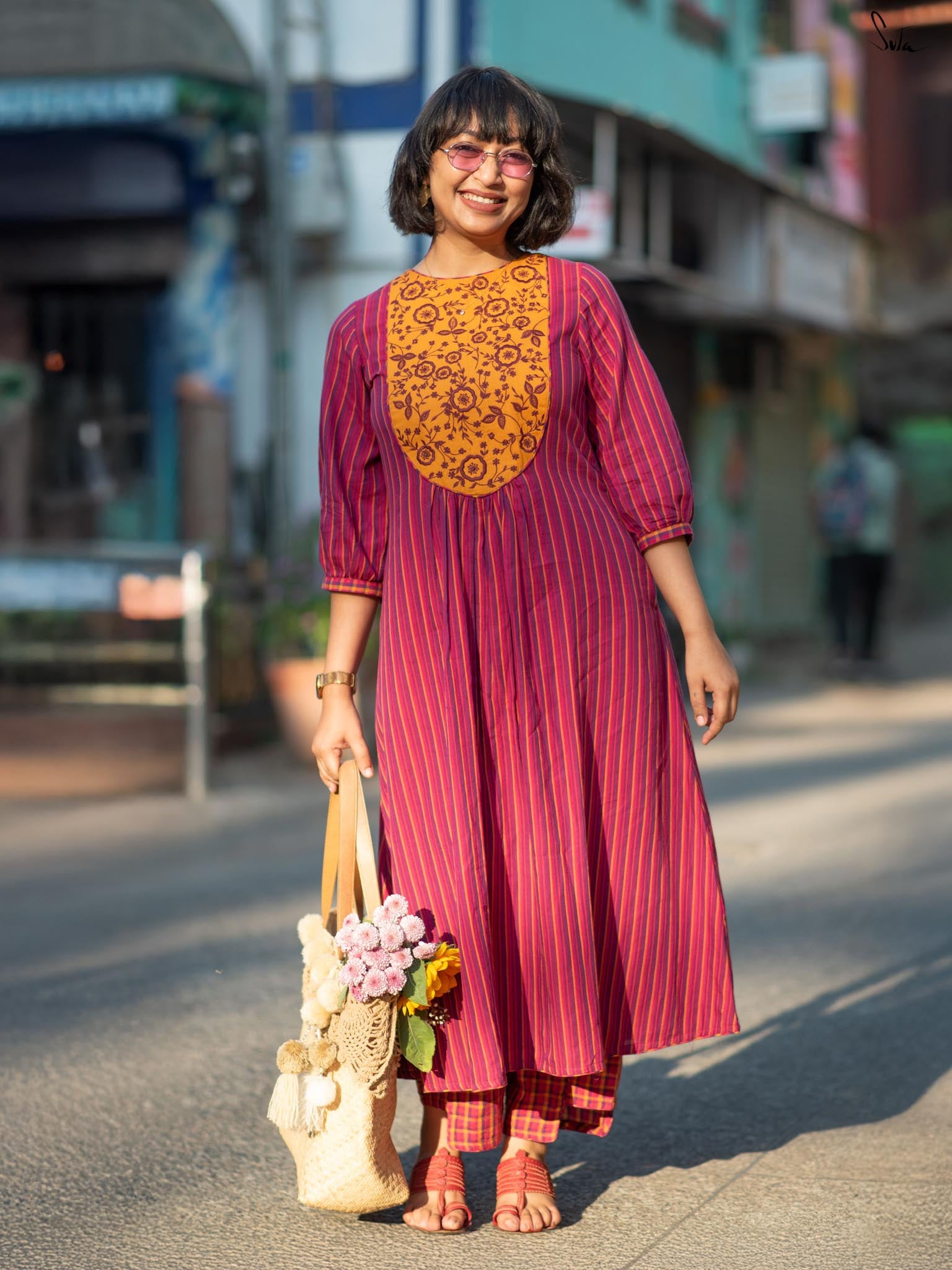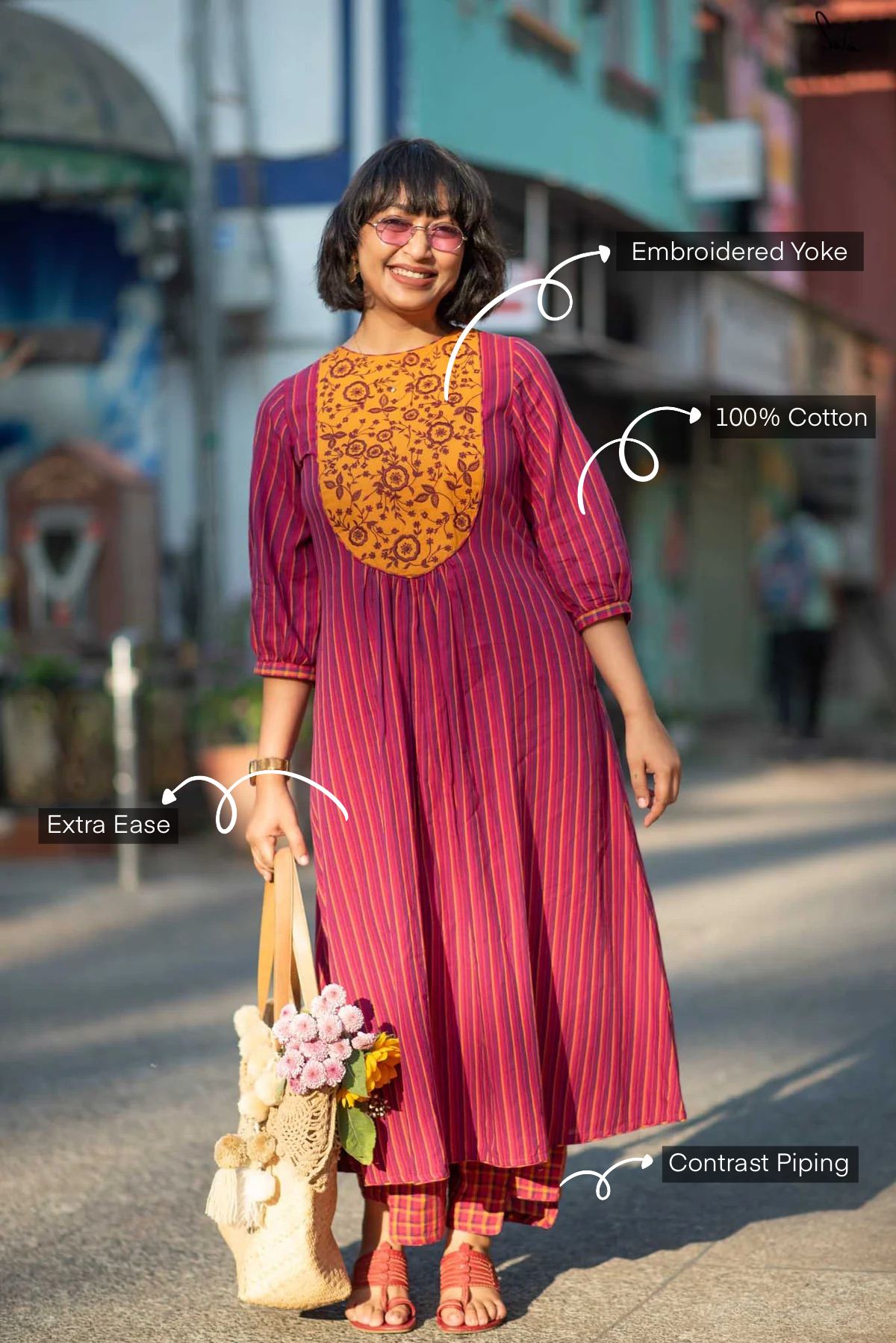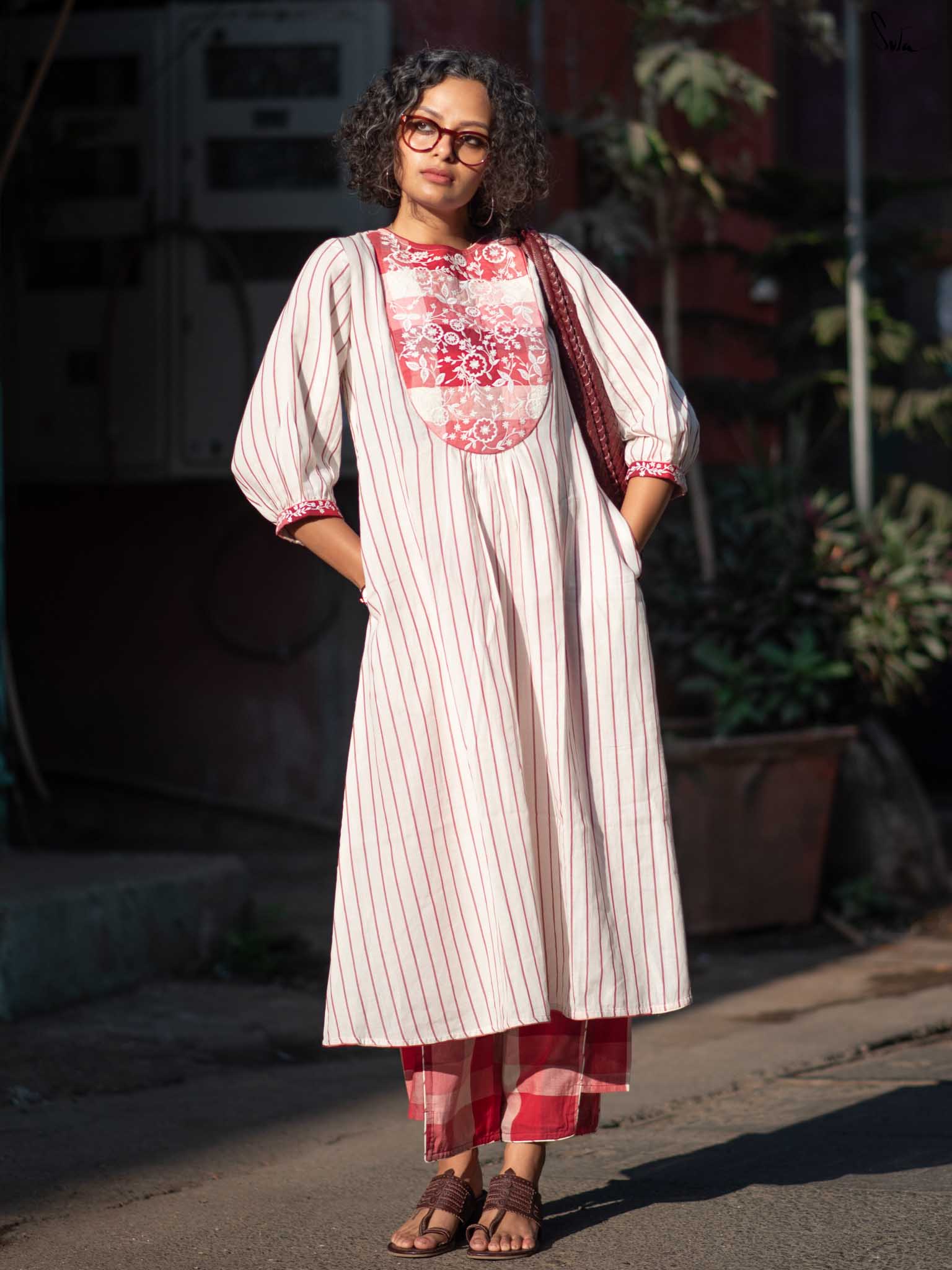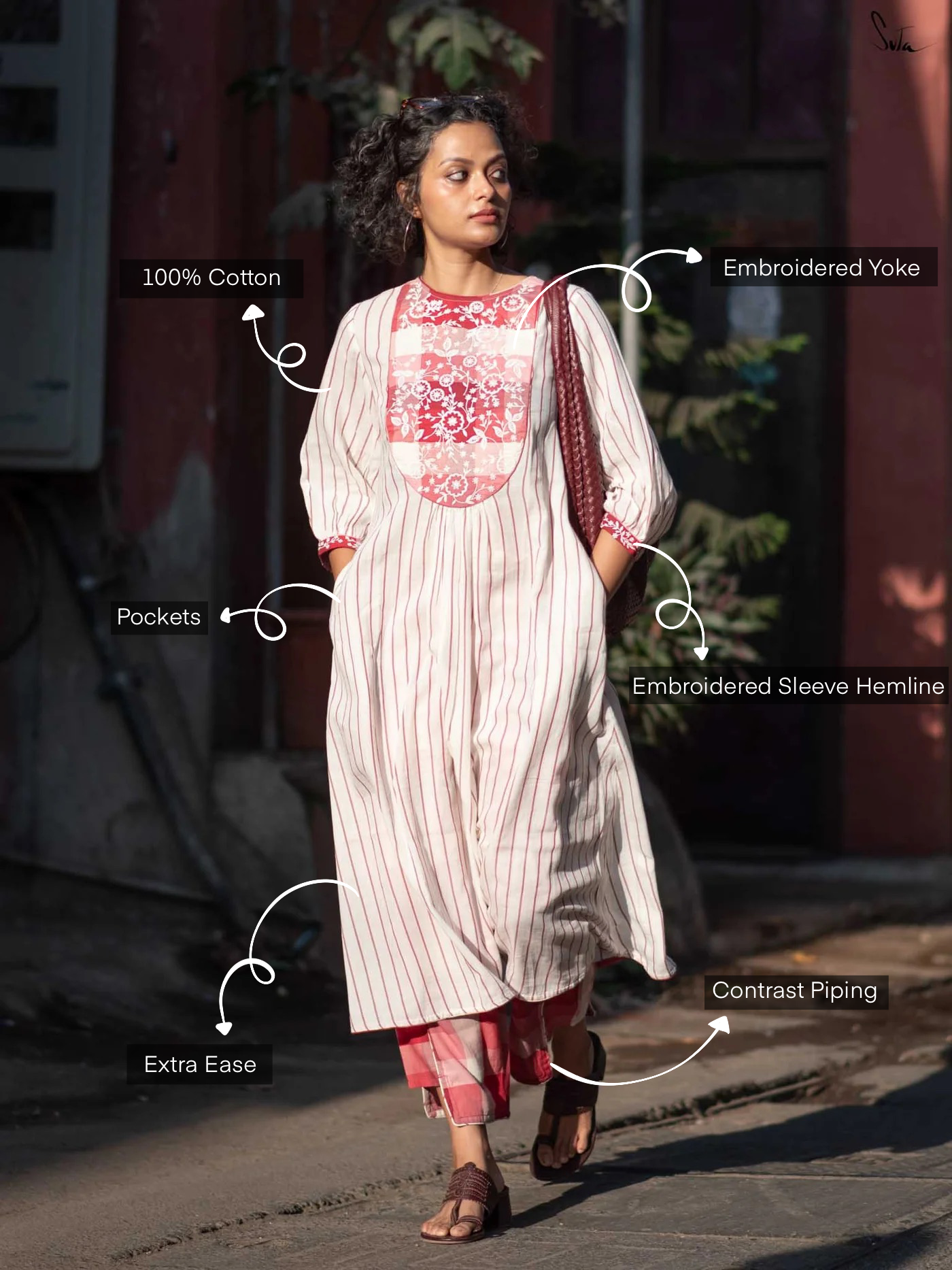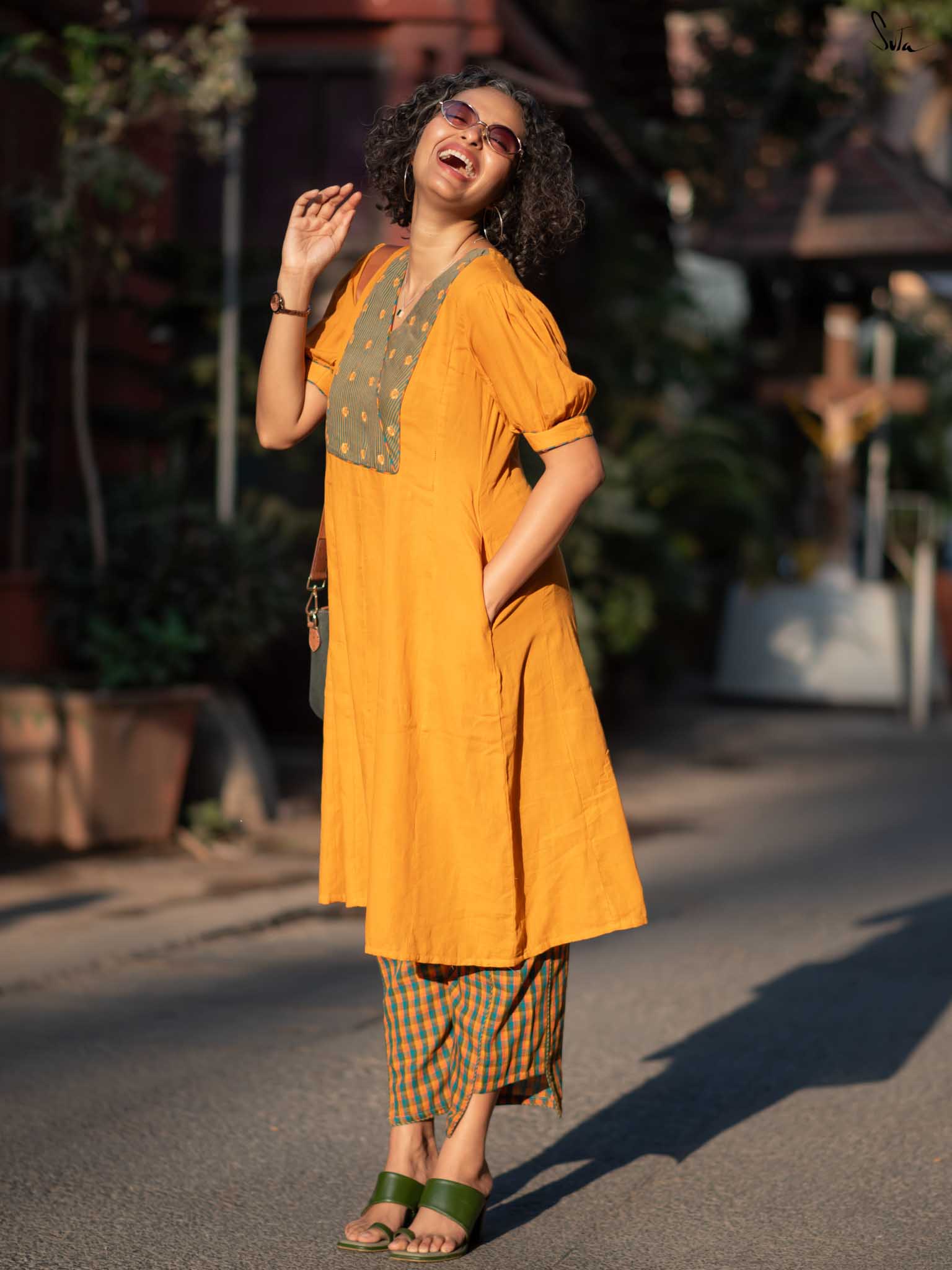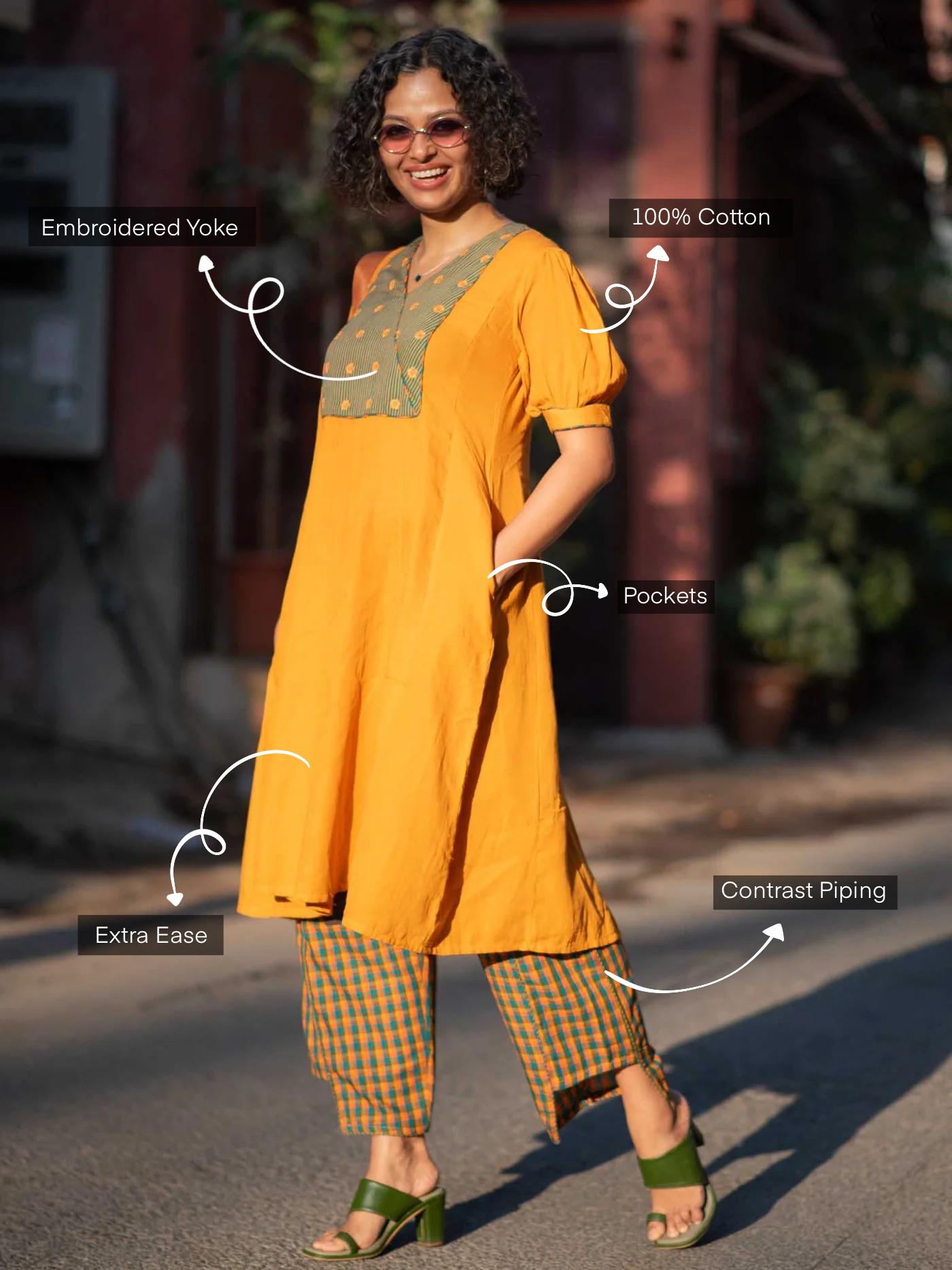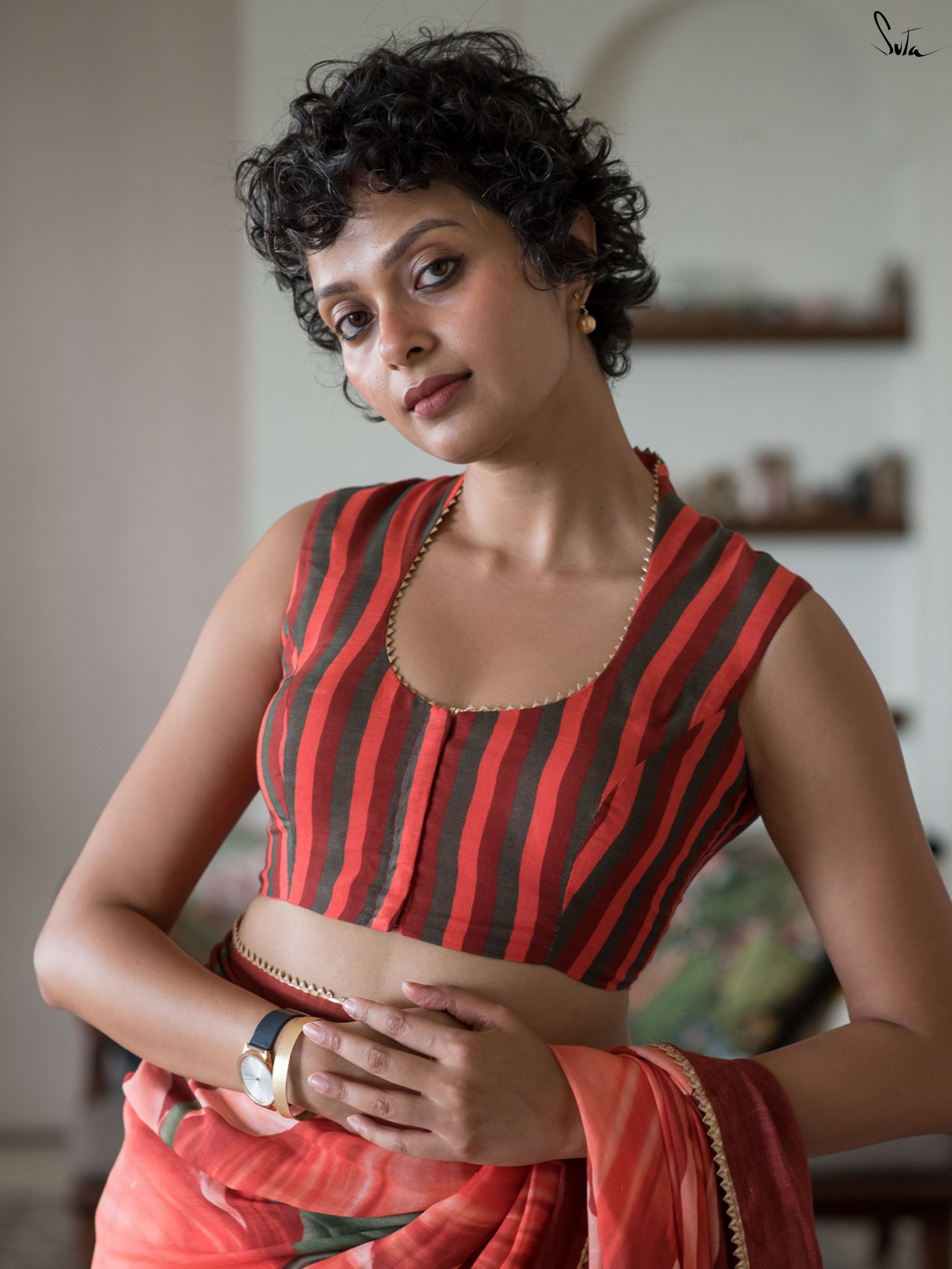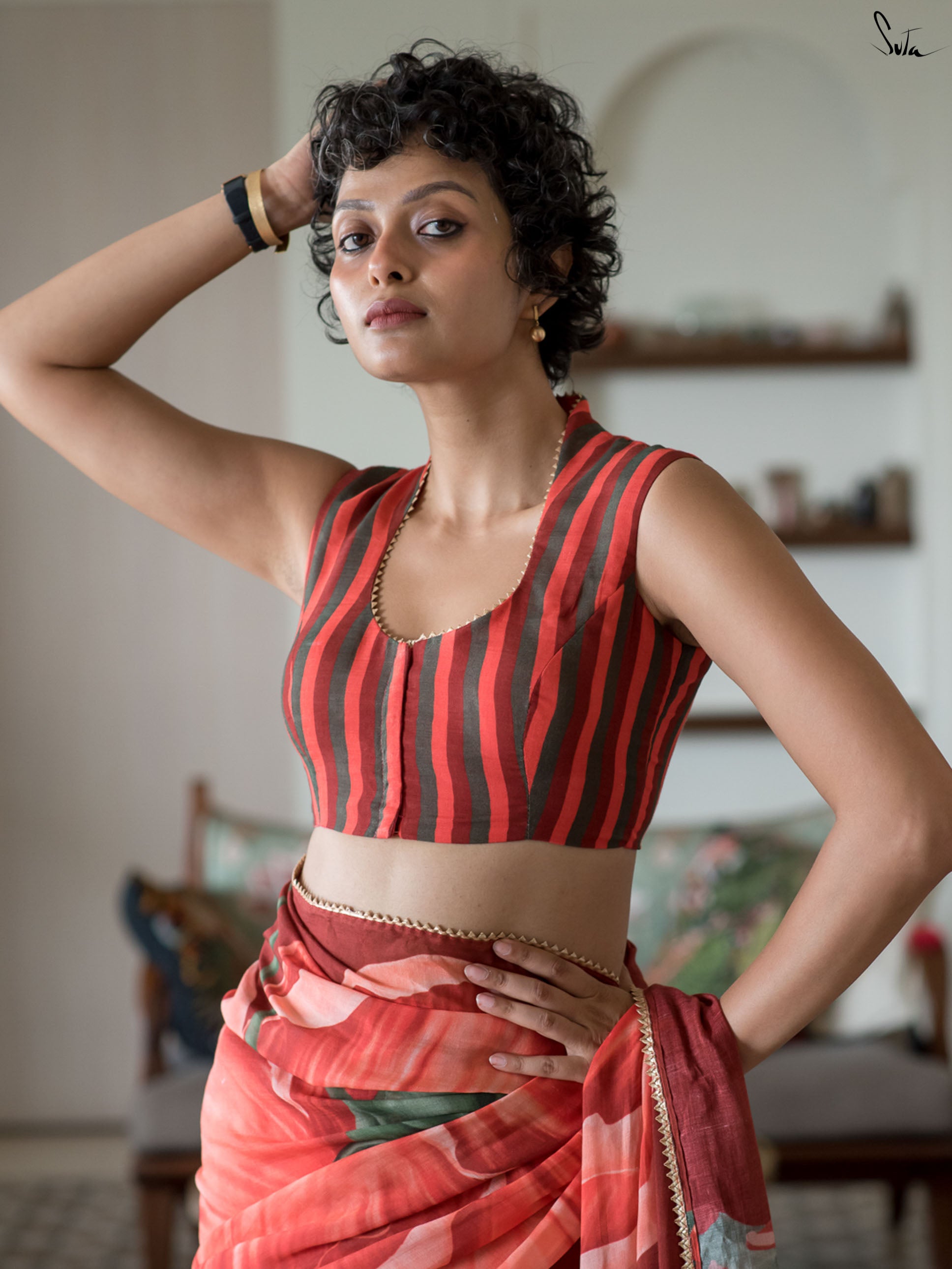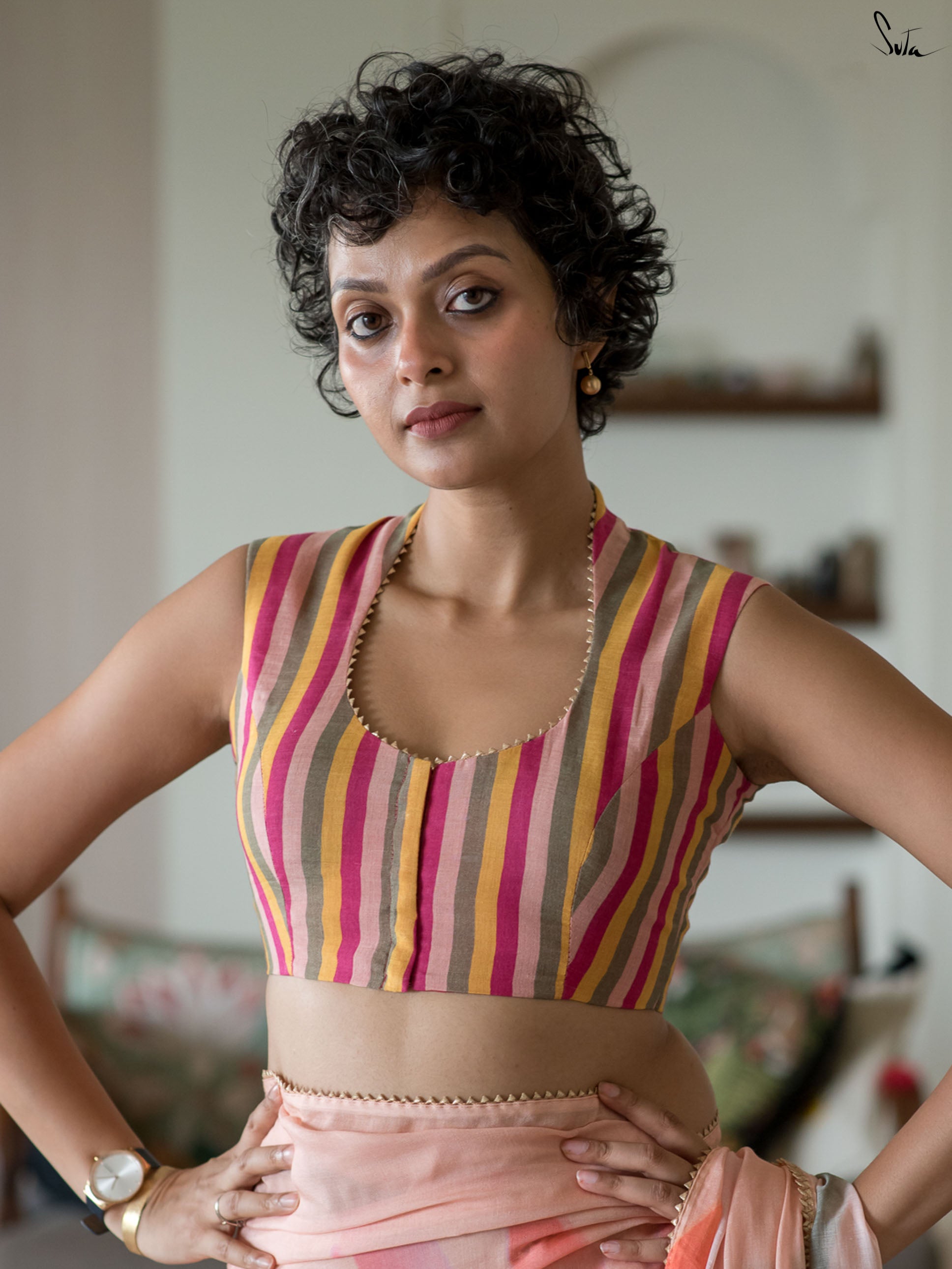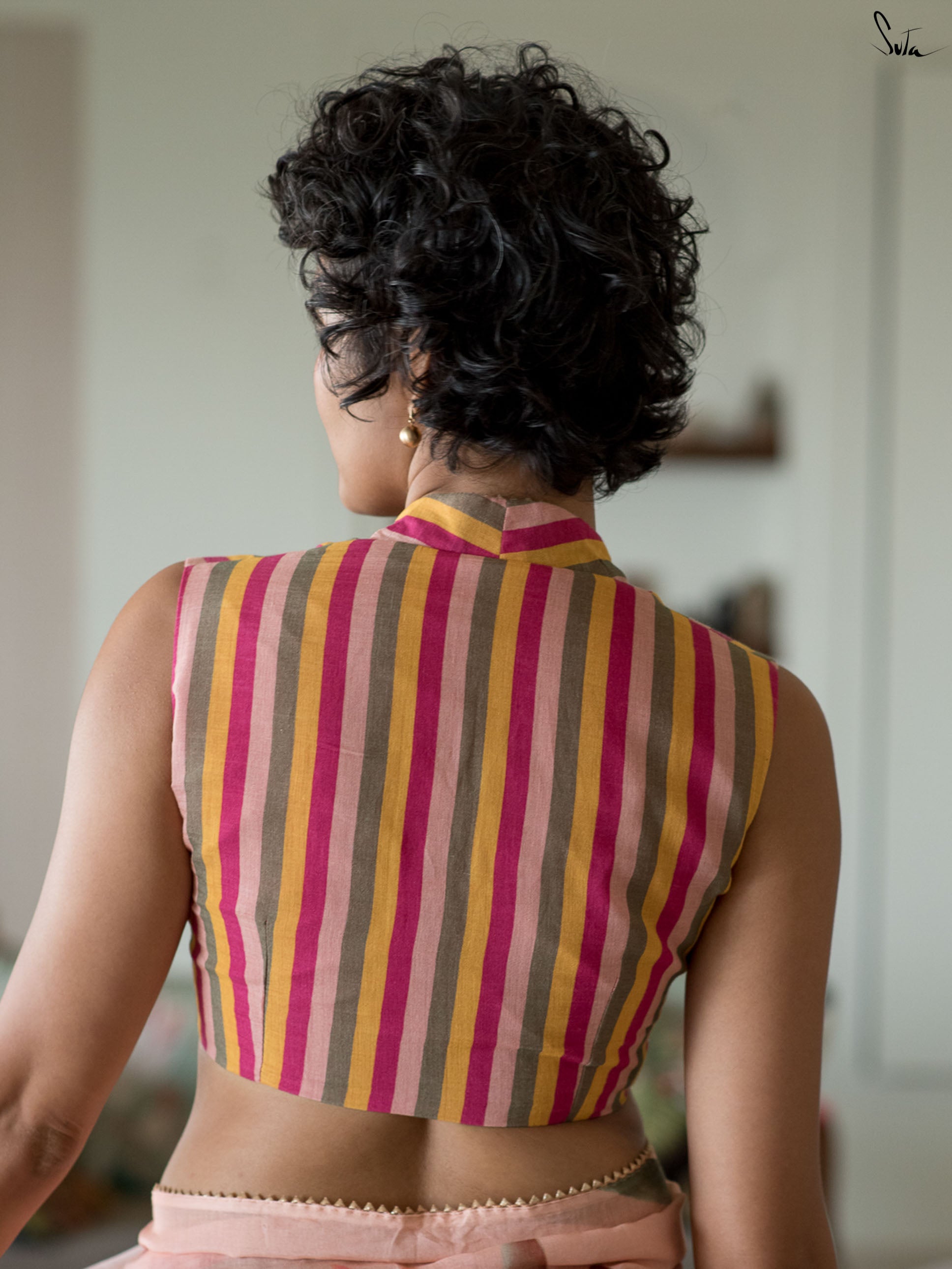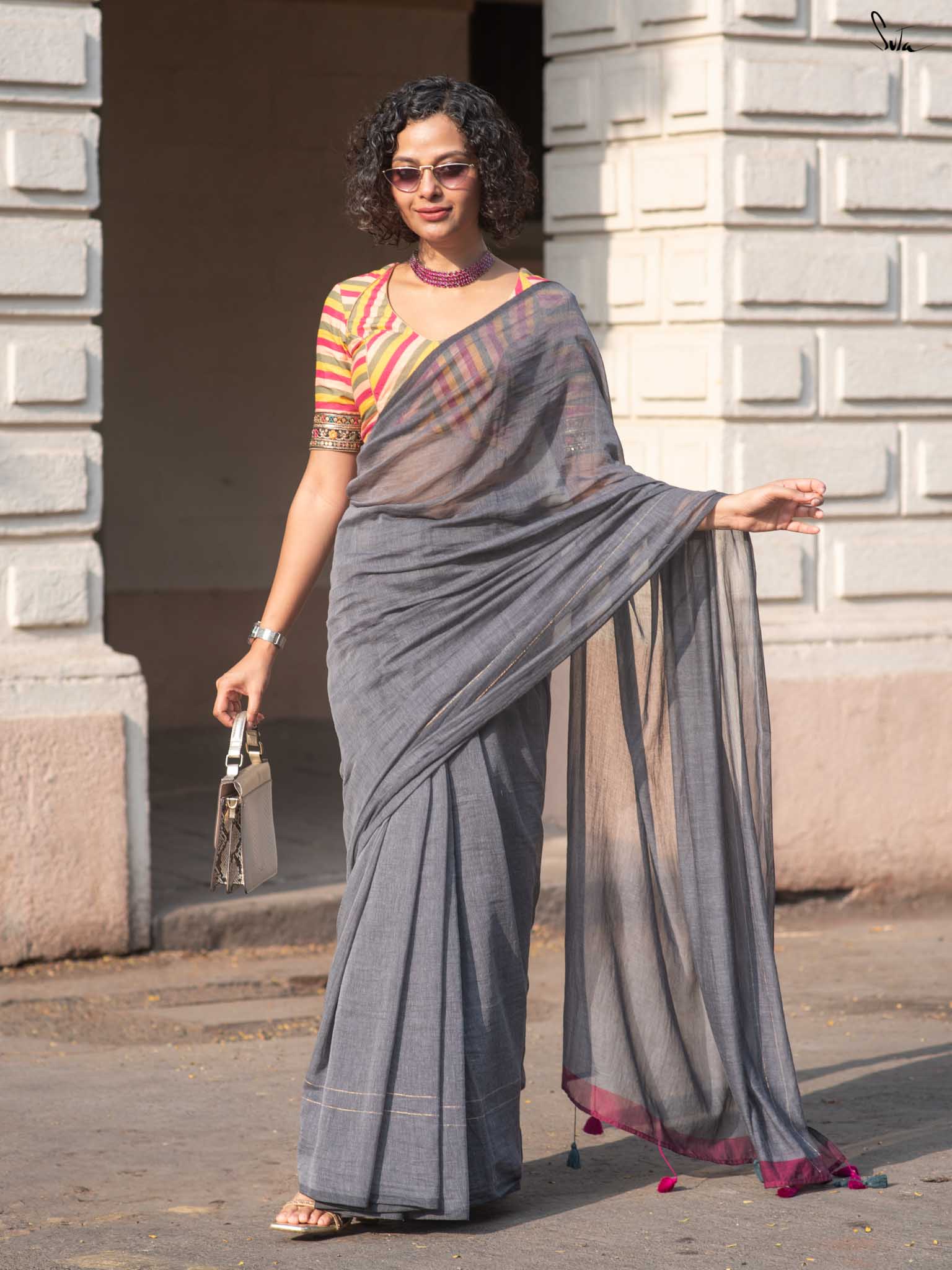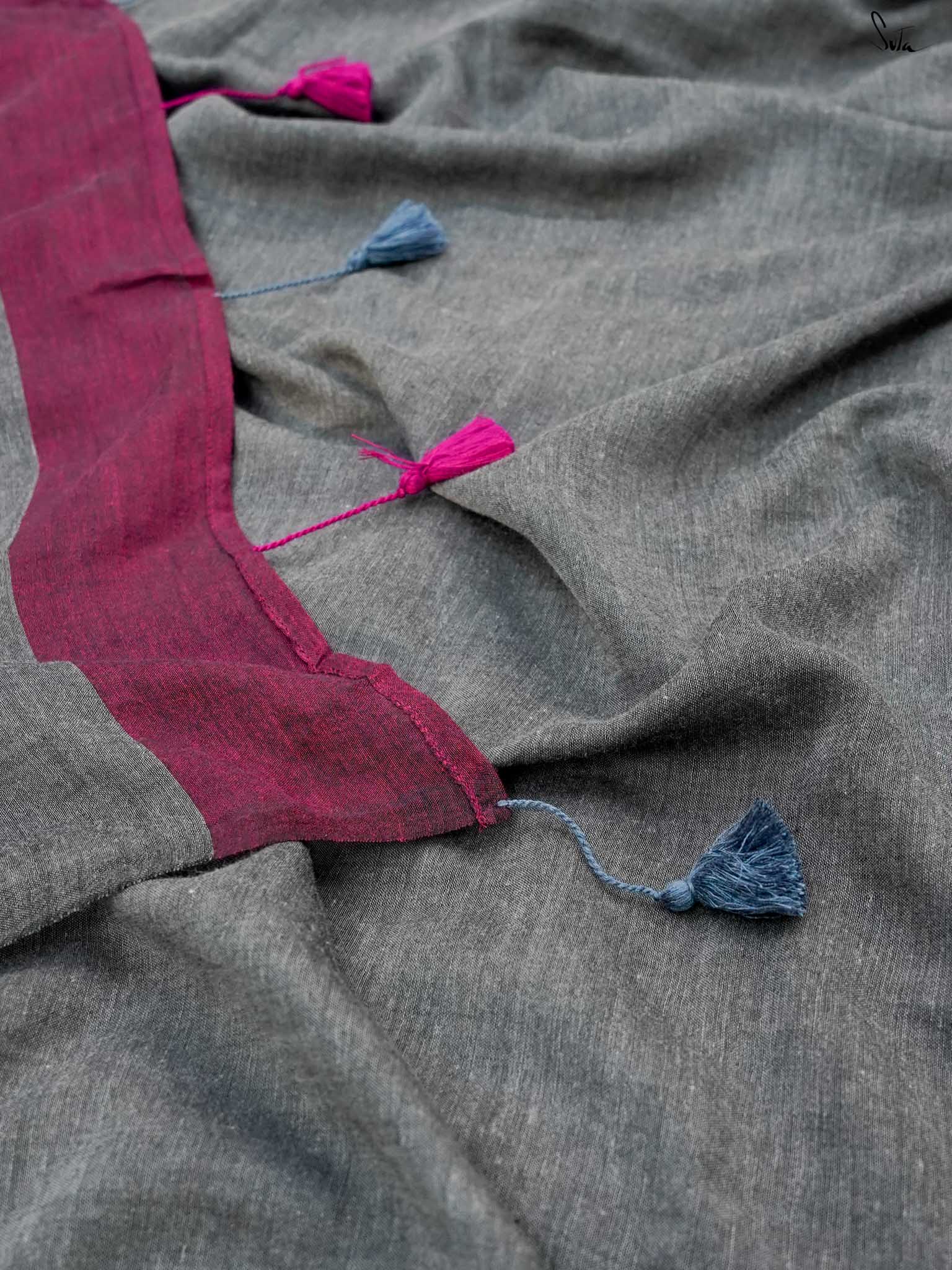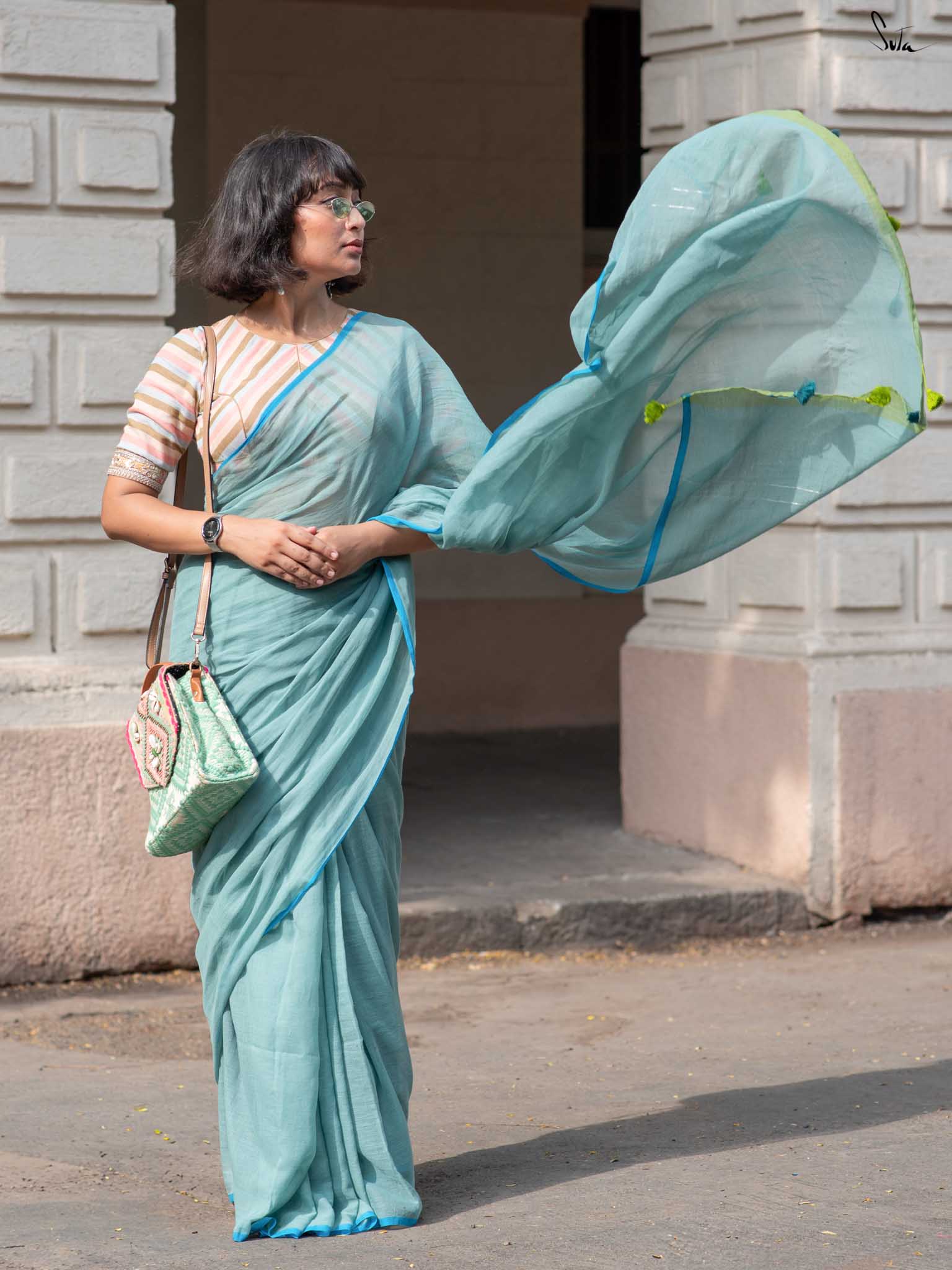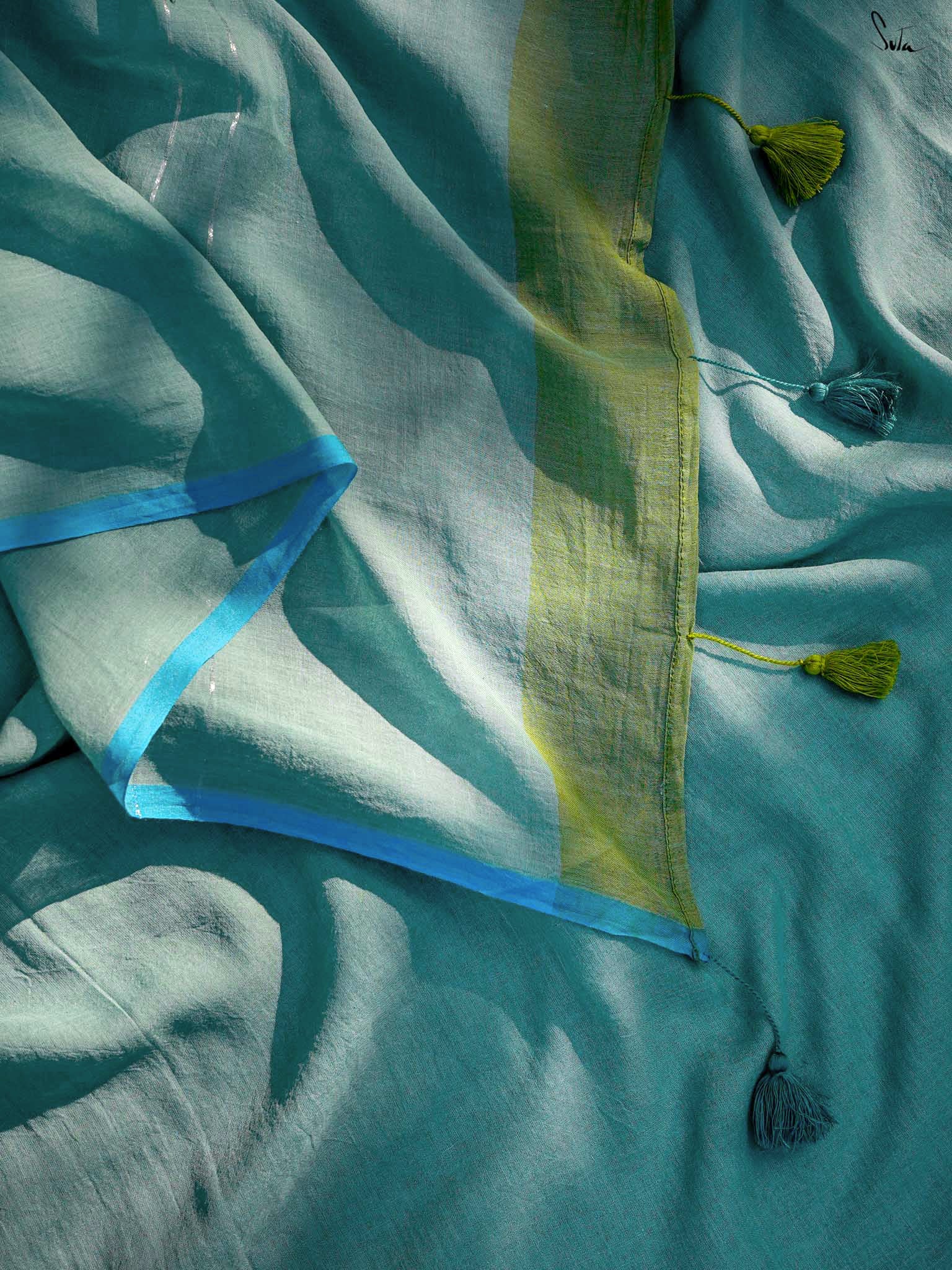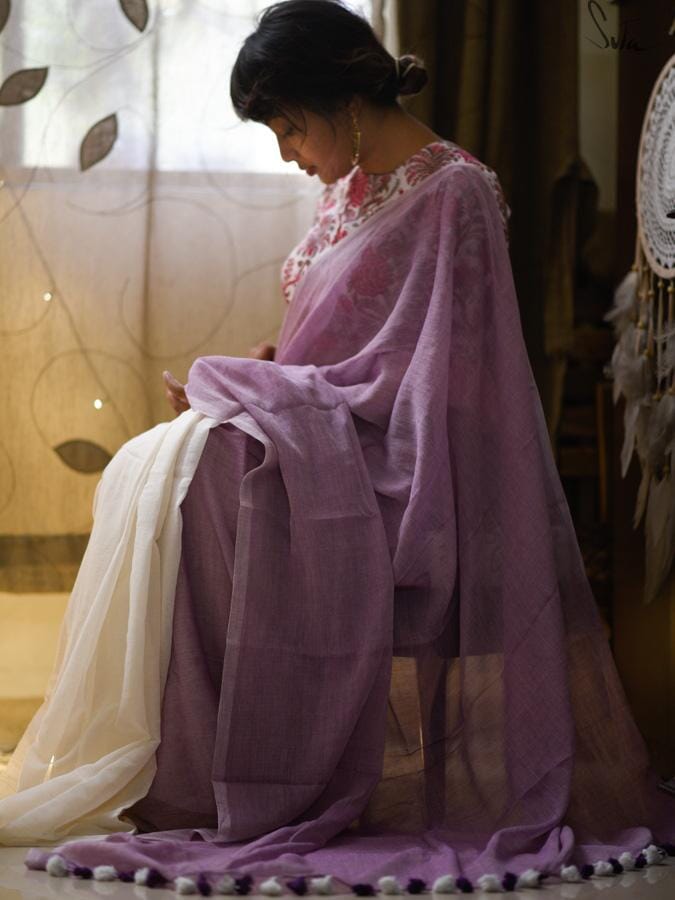
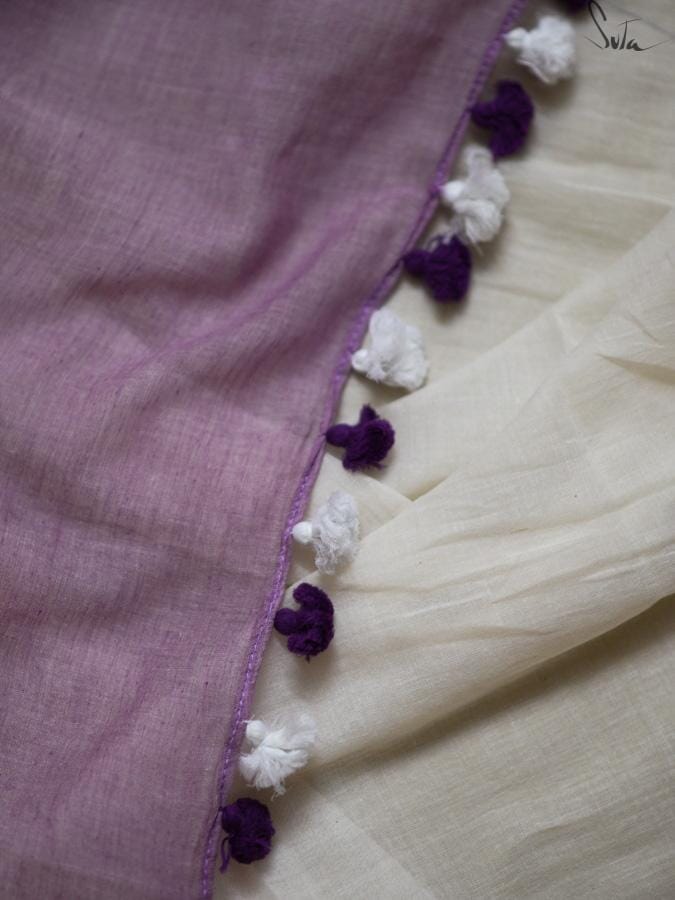
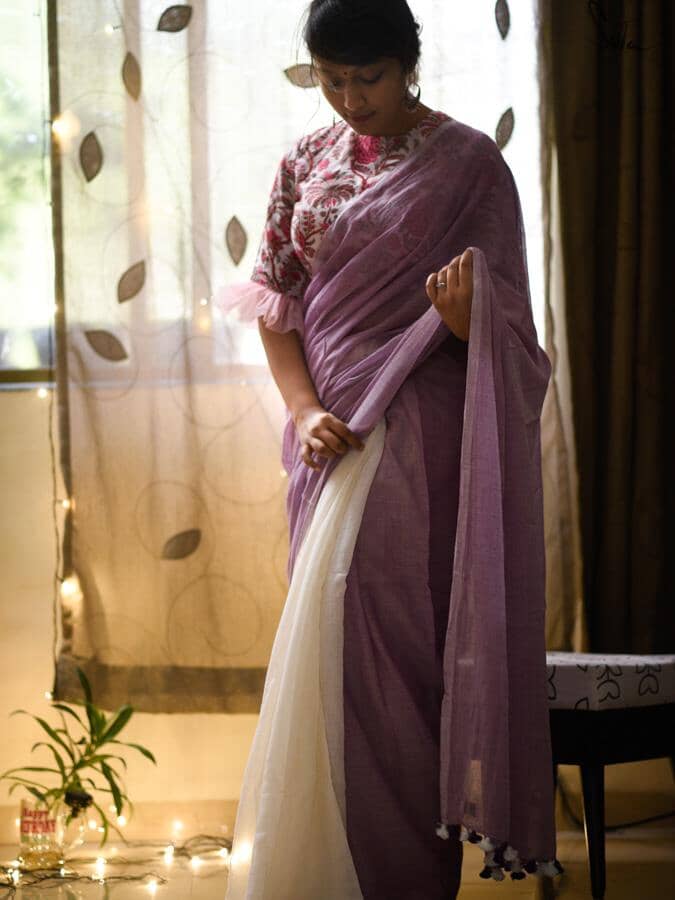
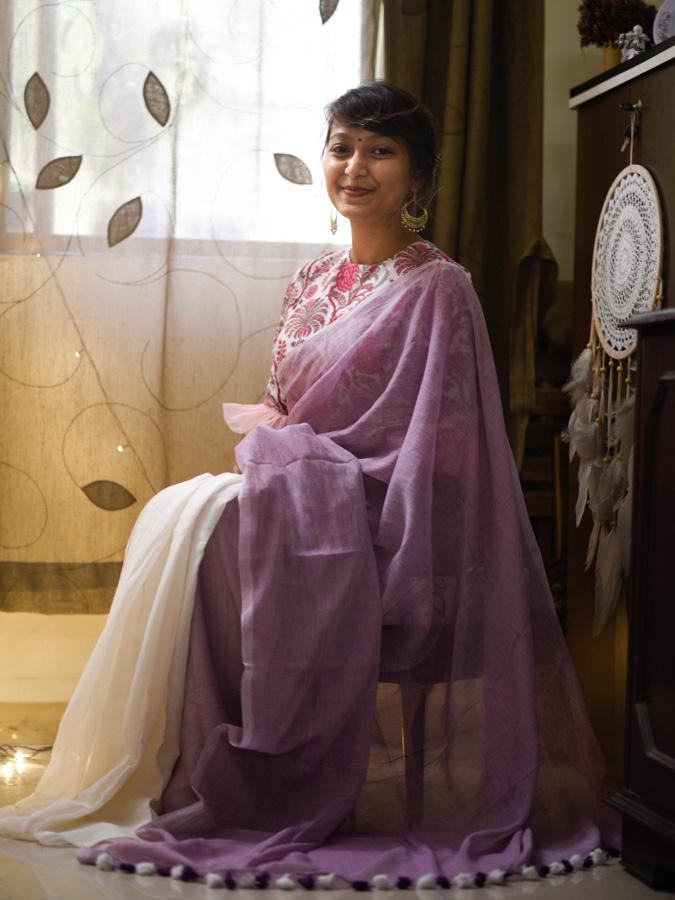
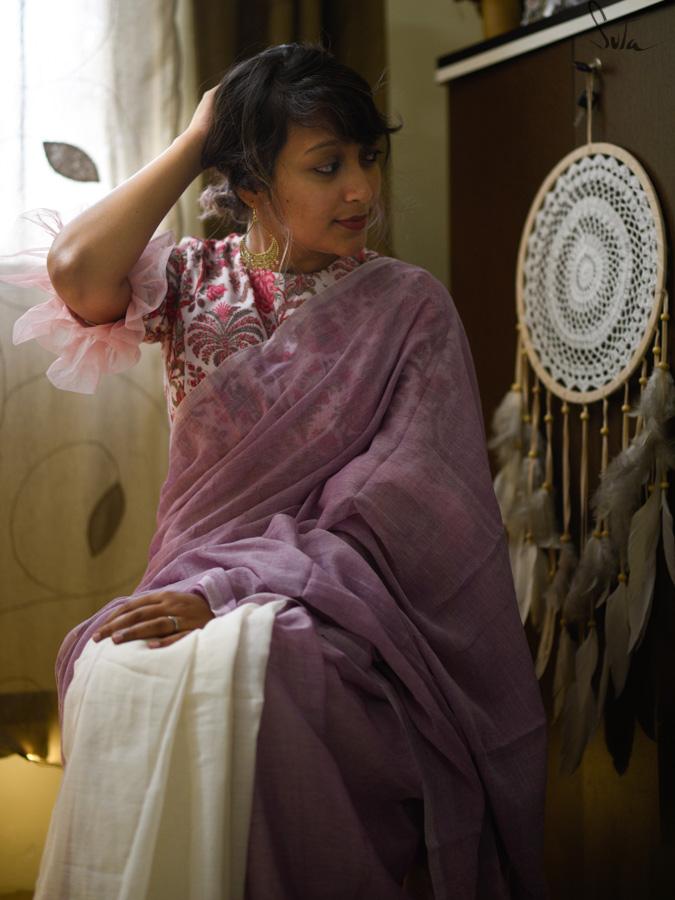
Lavender and lily bouquet
5-7 days delivery within India
SIMILAR PRODUCTS
Length: 5.50 m (550.00 cm) Width: 1.19 m (119.38 cm)
Blouse Piece: No
Wash Care:
1. Hand wash separately in cold water and salt 2. Don't soak it in water for more than 5 minutes 3. Medium iron
Blouse: Ta, the model is wearing a blouse from our in house collection. To view similar blouses -
https://suta.in/collections/blouses
Fabric: Mul Cotton
Disclaimer: The pictures are clicked in daylight. Color may vary slightly from the image due to the screen brightness.
What You will Receive: 1 Saree
SKU: SUTAMIH062
Elaborate arguments were a daily affair in their relationship. Their views differed by an angle of 180 degrees but had equal strength. Not that they fought all the time, they did have their fair share of romance and fun every day. But, the passion in the fights was nothing less than the passion in their romance. When they were away from each other on work, they missed the fights as much as the romance. Angry exchange of words and frustrated yelling did happen, but their fights were like a dance of pure love with the dancers wearing angry masks. And, when the storm passed, a usual bouquet of his favourite lilies and her favourite lavenders ended that performance and began another one like a thundering applause!
Two equally pristine and irresistible hues of white and purple on mul cotton is truly a ravishing combination. Let this beautiful bouquet wrap you in its prettiness!
The mul cotton is what we call ˜Made in Heaven at Suta. Known in West Bengal as mul mul, the fabric is what can be categorised as muslin cotton. It is believed that this fine method of weaving cotton can be traced back to even before the Indus valley civilisation. What makes this fabric special is the almost magical process of weaving it. Cotton fibres are separated and spun into strong threads. The lightest and the most delicate fibres are separated and are then spun into muslin thread. These are then woven into fabrics by skilled weavers. The history of muslin weaving is a beautiful chapter in the history of Indian textiles. The process of the yore was much more complex and involved many unique tools that look primitive but worked like magic. The upper jaw of a catfish was used to initially clean the cotton before spinning. To separate the lightest fibres, a Dhunkar (a bamboo bow) was used, which when strung in a distinctive way made the lighter fibres rise above the heavier ones. This process gave the title ˜woven air to the muslin fabric. Weavers famously wove on looms that were at ground level and operated the looms from pits dug in the ground. Even during the Mughal era, the muslin fabric was seen as a symbol of power for its finesse. History is full of anecdotes to prove the awe that the muslin fabric generated. Emperor Aurangzeb is said to have chided his daughter Zeb-un-Nisa for appearing naked in the court when in reality she had been wearing several layers of the muslin cloth! Such was the fabrics delicateness. The almost invisible fabric had made an Arab traveller in the 10th century remark that the degree of fineness is such that a garment can be drawn through a ring of a middling size. During the British colonisation and even during the Mughal rule, the art of weaving muslin took a hit as weavers were treated poorly and drought hit many of the weaving centres. As a result, today, the process of weaving has seen a lot of change. Nevertheless, the essence of it hasnt changed and the charm of the fabric still remains.
Country of Origin: India
Manufactured & Packed By: Suta Pvt. Ltd.
Registered Address: Om ShivAmbika Co-Op Hsg Soc, Kalina, Santacruz East, Mumbai-400098
1. Diwali Dhamaka Sale! 3rd to 6th Oct — All products will be eligible for gift card only. Clearance & garage products are non-returnable and non-exchangeable.
2. Only Gift card will be issued for the returned product during sale (can mention the validity of GC).
3. Only size exchange will be applicable with same or higher value of any product during sale.
3.Pre-draped sarees are non-returnable and non-exchangeable.
We offer a hassle-free 10-days (from the date of delivery) return and exchange for products bought at MRP.
Only exchange (same or higher value of any product) requests will be accepted for products bought during sales
or at discounted prices.
- Items will be considered for refund/store credit/exchange only if it is unused, unaltered and with all tags still attached.
- Returns that are damaged or soiled may not be accepted and may be sent back to the customer.
- Please inform our customer care department in the event of any Goods/products are delivered without tags.
- All custom-made orders are non-returnable
-
Refunds for prepaid orders will be directly initiated to the source account.
For COD orders, you will receive a Cashgram link via SMS/email to redeem your refund. - Complaints regarding defective or incorrect products and incomplete orders should be raised within 48 hours of receiving the products. Please share an image or video highlighting your concern. For all such queries, please write to us at returns@suta.in
Choose options





Length: 5.50 m (550.00 cm) Width: 1.19 m (119.38 cm)
Blouse Piece: No
Wash Care:
1. Hand wash separately in cold water and salt 2. Don't soak it in water for more than 5 minutes 3. Medium iron
Blouse: Ta, the model is wearing a blouse from our in house collection. To view similar blouses -
https://suta.in/collections/blouses
Fabric: Mul Cotton
Disclaimer: The pictures are clicked in daylight. Color may vary slightly from the image due to the screen brightness.


